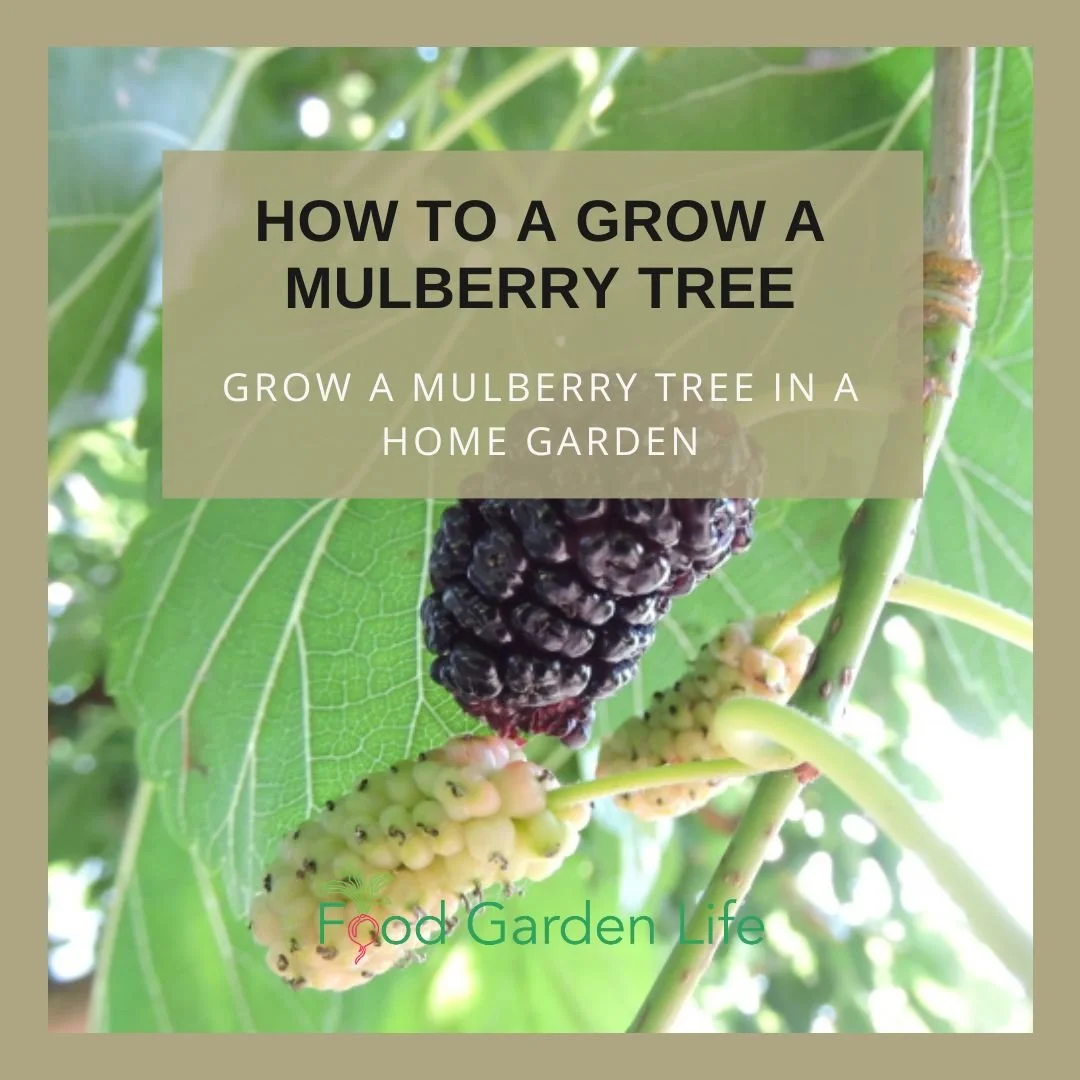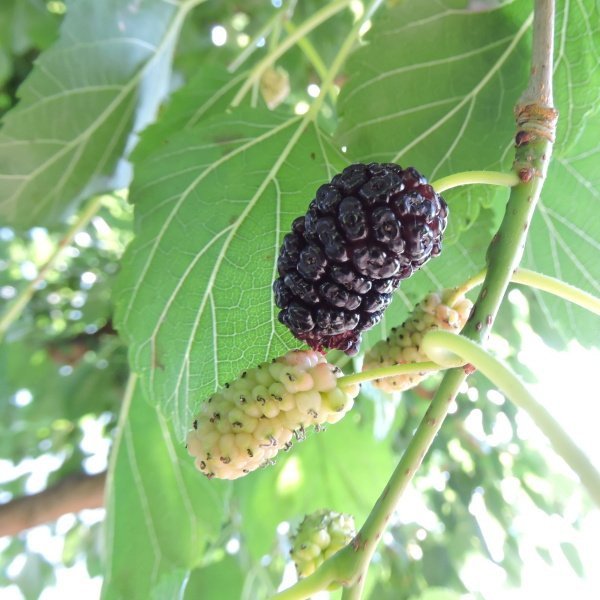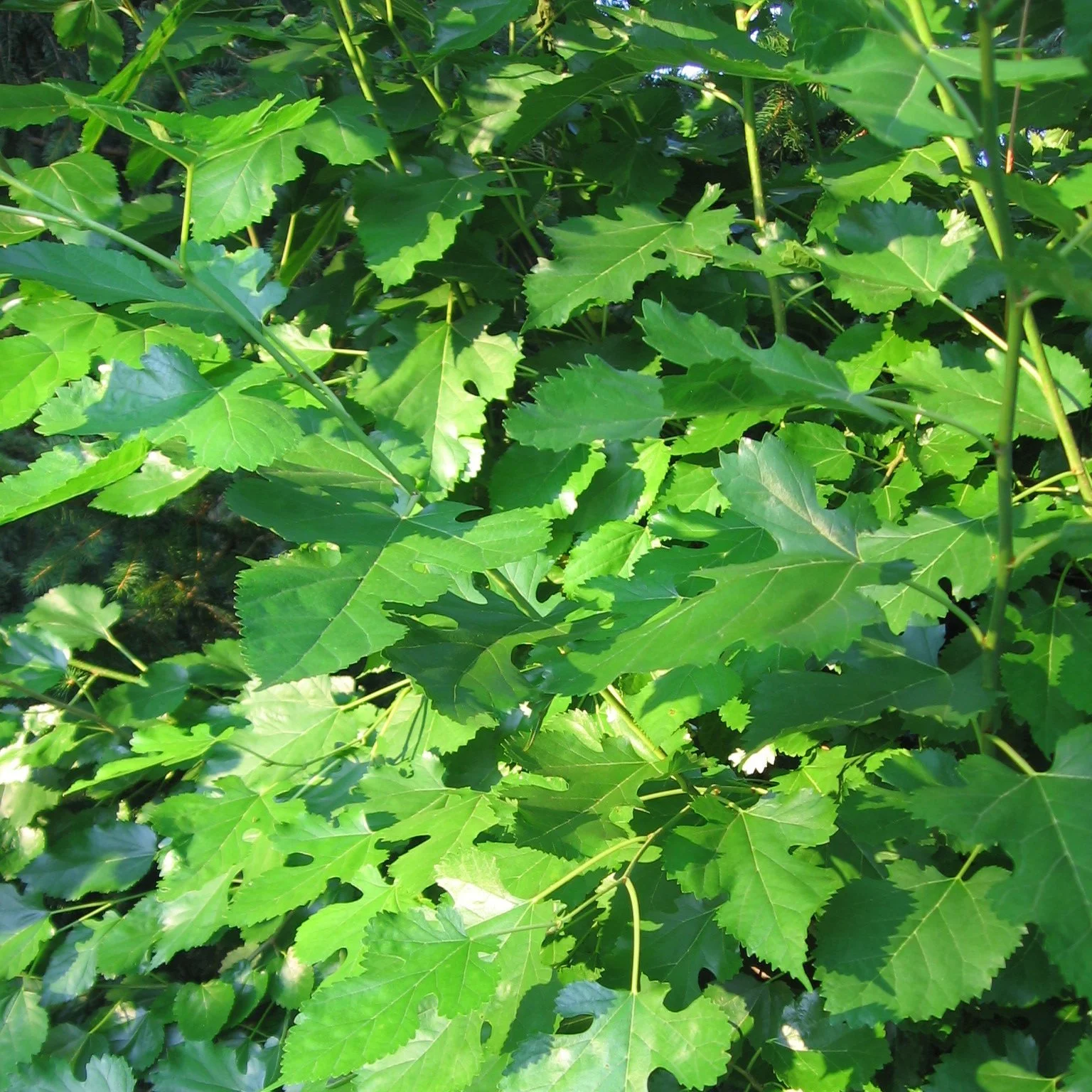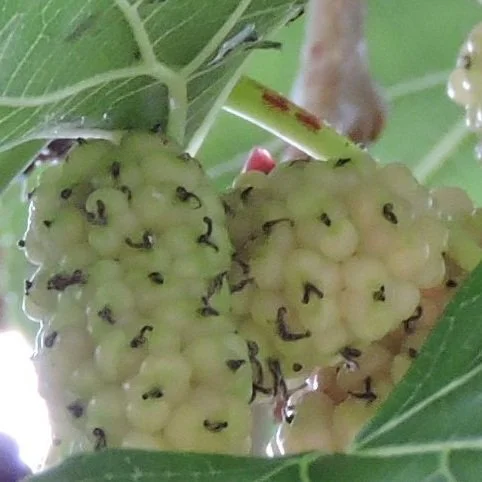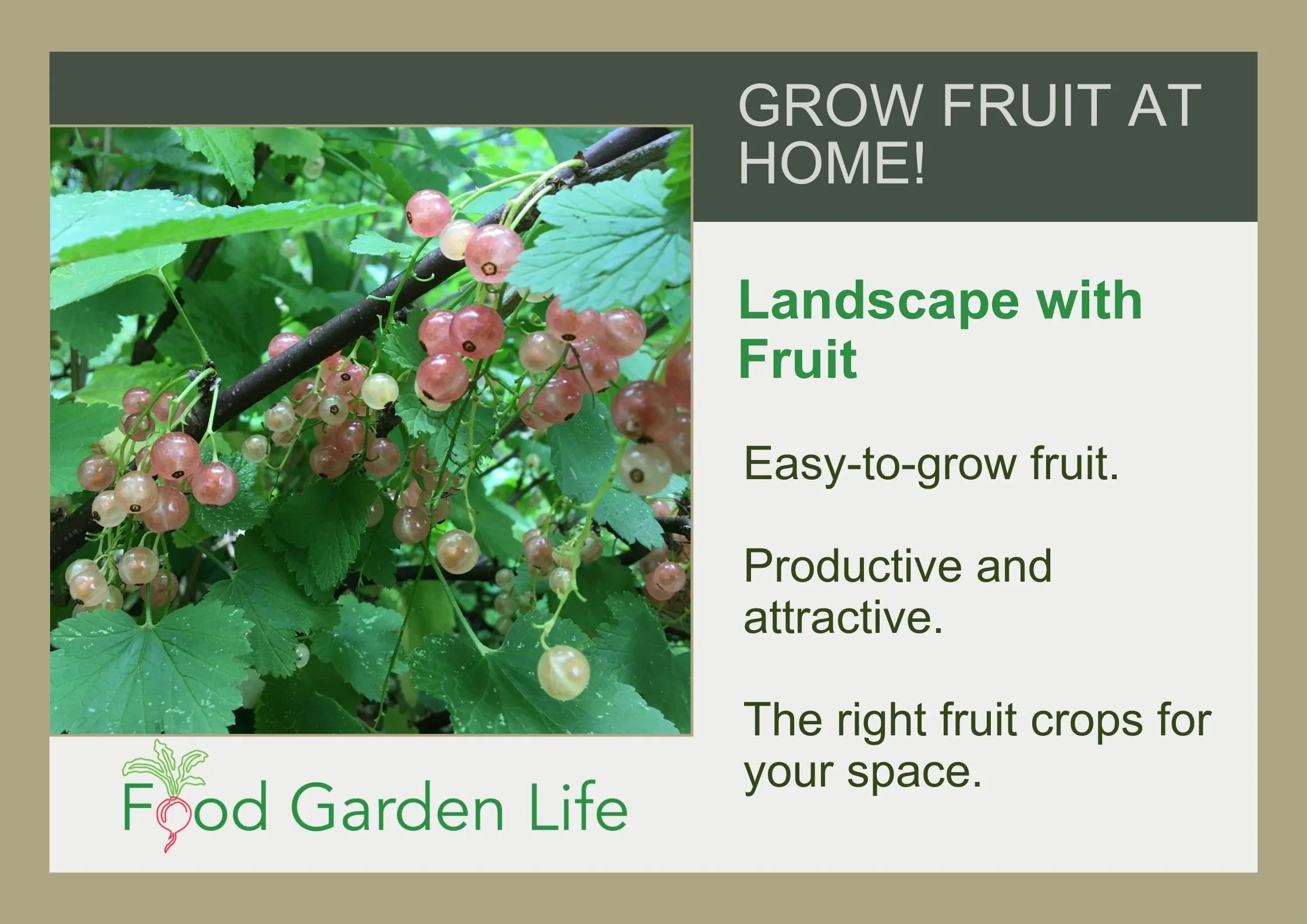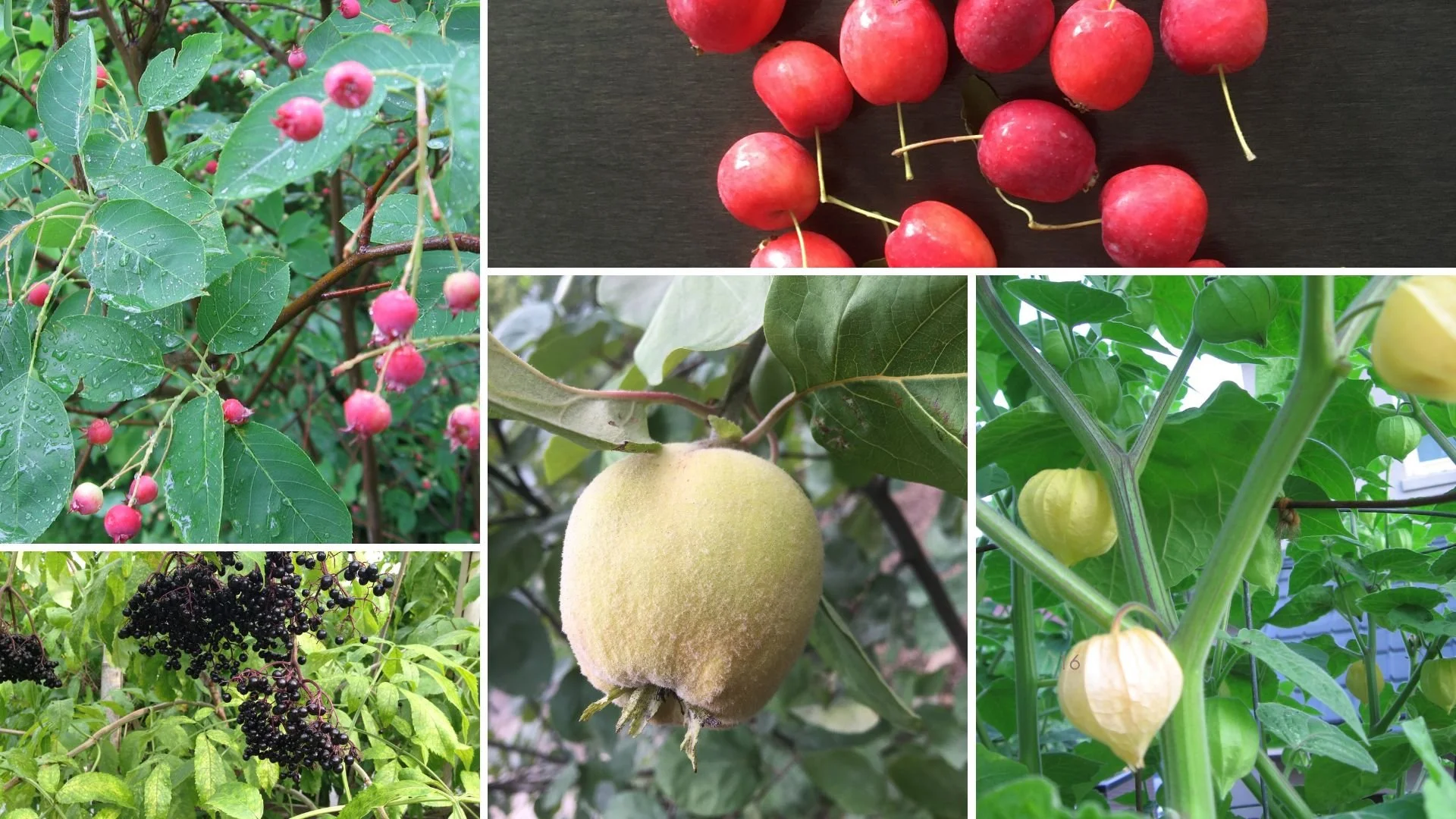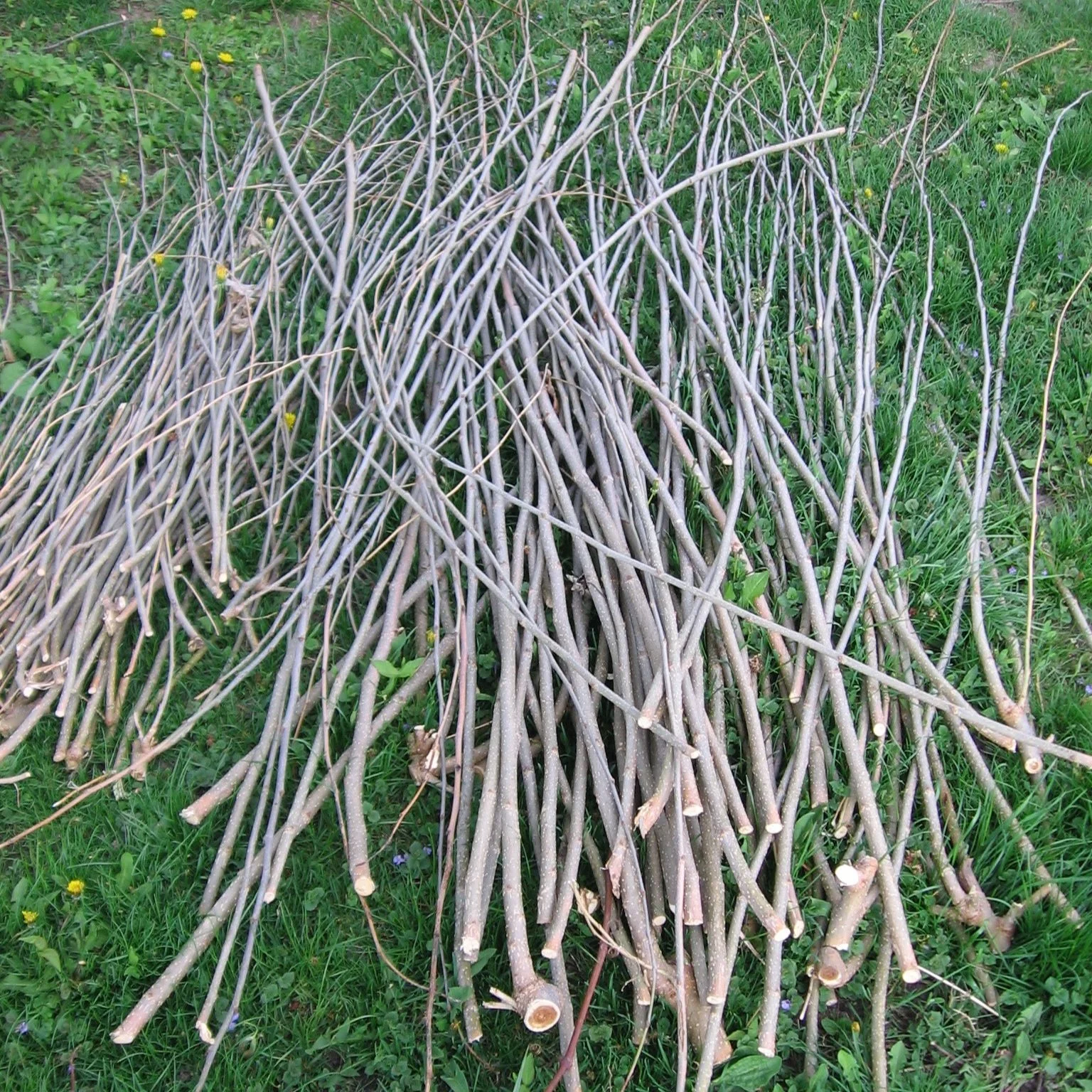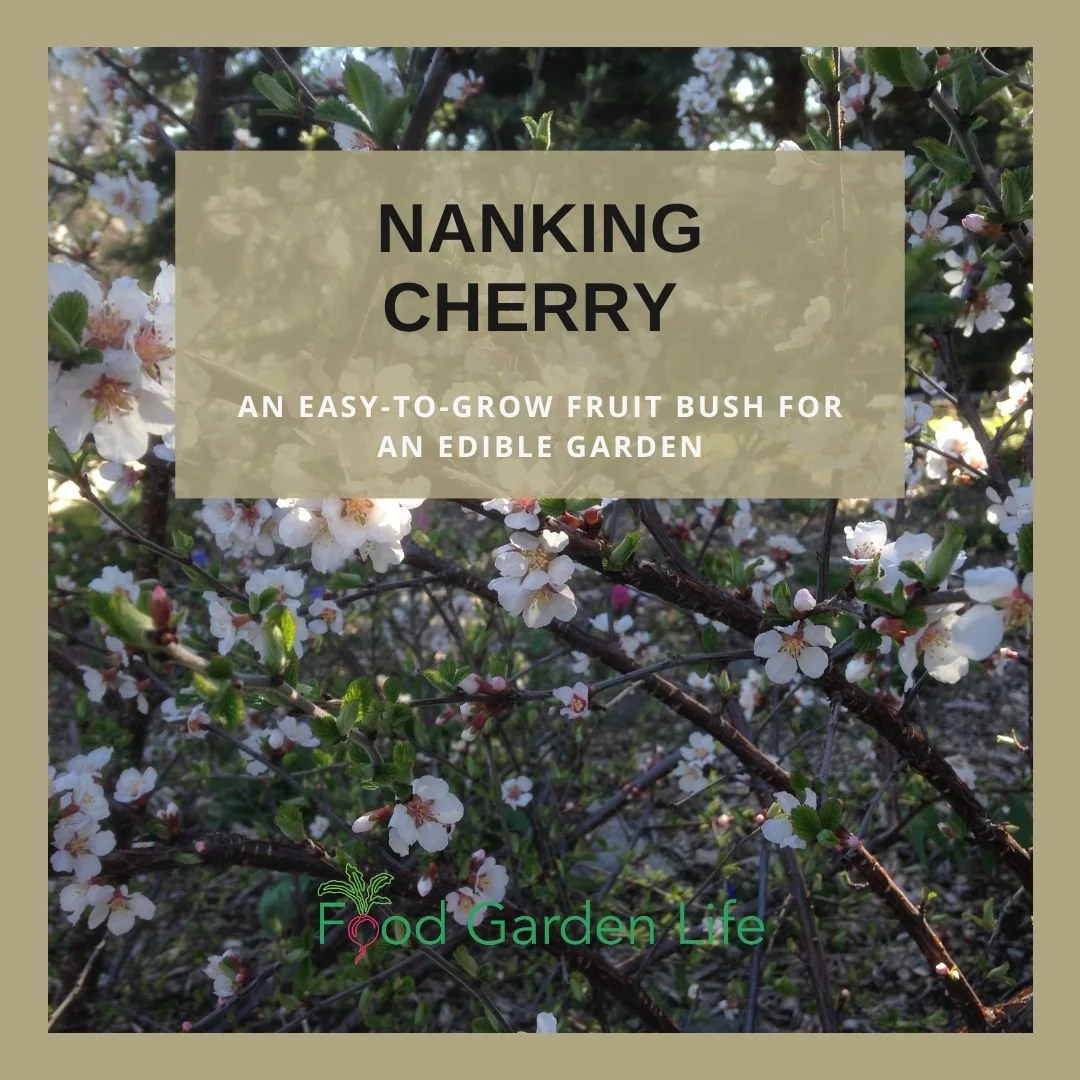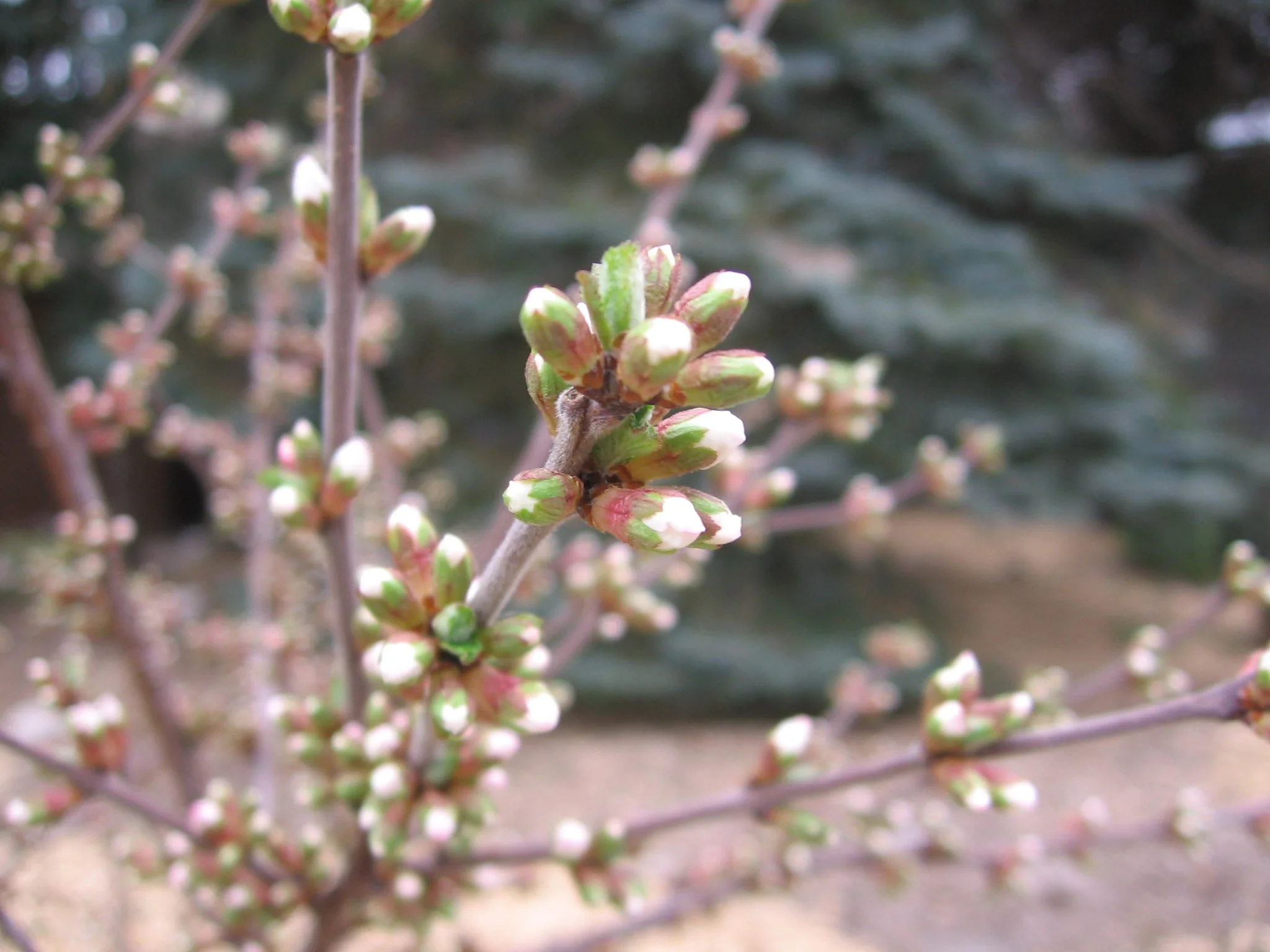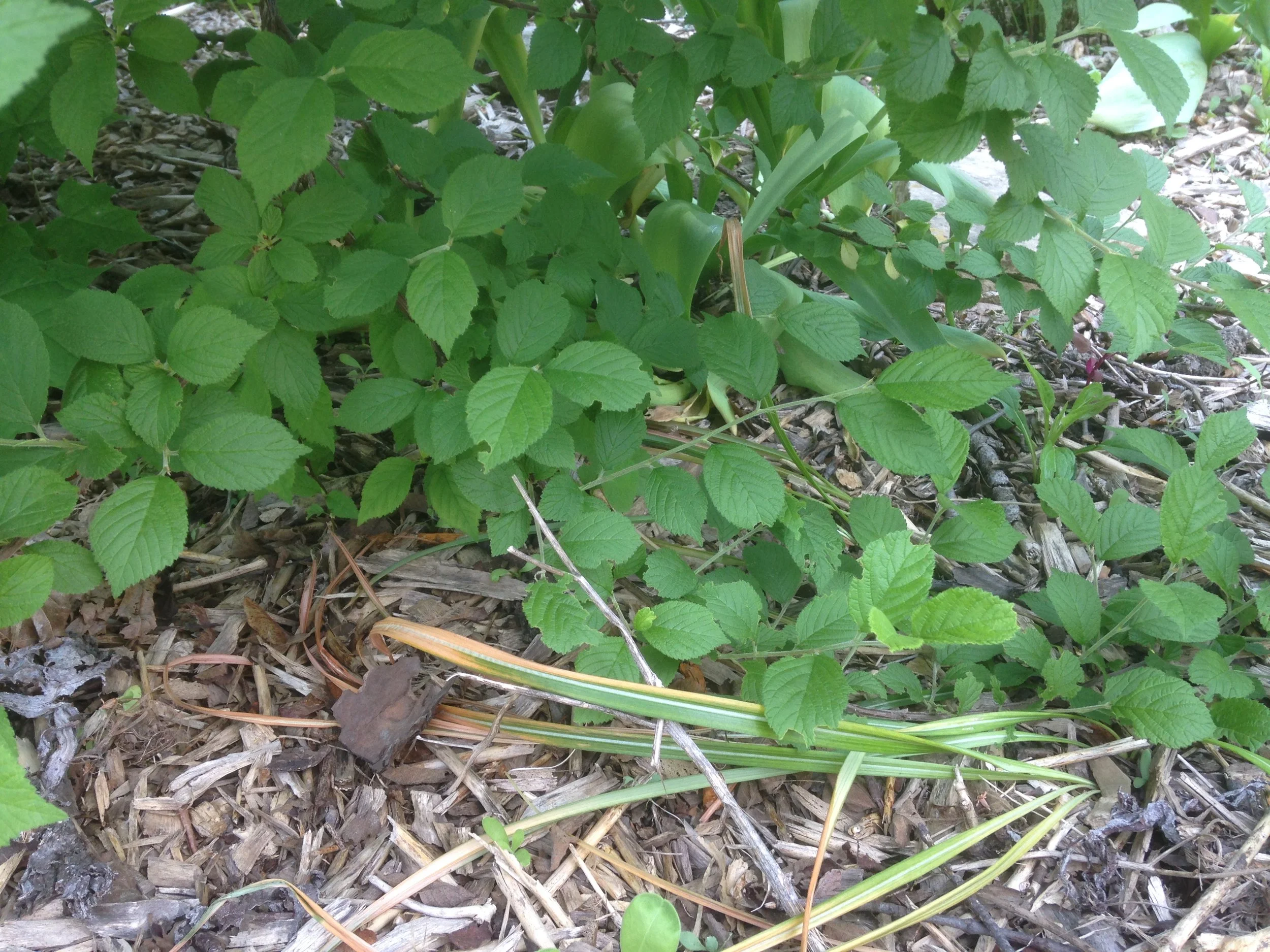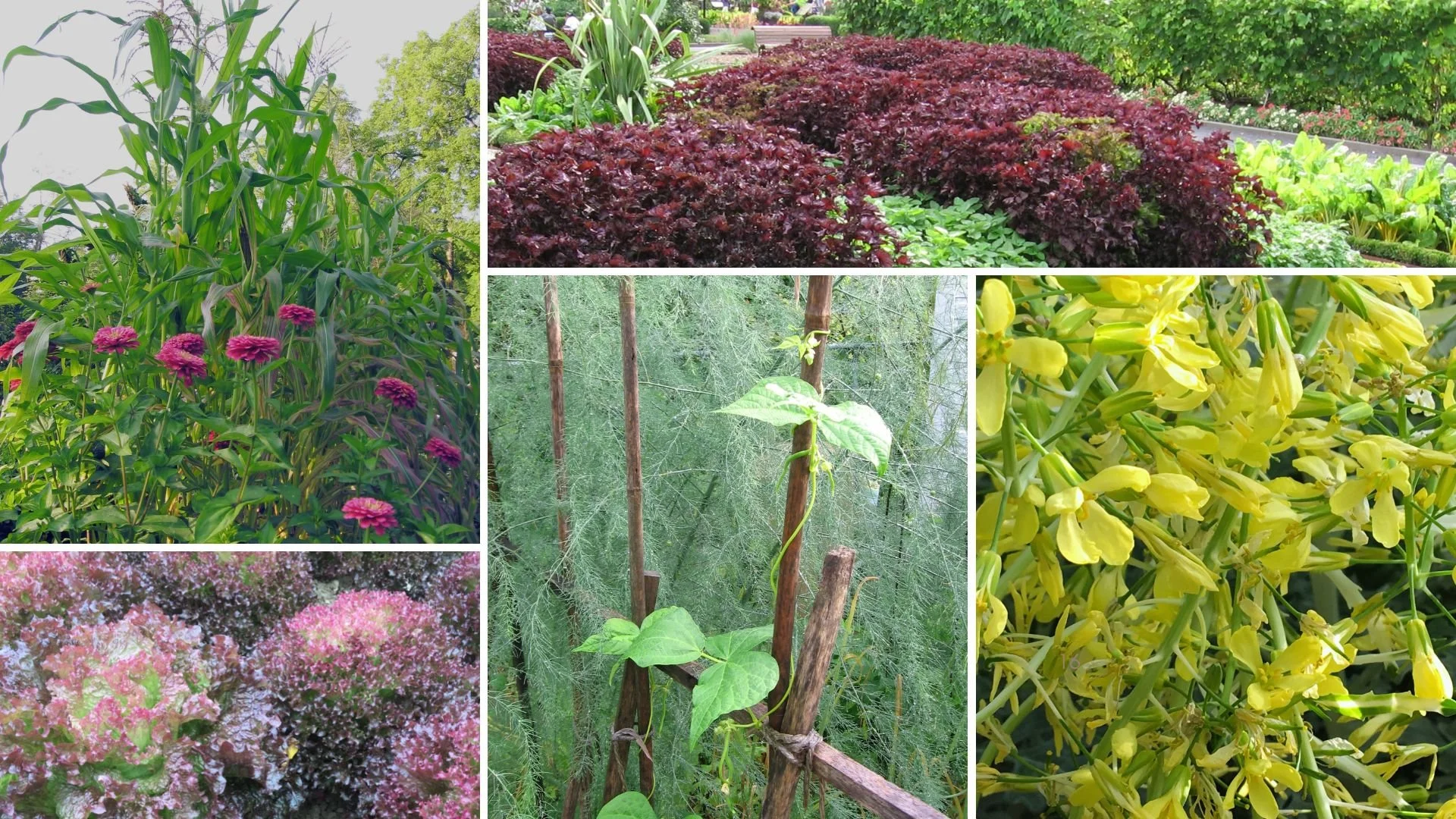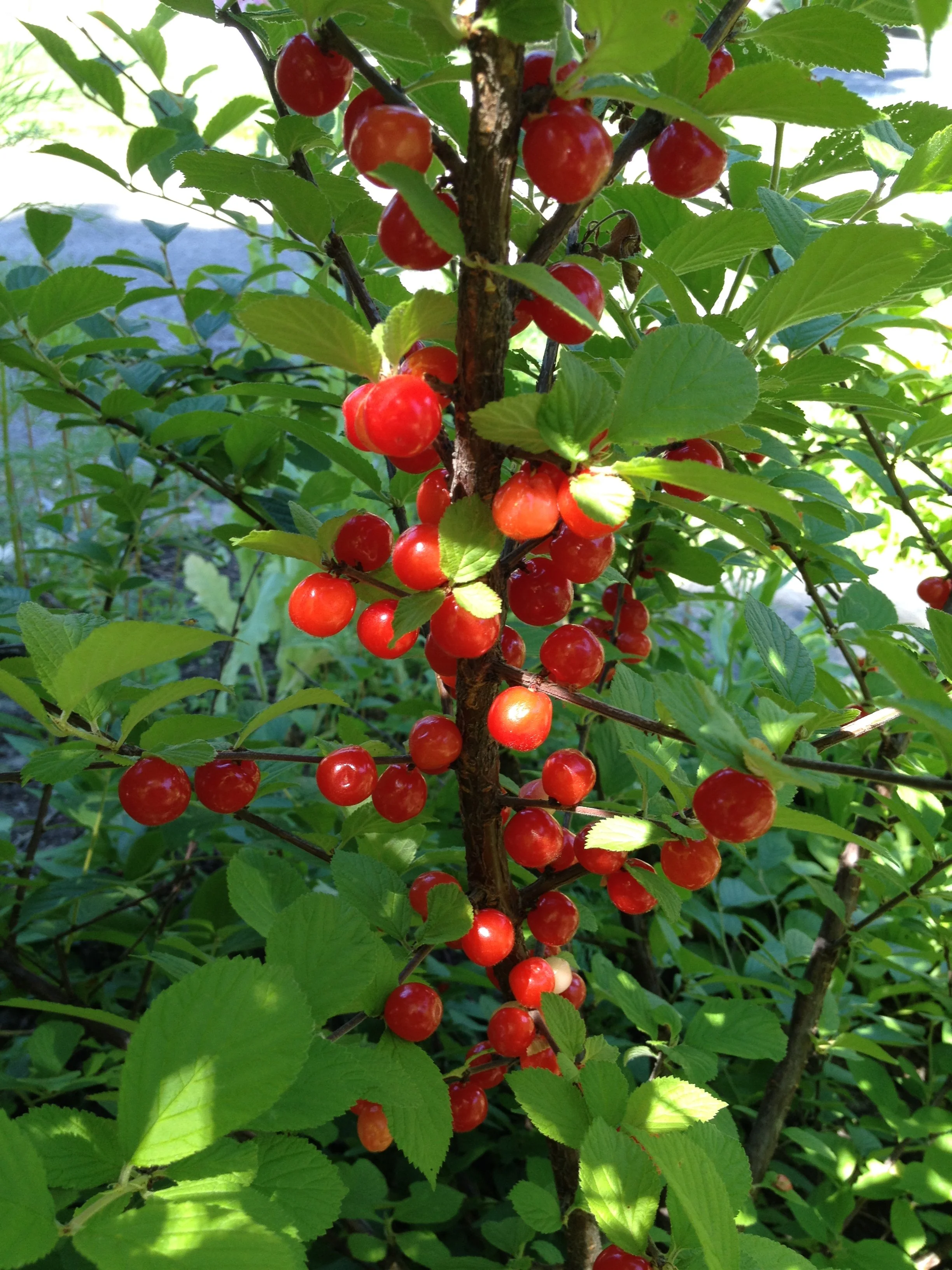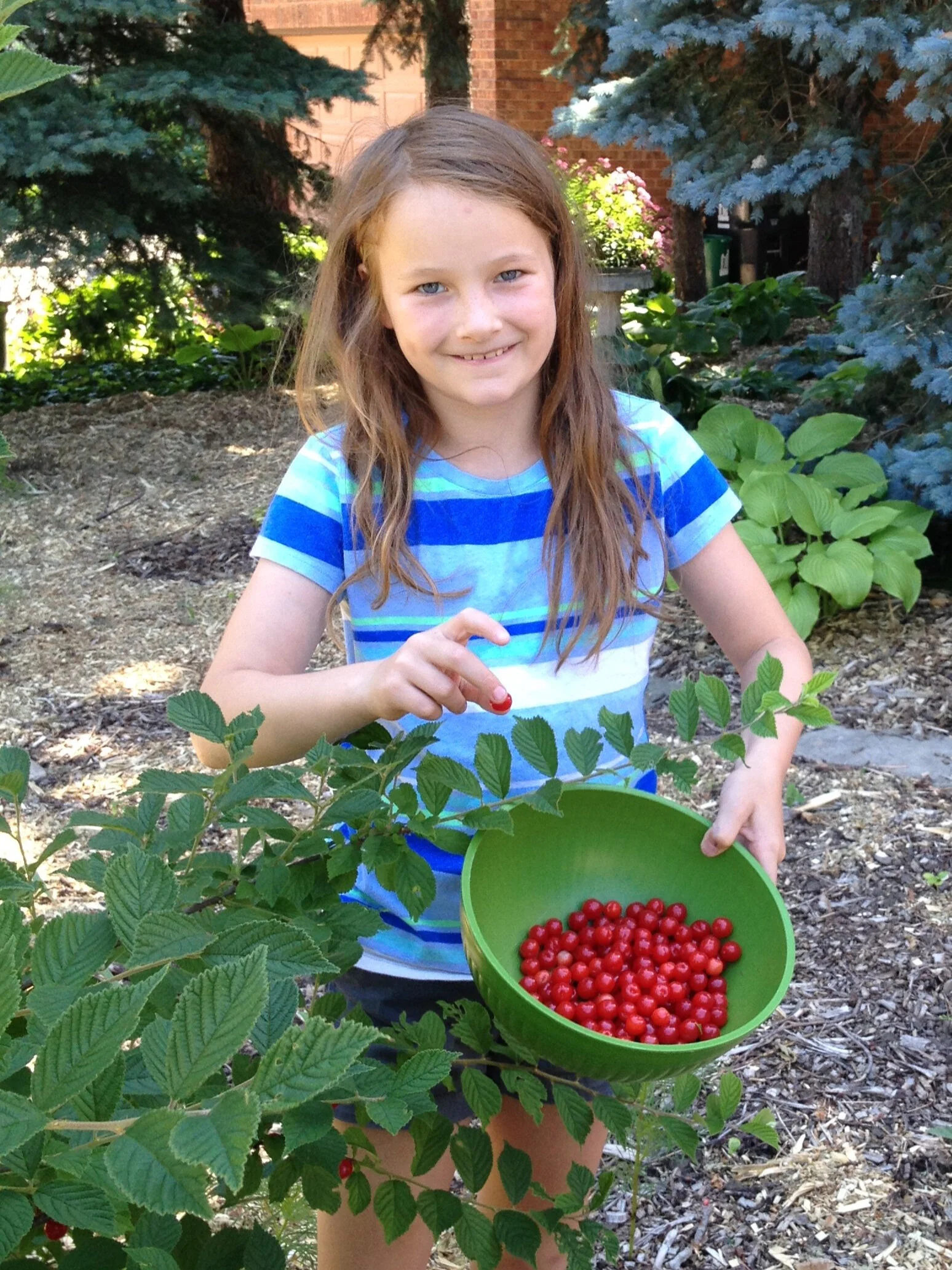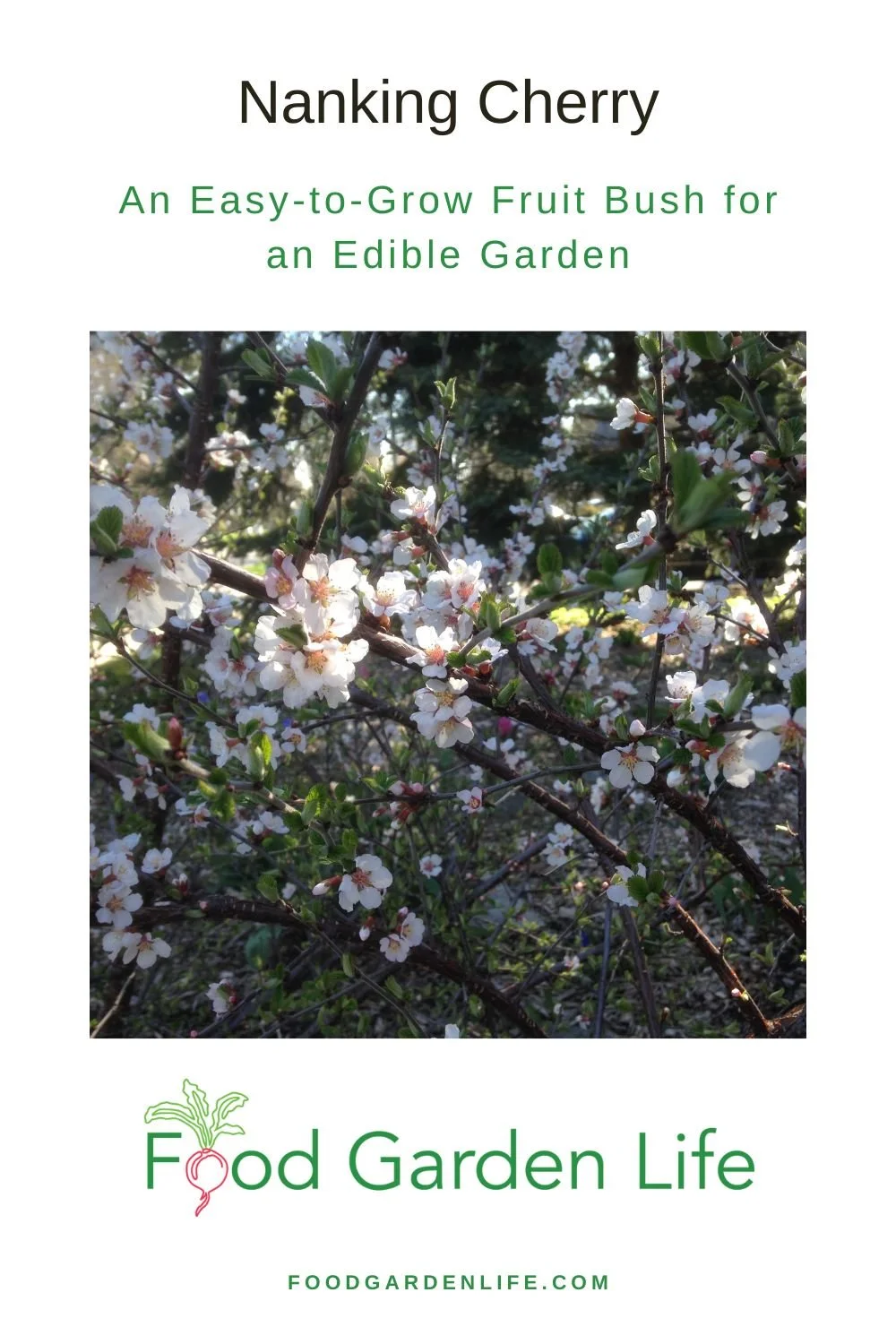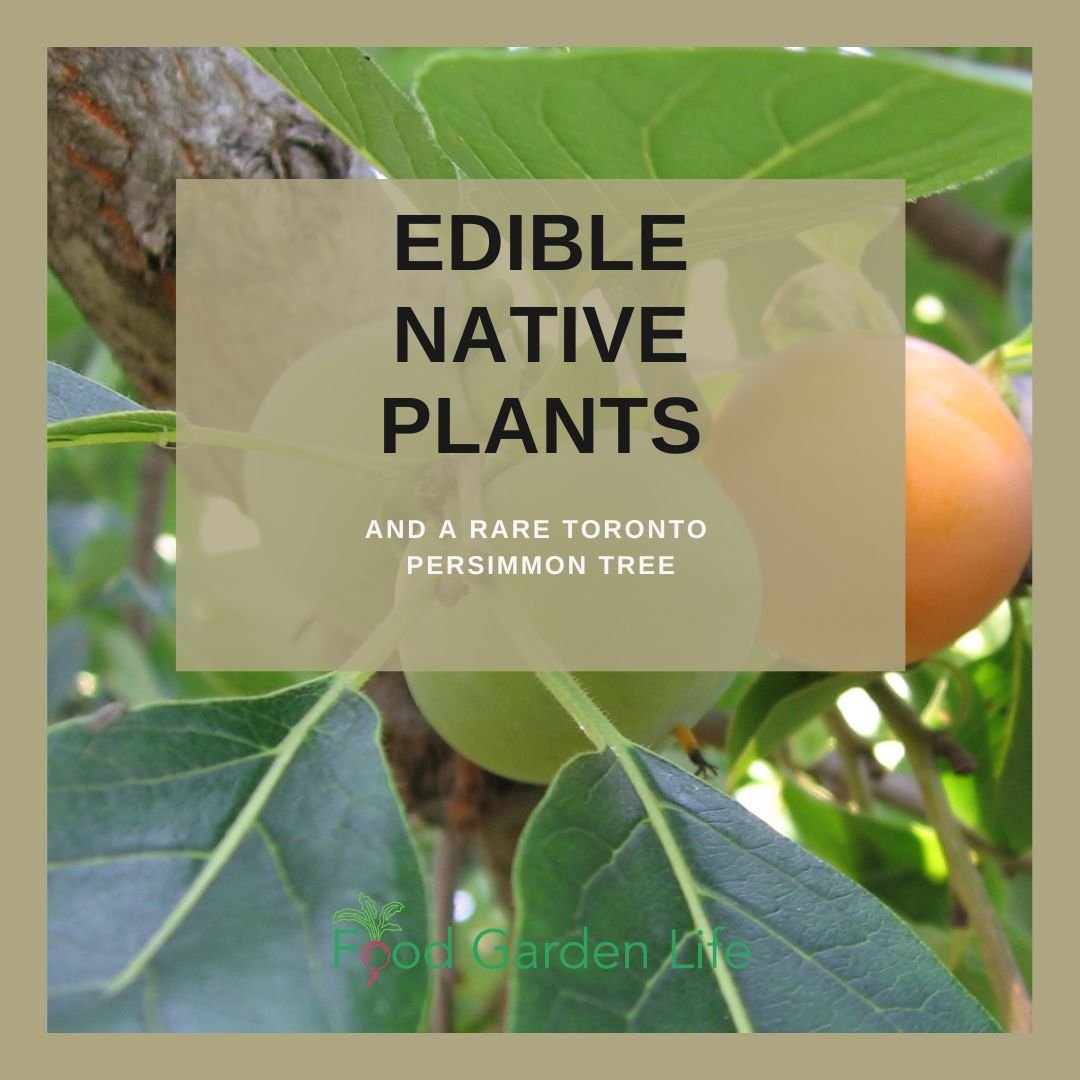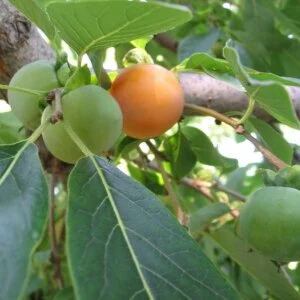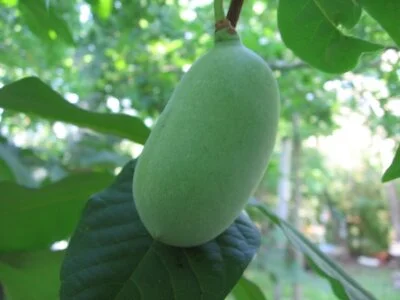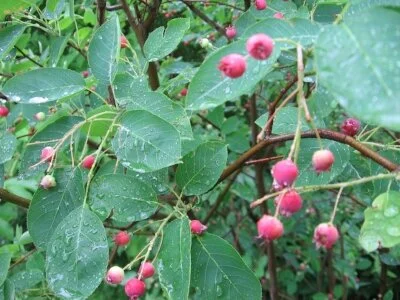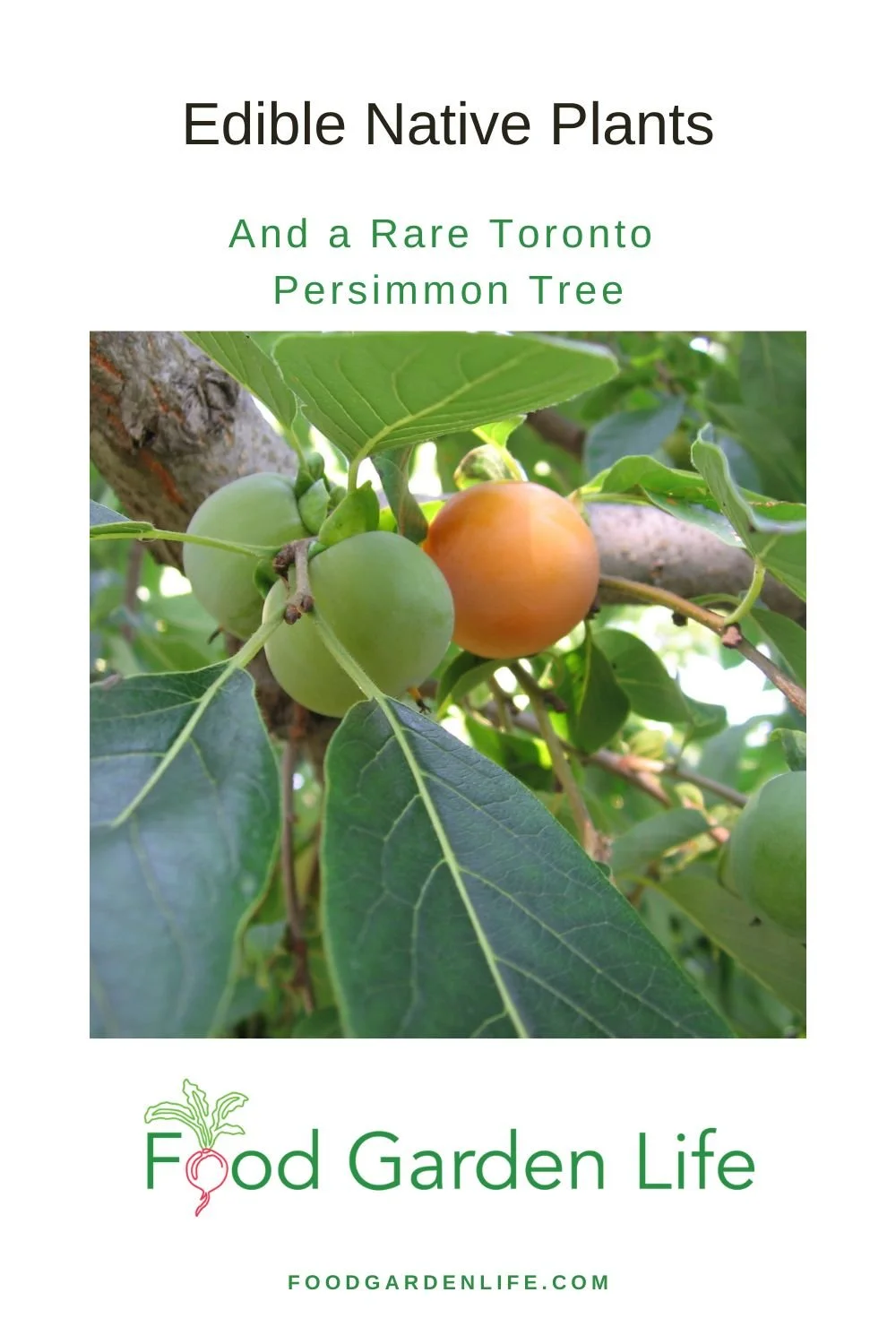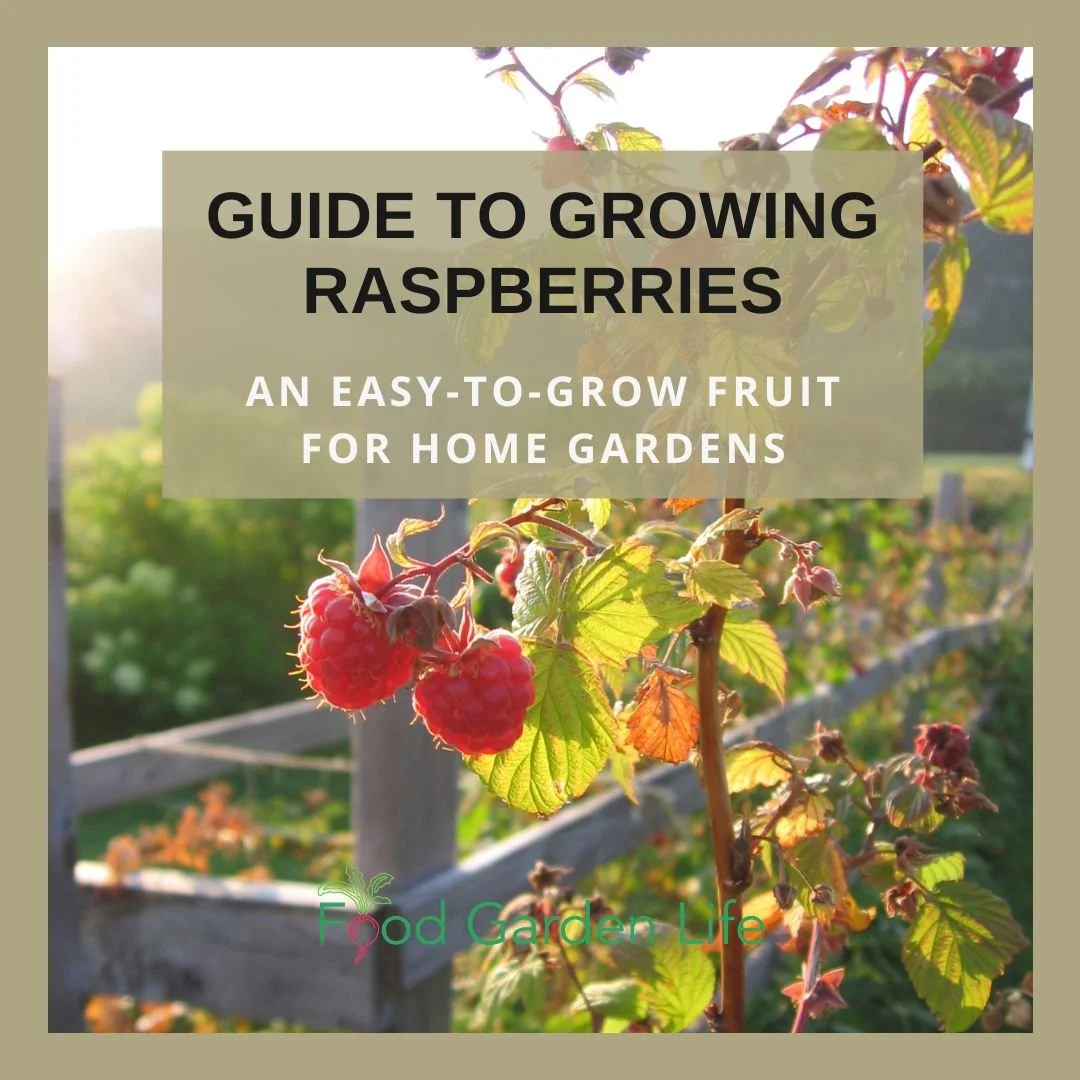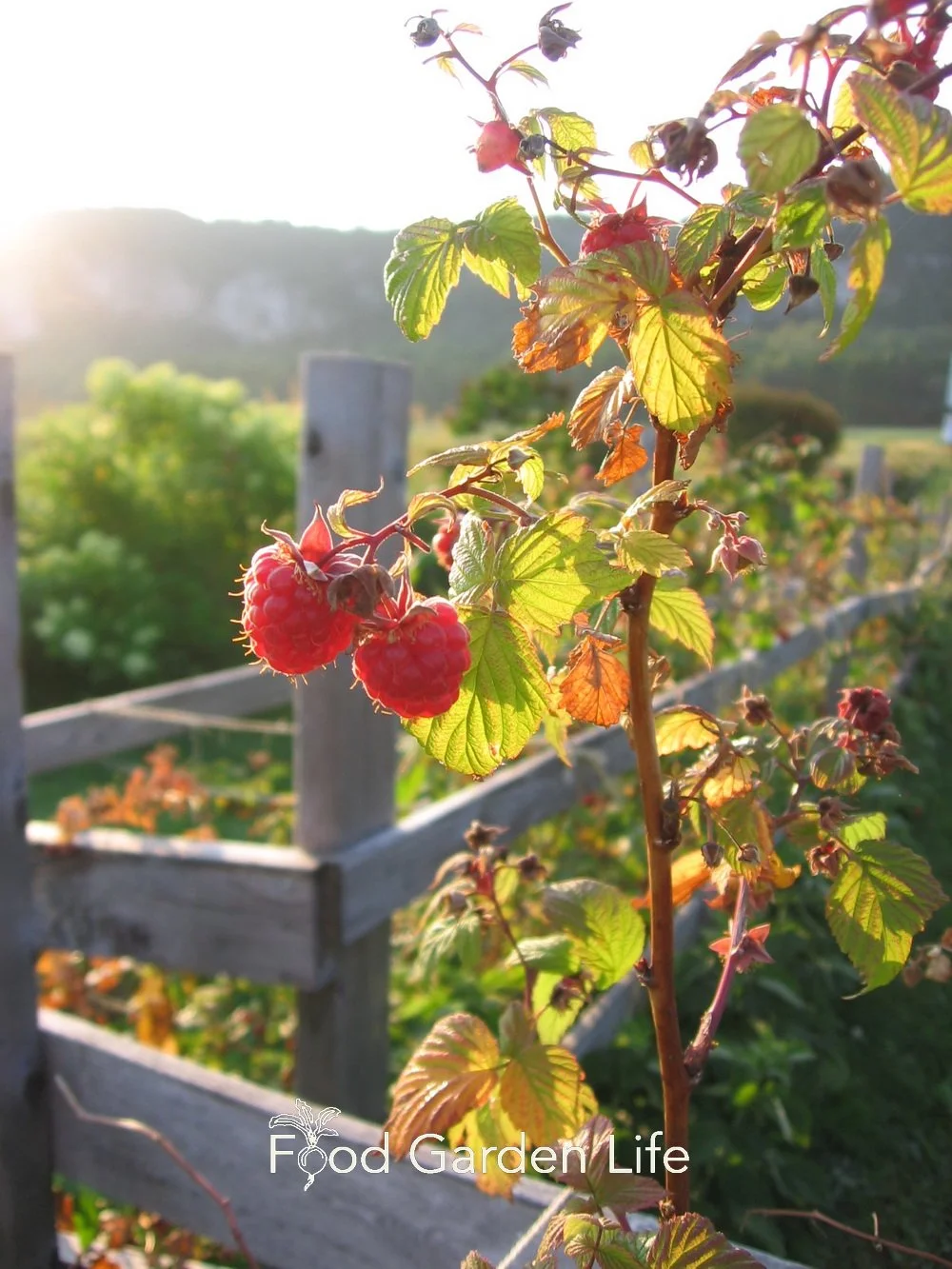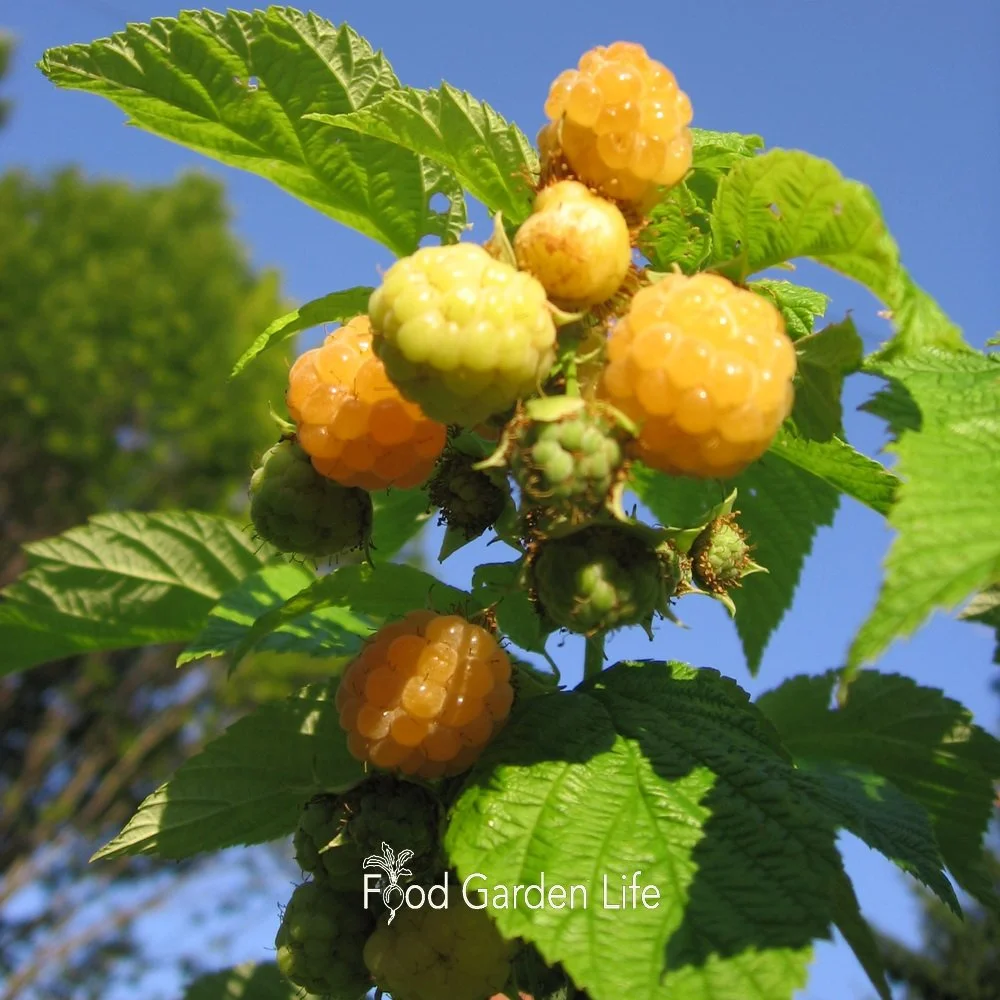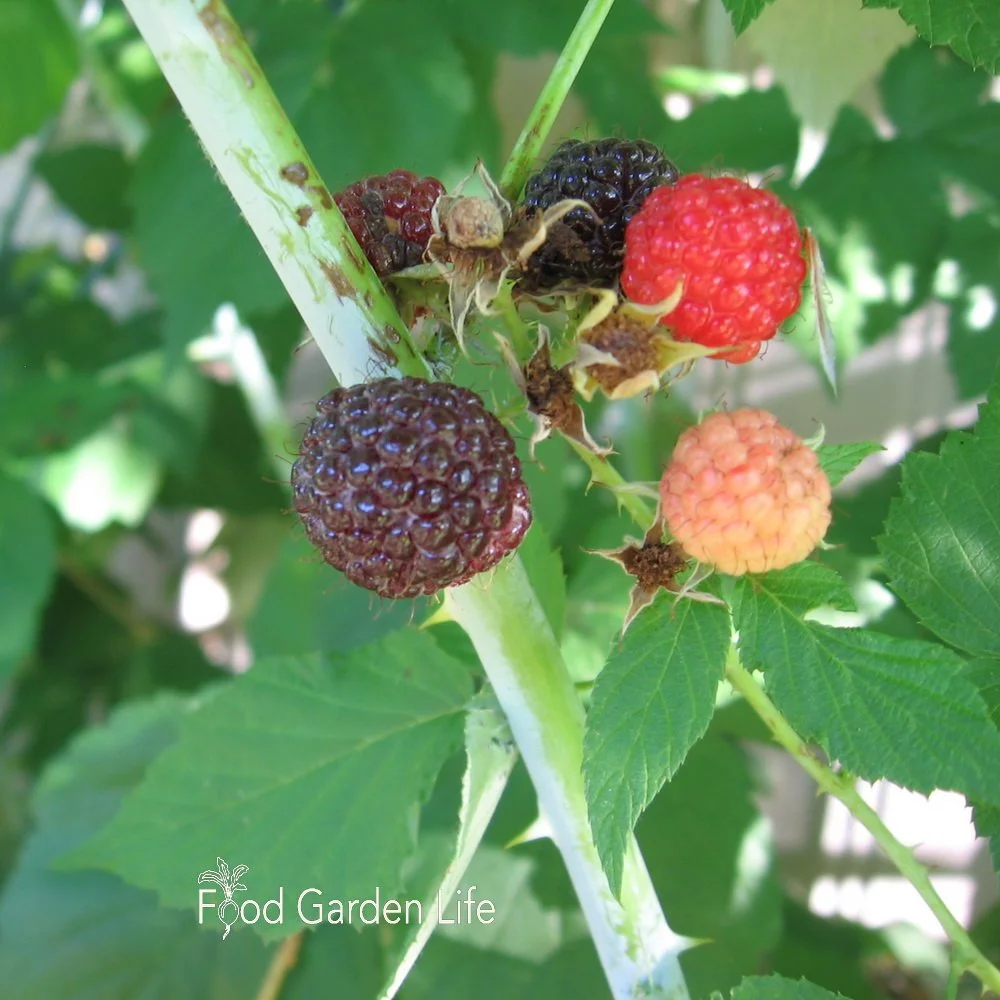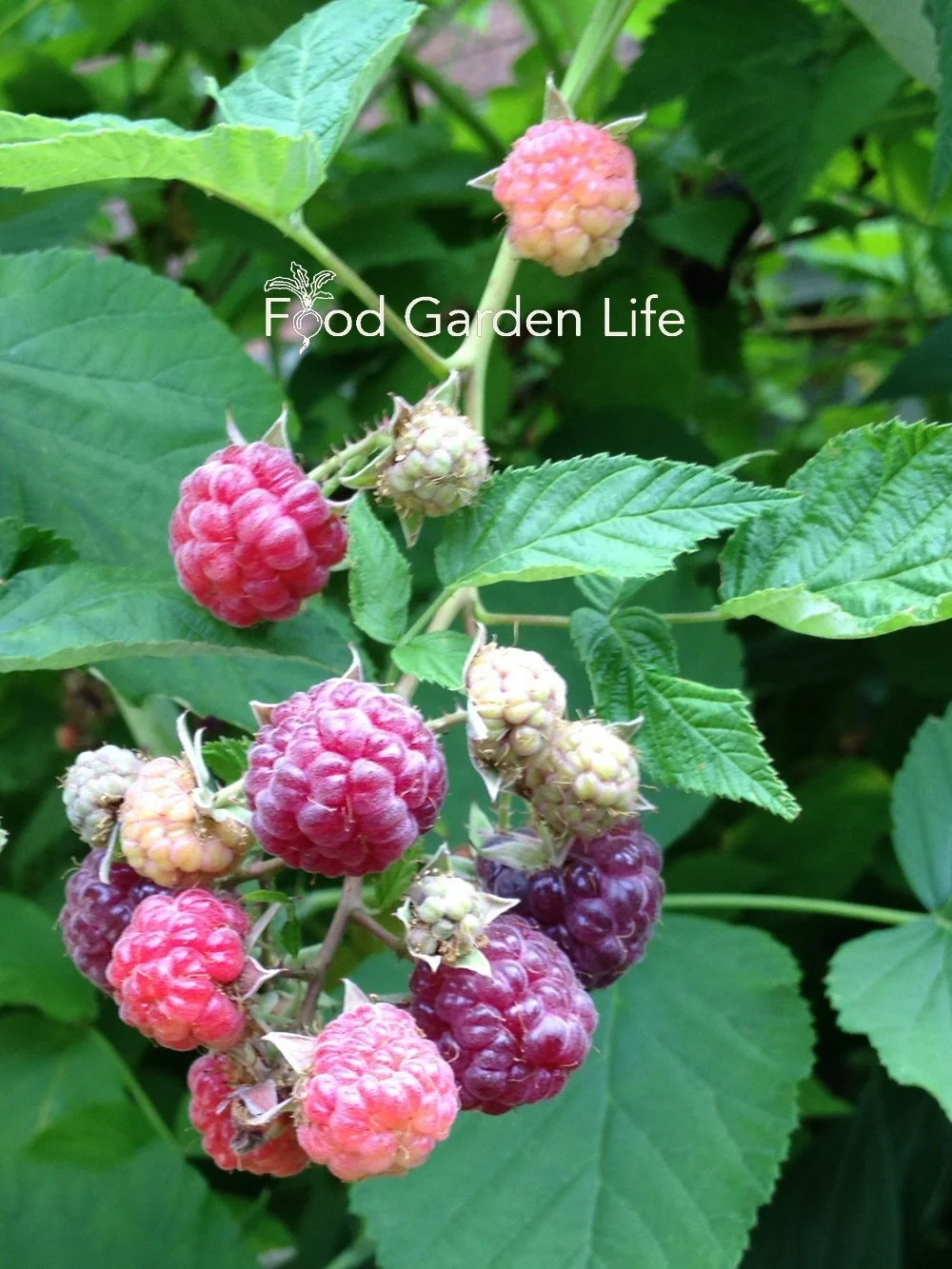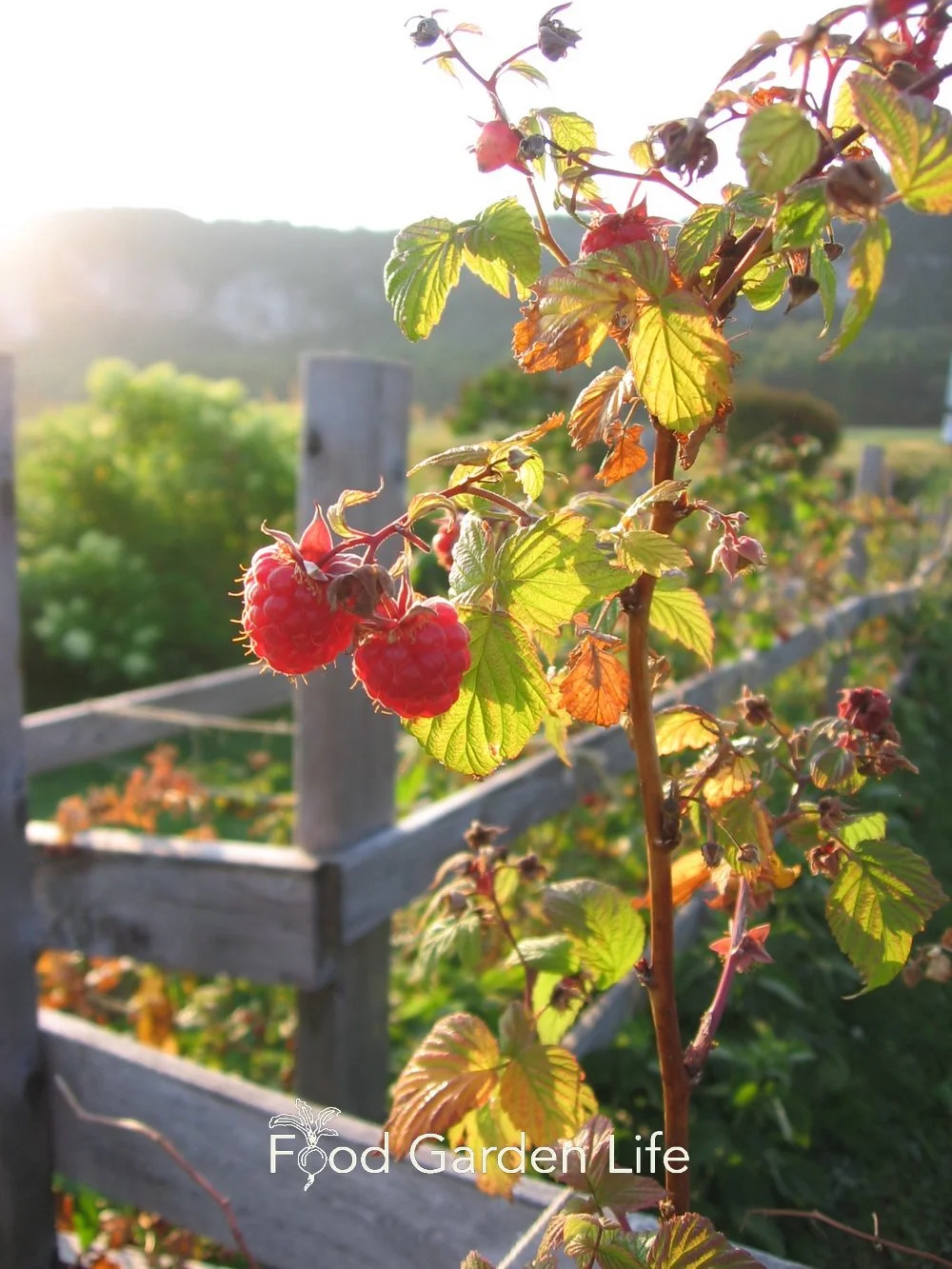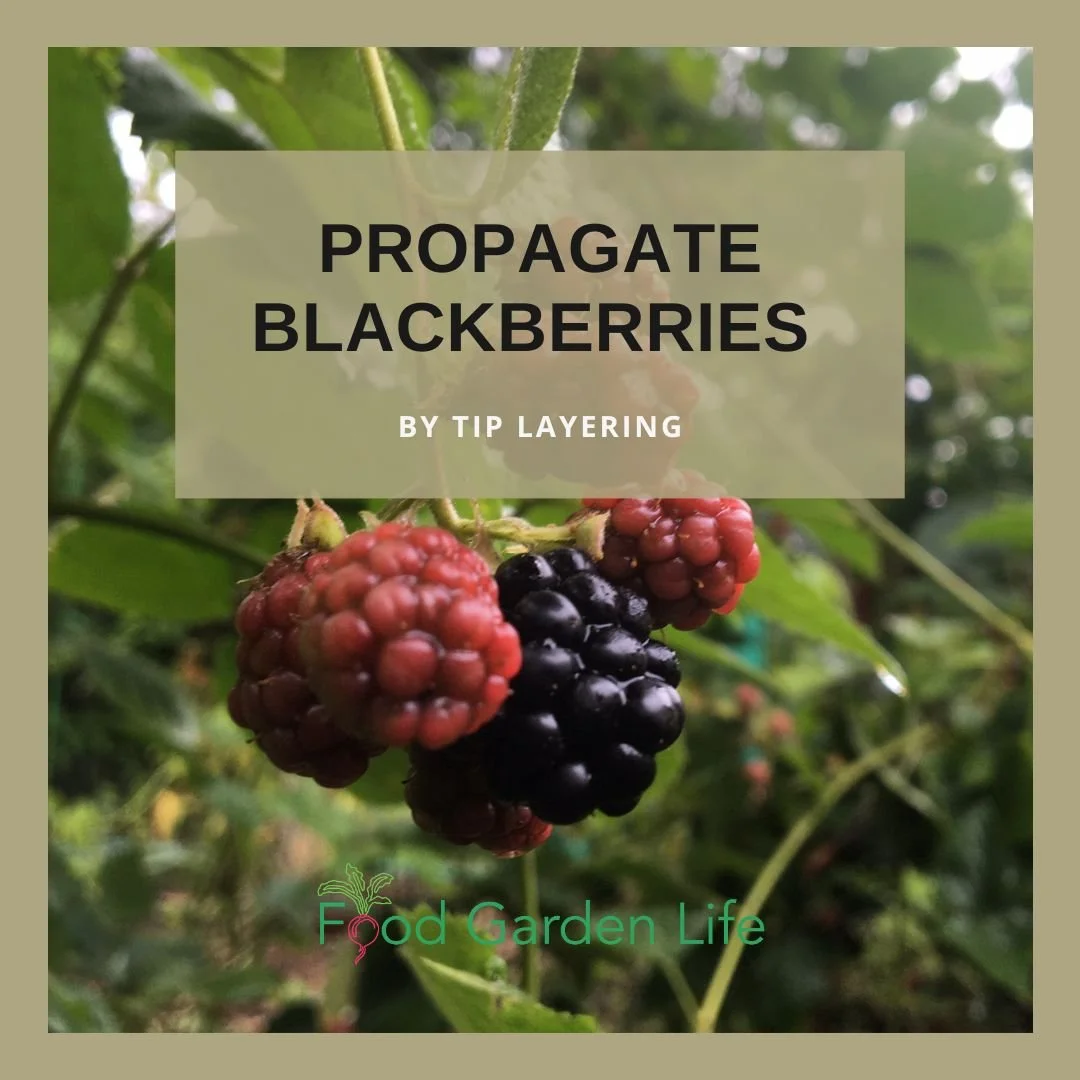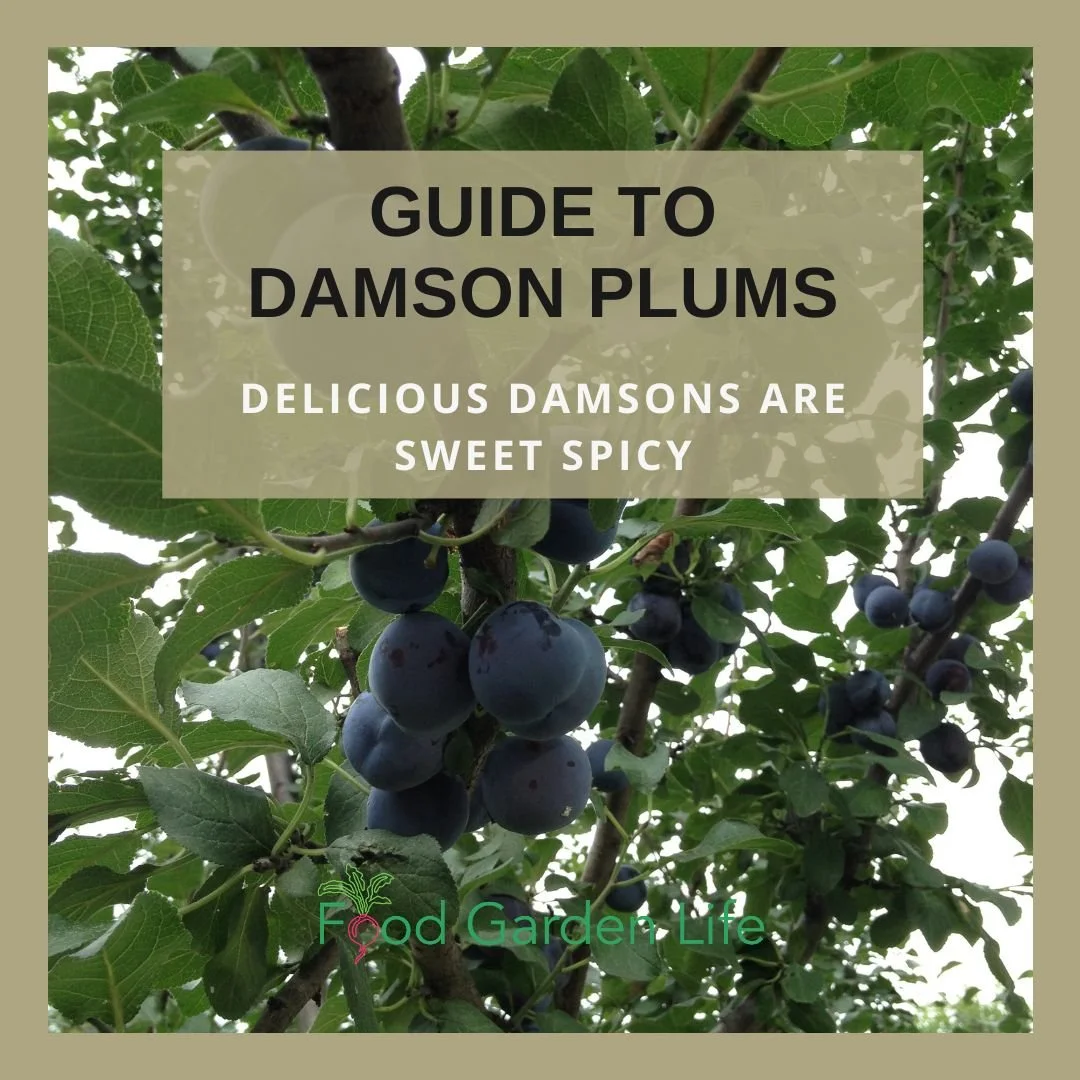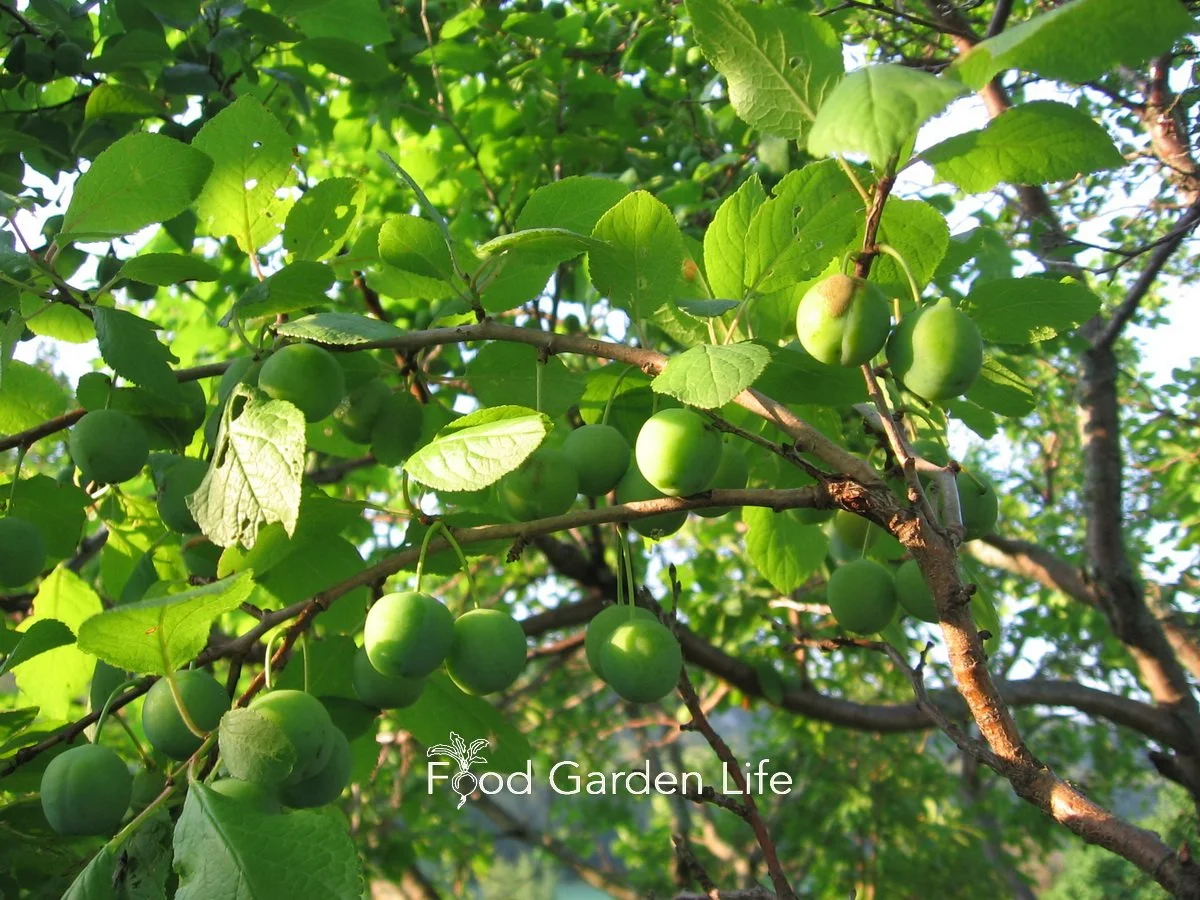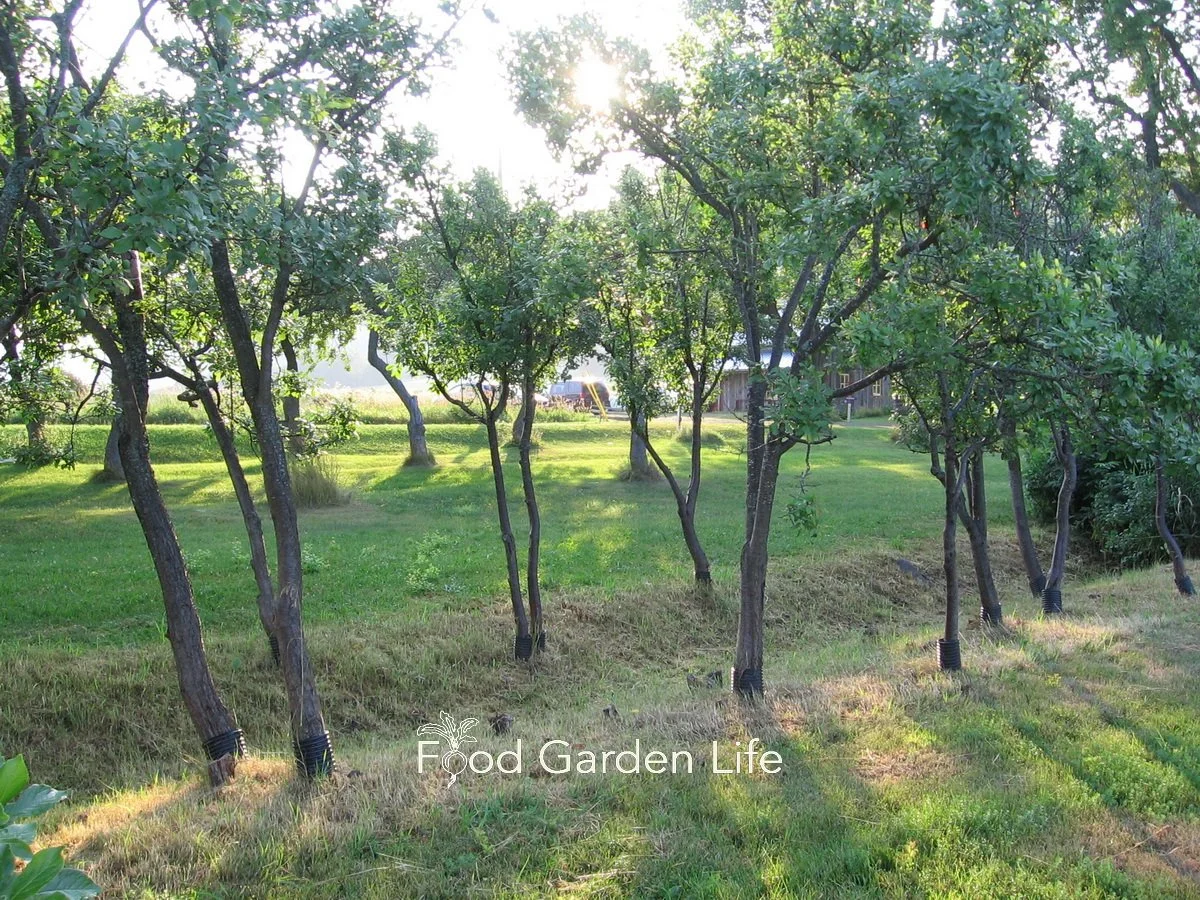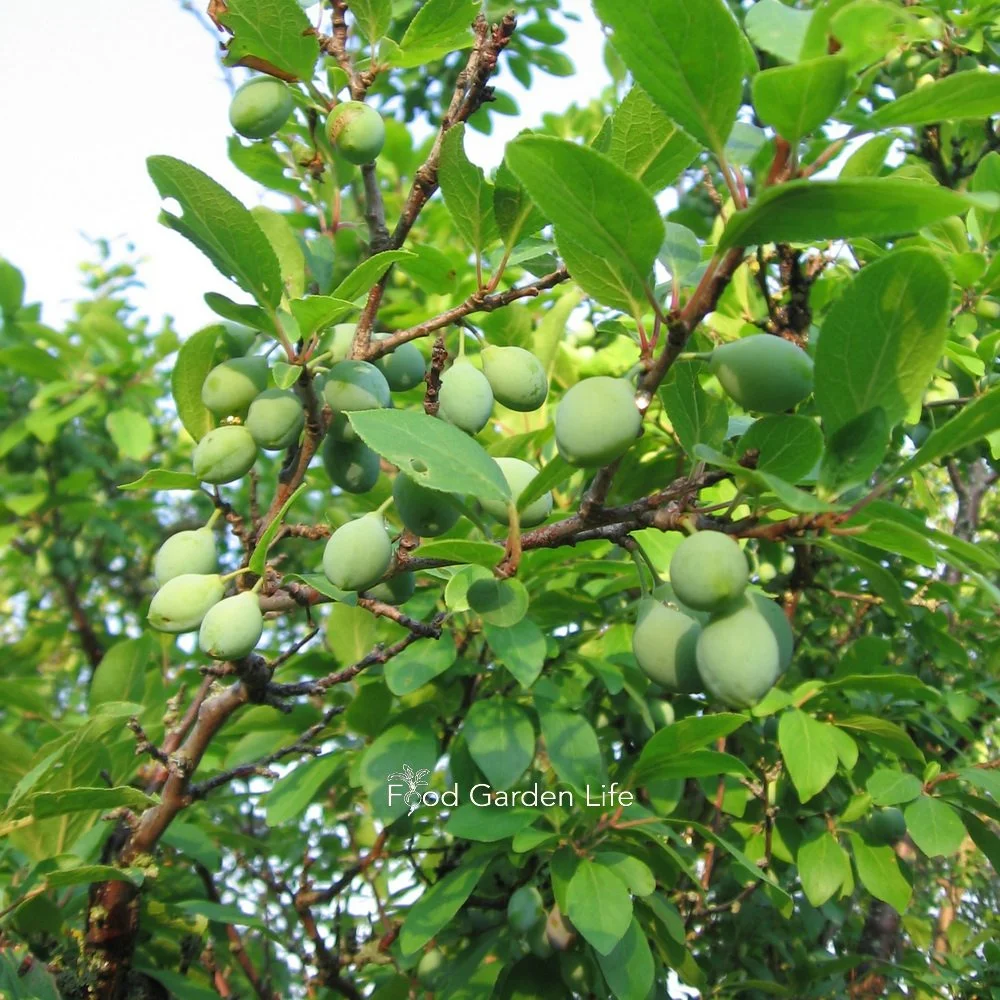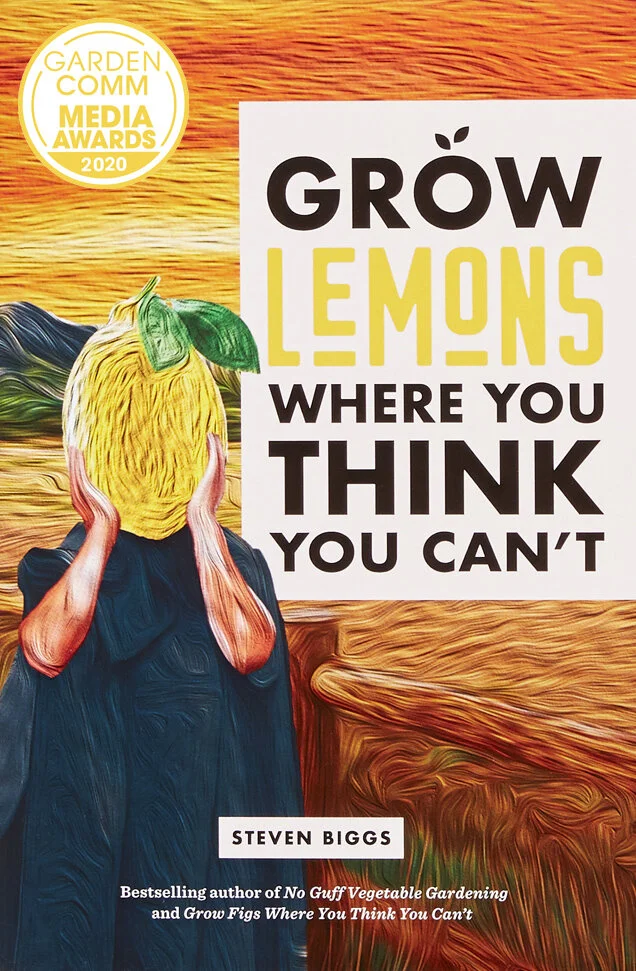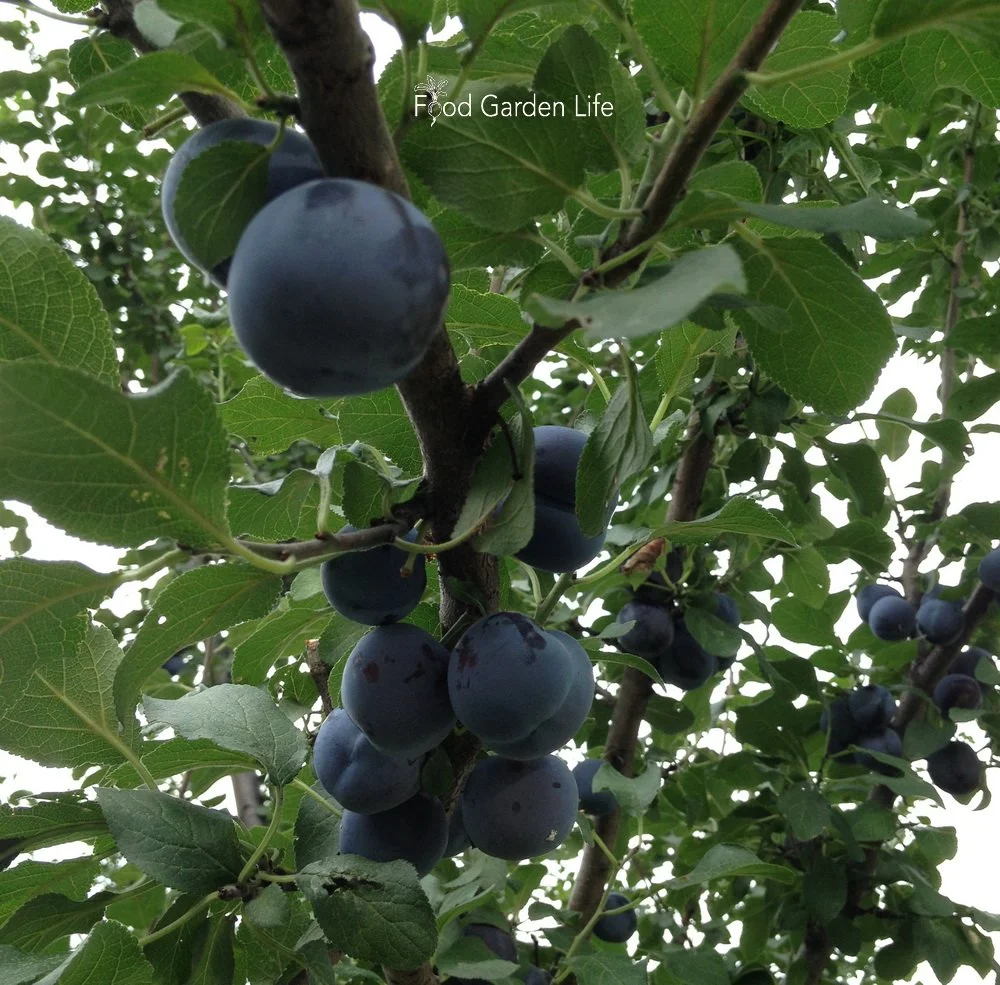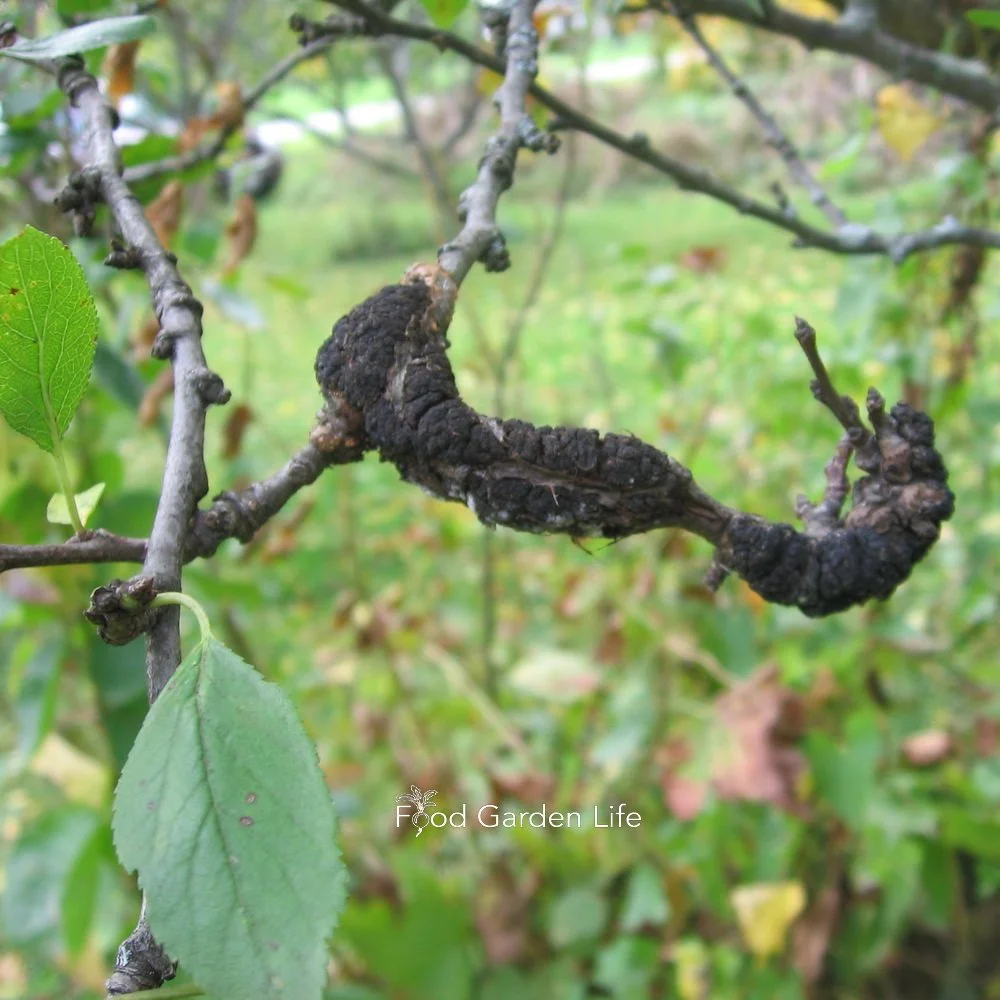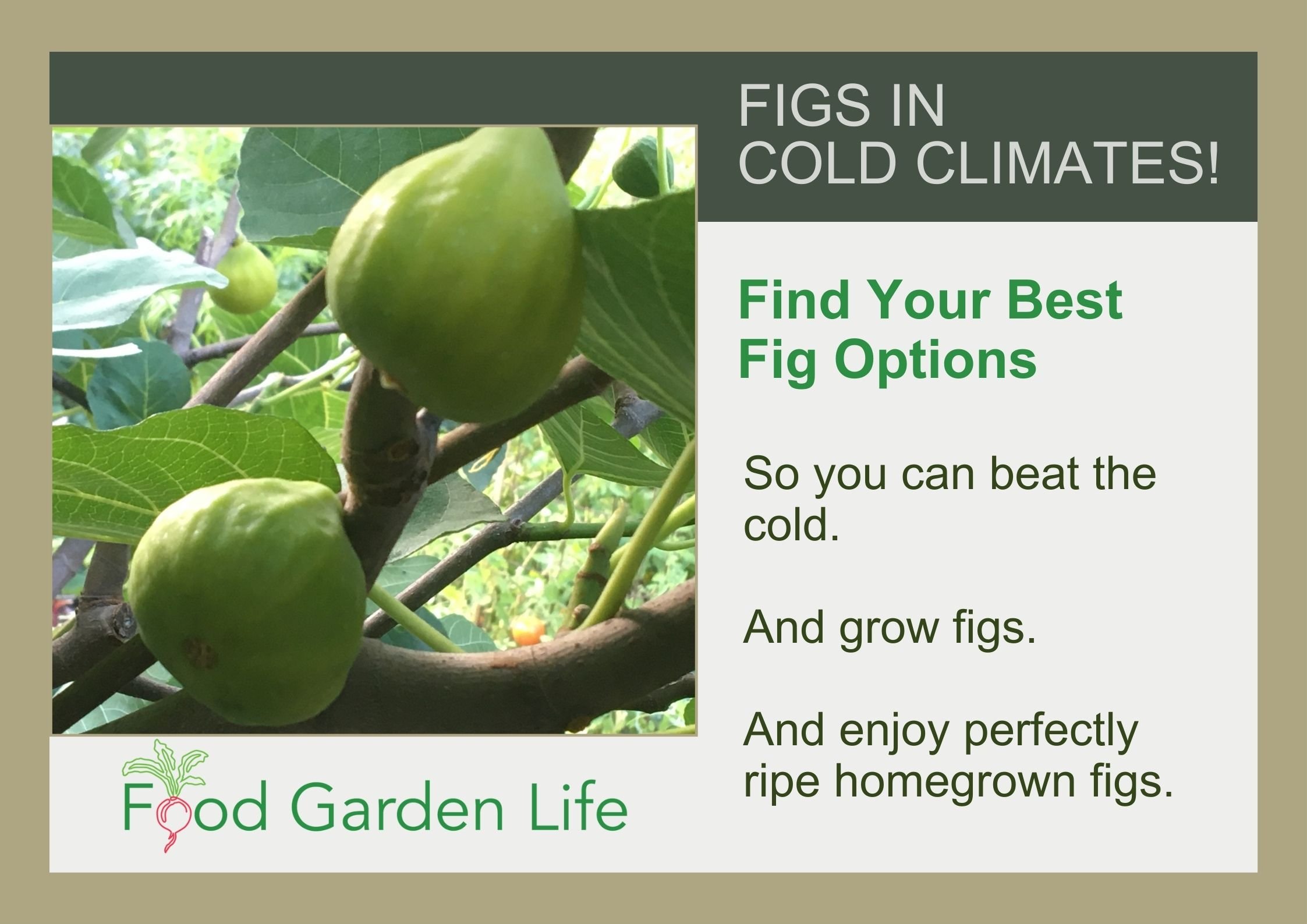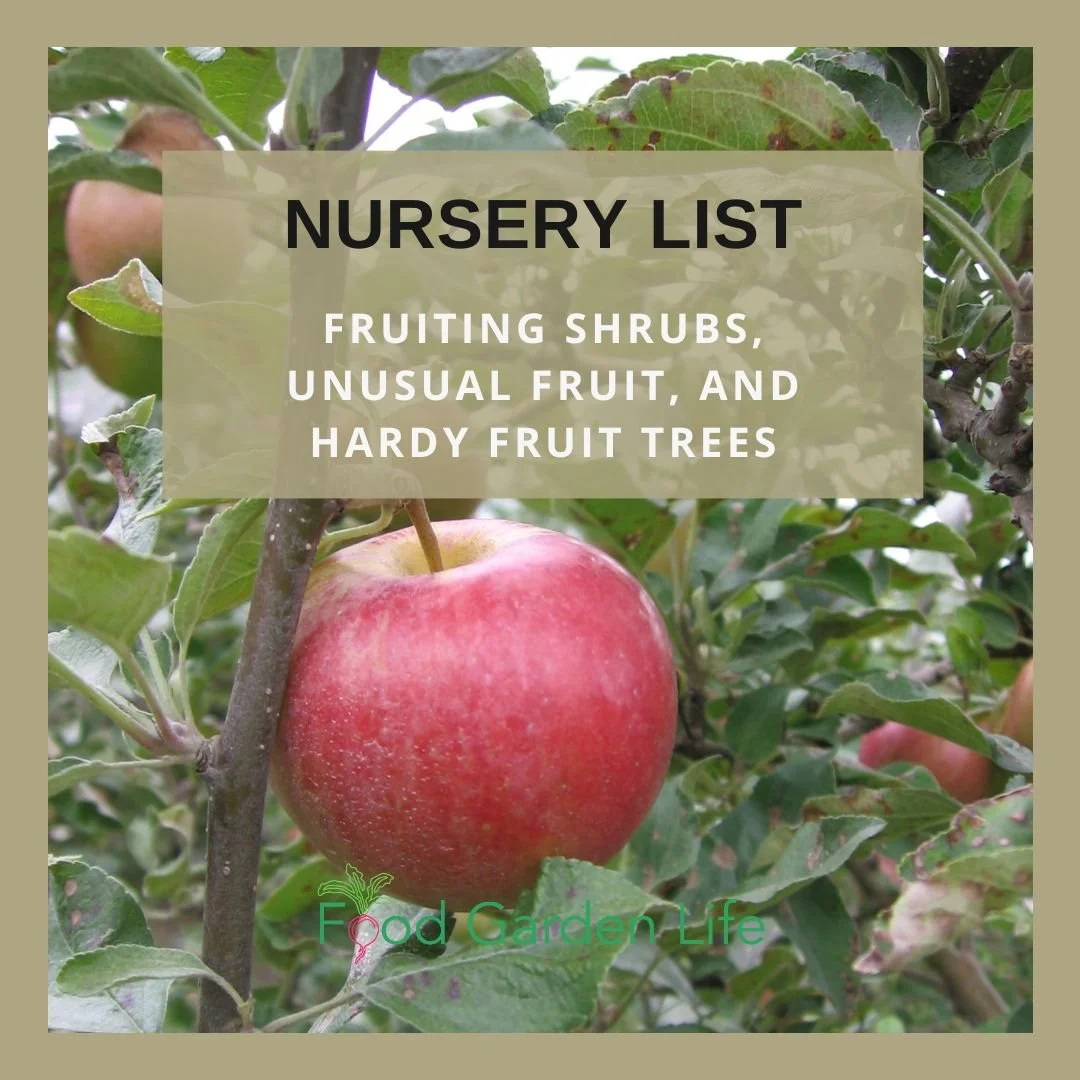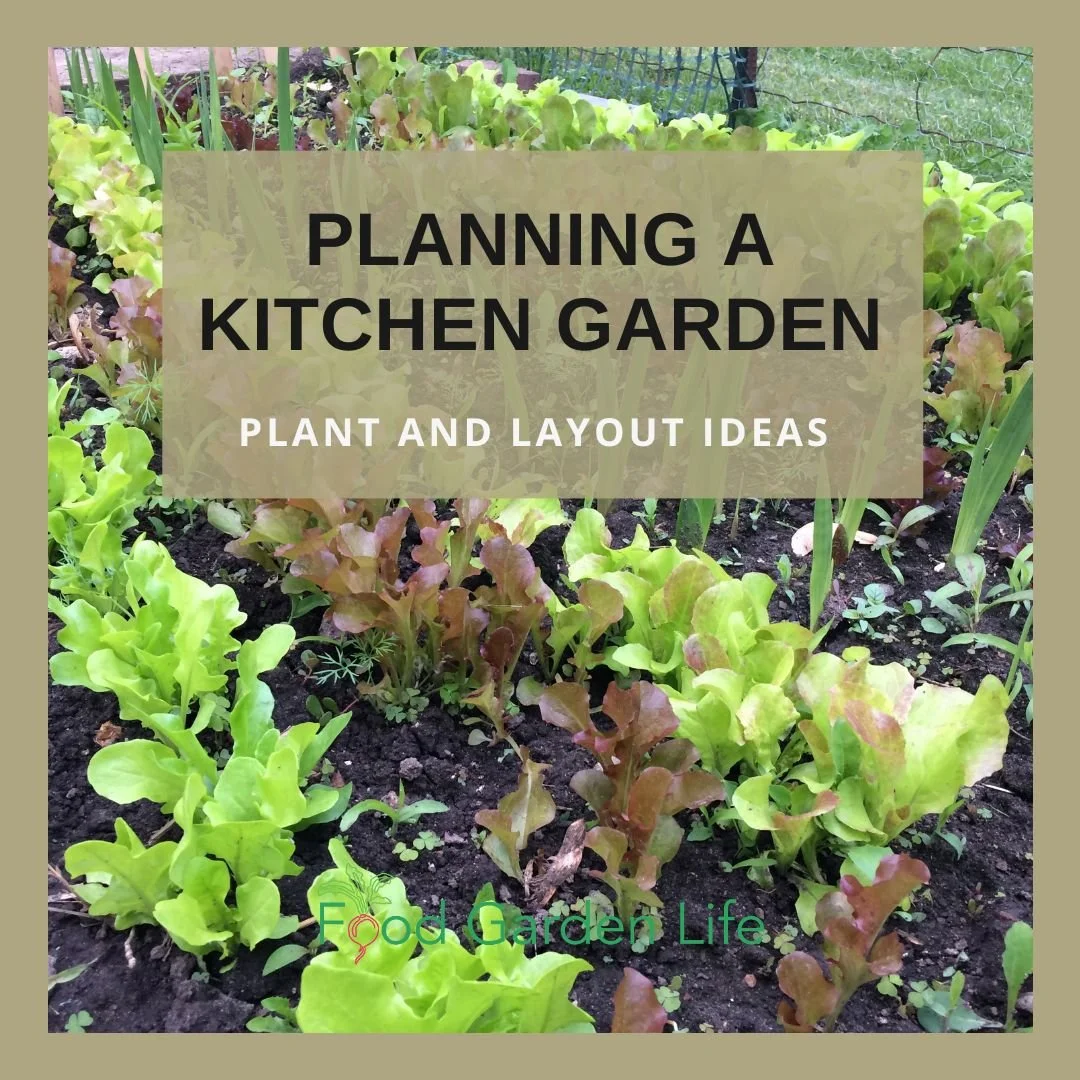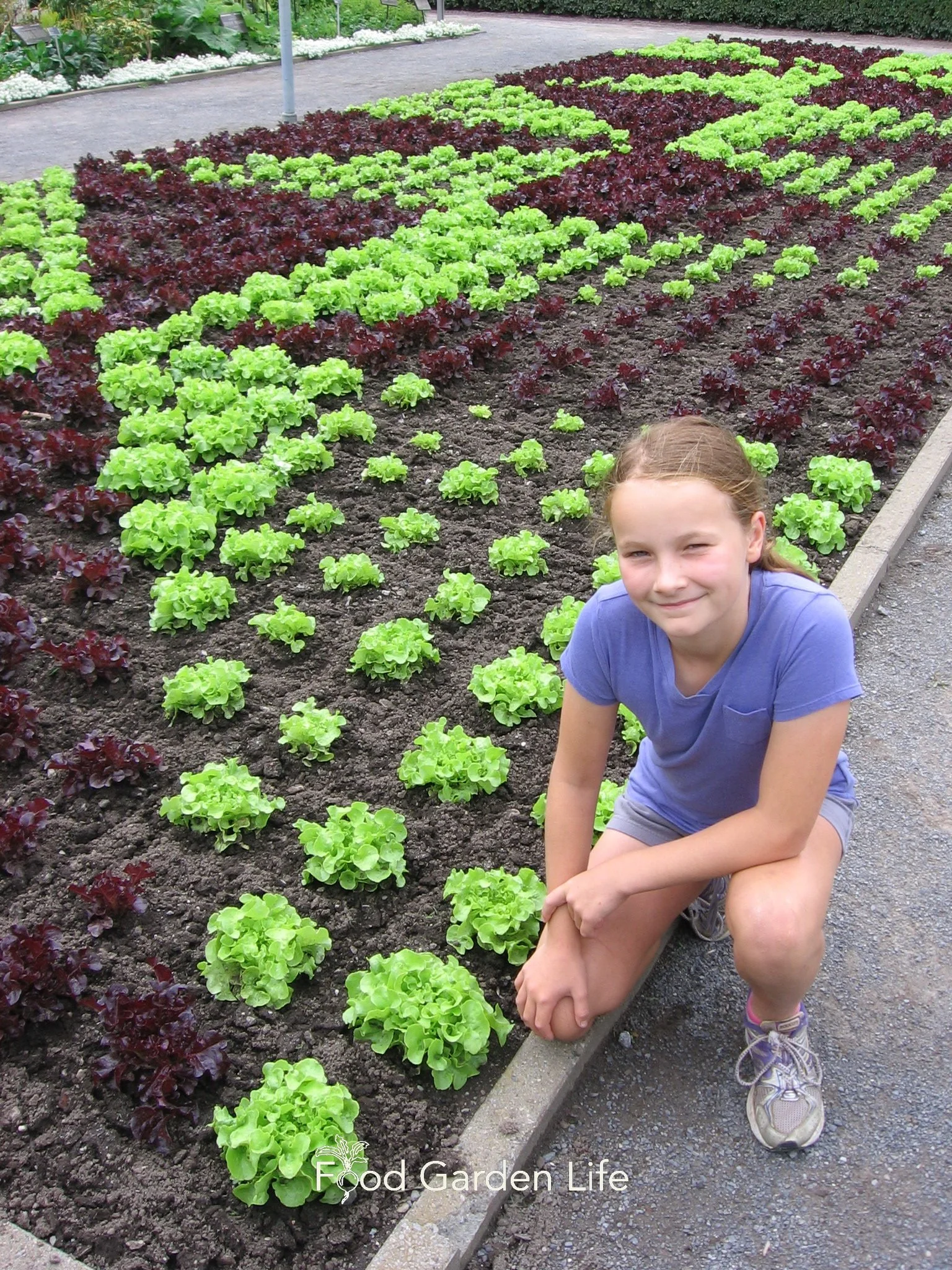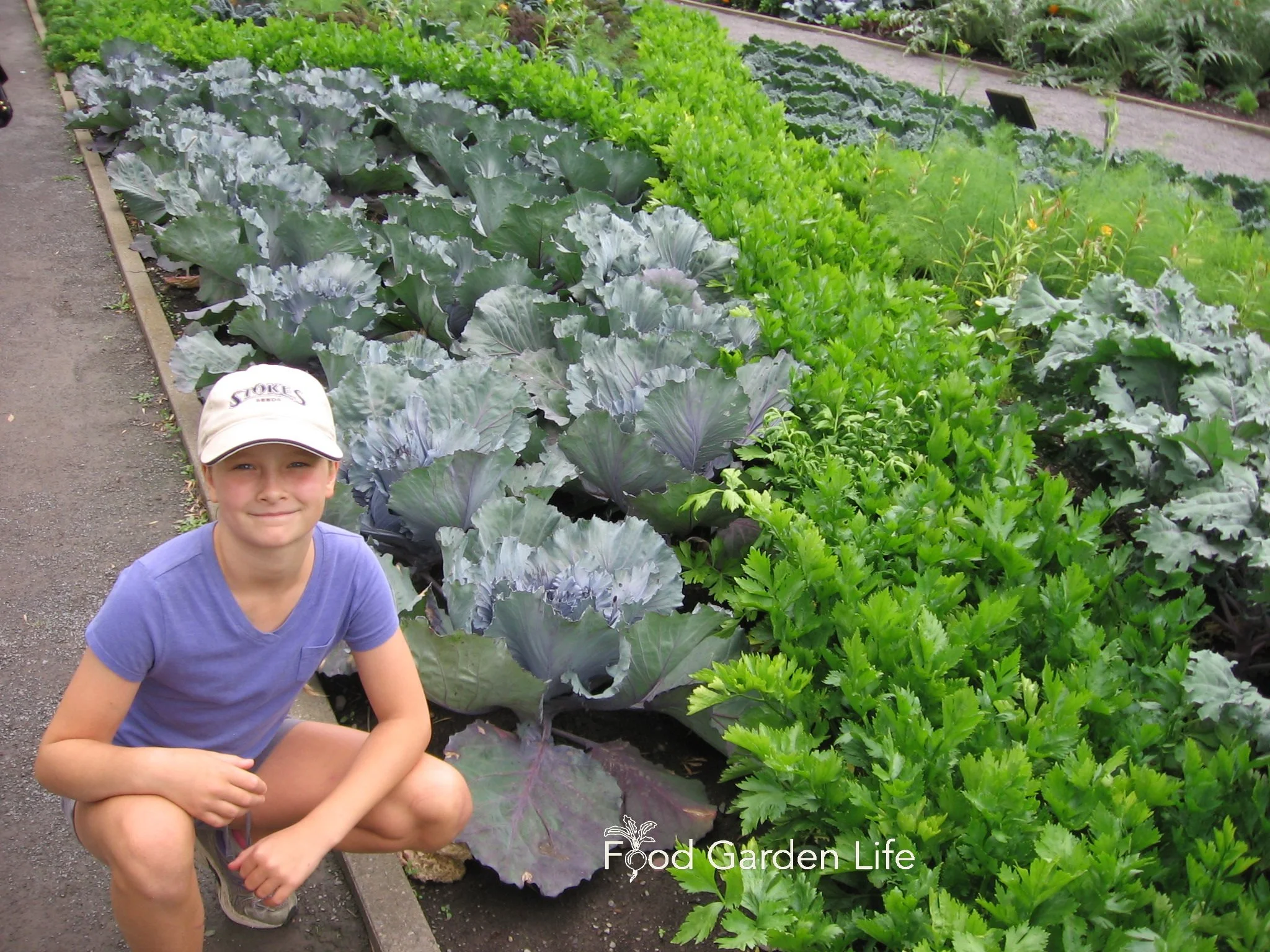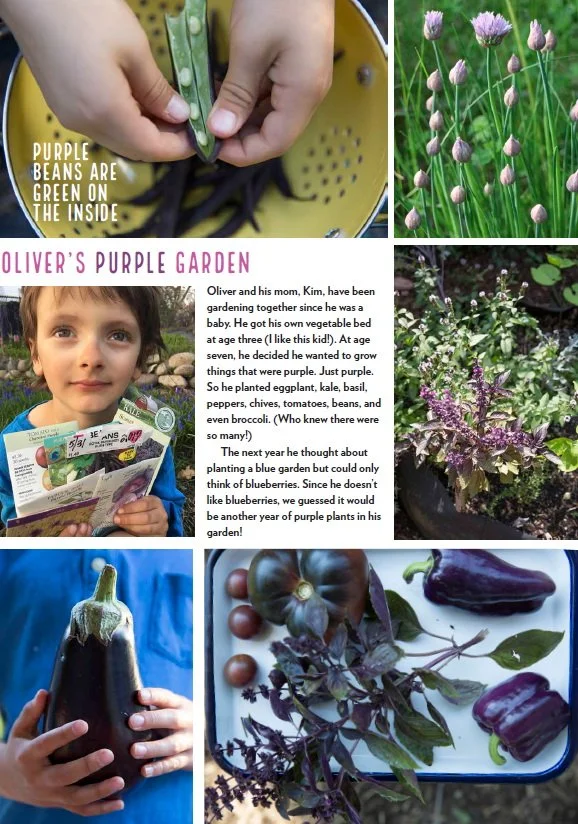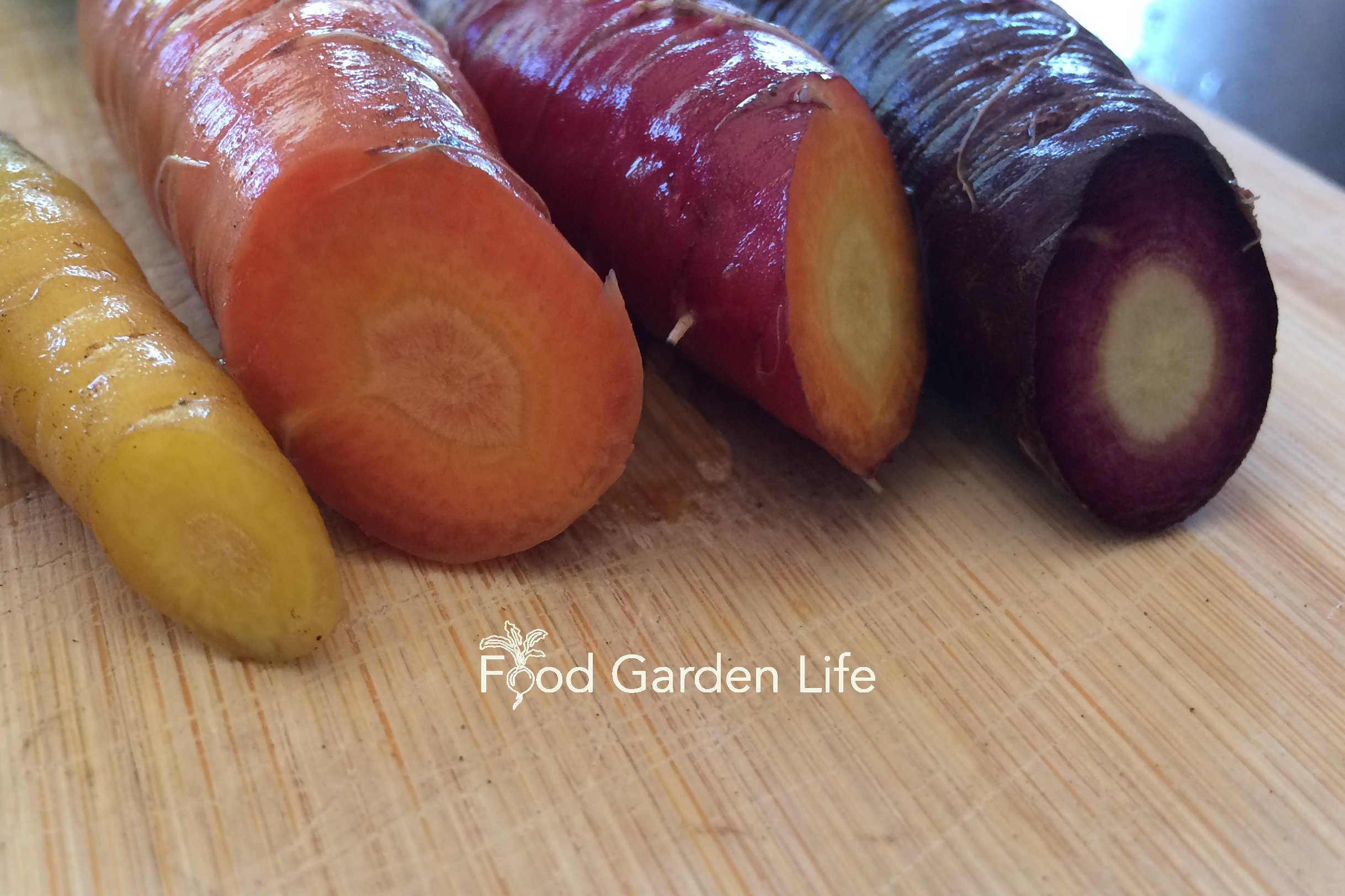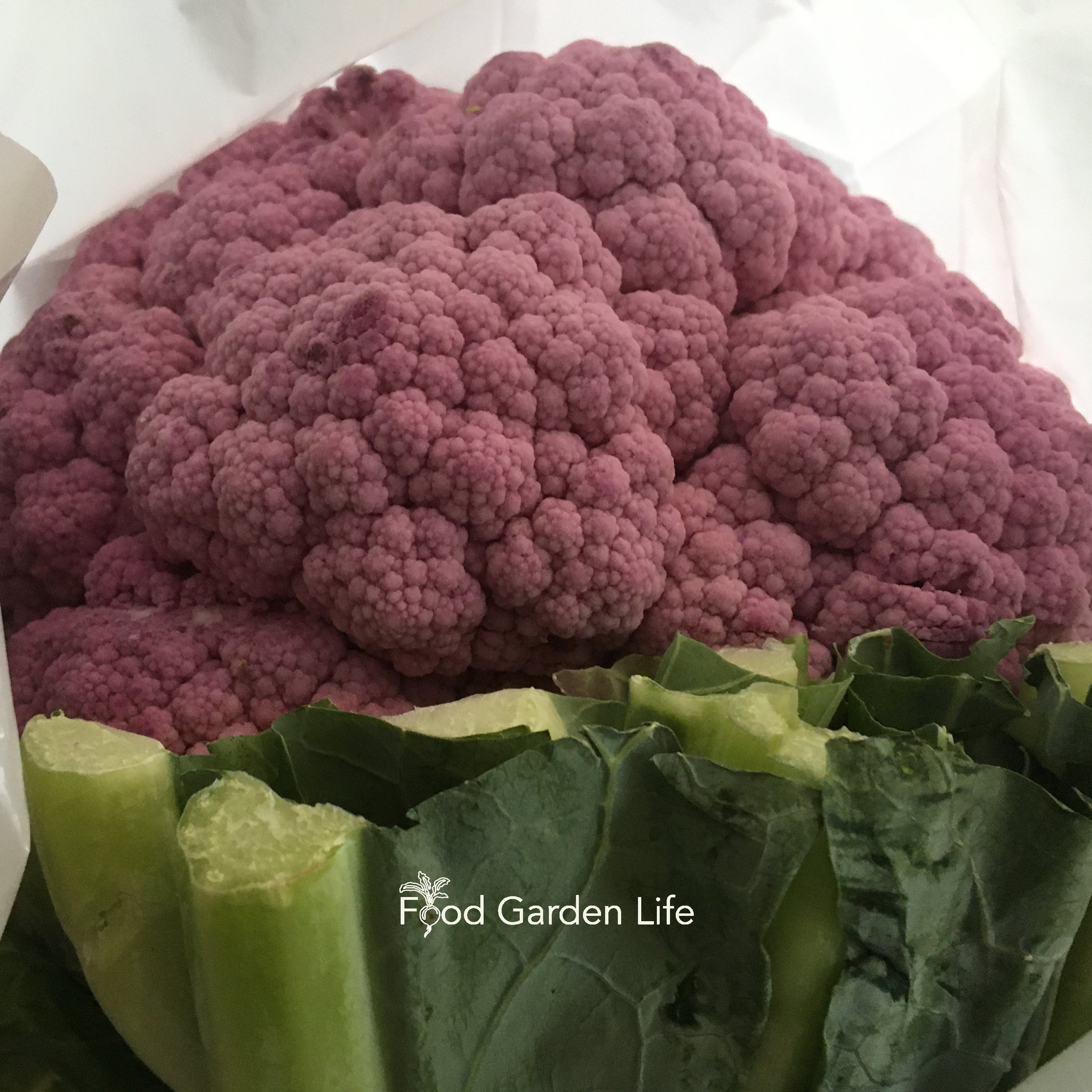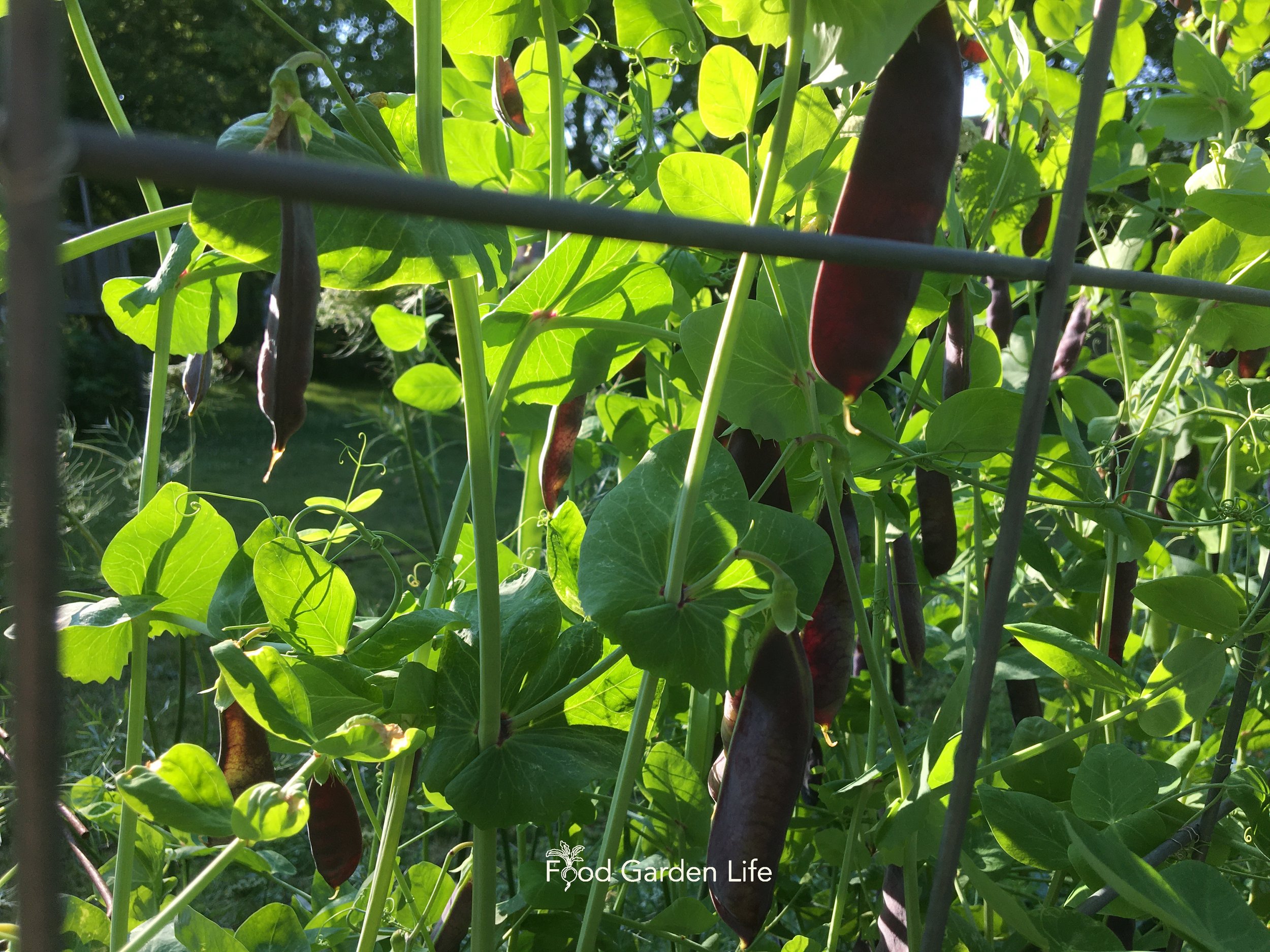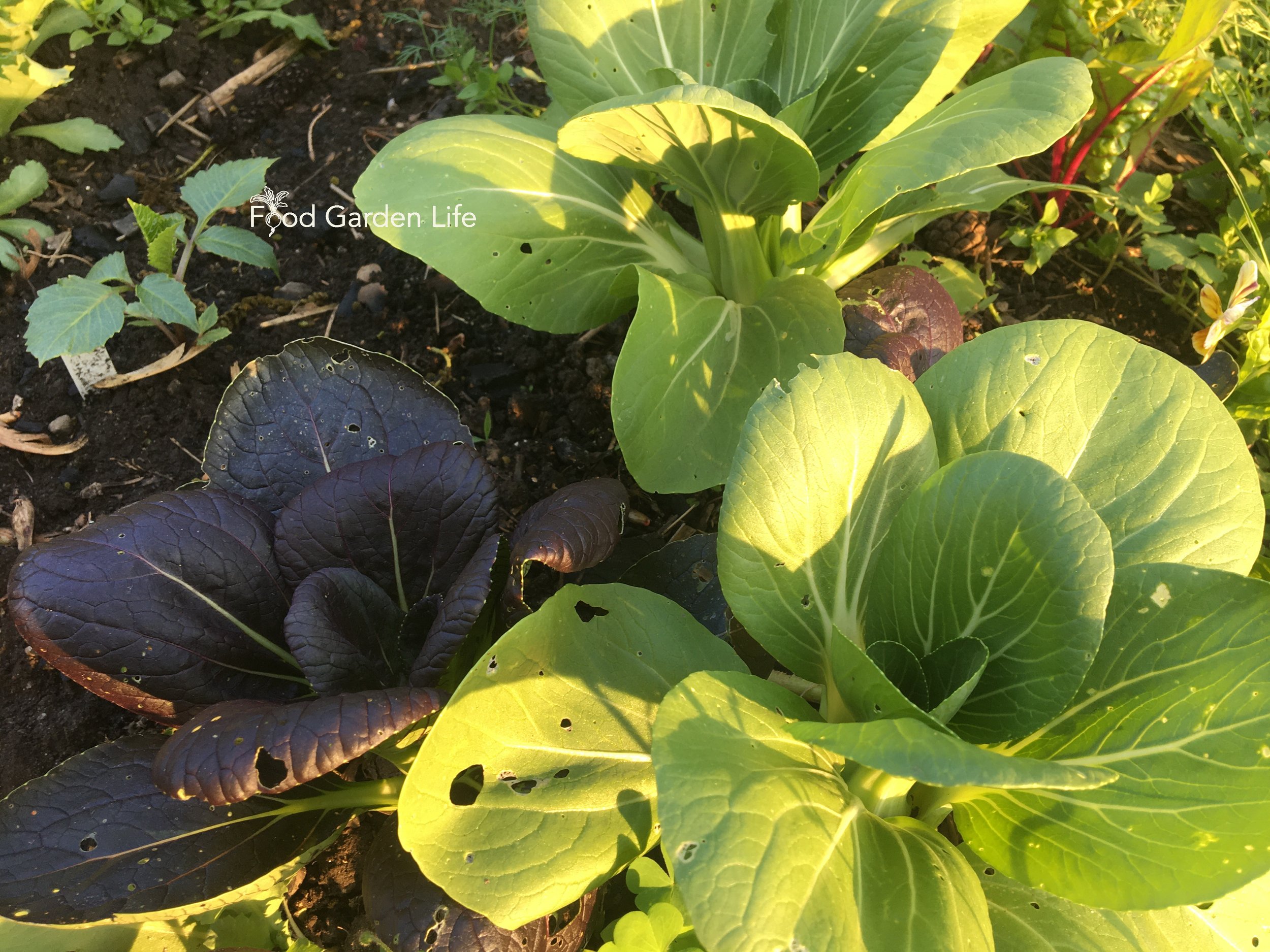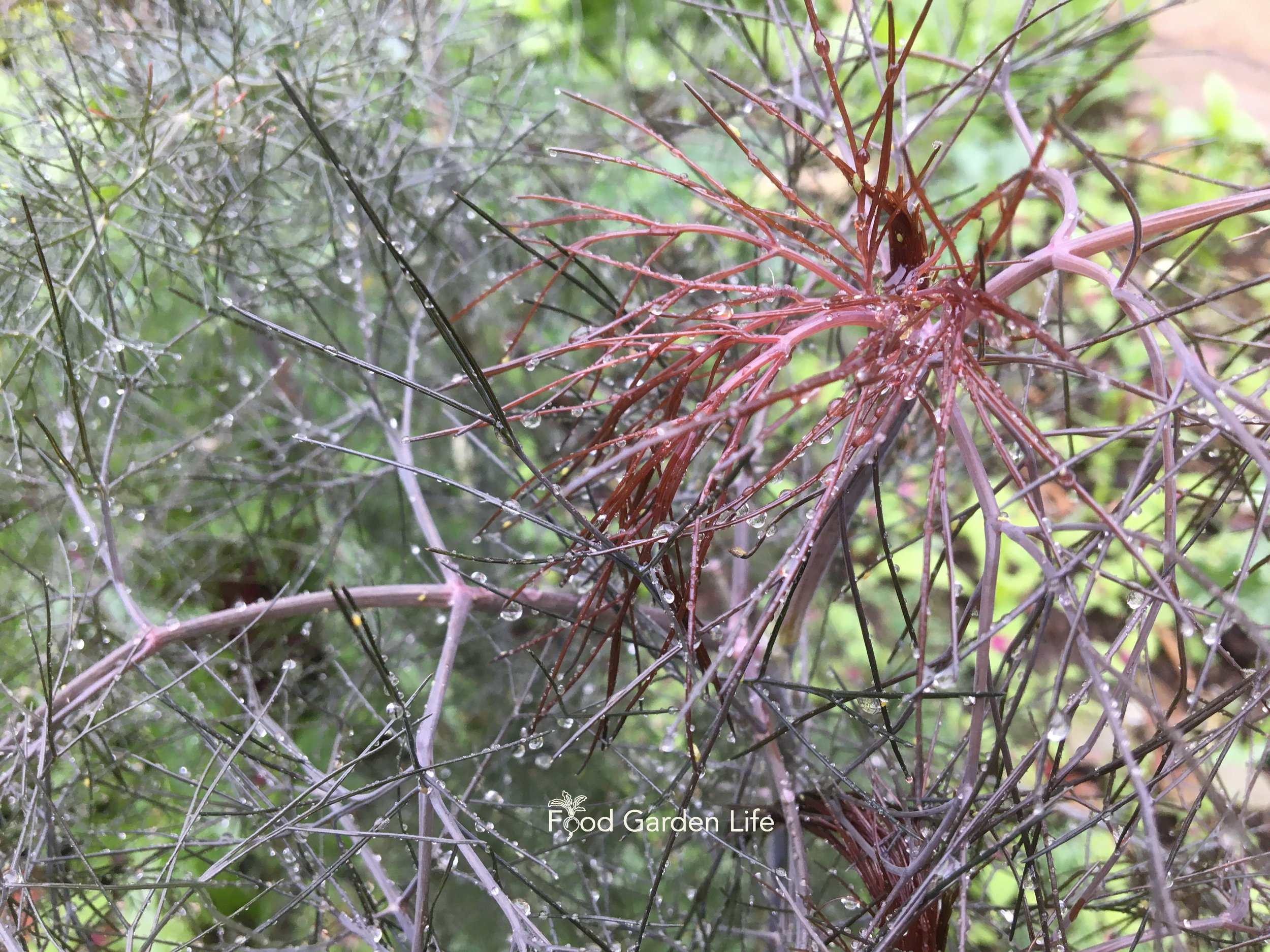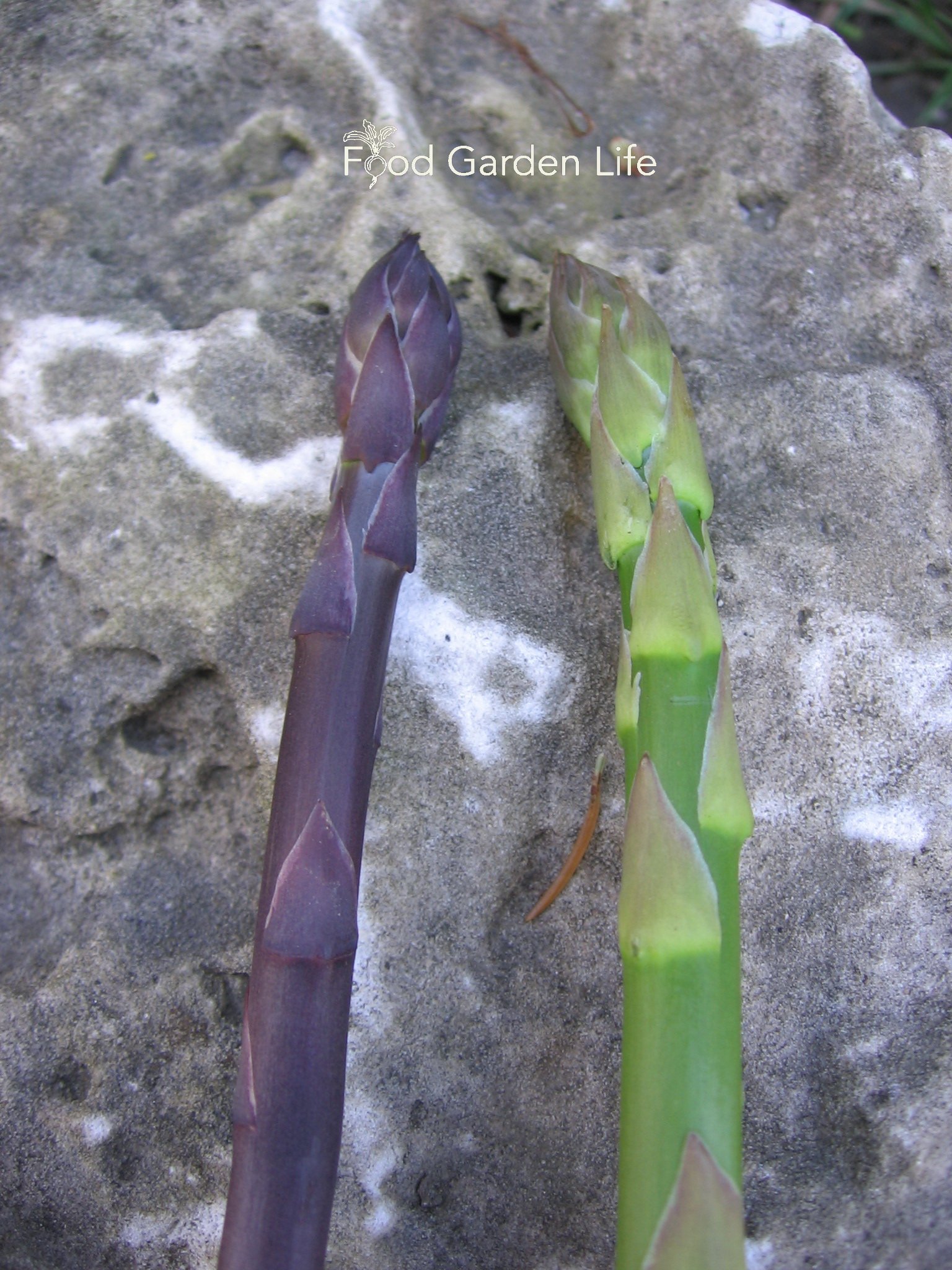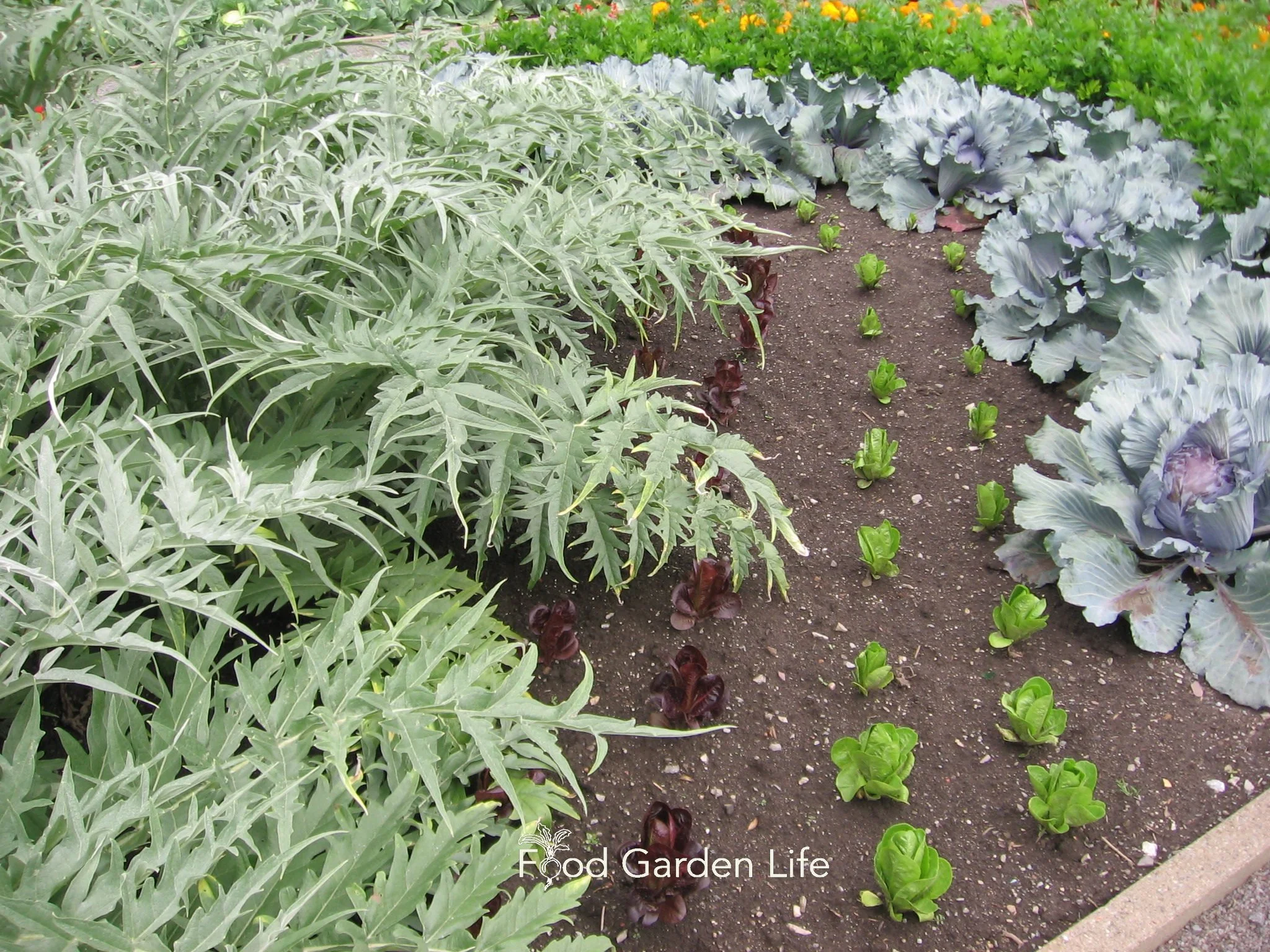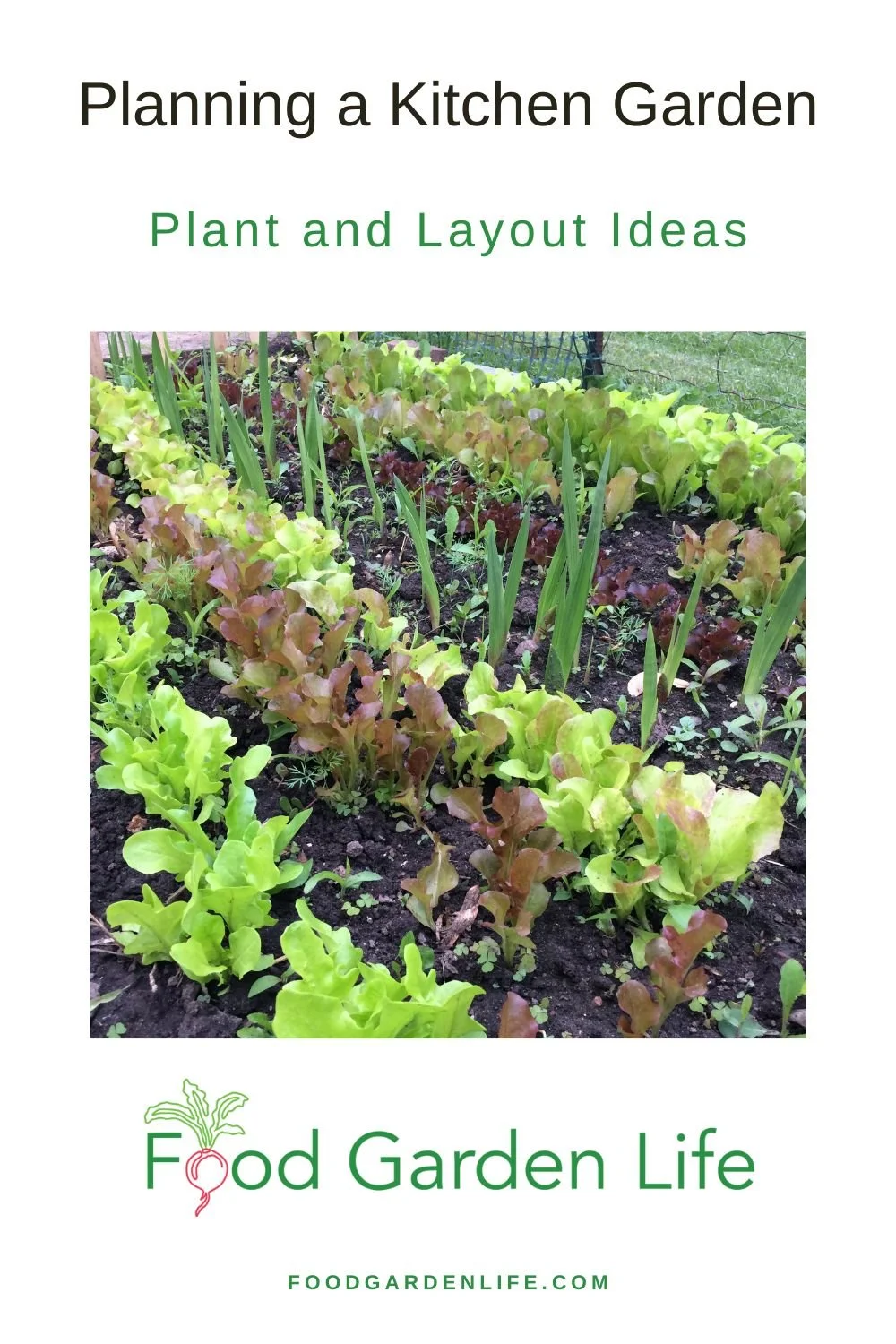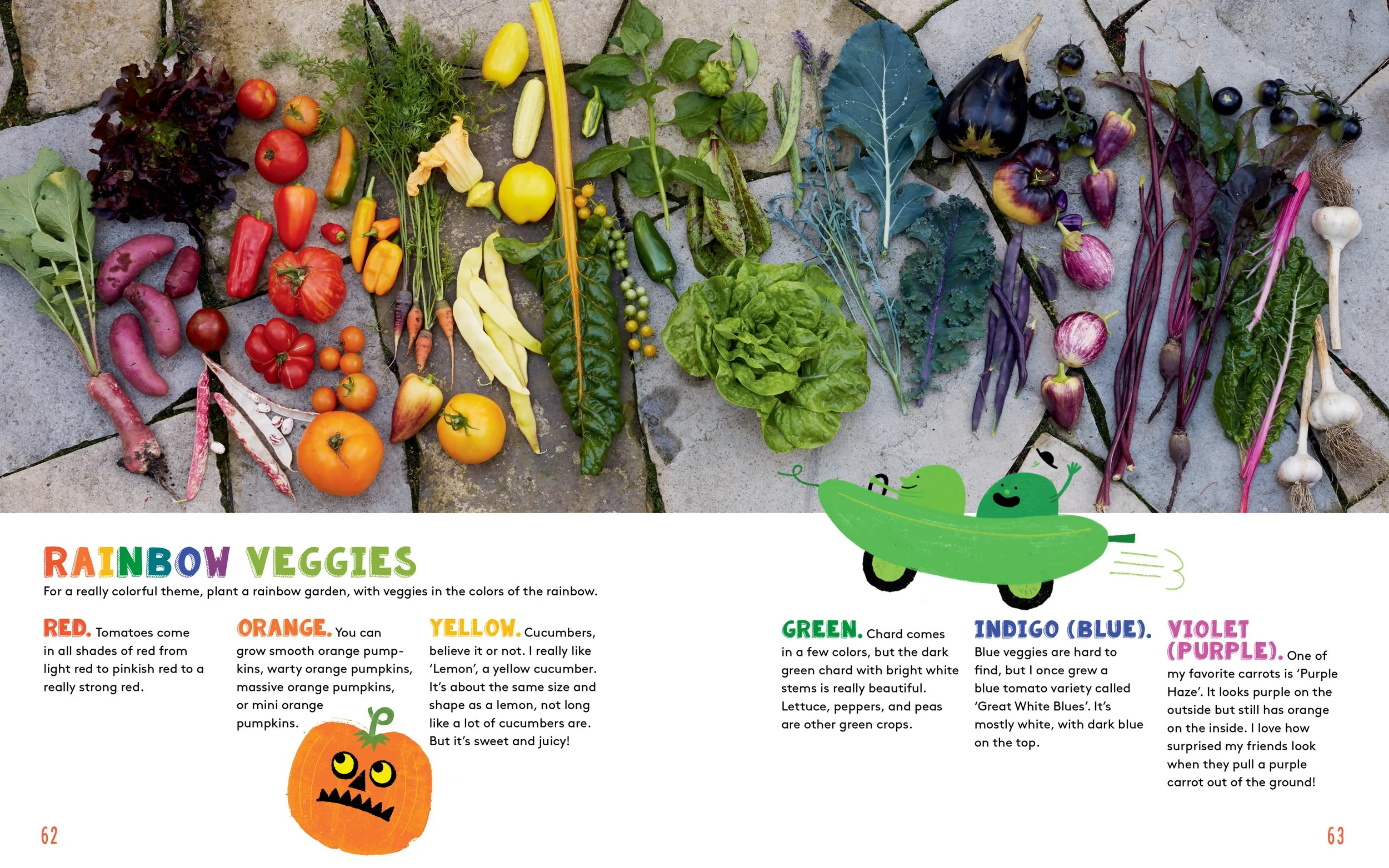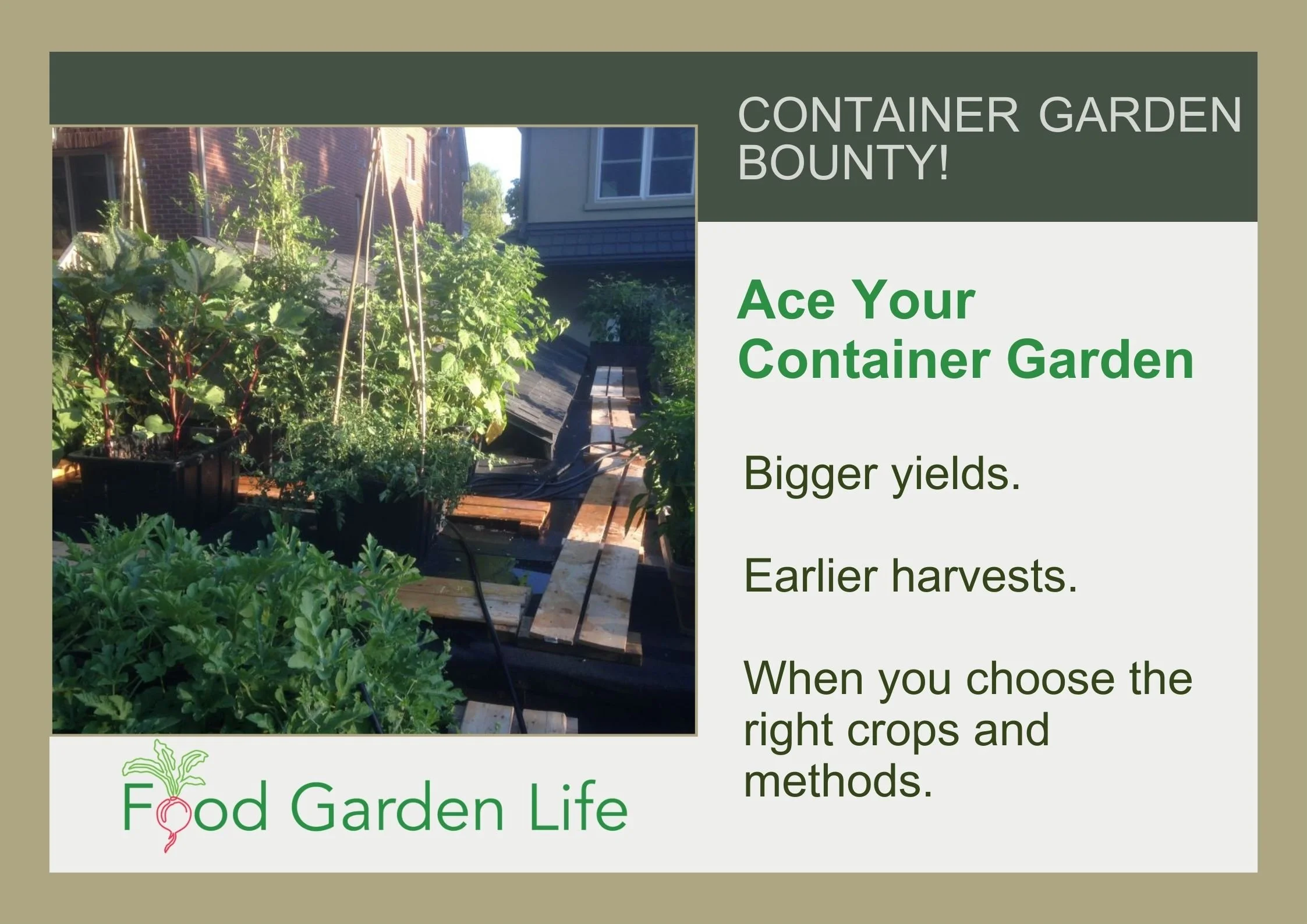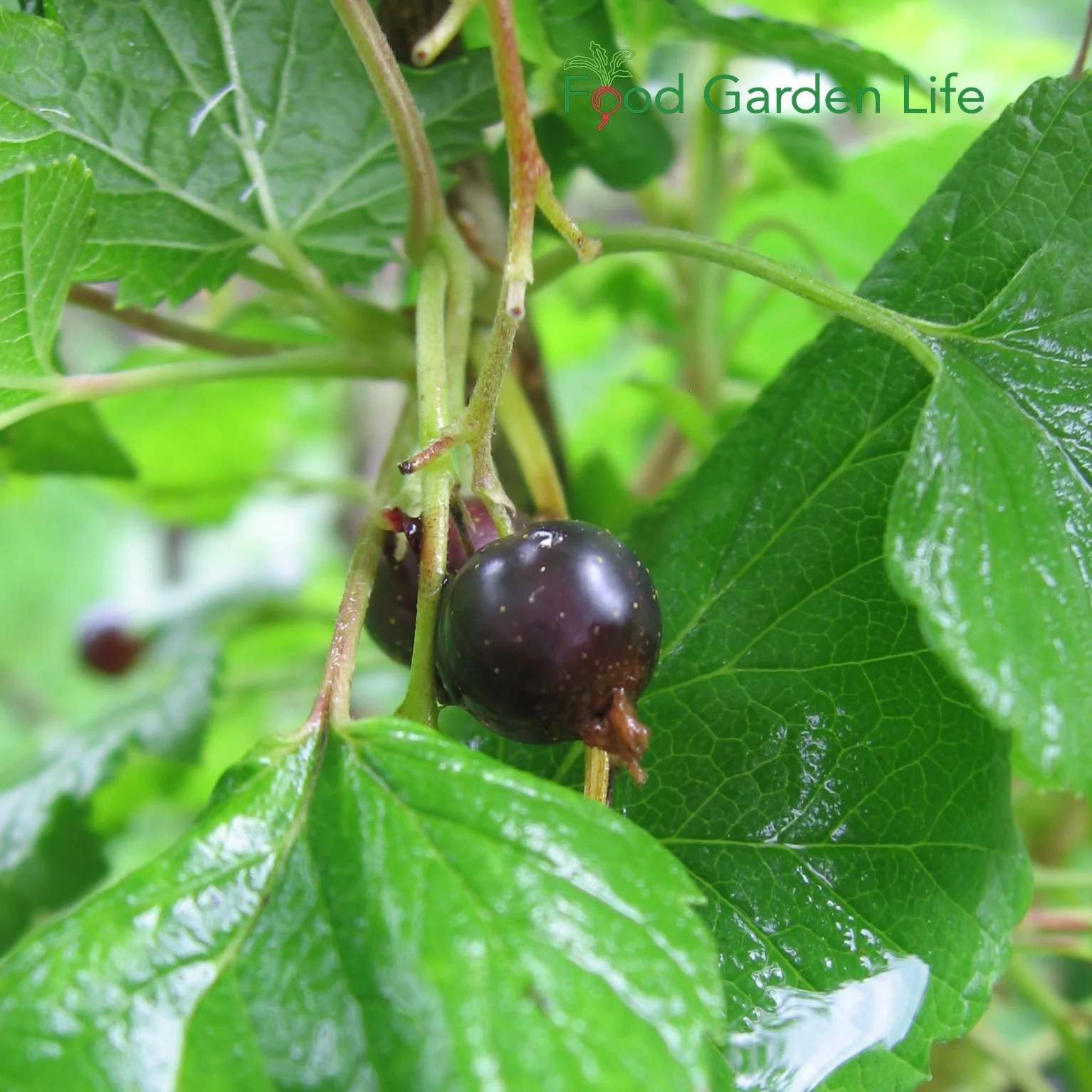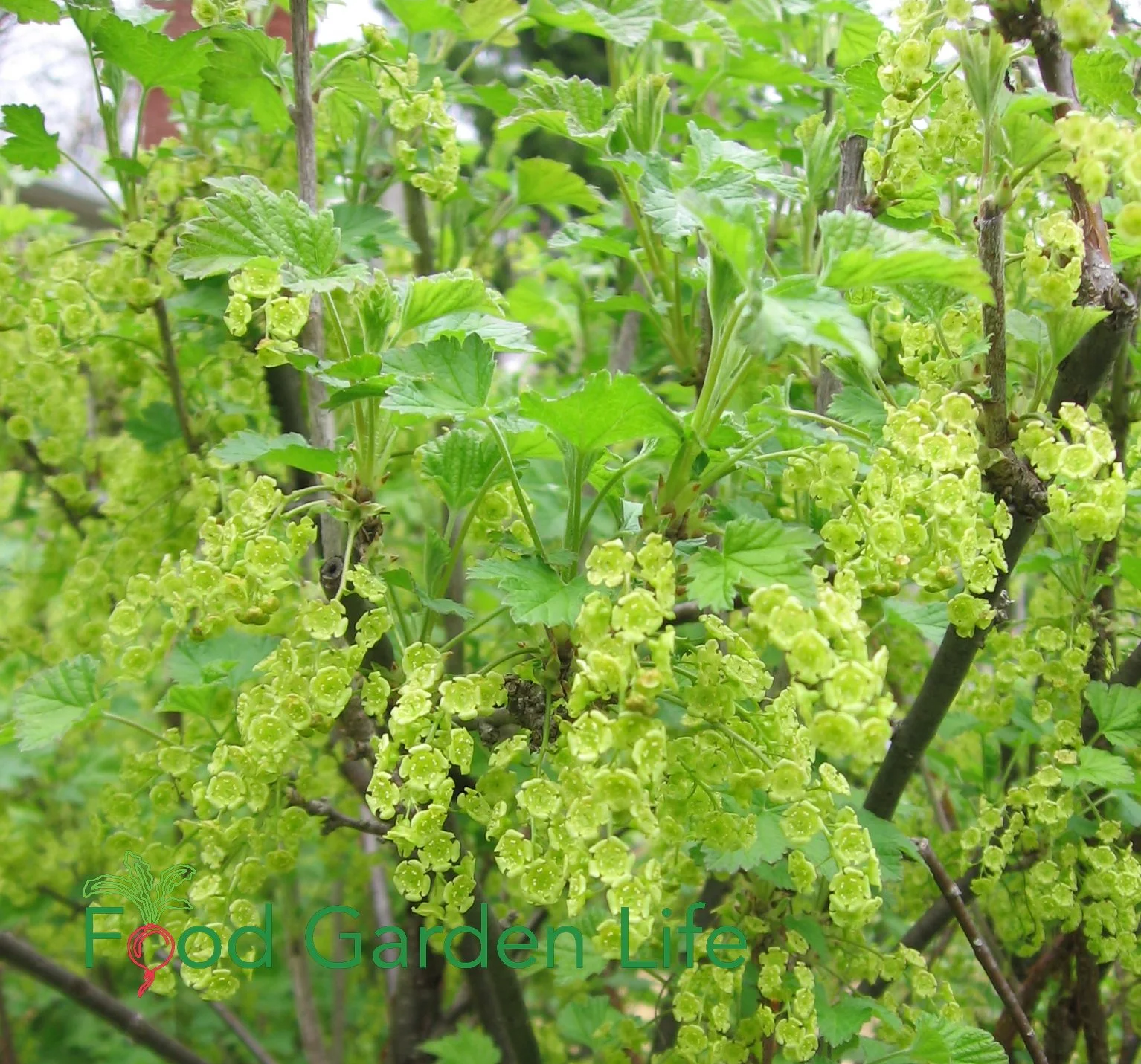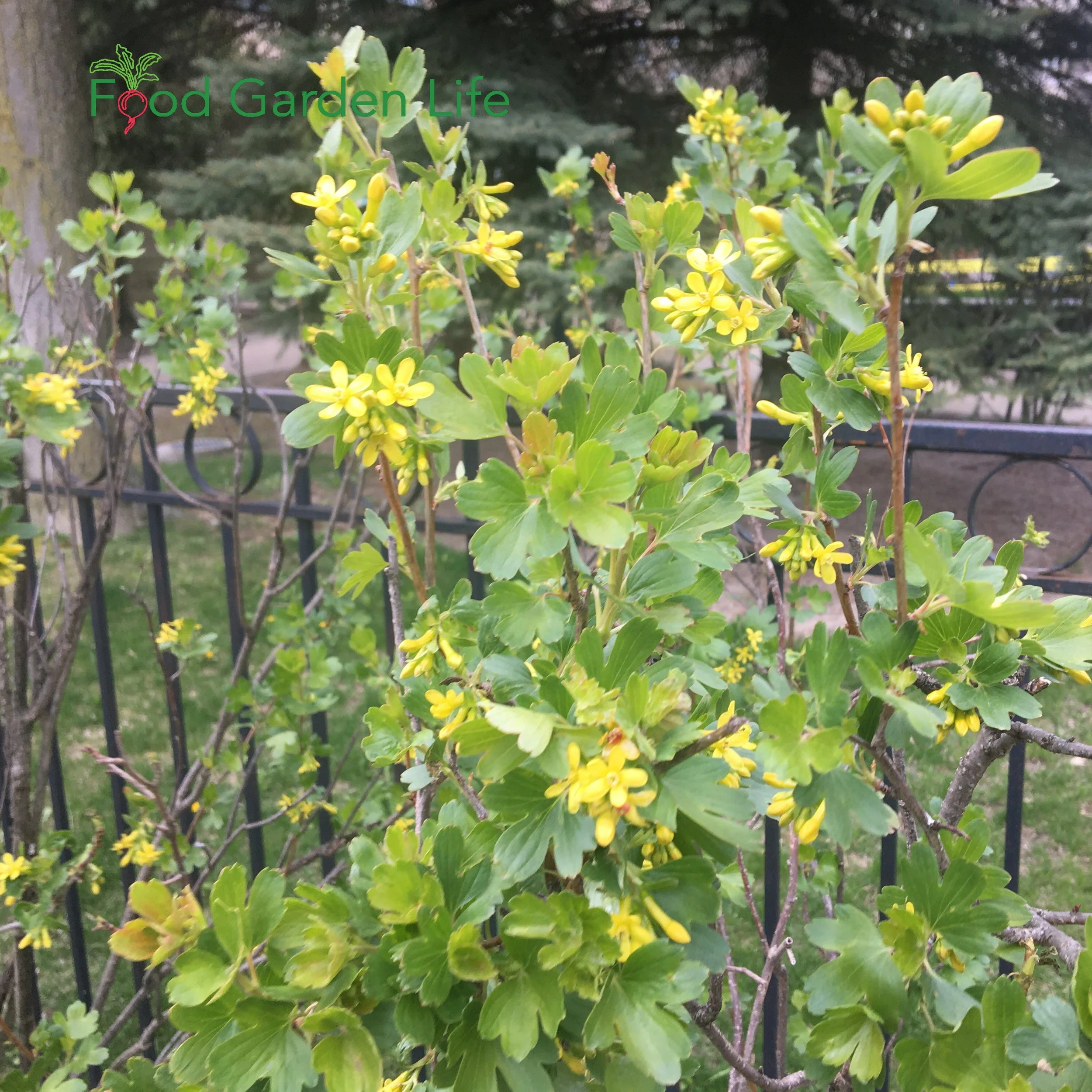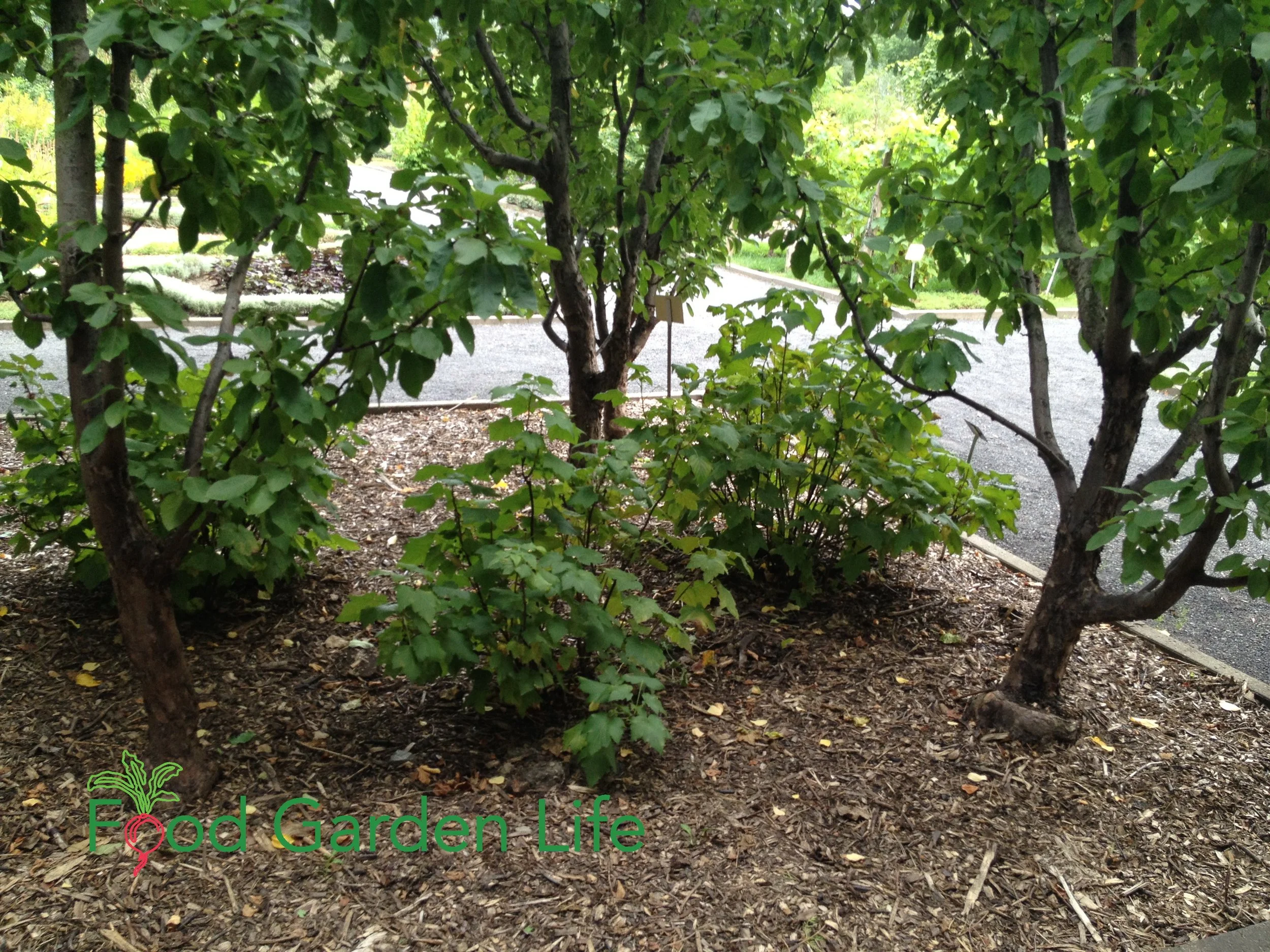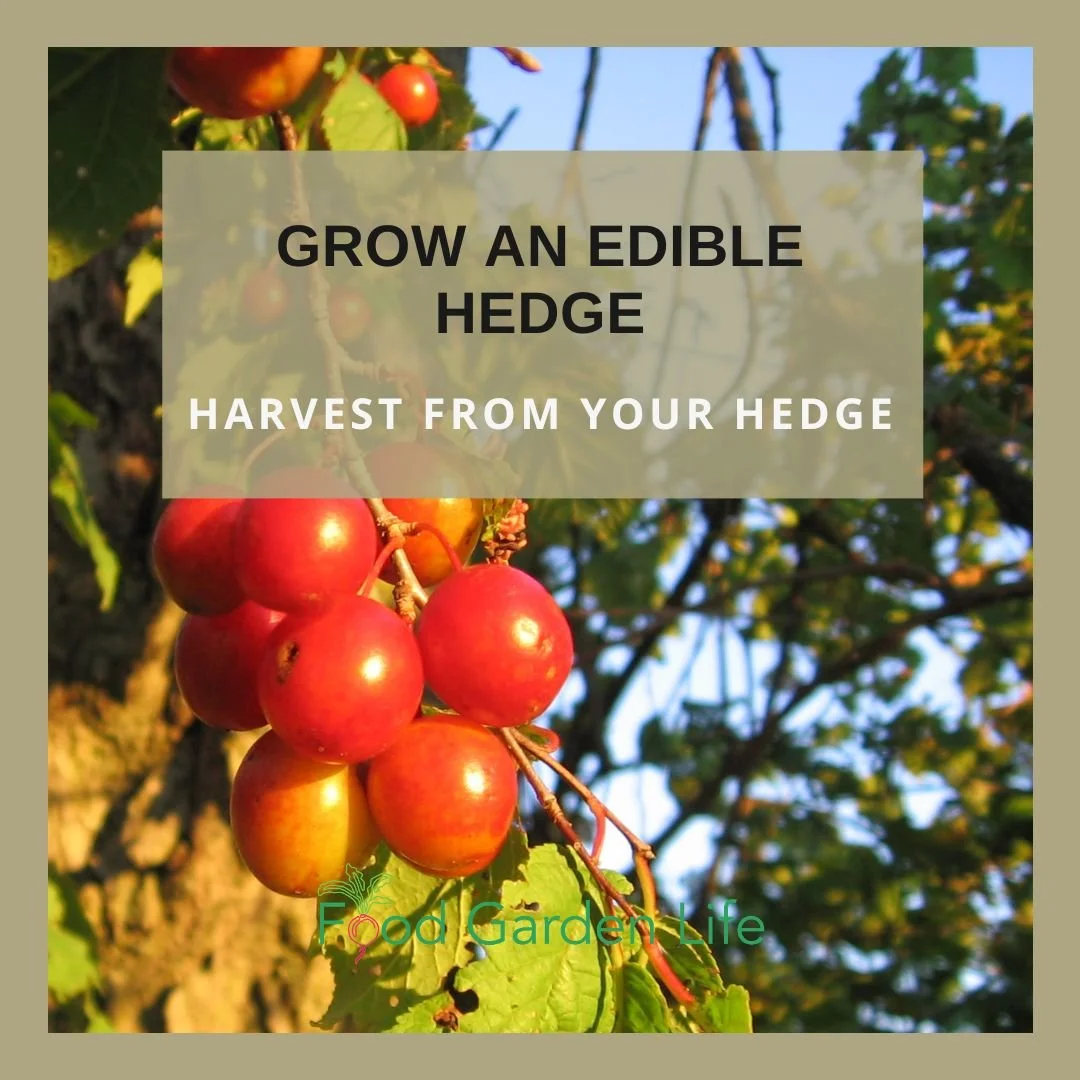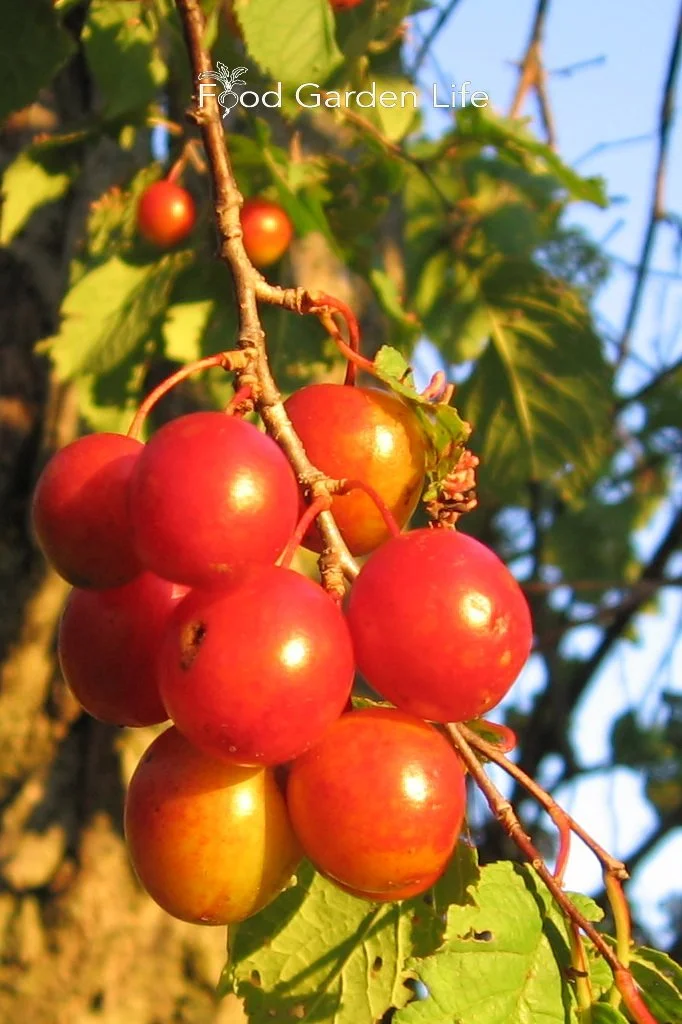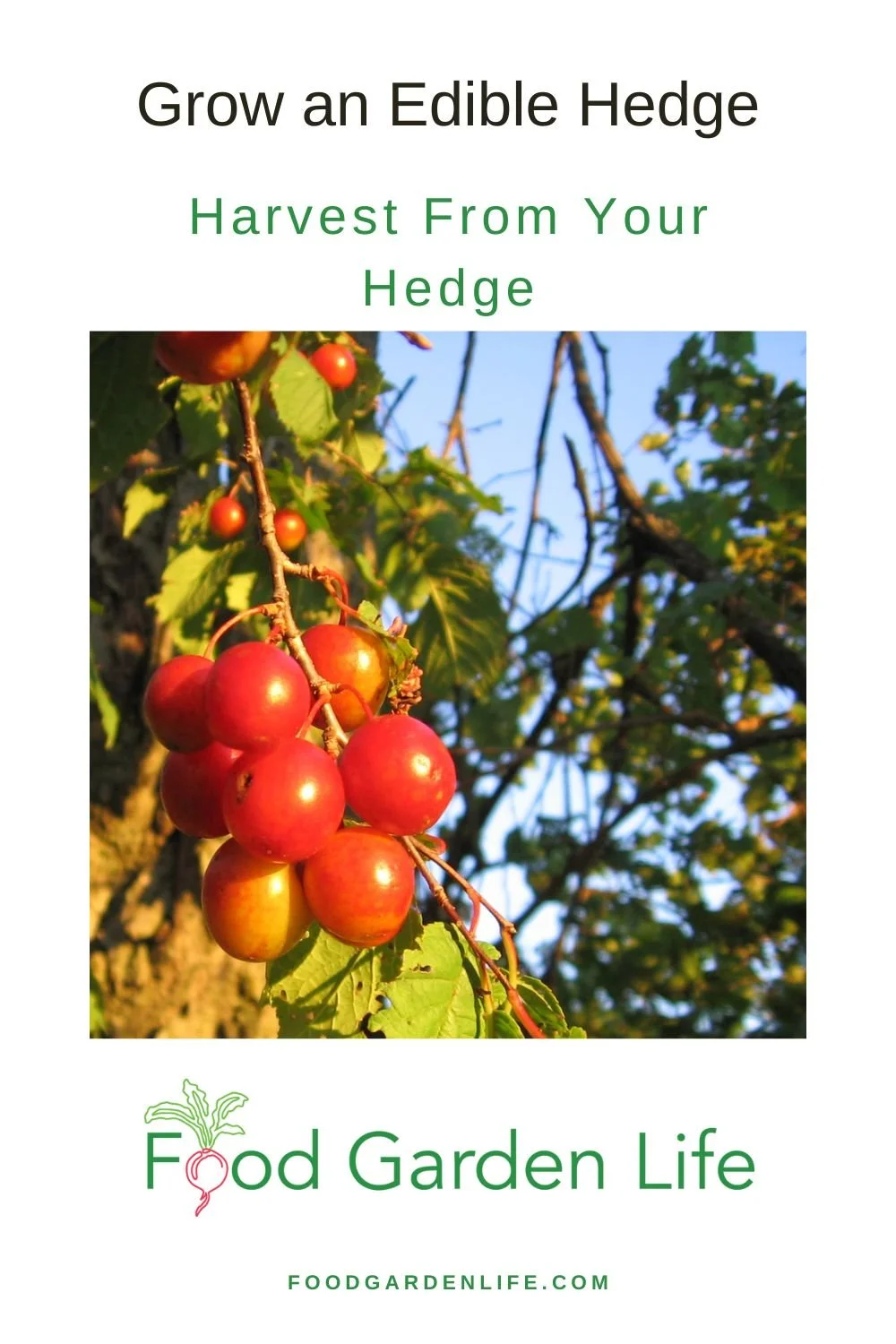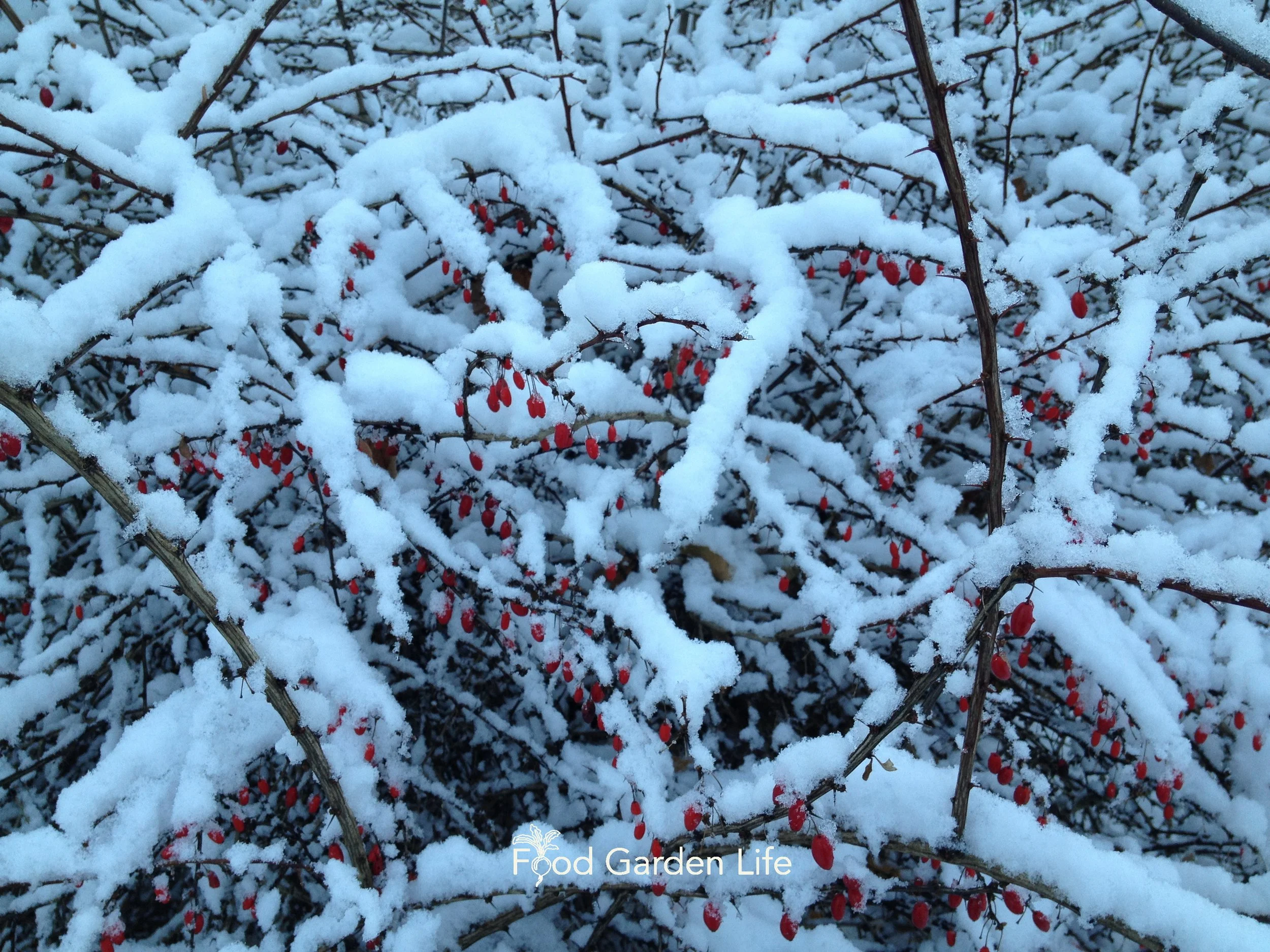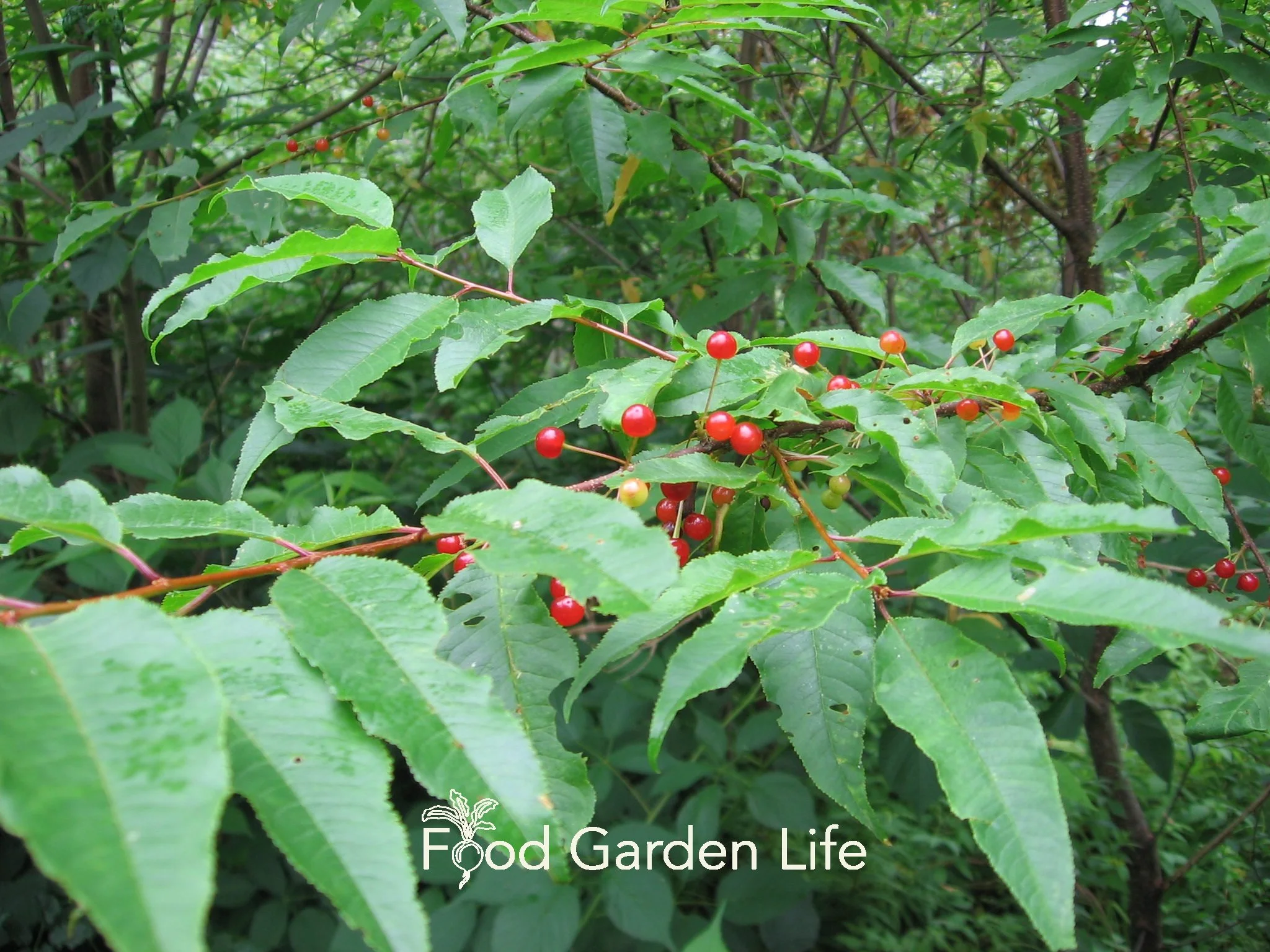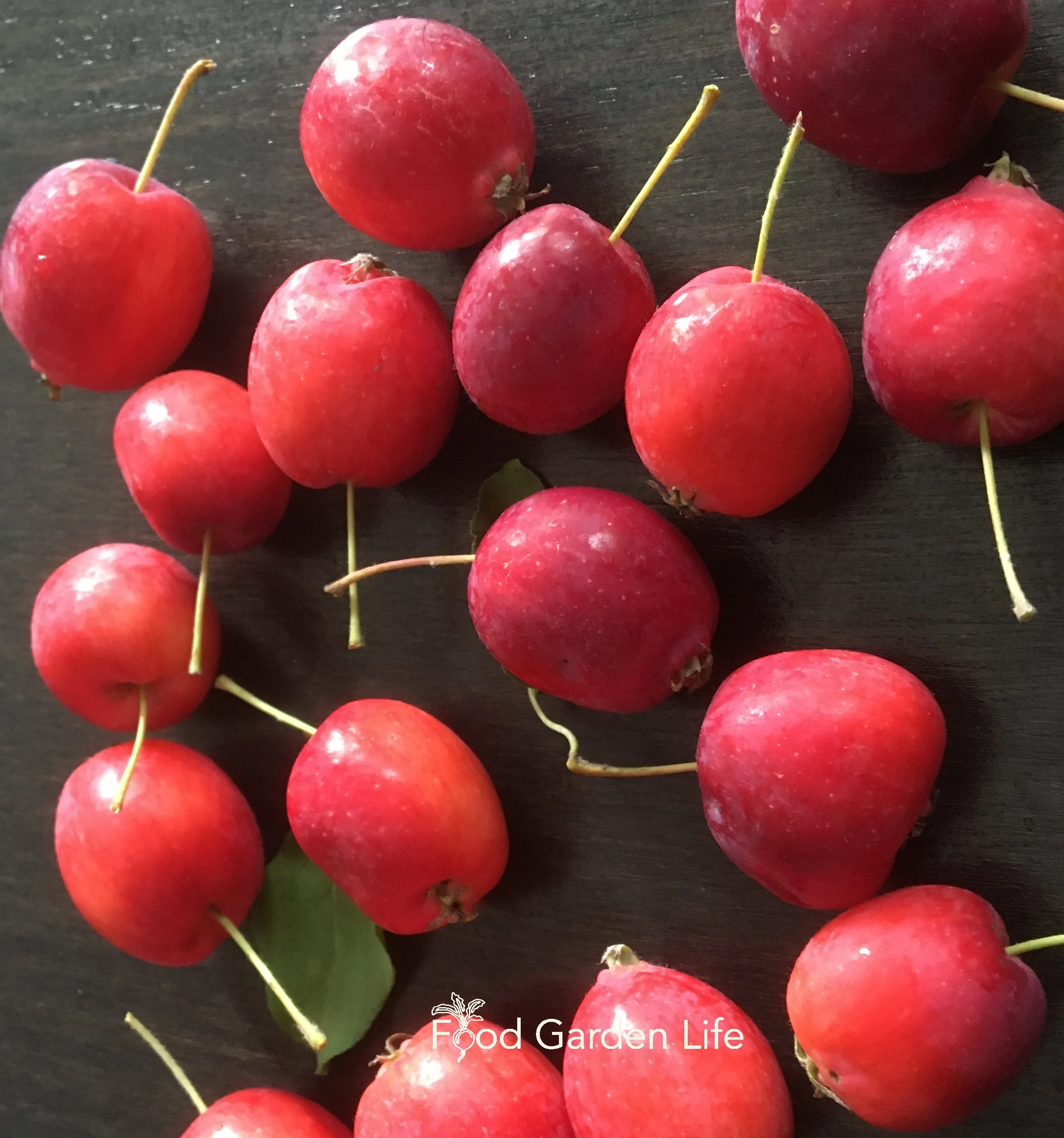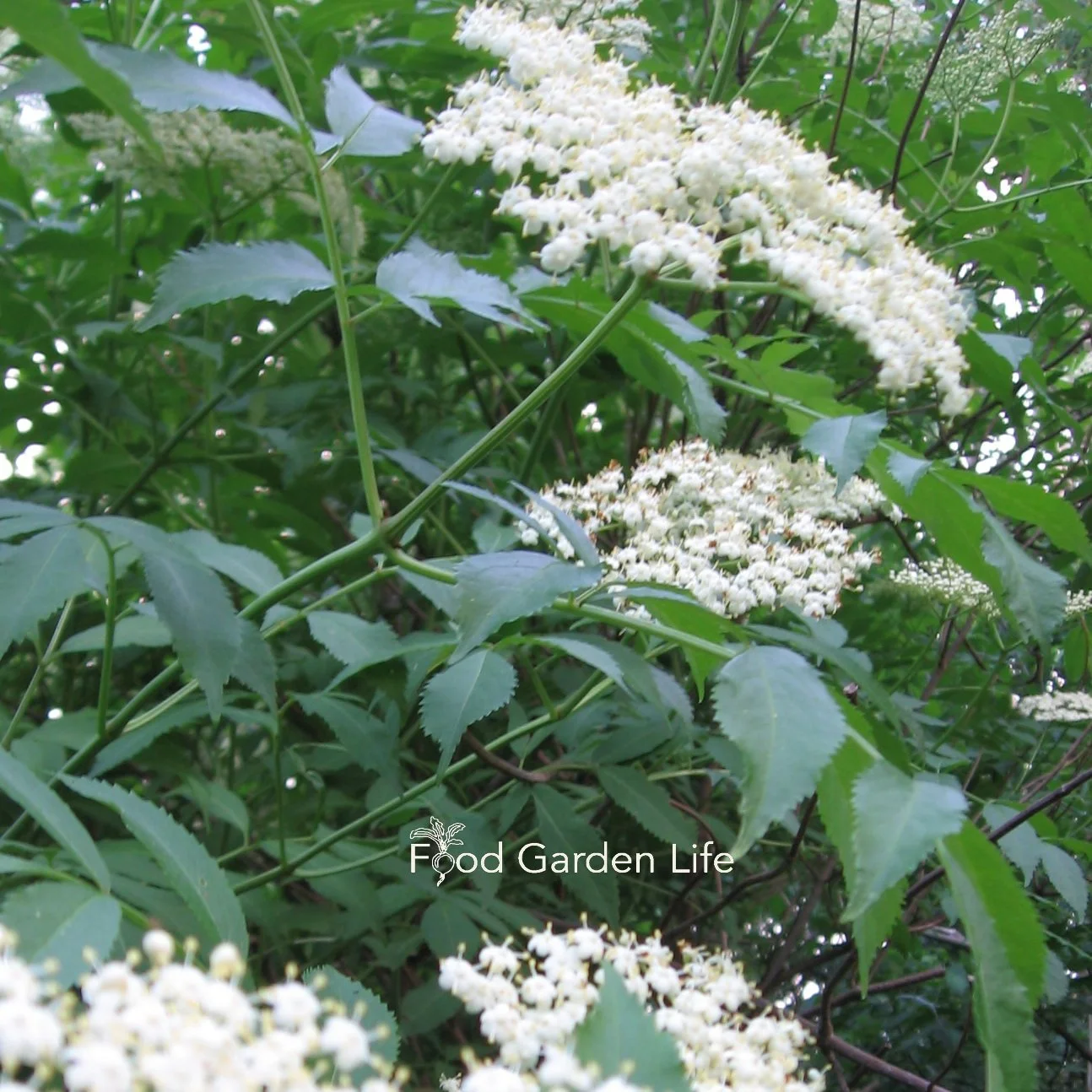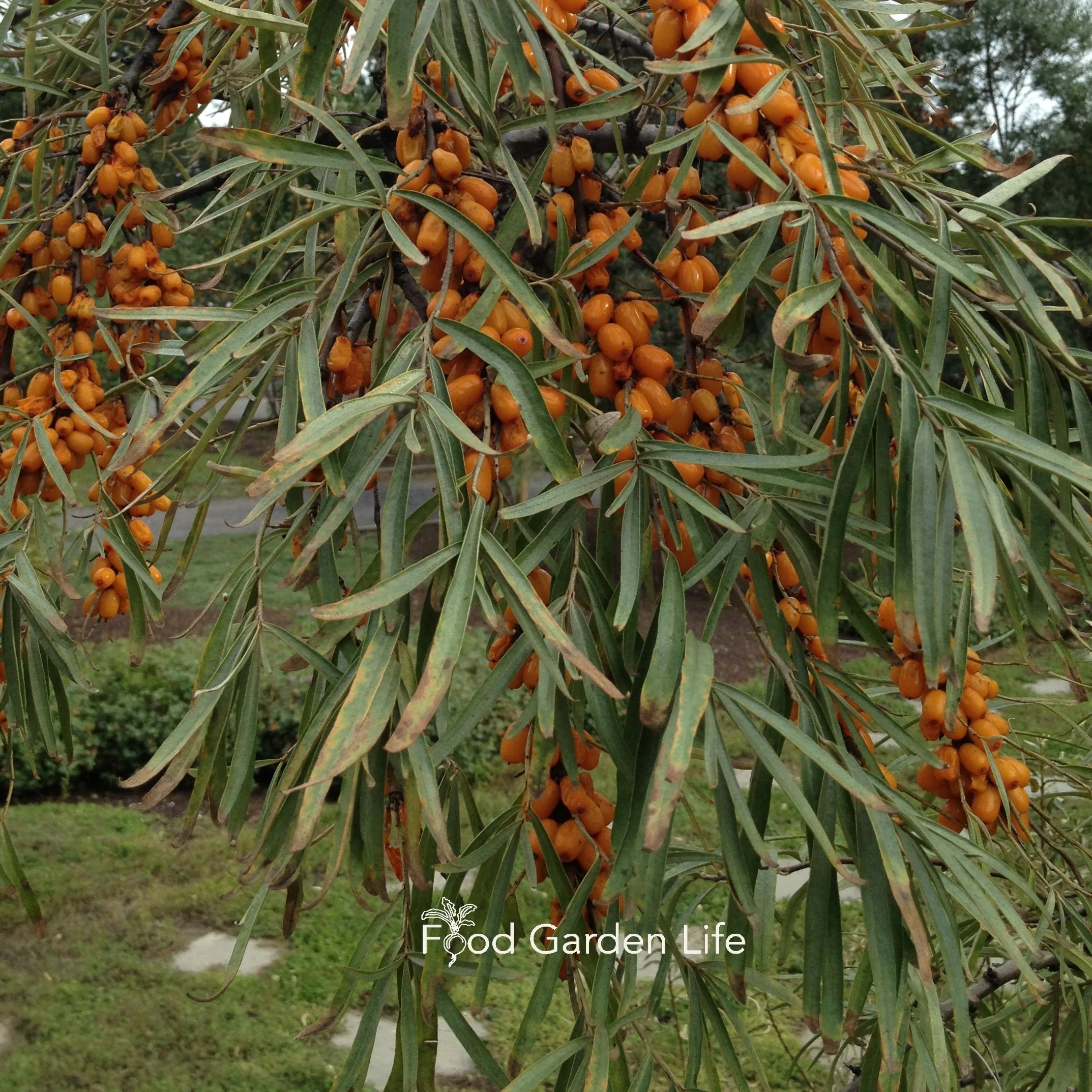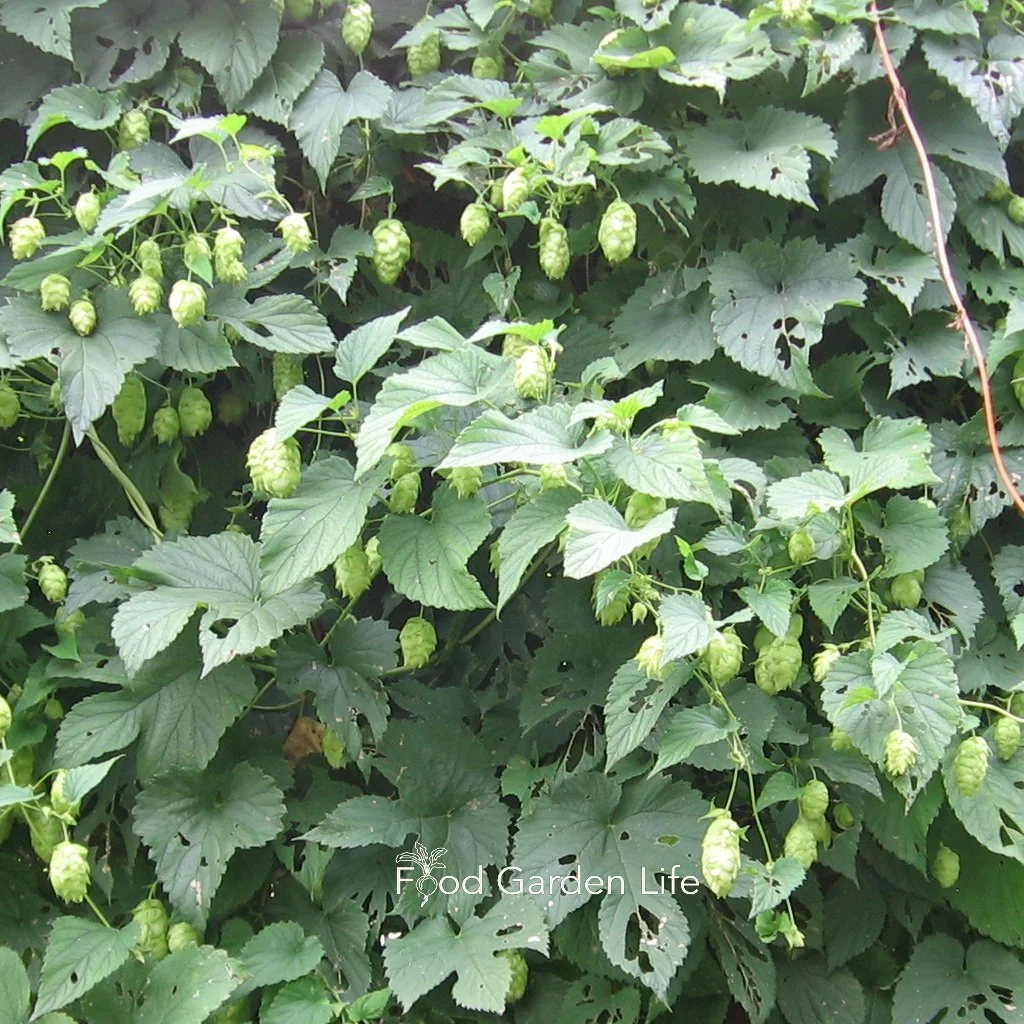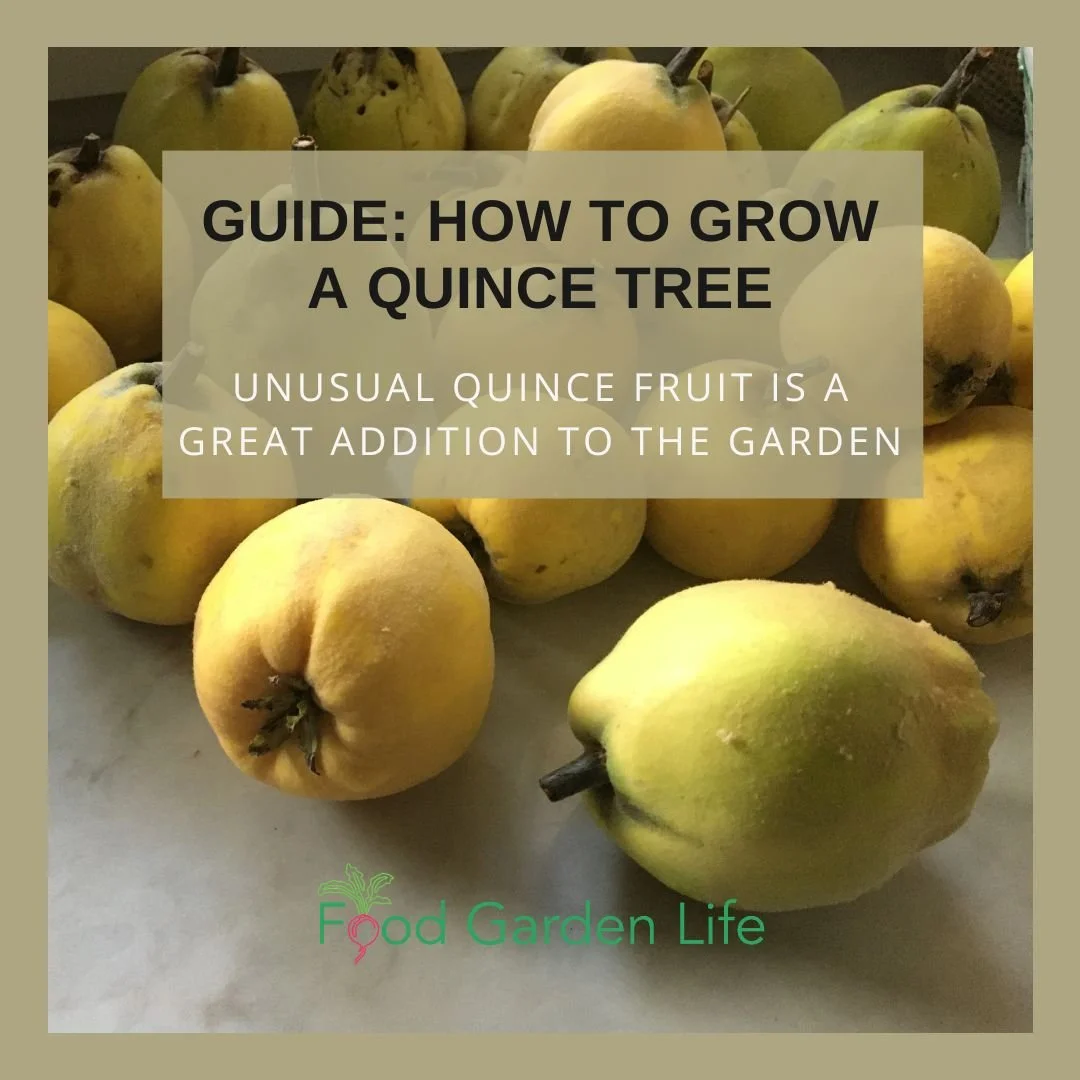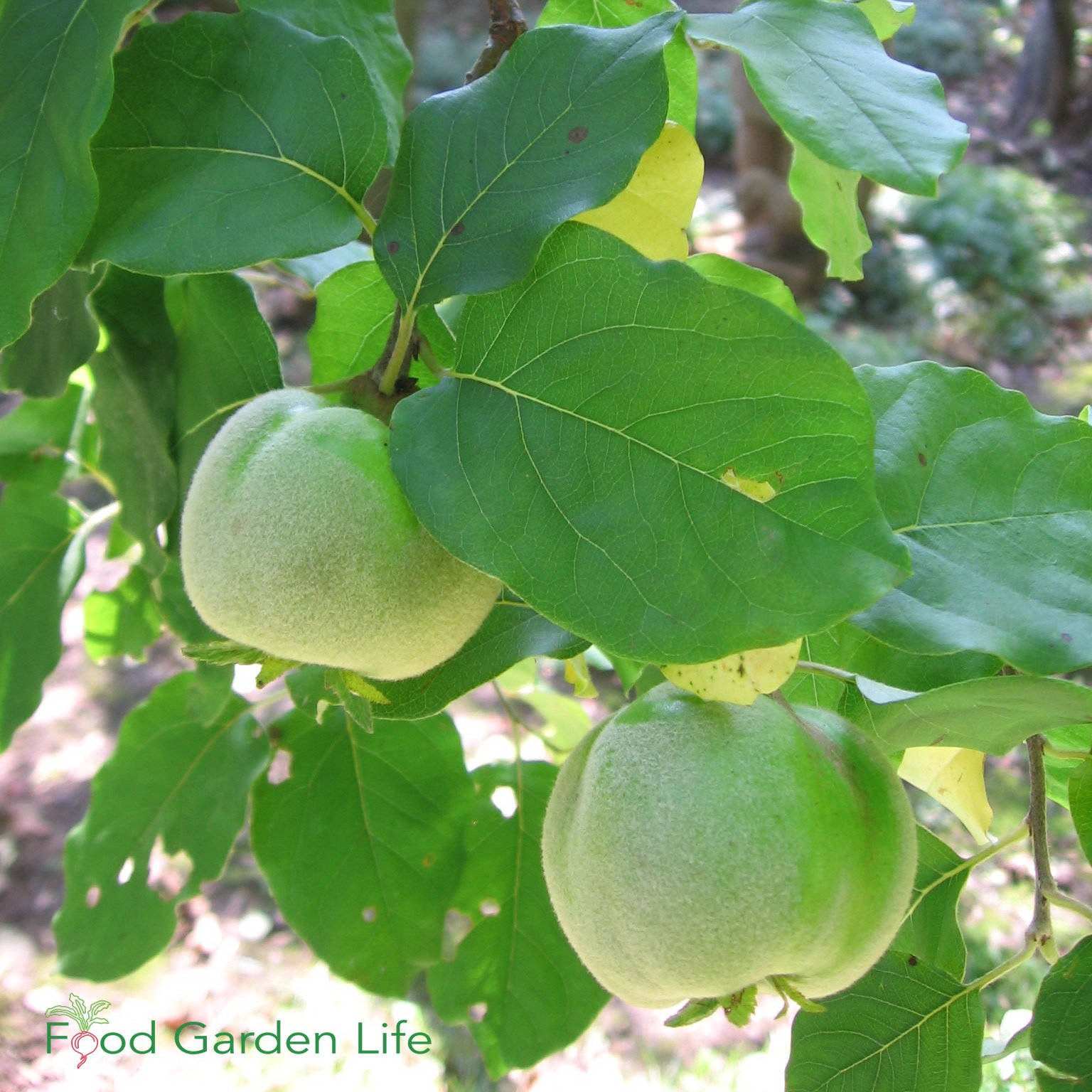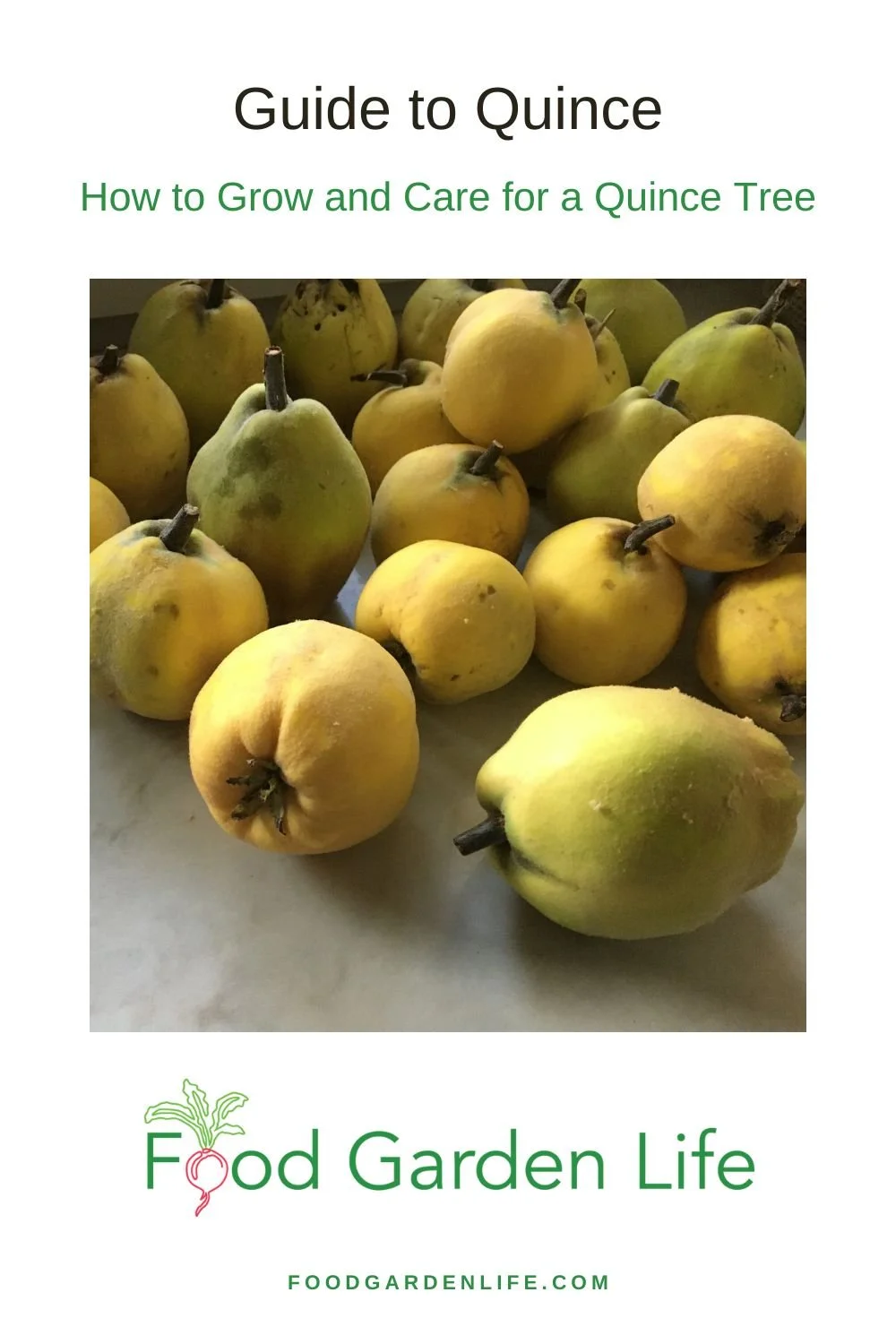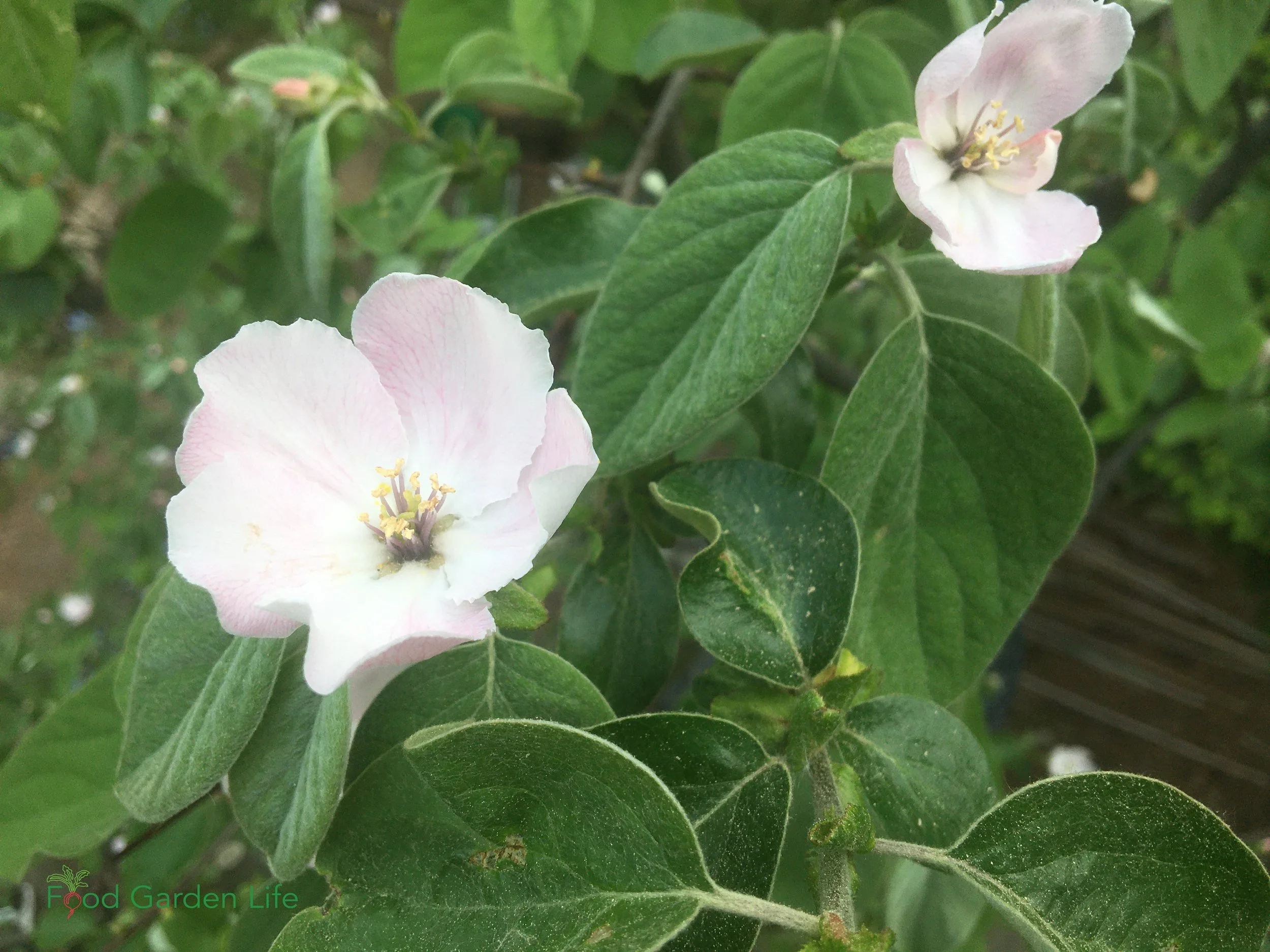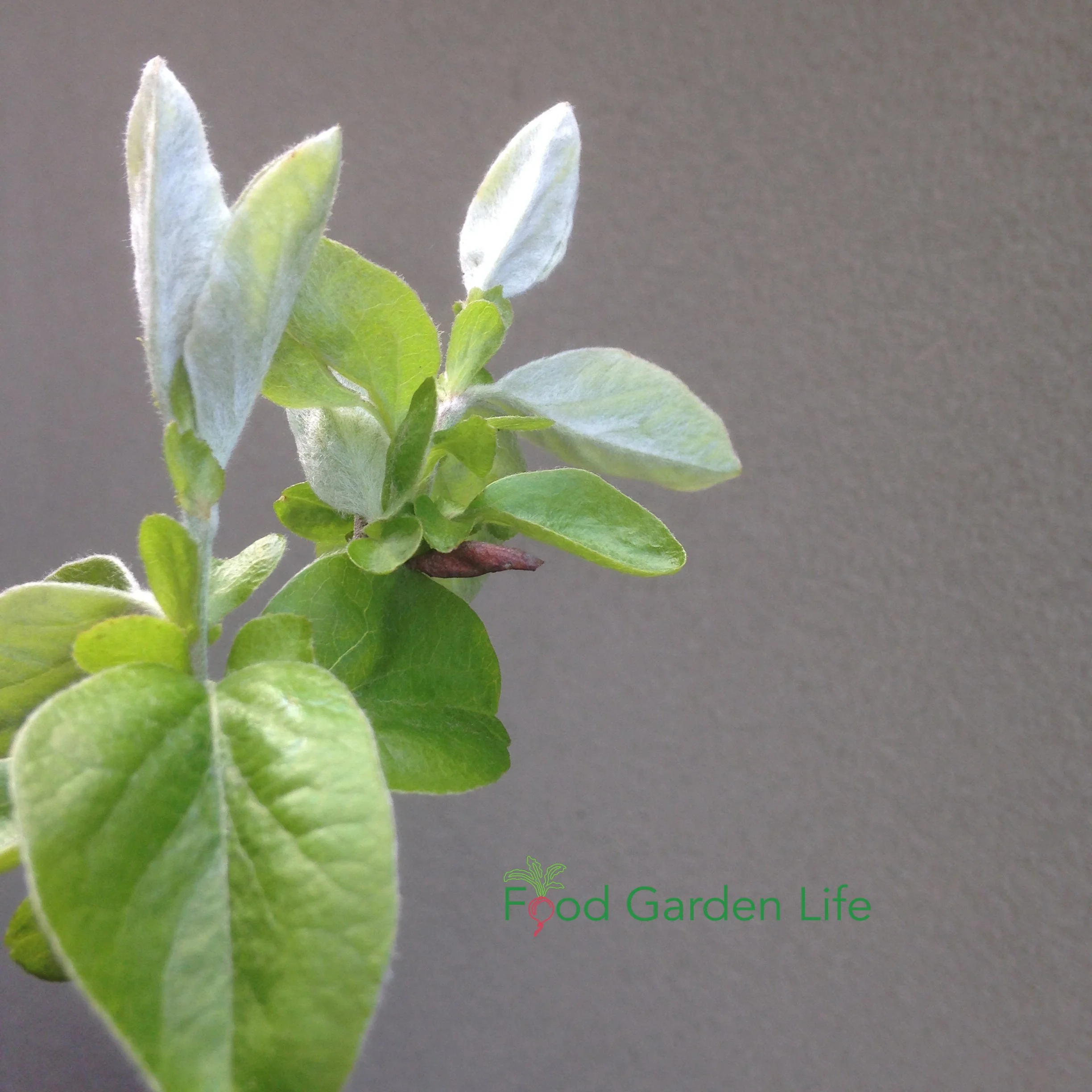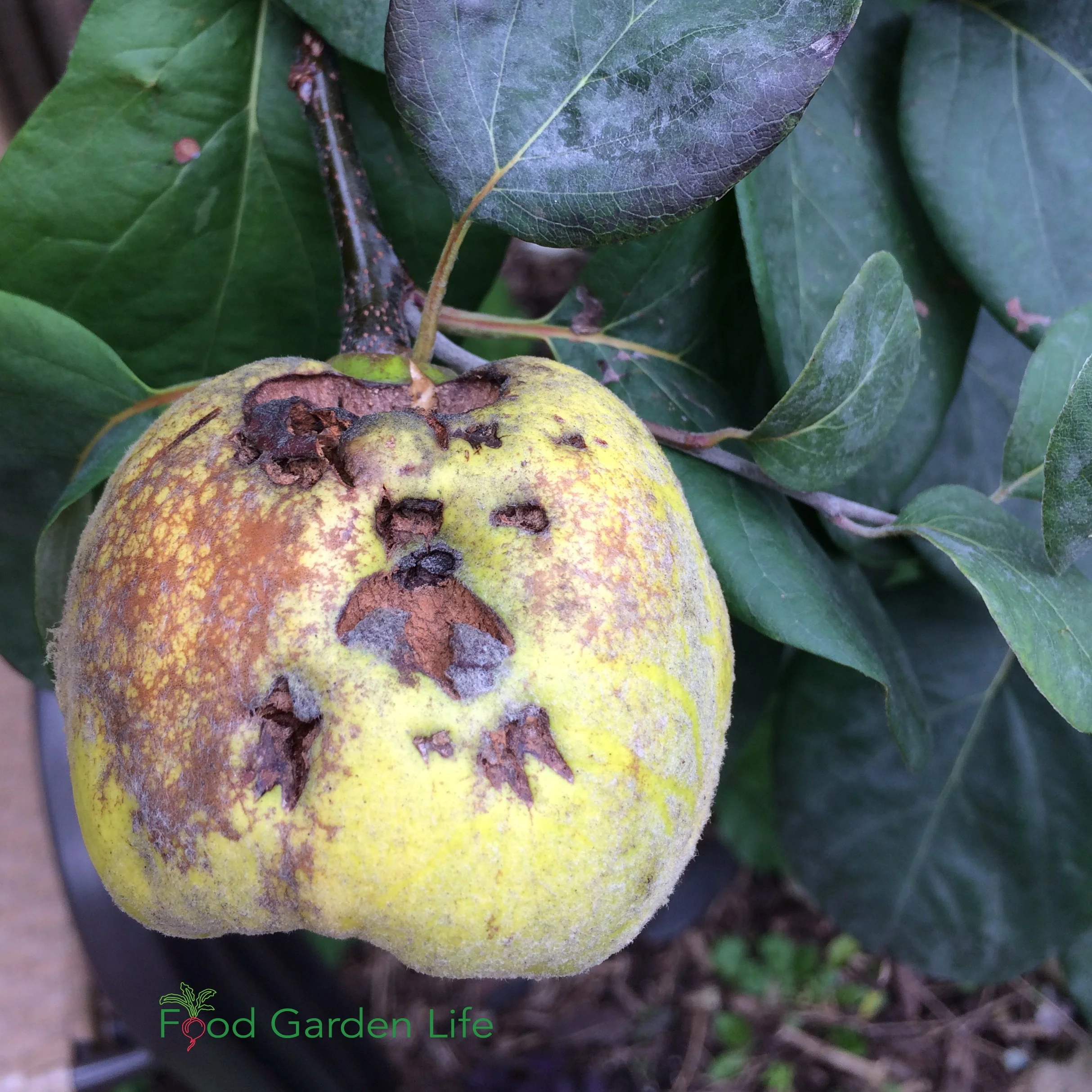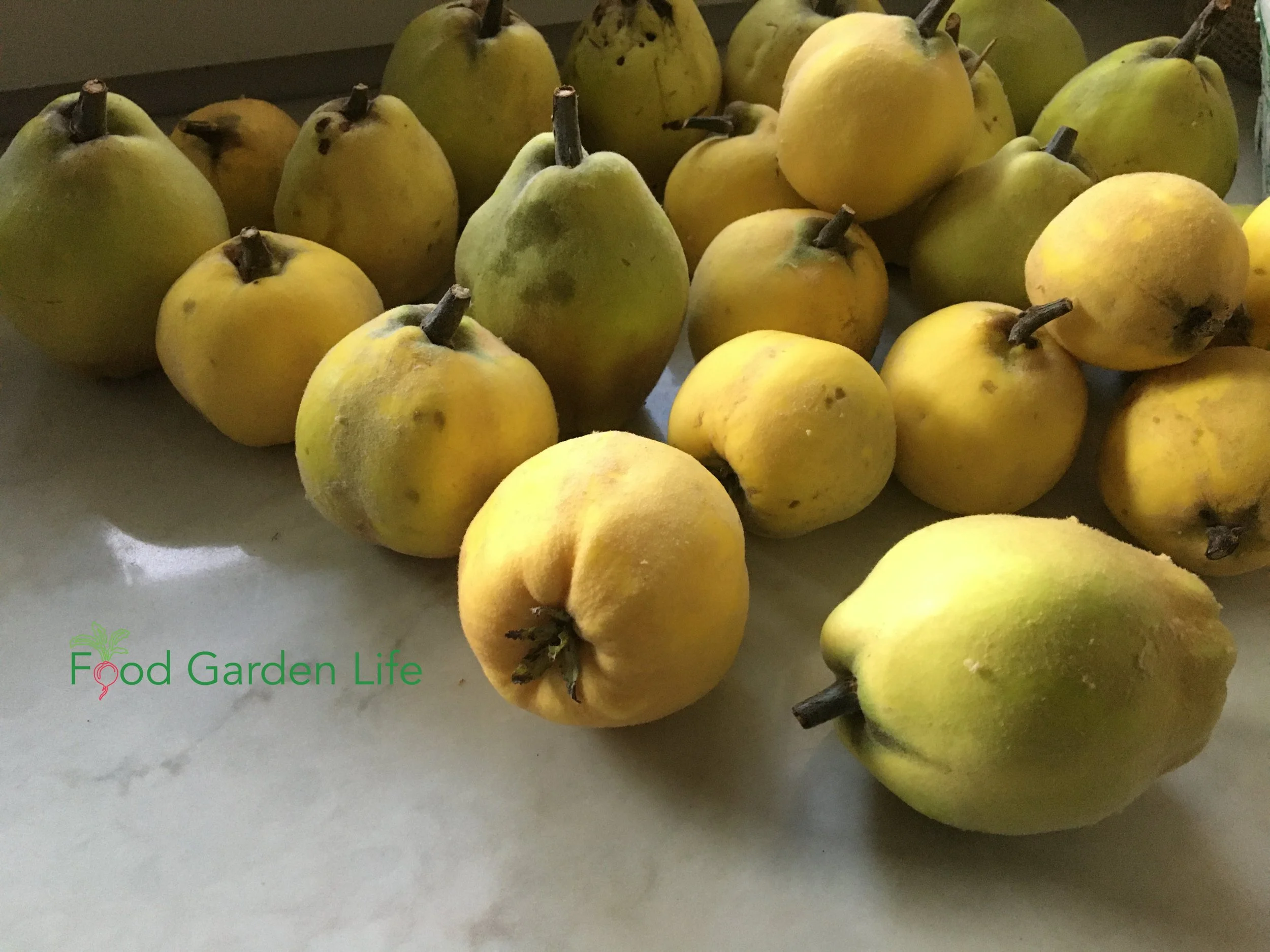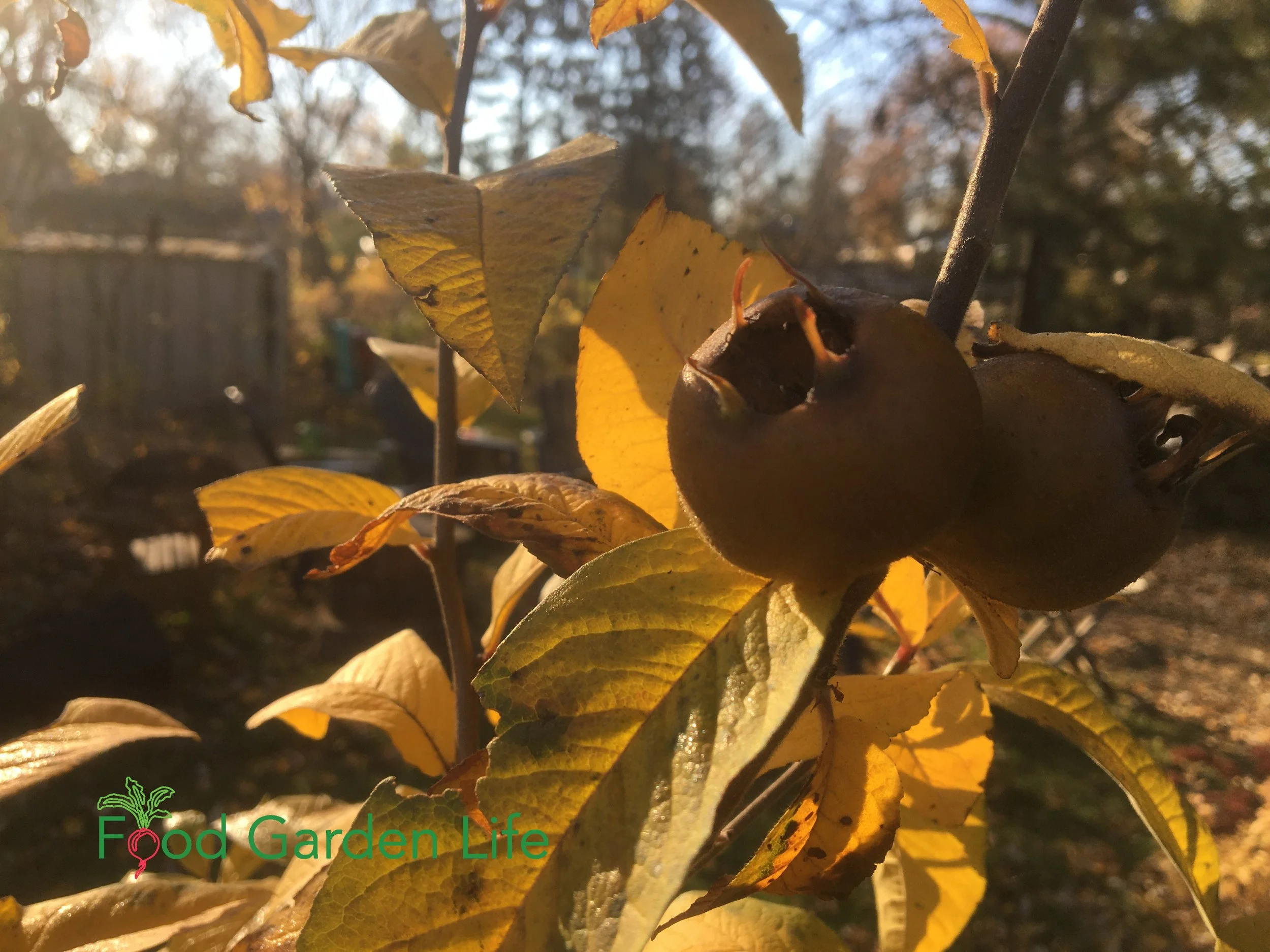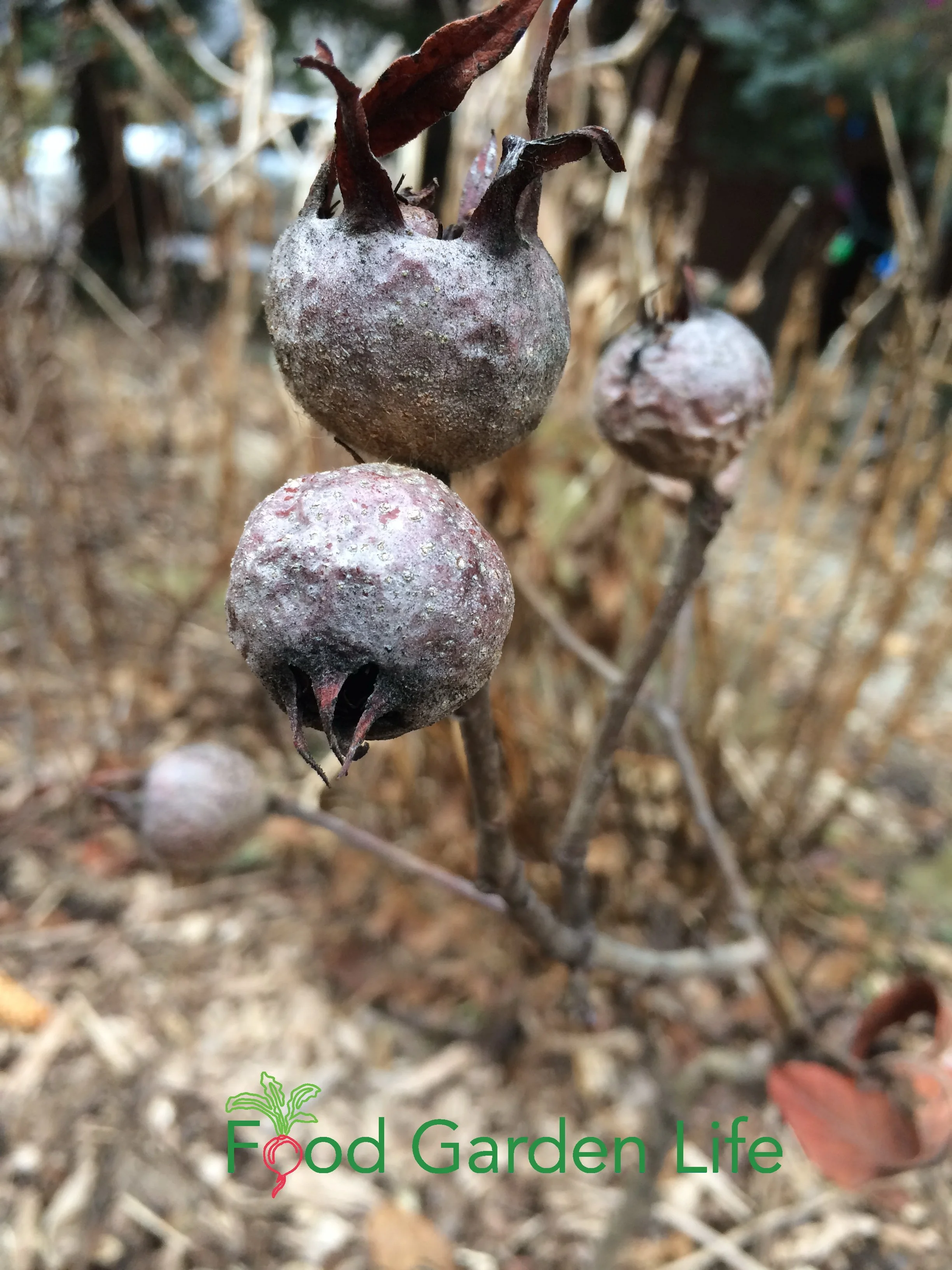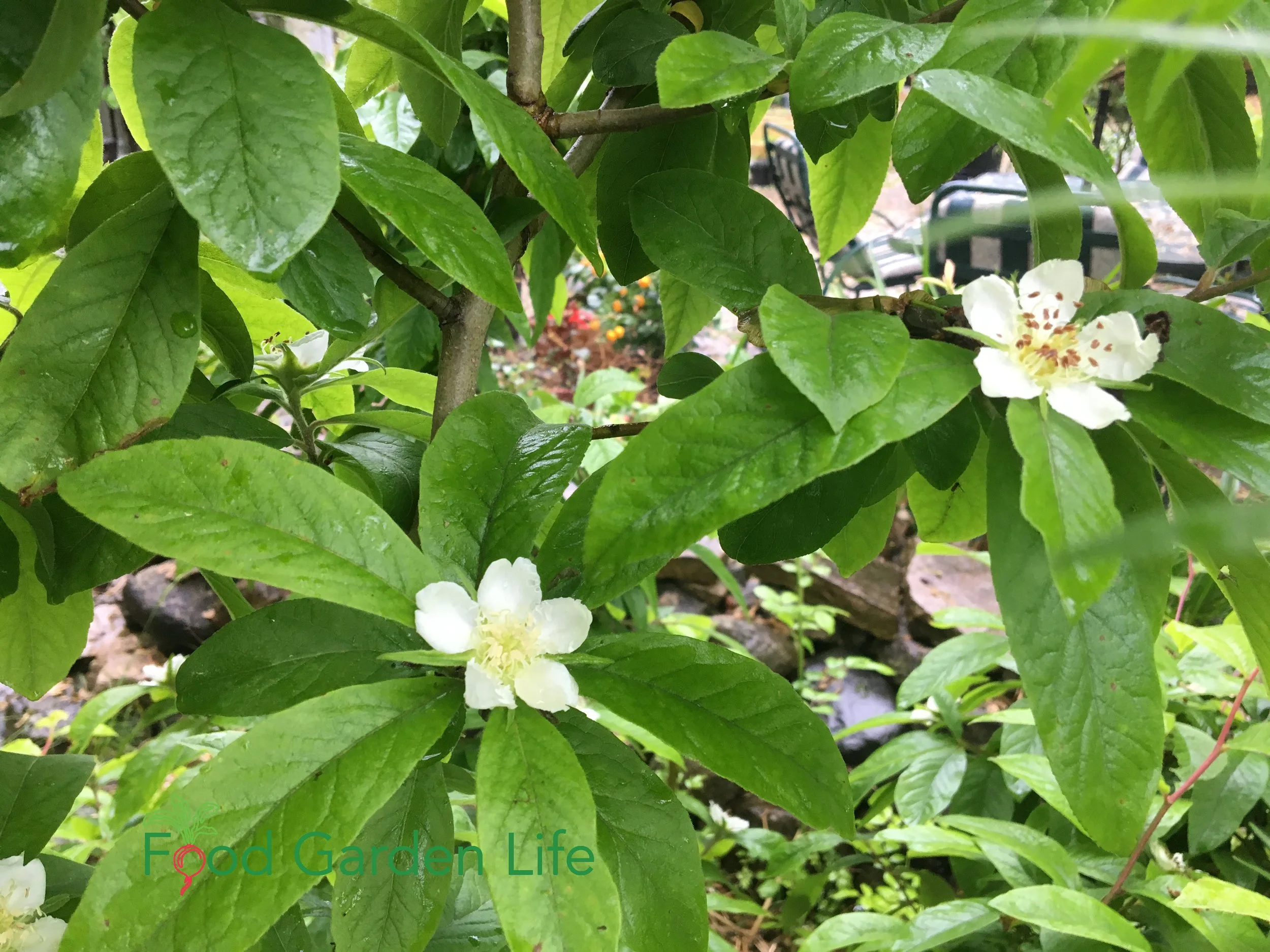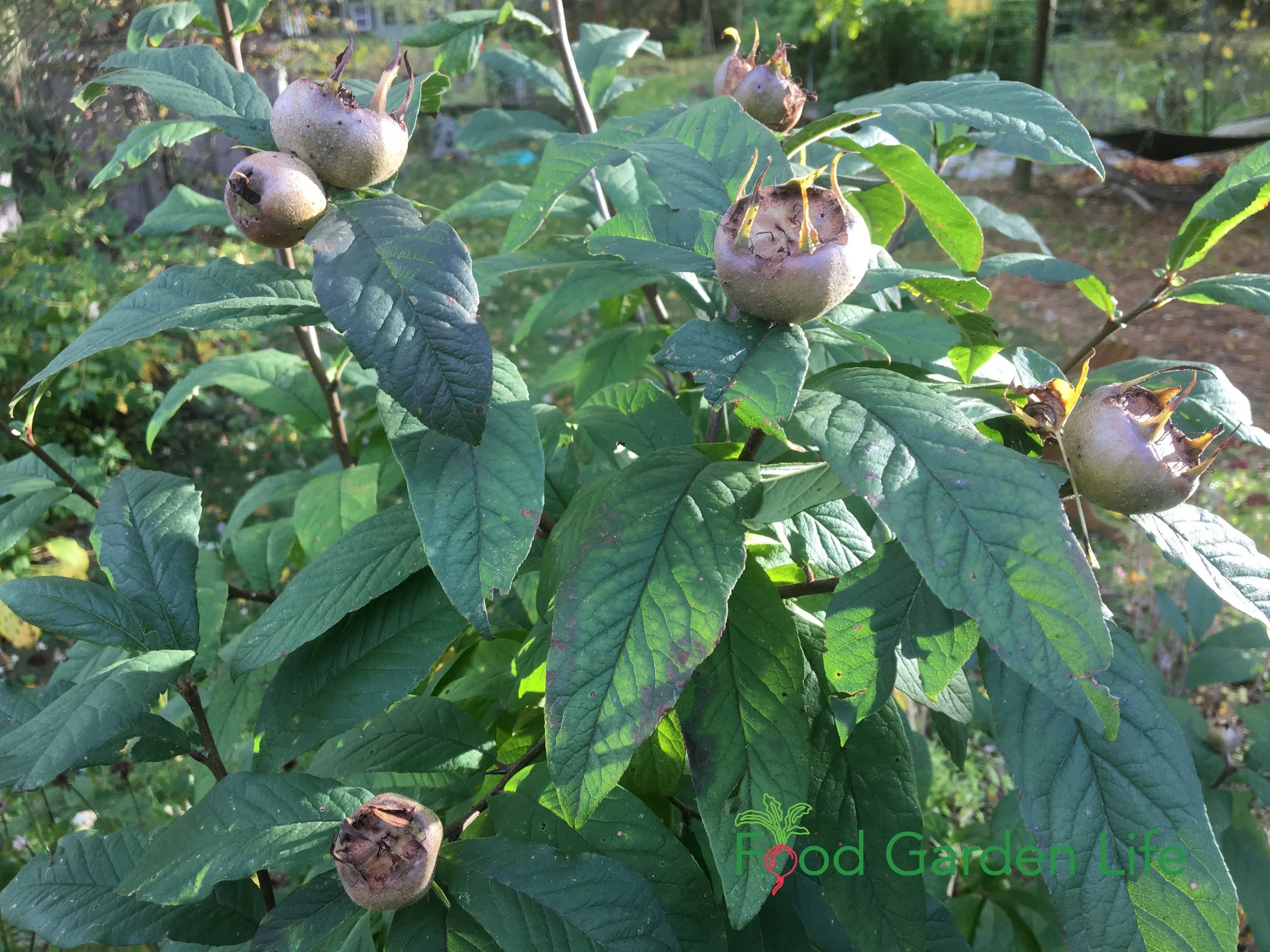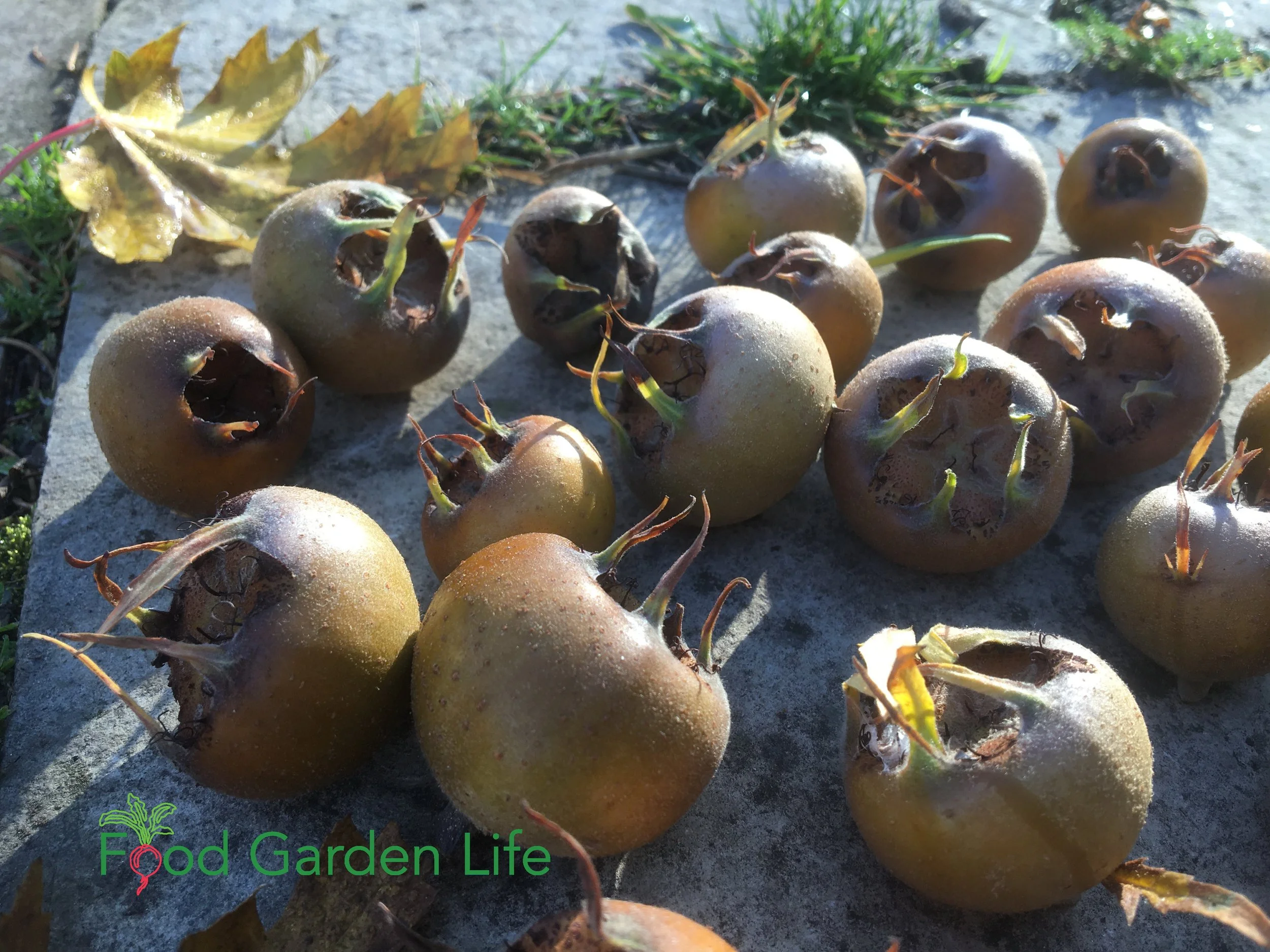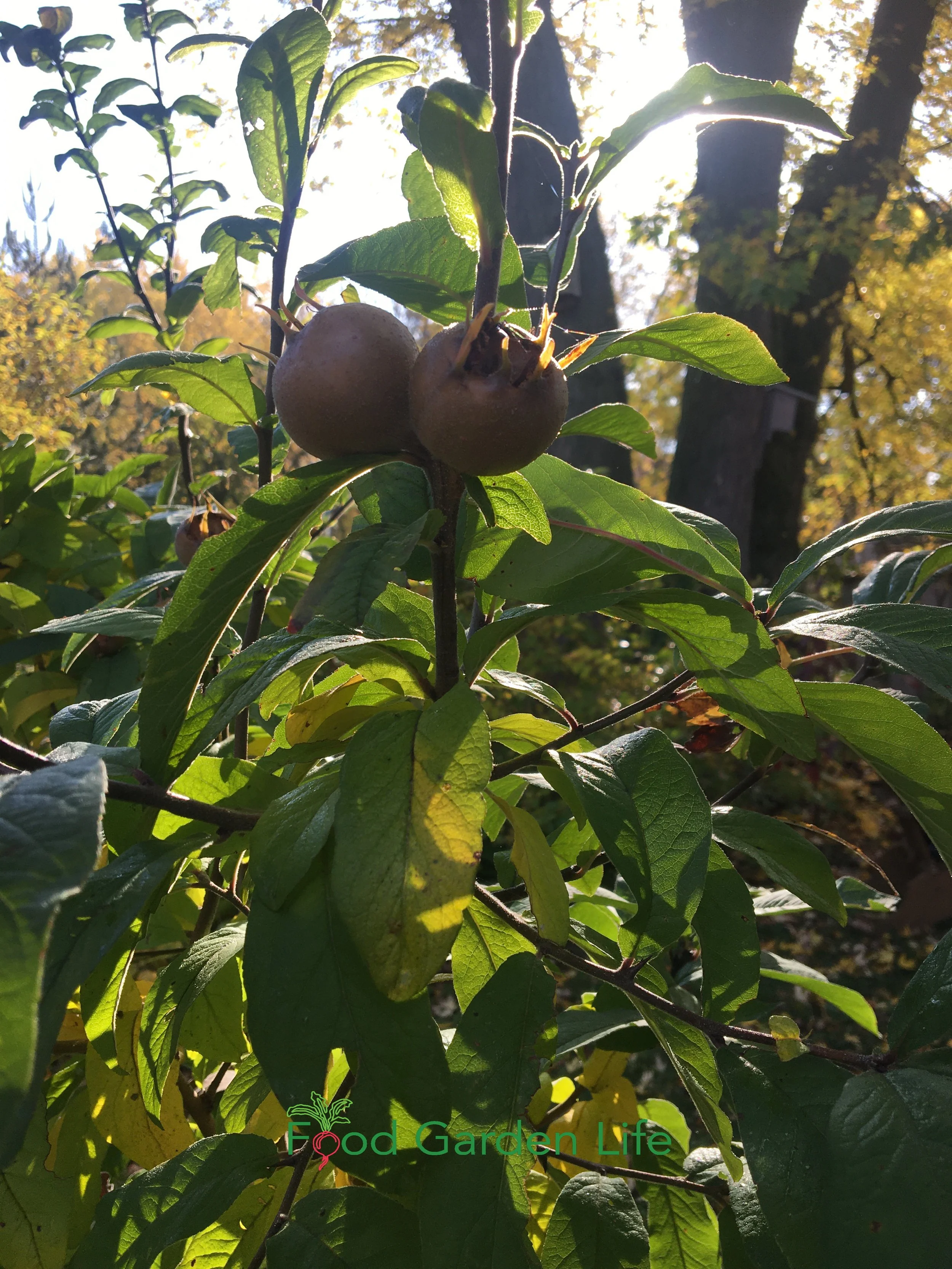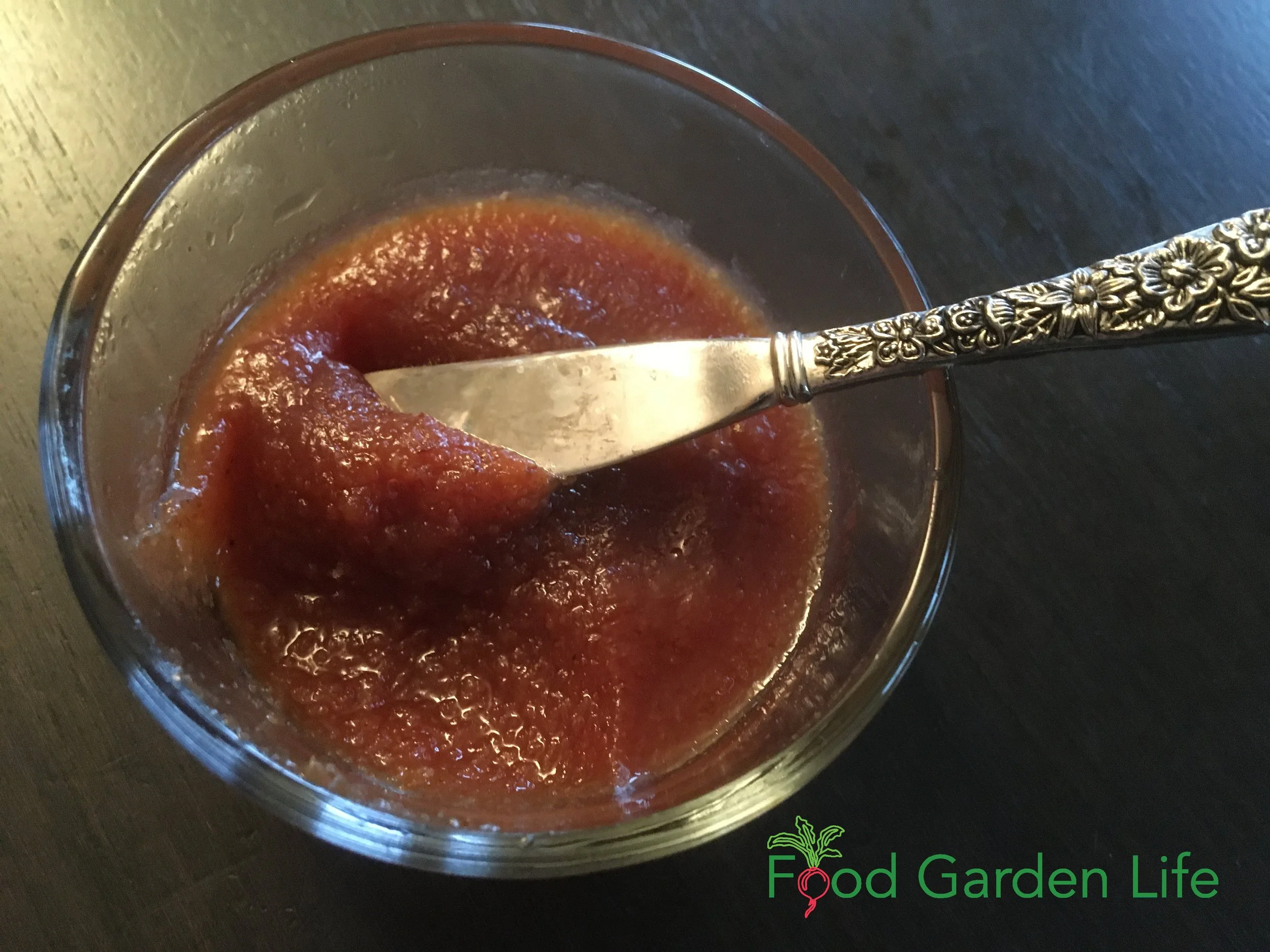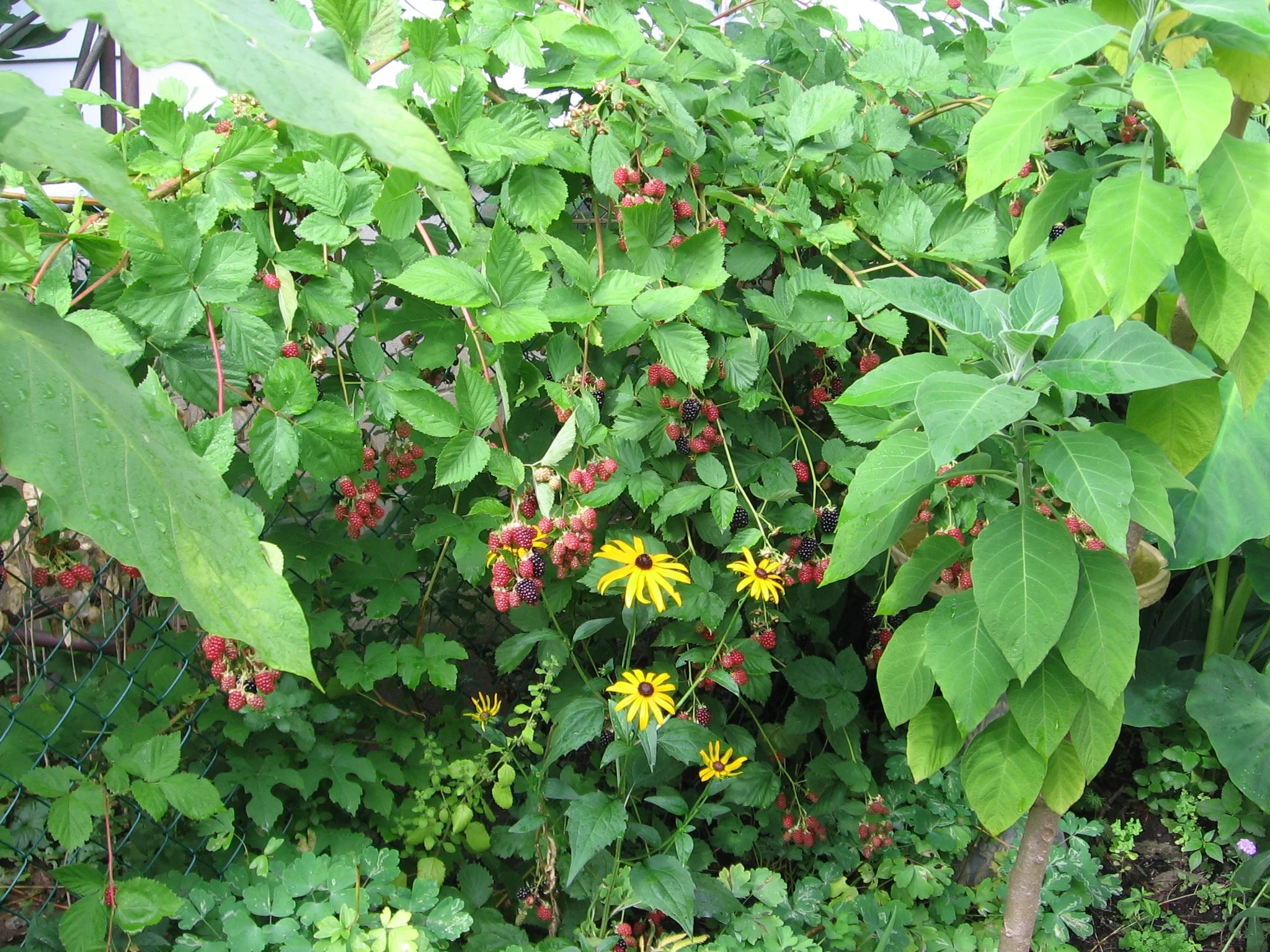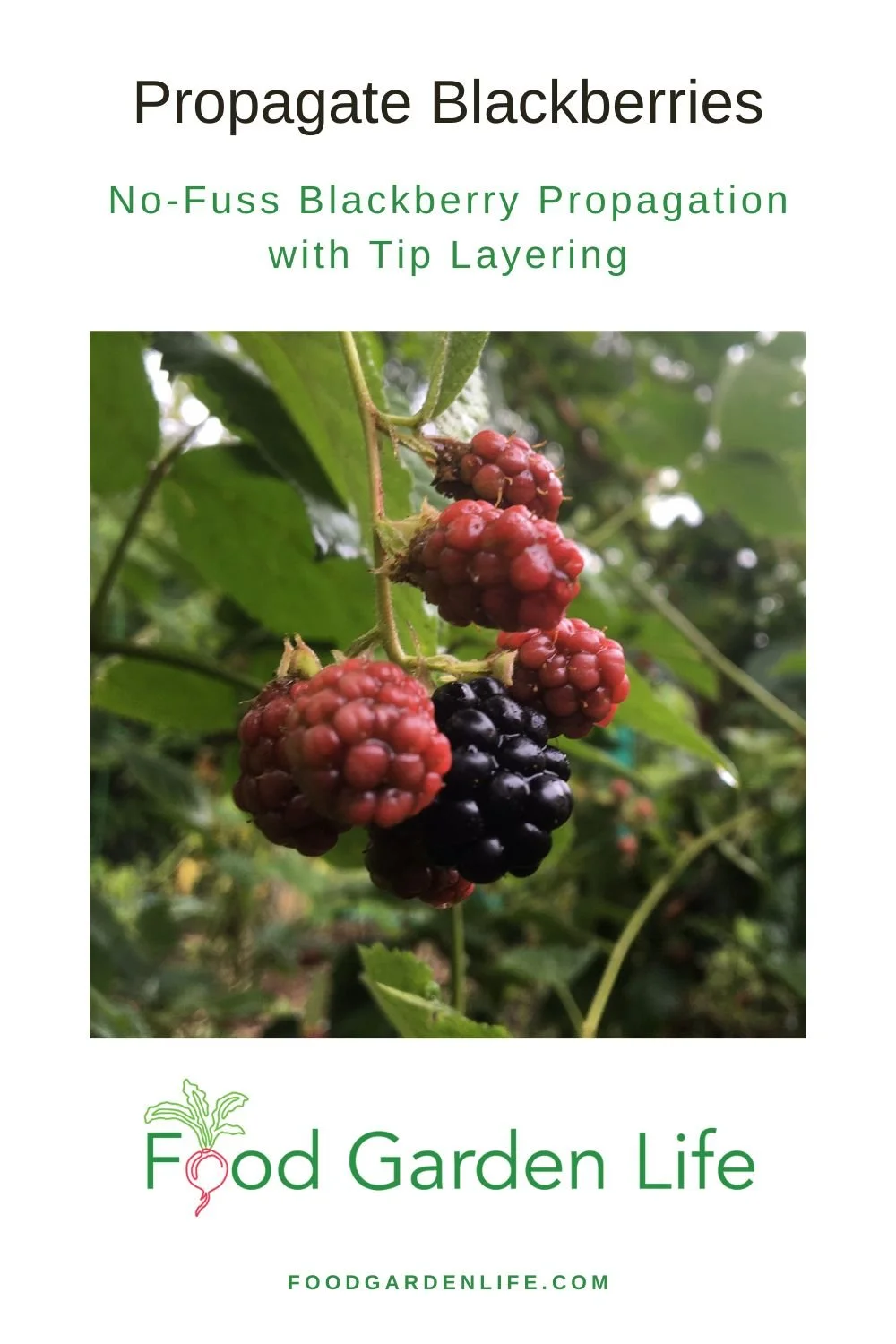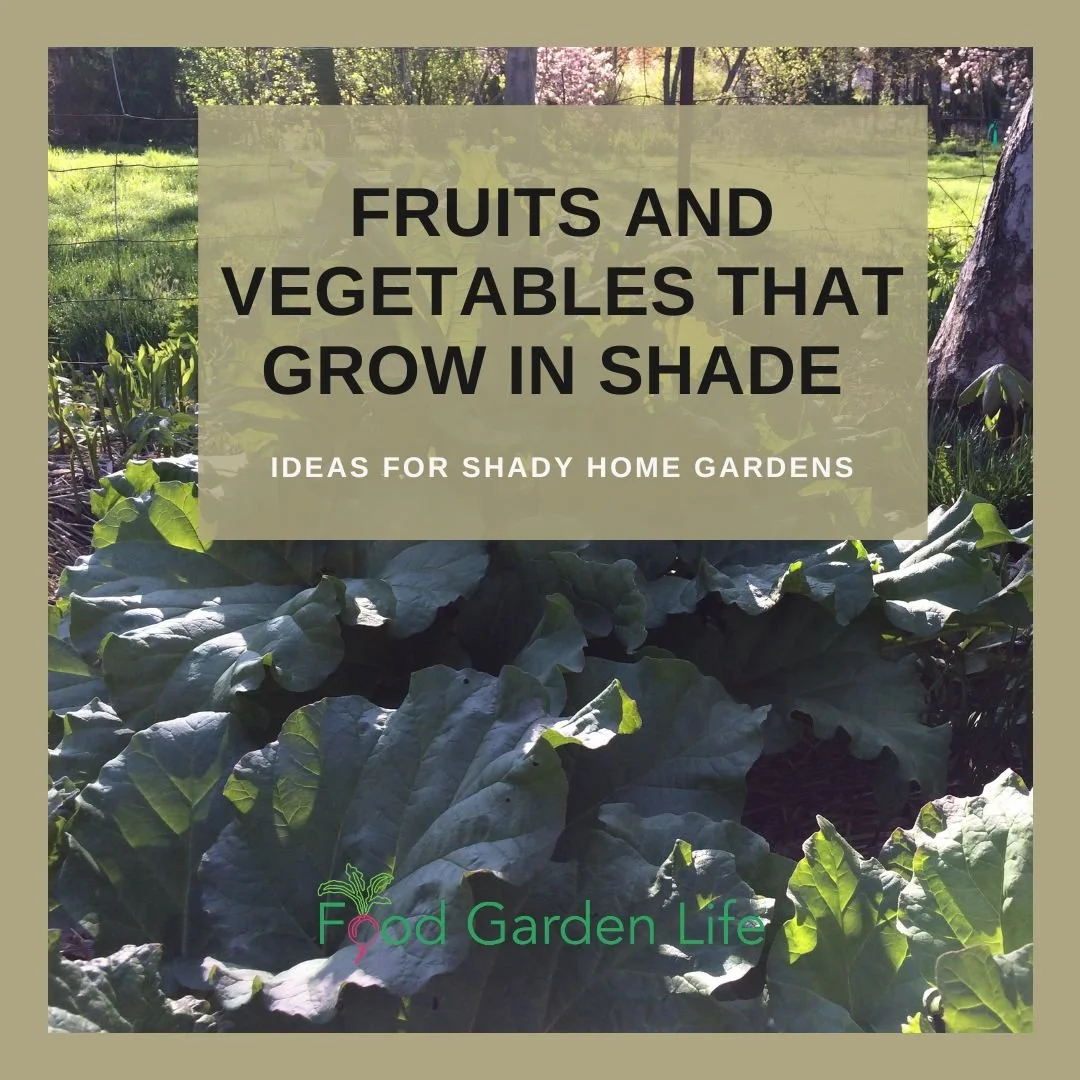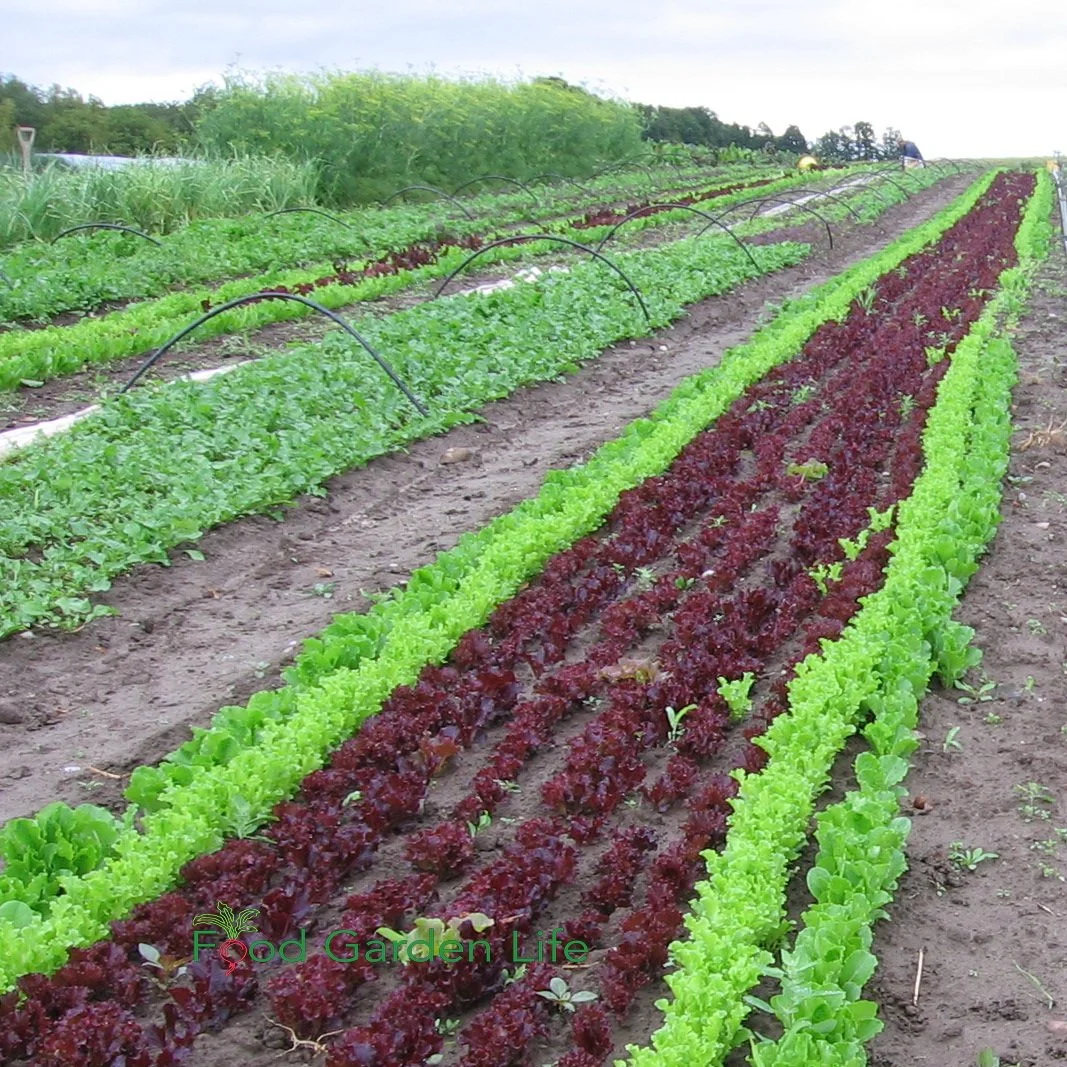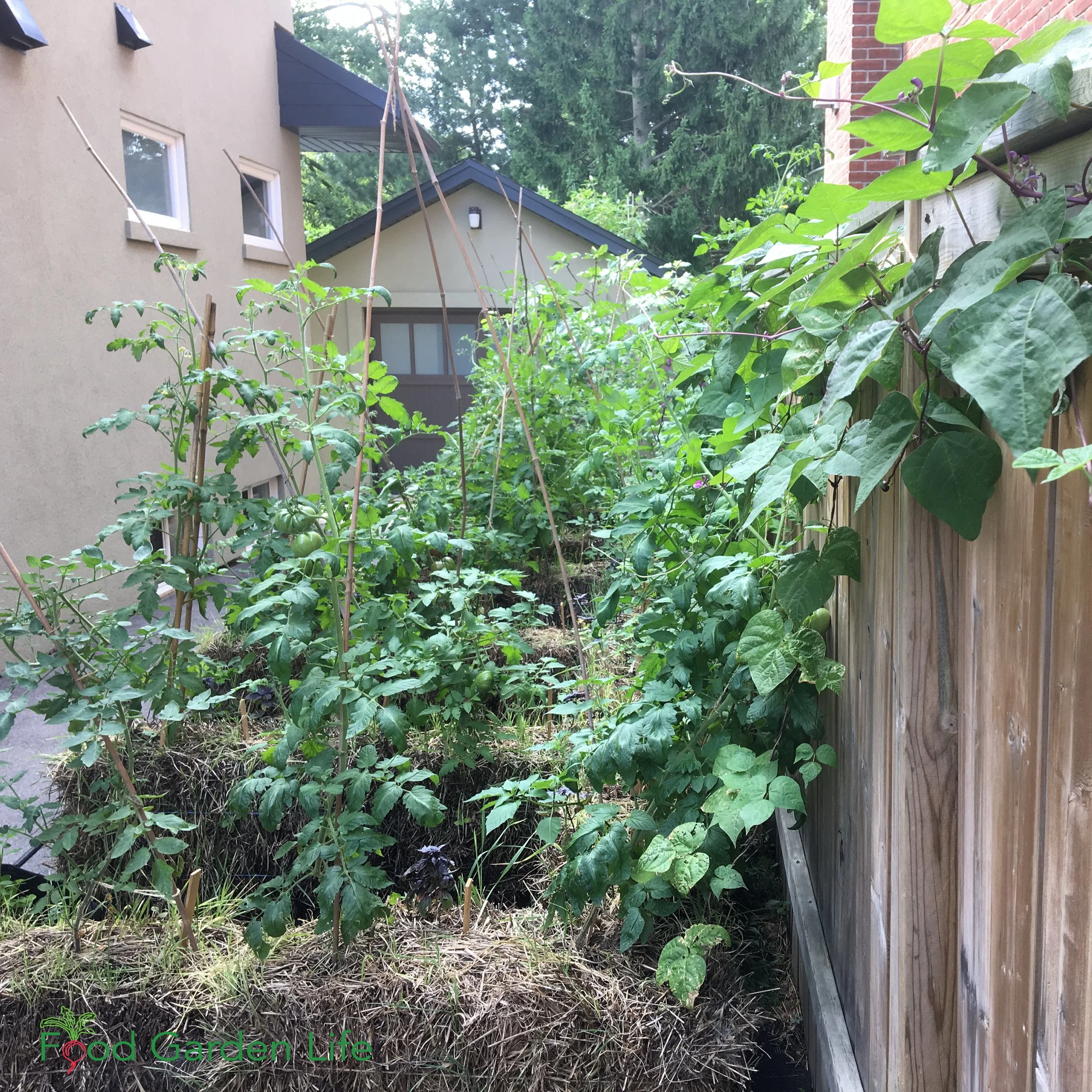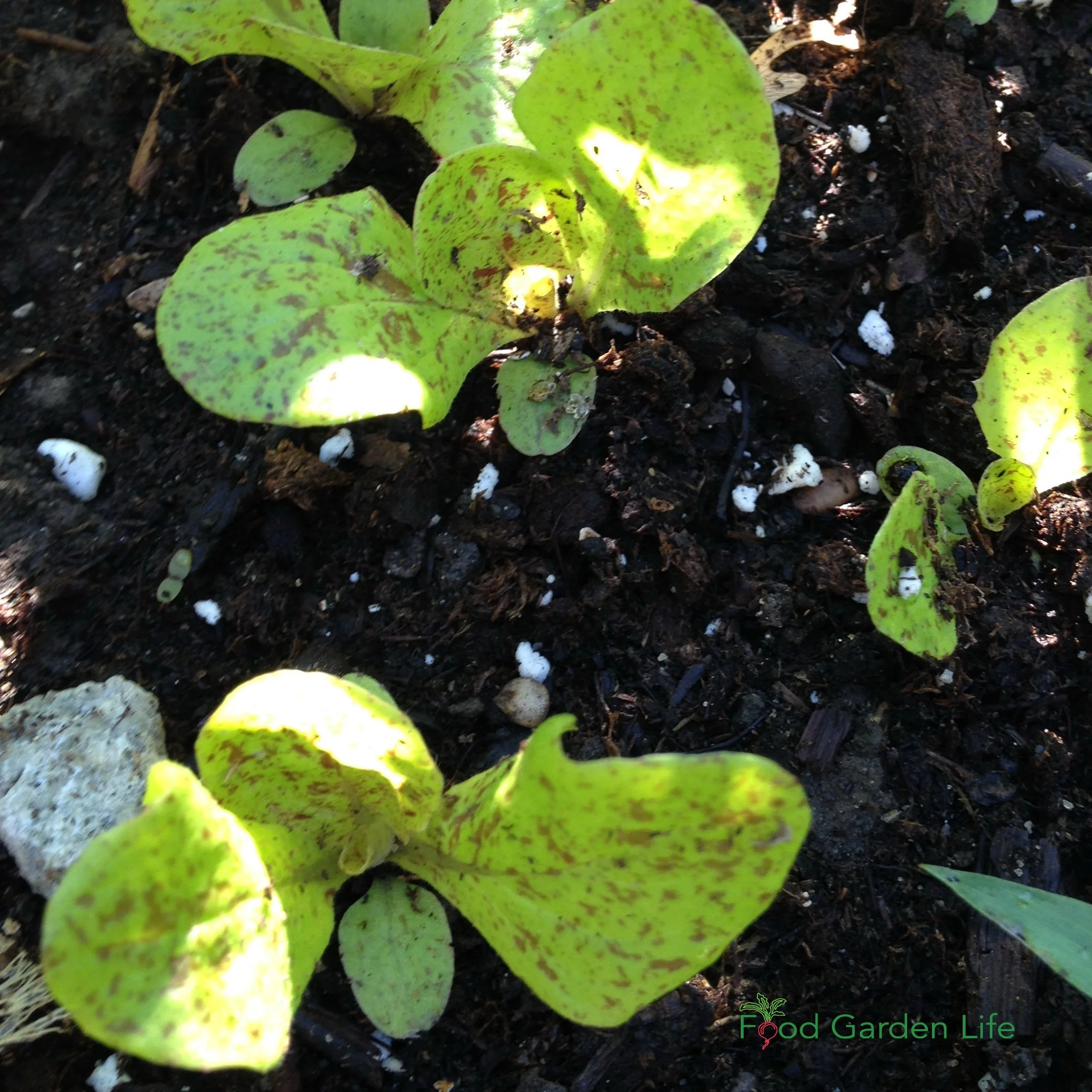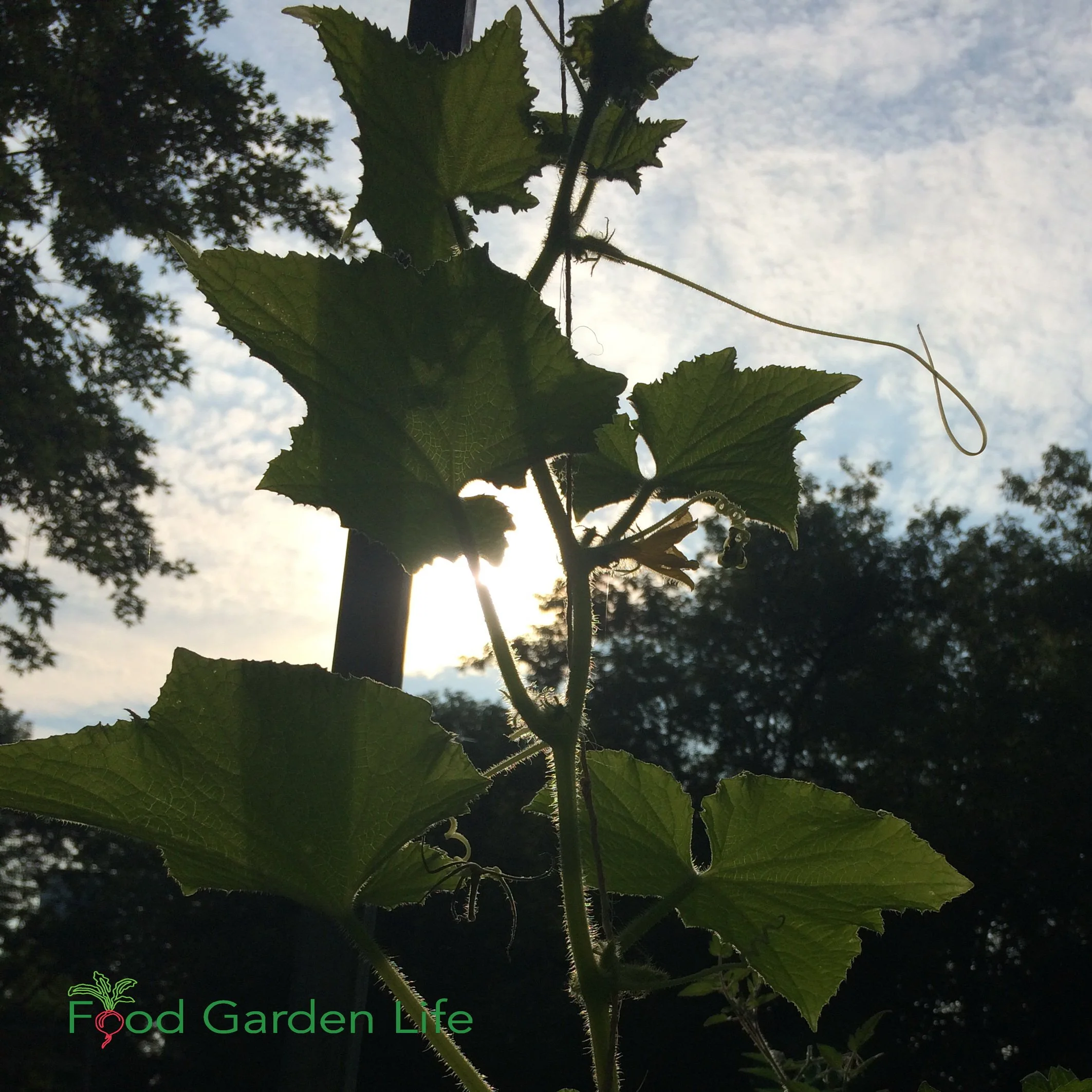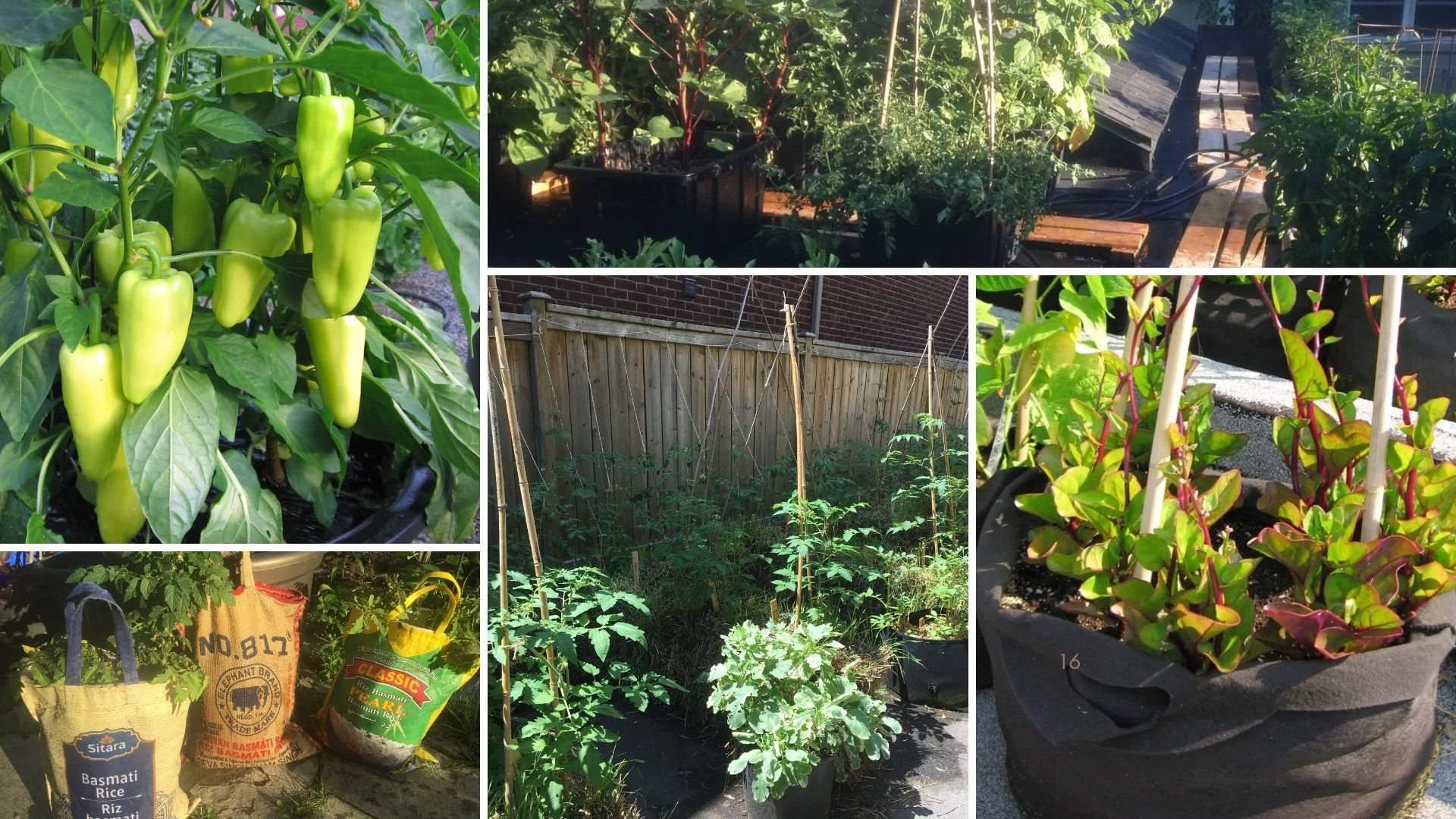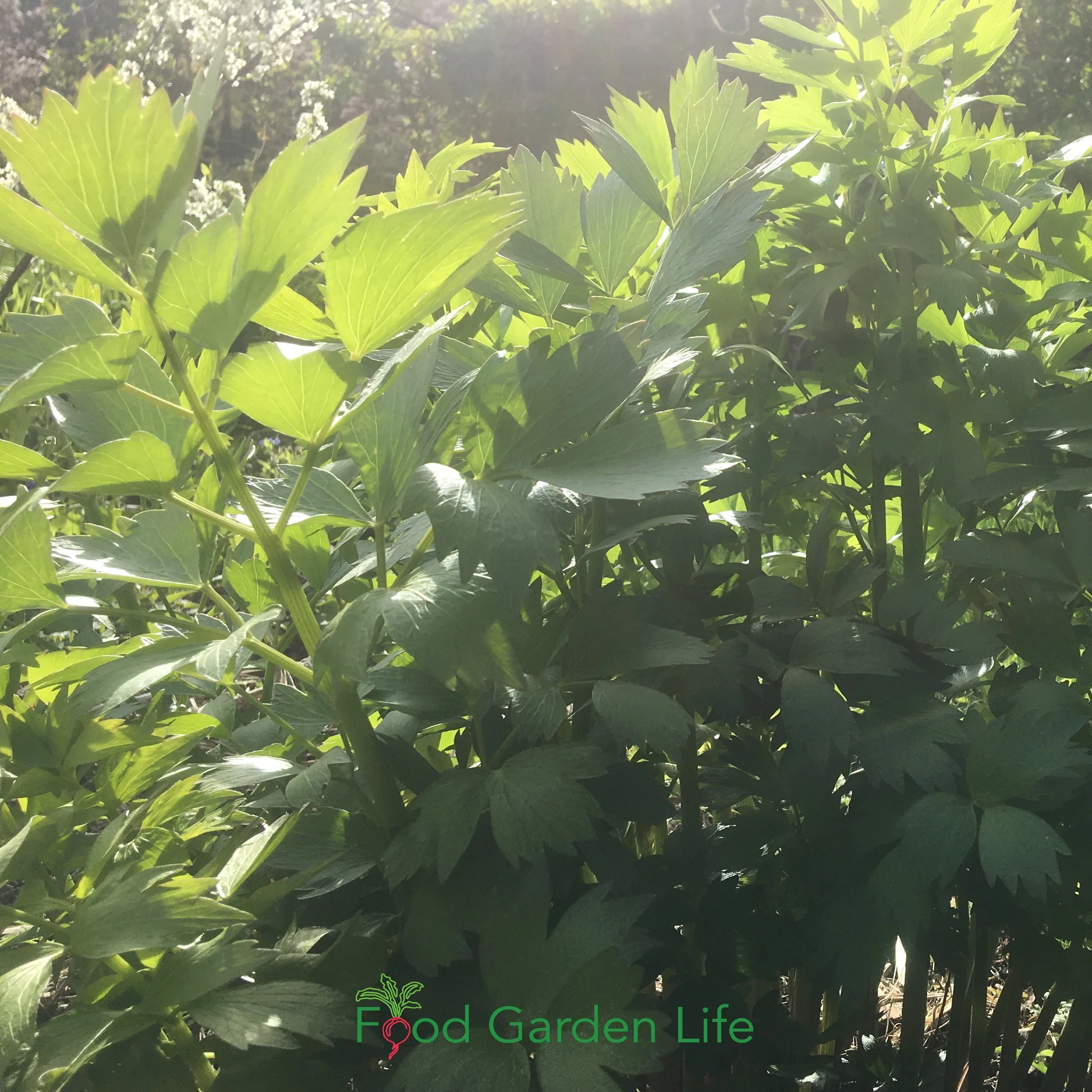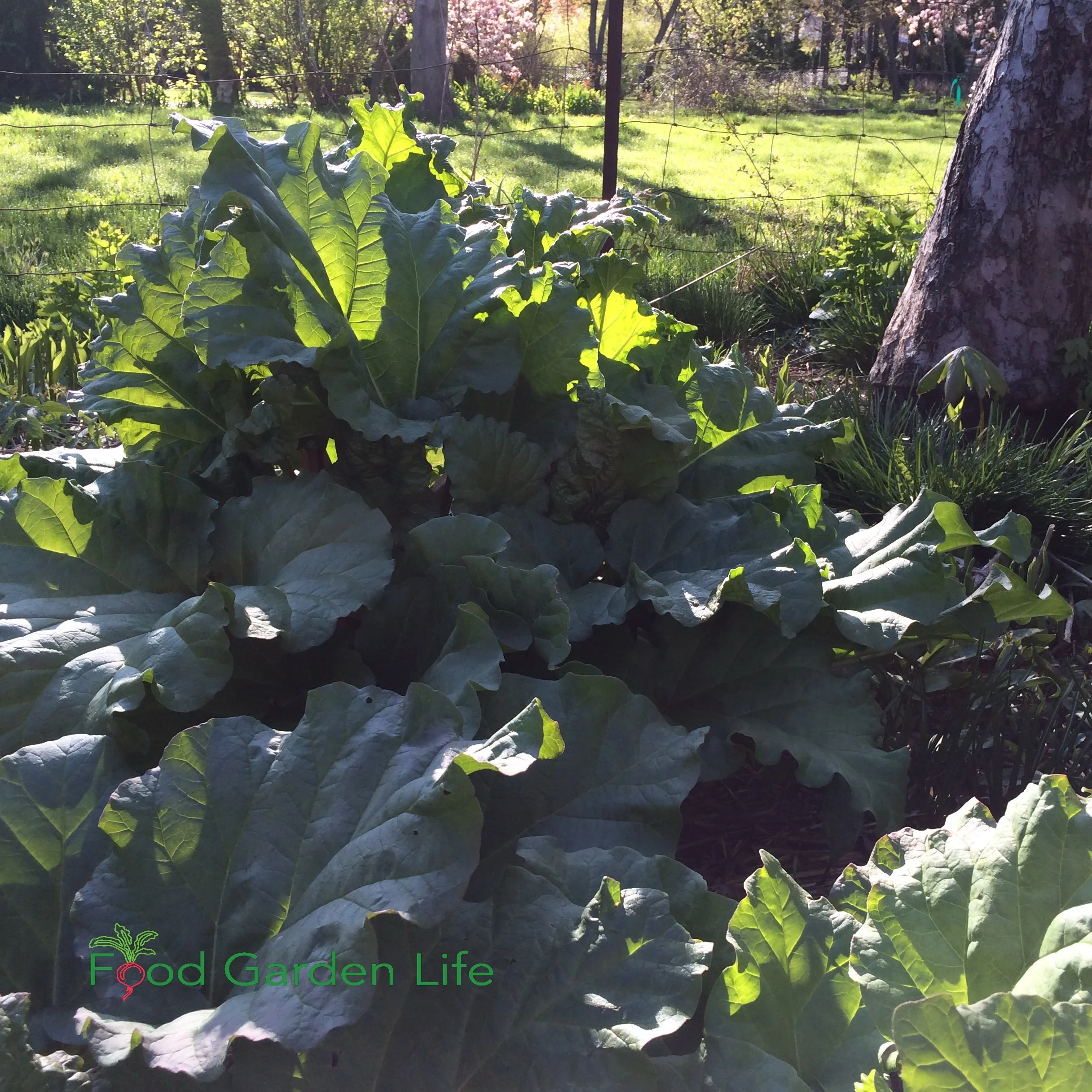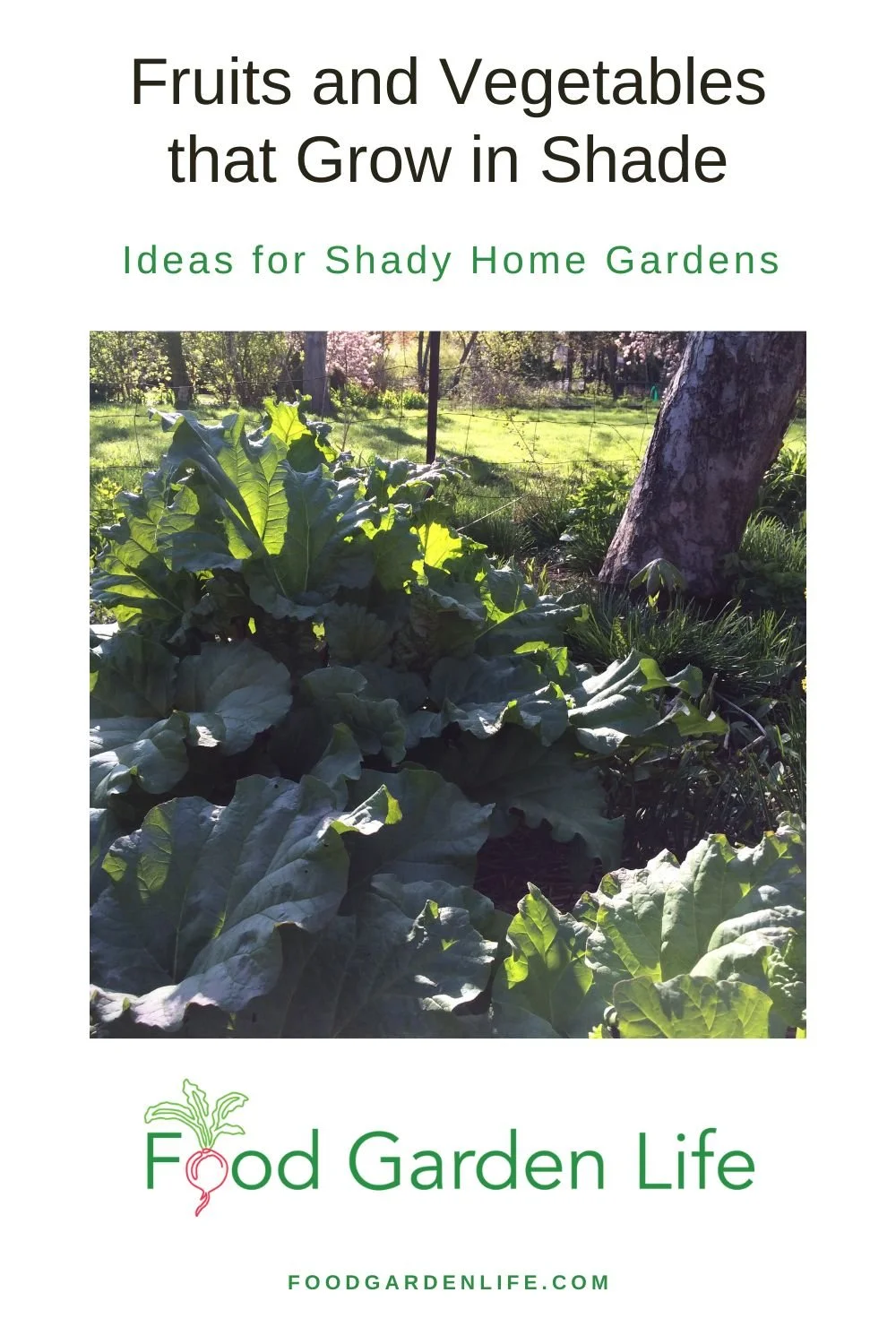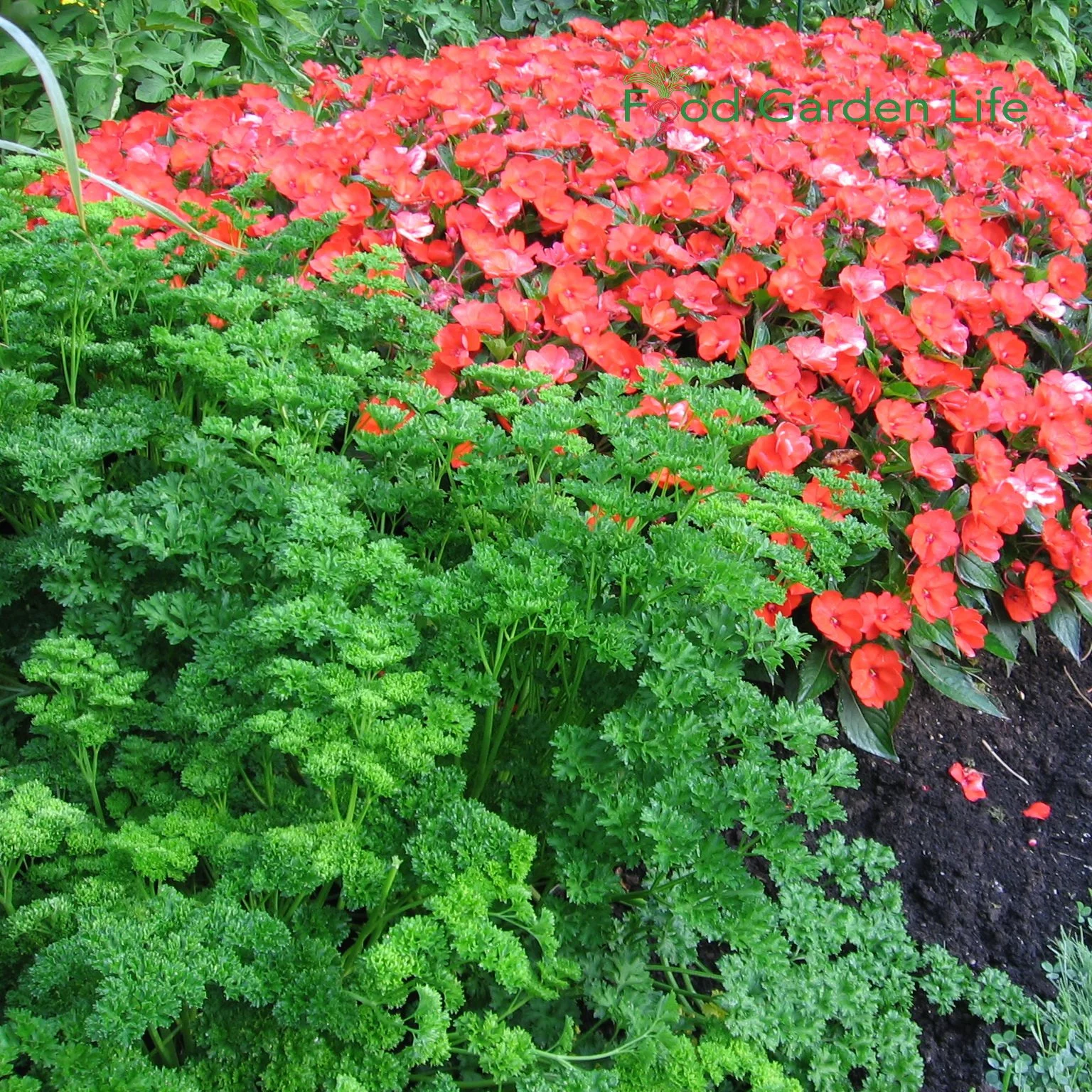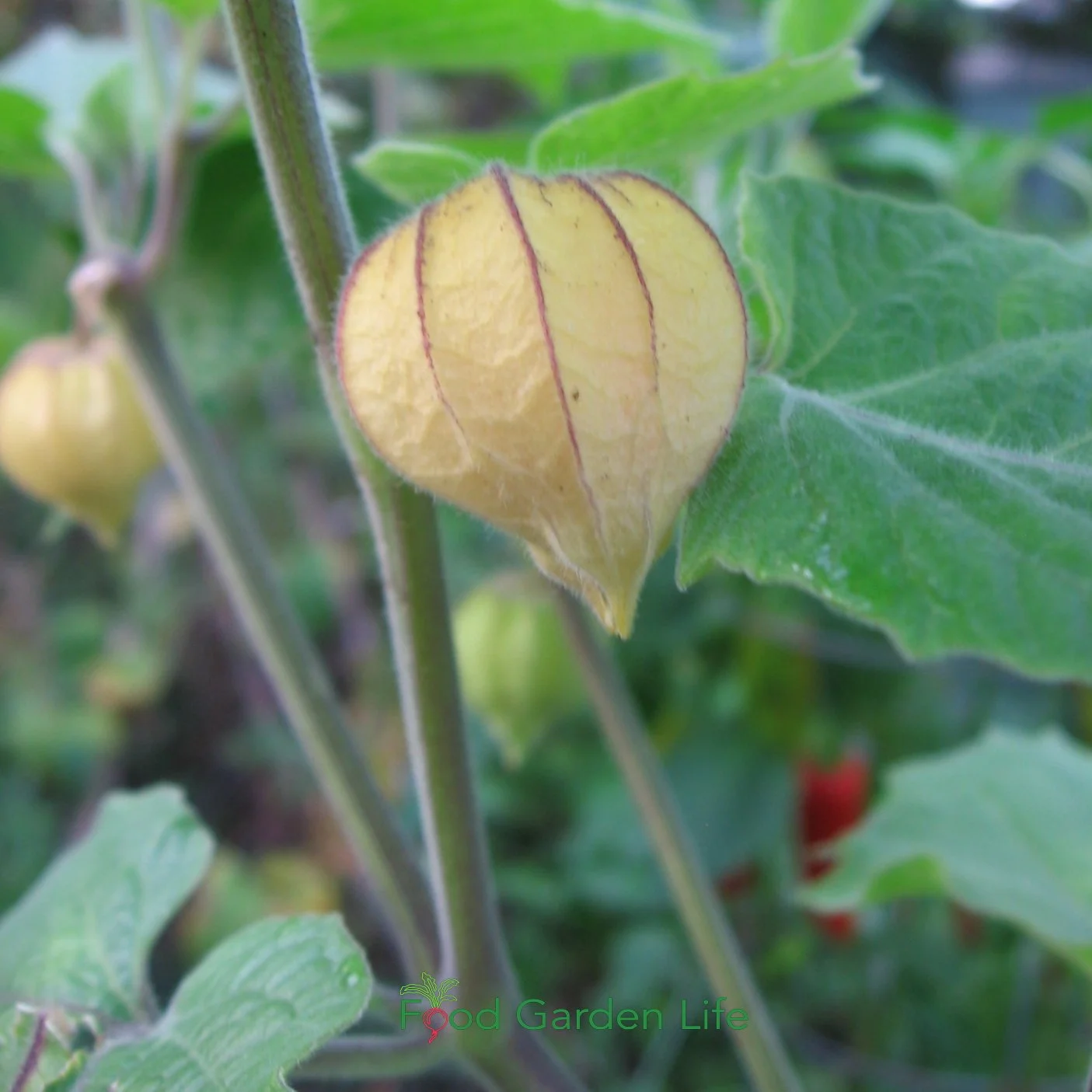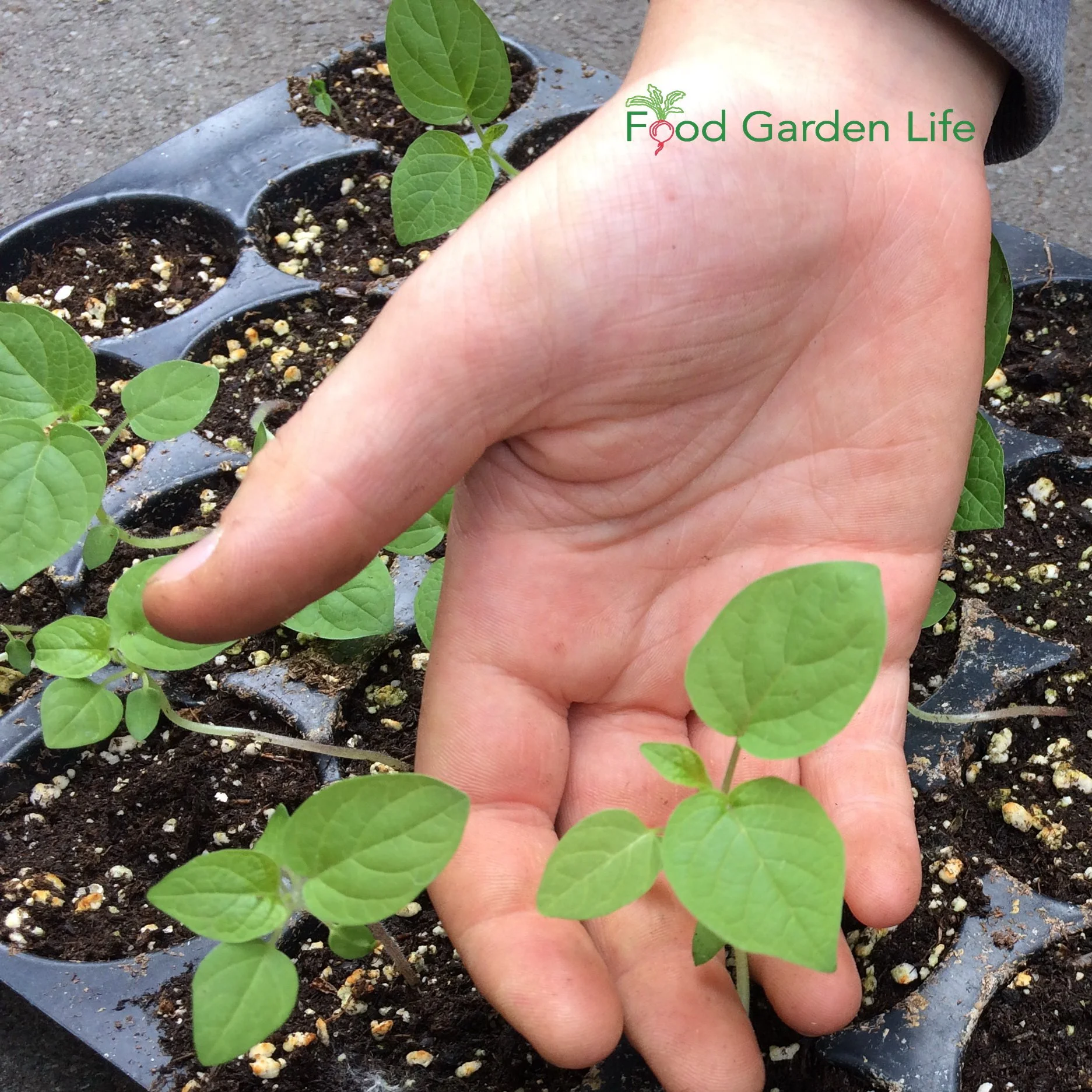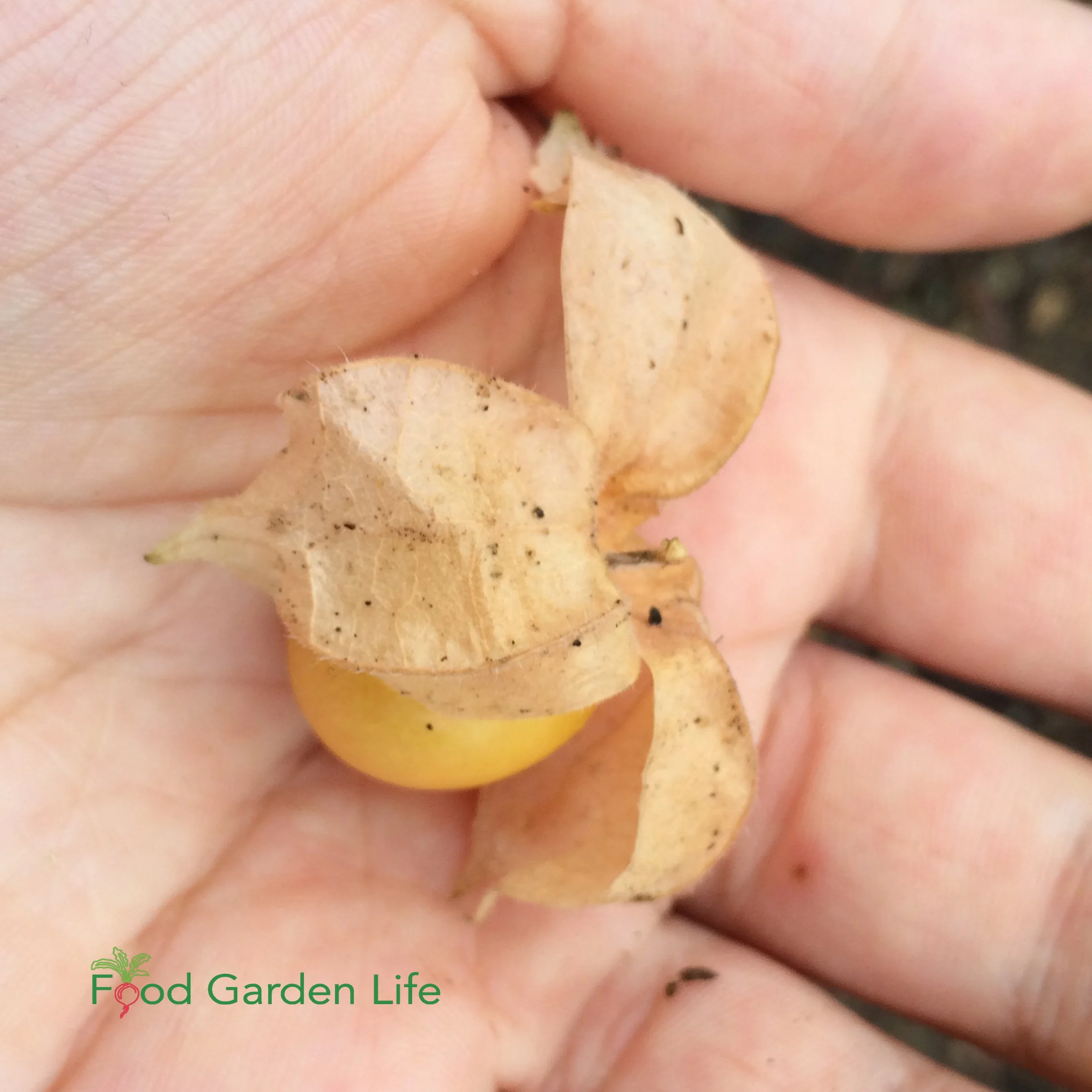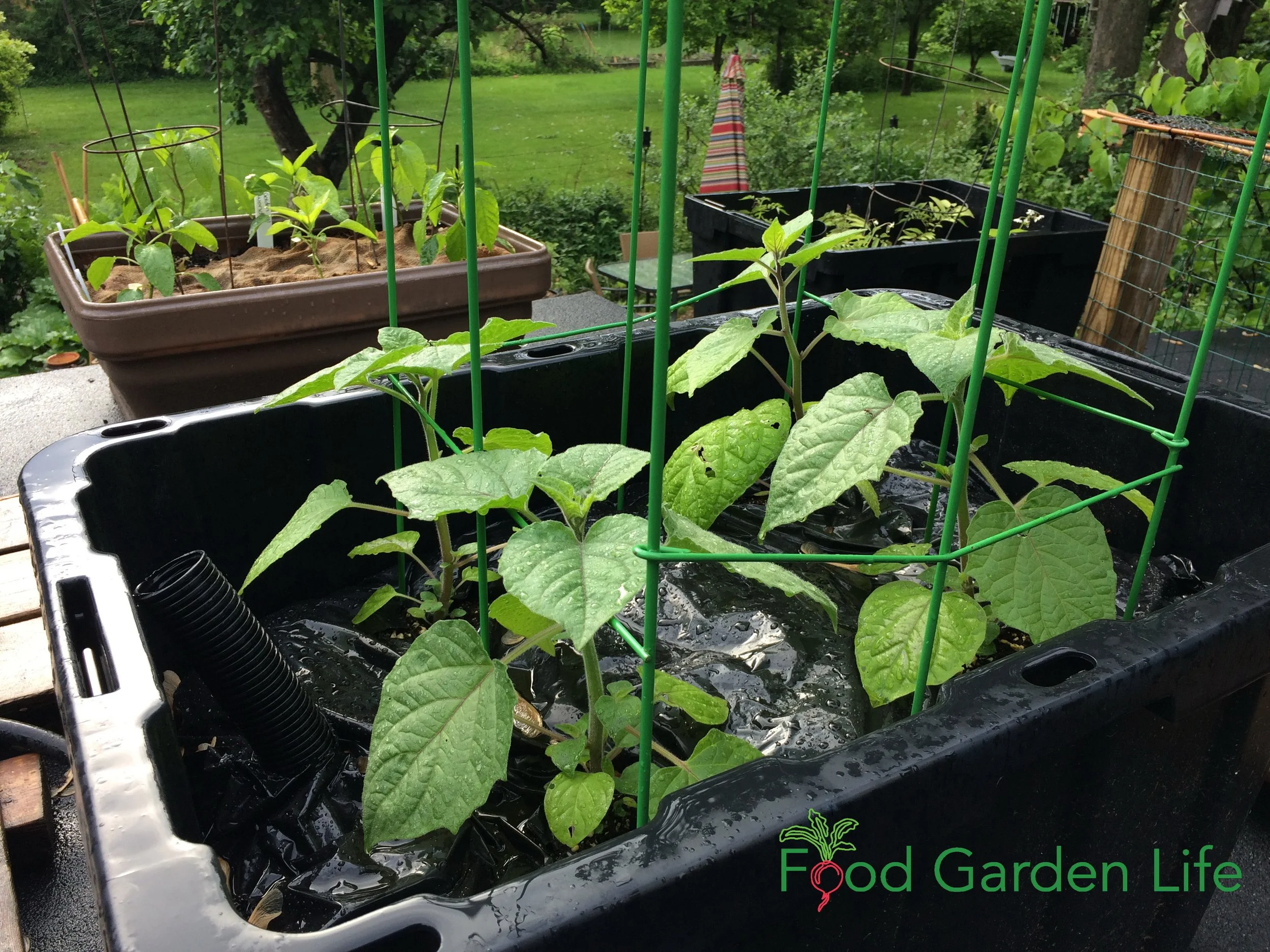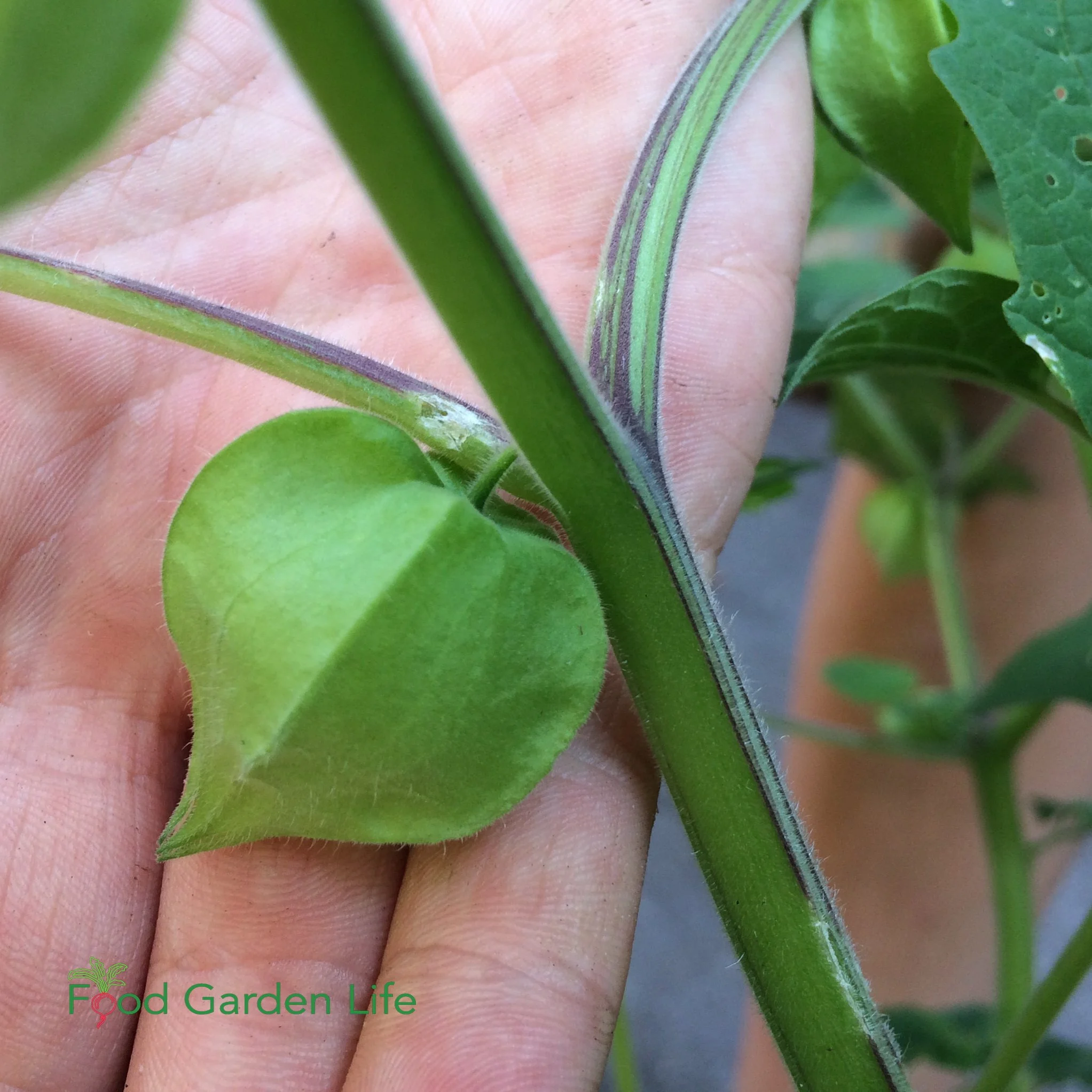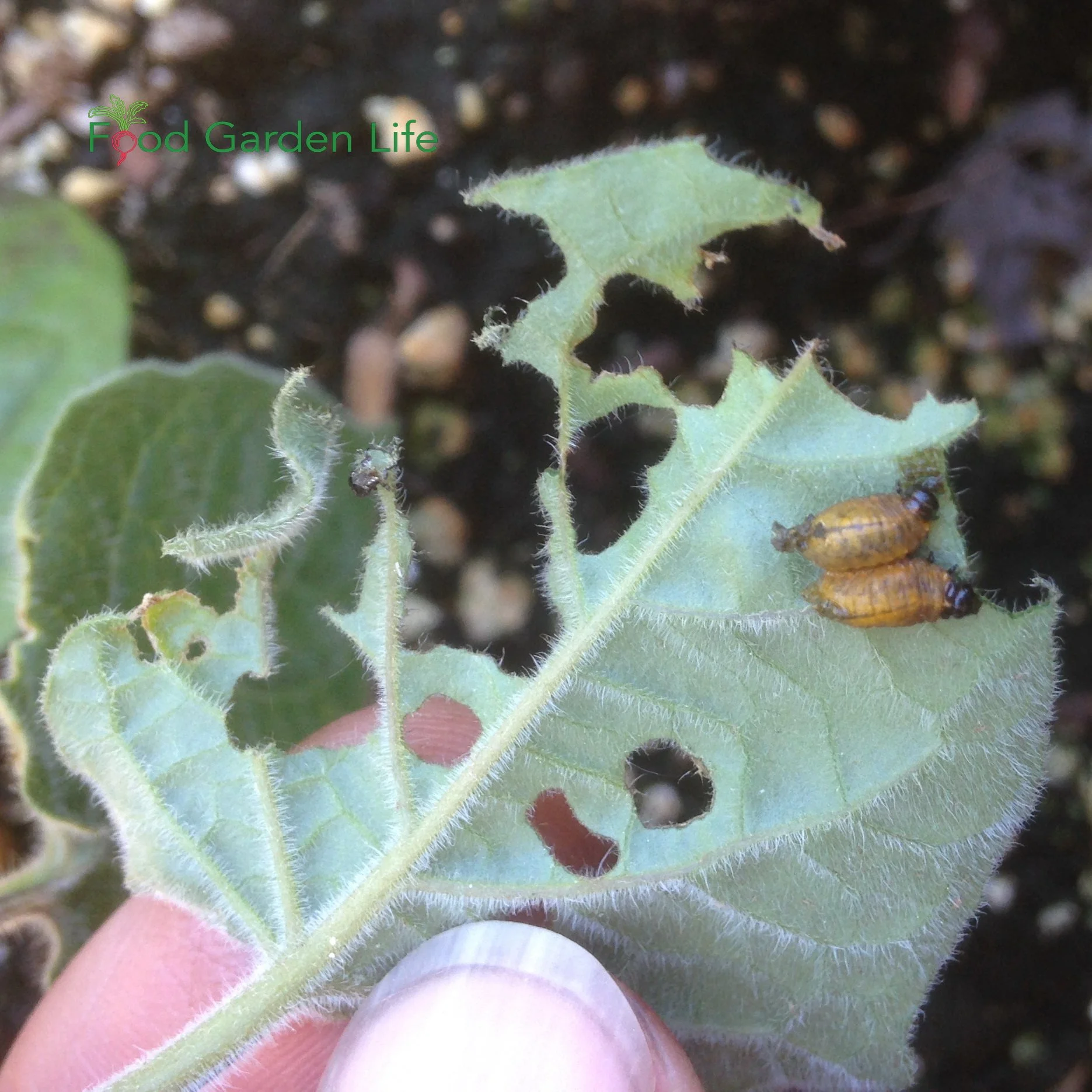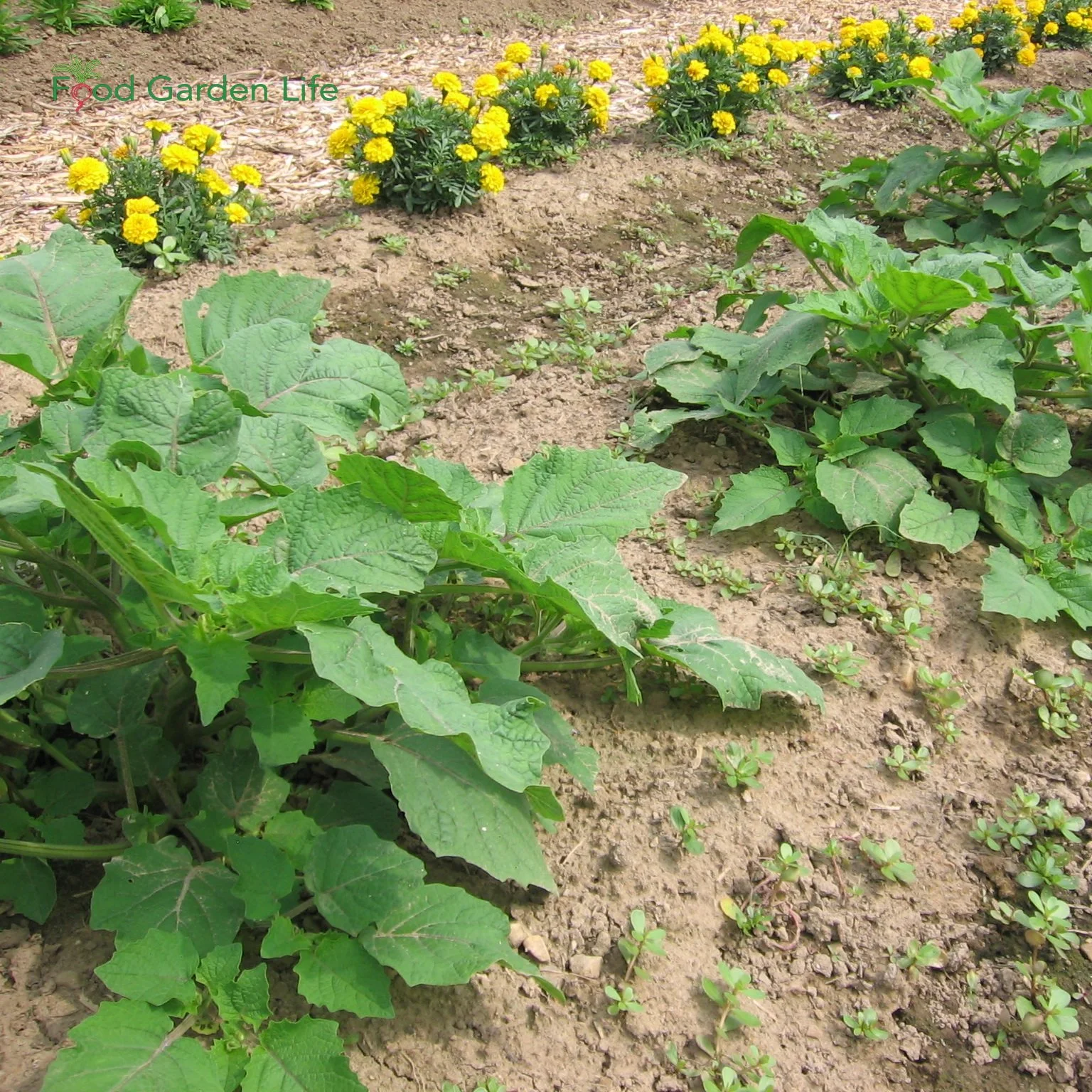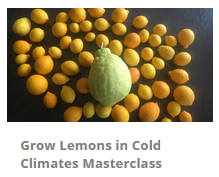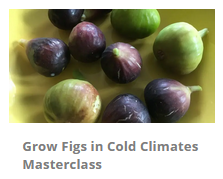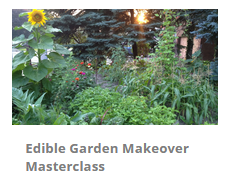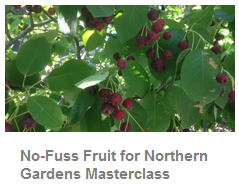
How to a Grow a Mulberry Tree
How to grow mulberry in cold climates.
By Steven Biggs
Fowling in Love with Mulberry
My neighbour Hubert handed me a pheasant and a duck from his freezer. I was working for the summer in a rural part of the UK, and regularly saw pheasant when I went out for a jog. Now I’d get to taste one!
As a 20-something-year-old, I’d never cooked either before…and had never even tasted pheasant.
But I remembered reading that the meat is rich and dark, well-suited to a tangy accompaniment.
And I remembered a mulberry tree in a nearby hedgerow.
I’d been grazing fruit from the mulberry tree every time I walked past it. But I had yet to cook the mulberry fruit.
This was my chance! Not really sure what I was doing, I made up a mulberry-Cointreau sauce for basting the roast. The company I had for supper thought it was pretty good.
Roasted fowl with mulberry-Cointreau sauce cemented my appreciation for the taste of mulberry.
Mulberry for Home Gardens
There are many types of mulberry suited for gardens in cold climate. Photo by Grimo Nut Nursery.
Mulberries gets a bad rap. Mention mulberries and many people picture polka-dot-stained sidewalks and bird-bespattered cars. Or experienced gardeners worry that it’s a weedy plant.
Why is it that gardeners always want what’s difficult to grow? Why not appreciate what grows on its own?
This fruit does not play hard-to-get.
Mulberry is a great fit for home gardens because it’s:
Fast-growing
Hardy
Problem-free
Tolerant of many conditions
Very fruitful
And it’s a fruit that you likely won’t find for sale at grocery stores. Too fragile to ship when ripe.
Too bad mulberries get a bad rap for being vigorous growers.…and for the purple stains from falling fruit. They’re a great fruit for home gardens in cold climates.
What does a Mulberry Tree Look Like?
What does it look like? The question should really be, “What does a mulberry tree look like when pruned to feed people, not birds. (More on that below.)
Don’t grow this as a specimen shade tree. There are nicer shade trees out there.
Grow mulberry as a fruit-producing crop – which means you’ll keep it much smaller than if left unchecked.
Types of Mulberry for Cold Climates
Mulberry names don’t describe the fruit colour. That means a white mulberry tree could be black-fruited, red-fruited, or white-fruited.
If you’re shopping for a mulberry tree, here at the three types you’re likely to find in North America:
• White mulberry (Morus alba)
• Red mulberry (Morus rubra)
• Black mulberry (Morus nigra)
Mulberry names don’t describe the fruit colour. While this ‘Carman’ white mulberry fruit is white, other white mulberry varieties can be purple or black. Photo by Grimo Nut Nursery.
For cold-climate fruit growers, it’s the white mulberry and its hybrids with the red mulberry that are hardiest, some into USDA zone 4.
I’ve read articles in British gardening magazines that disparage the less flavourful white mulberry…but it’s what we have.
White mulberry can grow up to about 15 metres (50’) tall. Because it grows easily from seed—and because birds quickly spread the seeds—feral white mulberry trees are common. (It’s considered a weed tree in some jurisdictions.)
Red mulberry is a native of North America. Pure red mulberry trees are rare because feral white mulberry and red mulberry hybridize readily. Here in Ontario, where red mulberry is native in the south of the province, its threatened by the white mulberry due to their promiscuous hybridizing.
The more diminutive black mulberry, noted for the quality of its fruit, is less hardy, and not suited to northern gardens. It’s suited to conditions in USDA zones 6 and higher.
Other thoughts on selecting a mulberry tree:
There are weeping varieties that get to about 3 metres (10’) tall and can be perfect for small-space gardens (just beware, as there are fruitless varieties of weeping mulberry on the market)
There are dwarf varieties that get to about 6 metres (20’) tall
White-fruited varieties might be the ticket is you’re averse to mulberry stains
‘Illinois Everbearing’ is noted for having a long season of fruiting
Plant a Mulberry Tree
Mulberry trees fend for themselves quite well once established, but here are things you can do to give them a good start.
If you’re planting a container-grown mulberry tree, the first thing to do is look at the roots. Because mulberry is a vigorous grower, it’s common to find roots tightly wound around and knitted together.
Use your fingers to tease apart the roots. We want the roots to grow outwards into the surrounding soil once planted, not continue to grow around in circles.
Water well when first planted and until established.
Pruning Mulberry Trees
Many sources suggest that regular pruning is not necessary with mulberry.
That’s fine if you want to feed the birds.
But if you’re growing the mulberries for yourself, I suggest a different approach: Be aggressive – and do it every year.
Your goal is to create a permanent scaffold of branches that you cut back to every year (see below).
Formative Pruning
Grow mulberry trees in an umbrella shape, so you can reach all of the fruit. Photo by Grimo Nut Nursery.
The best way to get a tree with a well-arranged scaffold is to make it yourself. Get a whip, which is a young, unbranched tree. (You probably won’t find this sort of tree at a garden centre; look for a specialist fruit-tree nursery.)
Then prune that whip so that it grows into a spreading tree. Think short and wide.
Start this pruning process by removing the “leader,” which is the growing tip of the tree. Linda Grimo, at Grimo Nut Nursery, a specialist nursery, suggests, “Stand as tall as you can with your pruners in your hand and clip off the top of the tree.” She explains that this stops it from growing upwards, and encourages the growth of side branches at a height you can reach without a ladder.
Umbrella-shaped mulberry tree in summer. Prune hard to keep berries at picking height. Photo by Grimo Nut Nursery.
Grimo says she likes to grow mulberry trees in an umbrella-shaped scaffold, with side branches (laterals) spaced out around the tree. For ease of getting under the tree to pick, don’t grow the side branches too low on the tree; her preferred height is just over a metre (4’) above the ground.
Annual Pruning
Mulberry trees growing in good soil put on a tremendous amount of growth every year. After formative pruning is complete, prune back almost all of the new growth every year, leaving just 1-2 buds from which the tree can send up replacement shoots.
This harsh pruning doesn’t affect cropping because fruit forms on new growth. “Don’t be afraid, you can’t kill a mulberry tree,” is what Grimo tells concerned first-time mulberry growers.
Prune in late winter, when dormant.
Mulberry Tree Feed and Water
Mulberry trees have extensive root systems, which means that they can do quite well without coddling.
Mulch with compost around the base of the tree to feed the soil and suppress weed growth.
Landscape with Fruit
That’s easy to grow in a home garden!
Mulberry Tree Pollination
Mulberry trees are self-fertile, which means you only need one tree to get fruit.
The small, unremarkable flowers are wind pollinated. (There are even some varieties that set fruit without pollination.)
Mulberry Tree Propagation
Dwarf or weeping mulberry varieties are well-suited to use in small-space foodscapes, even in more traditional gardens.
Mulberry plants grown from seed will be different from the parent plant. Just like apples. There is a juvenile period before a seed-grown mulberry tree will flower and produce fruit, often 5-10 years.
It’s easy to grow from seed. In fact, this is a tree that might just seed itself in your garden.
I don’t recommend growing mulberry from seed, because you don’t know what the fruit quality will be like—and you’ll have to patiently wait through that juvenile stage.
Another unknown if growing from seed: Some mulberry trees are dioecious, meaning male and female flowers are on separate plants…and that could leave you with a tree that doesn’t bear any fruit.
If you want good fruit quickly, start with a known variety. Clonally produced trees—grafts and cuttings—can fruit right away because the clone is from a mature tree, and no longer in the juvenile stage.
Some nurseries propagate mulberry by cutting, some by grafting. For grafting, Grimo says cleft grafts work well. Propagation from cuttings can be more challenging for home gardeners without a misting system, bottom heat, and rooting hormone.
Mulberry Trees in Garden Design
Mulberry trees are quite versatile in garden design. Here are ideas for using mulberry trees in the landscape:
Dwarf or weeping varieties are well-suited to use in small-space foodscapes
Large, minimally pruned mulberry trees can be used for a canopy layer in a food forest
Smaller mulberry varieties can fit a forest-edge niche in a food forest because the tree tolerates partial shade
From a permaculture perspective, mulberry is an interesting option because along with fruit, it can provide poles and animal fodder (see below)
Mulberry for More than the Fruit
Because it grows very quickly, mulberry is well suited to pollarding and coppicing techniques. Here are branches from my neighbour’s mulberry pollard that I use as poles in the garden.
Mulberry is an excellent tree choice if you’re gardening with a permaculture mindset.
My neighbour Troy used to give his mulberry tree a harsh haircut every year. The long, straight branches made excellent poles that he gave me for staking plants and making trellises.
He grew his tree as a “pollard,” meaning he lopped off all of the growth a few feet above the ground. (Pollarding is often done with catalpa trees, for ornamental purposes.)
The other twist on this idea of using your mulberry tree to produce poles, is to grow it as a “coppice.” Coppicing is when you cut off a tree close to the ground to get it to send out lots of stems. Coppicing has traditionally been used to produce wood for baskets, fences, and fuel.
Mulberry Tree Location
Mulberry trees prefer full sun and rich soil. But they tolerate partial shade and a variety of soils.
And much worse.
To say they’re forgiving of poor conditions is an understatement.
I’ve seen lovely mulberry trees growing between cracks in the pavement. They do amazingly well in inhospitable locations. As I write this I’m looking out the window at the self-seeded mulberry tree in my front garden that I’m training into an espalier. It’s growing right underneath a row of spruce trees, hardly an ideal location. But it persists!
So save the prime real estate in your garden for plants that really need it. Your mulberry isn’t fussy. And, remember, pick a spot where purple spotting is not a nuisance.
The one thing to avoid is standing water. Pick a well-drained location, though occasional wetness is fine.
Challenges
Your mulberry tree will be a bird beacon.
Got a white car? Hanging out clothes to dry?
Then you might want to net the tree to keep away the birds. Netting is easier to do when you’ve grown a compact mulberry tree.
Harvest and Store Mulberries
If you’ve started with a tree grown from a graft or cutting, you might start getting fruit in as little as 2-3 years.
Not all the fruit on a tree ripens at the same time. As they ripen, fruit fall to the ground.
White mulberries can be very sweet, while black mulberries are more balanced, with some tartness. I prefer white mulberries a little bit under ripe—while they’re less sweet. (Remember, a white mulberry tree can have black fruit!)
A couple notes on picking mulberries:
The fruit are fragile, and the juice easily comes out of the fruit when picked…so expect red hands if it’s a dark-coloured variety
Ripe fruit will drop from tree as you pick
A common recommendation when harvesting from large mulberry trees with many unreachable fruit above is to place a sheet on the ground and shake the branches.
The fruit has a short life once picked. There’s a little stem on it – and you can eat it stem and all.
Here are 6 simple ideas to grow lots of fruit in a home garden.
Mulberries in the Kitchen
You can use mulberries raw, use them in preserves, or cook them. Here are ideas:
Mulberry pie
Mulberry wine
Mulberry cobbler
Mulberry liqueur
Dried mulberries (great in a trail mix!)
Mulberry juice
Mulberry FAQ
How fast do mulberry trees grow?
Mulberry trees grow very quickly.
Where do mulberry trees grow?
White mulberry and its hybrids are suited to cold-climate gardens into USDA zone 4. Black mulberry is less cold-tolerant.
Can you grow a mulberry tree from a cutting?
Yes. You can grow mulberry trees from cuttings.
Do mulberries grow on trees or bushes?
Mulberries naturally have a tree form, but you can prune to encourage branching and a bush-like shape.
Can you grow a mulberry tree in a pot?
Cold-climate gardeners who are determined to try black mulberry can grow it in a pot that is stored in a protected area over the winter.
How do you keep a mulberry tree small?
Prune it very aggressively every year.
Do mulberry trees grow near black walnut trees?
Mulberry trees are not affected by the compound “juglone” that is given off by black walnut trees. So if a black walnut tree has limited your growing options, consider mulberry.
Find This Helpful?
If we’ve helped in your edible-gardening journey, we’re always glad of support. You can high-five us below! Any amount welcome!
More on Growing Fruit
Get our free guide with 6 ways to grow more fruit in your garden.
Articles and Interviews about Growing Fruit
Here are more resources to help you grow fruit.
Courses on Fruit for Edible Landscapes and Home Gardens
Home Garden Consultation
Book a virtual consultation so we can talk about your situation, your challenges, and your opportunities and come up with ideas for your edible landscape or food garden.
We can dig into techniques, suitable plants, and how to pick projects that fit your available time.
Guide to Growing Nanking Cherry: An Easy-to-Grow Bush Cherry
Guide to growing Nanking Cherry, an easy-to-grow cherry bush.
By Steven Biggs
Grow Nanking Cherry
The Nanking cherry bush has a spectacular bloom early in the spring.
“Dad, someone’s taking a picture of your garden,” shouts one of the kids. It’s early May, so I know which plant will be in the photo.
The Nanking cherry, a.k.a. Prunus tomentosa. Even though our front garden is a party of spring flowering bulbs, when the Nanking cherry is blooming, it steals the show.
The Nanking cherry bush is like a stop sign. Pedestrians going past our house change gears from a brisk walk to a full stop and then take photos.
Spring isn’t the only time it looks great: it looks great again as the fruit colours up. And unlike cherry trees, where you have to look upwards, this cherry bush is at eye level.
Perfect Fruit for a Home Garden
Nanking cherry is ideal for a home food garden because it’s compact, ornamental, and easy to care for. By comparison, many fruit trees require a fair bit of pruning and pest and disease management. And they take more space.
The small, bright-red cherries are juicy. I’d place the taste somewhere between sweet and sour cherries.
Where to get Nanking Cherry
Nanking cherry flower buds
When I teach about edible landscapes, most students haven’t heard of Nanking cherry because it’s not too common in the horticultural trade. It’s a pity because this is such a fantastic home garden fruit bush.
Look for a nursery specializing in fruit and cold-hardy plants. Or, better yet, find somebody who is already growing it, because many of the seeds that drop around the bush will grow.
(I once mentioned this to my class and was asked by students if that meant I had extras to share. I did. And I took in a tray of small cherry bushes the following class.)
By Seed
While many fruit trees and bushes are propagated commercially by cuttings or grafting, Nanking cherry is commonly seed grown. You can grow them from seed at home:
Look for small Nanking cherry plants growing from seed near a mature, fruit-bearing bush.
When saving seeds to grow, don’t let them dry out too much
In the fall, place seeds in damp potting soil
Store potted seeds in a cold location until spring (a fridge or animal-free shed or garage is fine)
In spring, watch them grow!
When you grow from seed, the seedlings will all be genetically distinct, so expect some variability between plants. Seed-grown plants often flower in less than five years.
Cuttings
If you have a Nanking cherry plant that you really like, you can also propagate it from cuttings. Root softwood cuttings in early summer, as fruit ripens, or root cuttings from dormant hardwood in the spring. High humidity and rooting hormone increase the percentage of cuttings that root.
Create Your Own Unique Edible Landscape
That fits for your yard, and your style!
Layering
Another way to propagate Nanking cherry is by layering. This is the practice where a low-lying branch is covered with soil until it grows roots and can be detached from the main plant. I find it’s often enough to simply to pin a low-lying branch to the soil by covering it with a brick.
Nanking Cherry Varieties
Red-fruited, white-flowered varieties of Nanking cherry are the most common in the horticultural trade.
There are not a lot of improved varieties available commercially. At the time of writing this, I’ve just ordered one called ‘Pink Candles.’
Along with the common seed-grown, white-flowered, red-fruited Nanking cherry varieties, look for:
White-fruited varieties
Pink-flowered varieties (like ‘Pink Candles, above)
Cold-Climate Cherry
If you’re gardening in a cold zone, Nanking cherry withstands cold winters and hot summers. My grandfather grew Nanking cherry in Calgary, a mercurial climate if ever there was one. His cherry bushes soldiered on through snow in summer and balmy winter chinook winds.
(Incidentally, he also made wine from Nanking cherry, although I was too young at the time to partake!)
Cold hardiness is never an exact science as there are many variables. But this is a very cold hardy plant, surviving winter temperatures as low as -40°C (-40°F).
Pick a Location for your Nanking Cherry
Sunlight: Full sun is best. As with many crops, if you only have partial sun, it’s worth a try. You’ll still likely get something.
Soil: Well-drained soil, enriched with compost.
Snow load: Winter snow coverage is, if anything, helpful, as it insulates the bush. I have one next to my driveway, and it’s covered every year with heaps of snow.
Landscape with Fruit
That’s easy to grow in a home garden!
Prune Nanking Cherry
One of the things that makes fruit bushes far more suited to home gardens is that the burden of pruning is less. You can prune annually if you want – and you’ll be rewarded with a nicer form and more yield. But if you’re busy and don’t get around to it, that’s fine too.
Timing: Prune in late winter.
Size: Remember, as the gardener, you decide the final height of your Nanking cherry bush. Depending on the growing conditions, it will get to 1.5 – 3 metres high (5 – 10 feet). Bushes can get fairly wide if space permits.
I keep mine pruned to about 1.5 metres (5’) high. That’s because I don’t want it to block the sight line between my garden and the sidewalk. And another important consideration is not to let the bush get any higher than you can pick!
In general, pruning that encourages young branches encourages more fruit. Keeping the canopy open with pruning helps to minimize the chance of any diseases because there is good air circulation. Pruning tips:
Remove some of the older branches
Trim out dead branches
Cut out crossing branches
Prune to shorten the bush
Nanking Cherry Pests and Diseases
Nanking cherry is in the same family as cherries and plums, which are affected by a number of pests and diseases. But I’ve never found the need for pest or disease control.
The one challenge I occasionally encounter is branch dieback where leaves on a branch dry up, and the branch eventually dies. Some sources attribute this to fungal diseases. For dieback, prune affected branches back to the main stem.
Harvesting Nanking Cherries
We eat lots of our Nanking cherries right in the garden! But they are versatile in the kitchen too.
Nanking cherries are an early summer fruit. Around here, that means that I’m picking them around the same time as strawberry season is finishing up.
Unlike sweet and sour cherries, where the stem is left attached to the fruit when picked, the stubby little stems on Nanking cherry stay on the bush. As a result, the fruit don’t last as long as other cherries.
Nanking Cherry in the Kitchen
The kids and I sometimes stand around a bush and guzzle cherries and then see who can spit the seeds the farthest. And that’s an important point I should make: like all cherries, there’s a pit!
Use Nanking cherries for whatever recipes call for sour cherries. I also freeze some for winter use. Because of the size, they are a bit fiddlier to pit than larger cherries.
Here are ways we enjoy using Nanking Cherry:
Nanking cherry juice
Nanking cherry compote
Nanking cherry bump (not for the kids!)
And…one other food related idea: I consider cherry wood the finest wood for smoking meat. So when I prune my Nanking cherry, I keep the branches to use for smoking.
Nanking Cherry FAQ
Do I need more than one Nanking cherry bush?
Many sources report the need for two bushes for cross pollination. I started out with one bush – the only one in the neighbourhood – and had good fruit set. There are reports of some self-fertile varieties.
When should I move my Nanking cherry bush?
The best time to move it is in the spring, while it’s still dormant.
Can I grow my Nanking cherry bush in shade?
It will grow best in full sun, but can grow respectably well in part sun/shade. Just know that you probably won’t get as much fruit as you would if it were growing in a full-sun location. As home gardeners we don’t always have perfect conditions.
Can I grow my Nanking cherry in a wet location?
Well drained soil is best. If the water table is high, consider growing in a raised bed.
What about animal pests eating the Nanking cherries?
The birds will like them just as much as you do. But unlike large tree fruit, such as apples and peaches, there’s much more to share when we grow small-fruited crops such as cherries.
Should I cover my Nanking cherry if there’s a frost?
The flowers are early in the season, when the risk of frost is still high. Most years I still get good fruit set here in Toronto. I’ve had reduced fruit set caused by a freeze once in a dozen years.
Is there a Nanking cherry tree?
Nanking cherry naturally grows as a bush.
Find This Helpful?
If we’ve helped in your edible-gardening journey, we’re always glad of support. You can high-five us below! Any amount welcome!
More on Growing Cherries
Find out about 5 Types of Cherry Bush to Grow in Edible Landscapes and Food Forests
Hear Dr. Ieuan Evans talk about the Evan’s Cherry
More on Growing Fruit
These Courses Can Help you Grow Your Own Fruit
Edible Native Plants...and My Quest for a Rare Toronto Persimmon Tree
Native North American Fruits and Nuts (including persimmon and pawpaw!)
By Steven Biggs
Ontario Native Edible Fruits and Nuts
Pointing to two trees, Tom Atkinson explains that we have the makings of a golf club.
“There you have the shaft of the club; here you have the head,” he says, pointing from one tree to the other:
The shagbark hickory, with a bit of give in the wood, is ideal for the shaft.
The American persimmon, as part of the ebony family, has extremely hard wood that is suitable for whacking the ball.
Both are native North American species; and both have edible parts.
Hunting Pawpaw and Persimmon in Toronto
Our tree trek today is the result of my interest in another North American native, the pawpaw tree.
Because of my fascination with pawpaw, I tracked down Atkinson, a Toronto resident and native-plant expert, whose backyard is packed with pawpaw trees.
After I visited his yard and soaked up some pawpaw wisdom, he mentioned a fine specimen of American persimmon growing here, in Toronto.
I took the bait.
Under a Toronto Persimmon Tree
Now, in the shadow of that persimmon tree, I’m learning far more from Atkinson than persimmon trivia:
The nut of the shagbark hickory, a large native forest tree, is quite sweet.
He points to a pin oak, explaining that the leaves are often yellowish here in Toronto, where such oaks have trouble satisfying their craving for iron.
Waving toward a couple of conifers, Atkinson explains that fir cones point upwards, while Norway spruce cones point down.
There’s stickiness on the bud of American horse chestnuts, but not on their Asian counterparts.
And while the buckeye nut is normally left for squirrels, he’s heard that native North Americans prepared it for human consumption using hot rocks.
Landscape with Fruit
That’s easy to grow in a home garden!
A Backyard Native Fruit Food Forest
In his own garden, Atkinson’s focus is on native trees and shrubs. Many of them are considered Carolinian and are, here in Toronto, at the northern limits of their range.
My own interest in native trees and shrubs has gustatory motivations, but Atkinson’s came about because of his woodworking hobby. “I thought, if I was using wood, I should be putting it back,” he explains. While no longer woodworking, he still has a garden full of native trees and shrubs.
The edible native North American fruit and nut trees in his backyard food forest include sweet crabapple, black walnut, bitternut hickory, red mulberry and beaked hazelnut. “It is really for the creatures of the area, all this bounty,” he adds. I’m taken aback by his generous attitude towards harvest-purloining wildlife, but it’s consistent with his approach of putting something back.
Find out about elderberry, a native fruit bush.
American Persimmon
In the shadow of an American persimmon in Toronto. Grow persimmon in the warmer parts of Ontario.
Sitting under the American persimmon tree and looking up, I’m dismayed to find that the fruits are still green. Atkinson cautions that the fruit are astringent and bitter when unripe, so I satisfy myself with snapping pictures.
He explains that although this is a native North American species, it doesn’t usually grow wild this far north. But it grows well under cultivation.
(I found ripe, orange American persimmons a week later at Grimo Nut Nursery in Niagara, where the more temperate climate aids in ripening fruit earlier than in Toronto. They are sweet and velvety on the tongue; I’m delighted that the young persimmon tree I’ve been nurturing in my garden will have been worth the effort when it starts to fruit. And the fruit-laden trees are beautiful.)
Pawpaw
Atkinson's Toronto backyard, where he grows pawpaw trees and other native fruit trees.
Pointing to clusters of mango-like fruit, Atkinson says, “The fragrance of the pawpaw when ripe is aromatic.” He finds that the texture is like custard.
Each fruit usually contains four to eight seeds. “Like a watermelon, spit out the seeds,” Atkinson adds.
Don’t wait too long to pick it. “If it’s starting to turn brown, give it to the squirrels or raccoons,” he advises.
Pawpaws can be found growing wild on the north shore of Lake Erie into the Niagara region. Like the American persimmon, you’re not likely to find wild ones here in Toronto, but they do grow well here when planted. The large, lush leaves add a tropical feel to the garden.
Serviceberry
Serviceberry is a native edible plant well suited to growing in the city.
When it comes to native edible plants, Atkinson believes that one of the best to grow in the city is the serviceberry.
“There’s a whole bunch of them,” he explains, listing the related members of the serviceberry (Amelanchier) clan. They all have in common an edible fruit similar in size to a blueberry.
Palatability varies by species and variety. The saskatoon berry, which is also grown commercially, has consistently good fruit quality, according to Atkinson.
Serviceberry is widely planted in Toronto parks and is common in the nursery trade. They can be grown as a small tree or a bush.
In my own garden, I end up sharing my serviceberry harvest with robins if I don’t pick them quickly enough. Atkinson says that cedar waxwings like them, too.
Aside from the fruit, the serviceberry leaves turn a vibrant orange-red in the fall and the bark, smooth and grey, is showy, too.
Here’s a member of the serviceberry family that’s grown as a commercial crop: Guide to Growing Saskatoon Berries: Planting, Pruning, Care
American Hazelnut
American hazelnut is a native nut bush. It’s related to the European hazelnuts sold in grocery stores, but the nuts are smaller.
Hazelnuts send out attractive catkins in late winter, before any leaves are out.
Crabapple
“They’re a delight to look at,” agrees Atkinson as we change gears and talk about the sweet crab, a wild crabapple. “It puts on a really good show of flowers,” he says as he describes a blush of pink on white flowers in the spring, adding, “It’s as good as a flowering dogwood but in a different sort of way.” The fruit is very waxy, and very attractive, having a greenish yellow colour.
“Squirrels don’t touch it,” he exclaims. He likes the fall leaf colours, which range from yellow to burnt orange.
On the culinary side, he says the sweet crab fruit is sour, but a perfect accompaniment when roasted with a rich meat such as pork, where the tartness of the fruit cuts the richness of the meat.
Black Walnut
Atkinson speaks warmly of towering black walnut trees and of the beautiful dark wood they yield. He notes how common they are in the Niagara peninsula: “They’re almost like weeds.”
I agree with the weedy bit: My neighbour’s black walnut stops me from growing anything in the tomato family at the back of my yard. Despite its hostile actions towards my tomatoes, I have grown fond of sitting under that tree, never really considering why. “The shade under a walnut is really quite lovely,” he says, describing dappled light that results from the long leaf stalks adorned with small leaflets.
He discourages me from promoting the black walnut for edible uses because the nut meat is very difficult to extract: the shells are rock hard, requiring a hammer to crack. And the meat doesn’t come out easily like an English walnut, but has to be picked out. But by this point I’ve already decided to write about edible native plants because of their ornamental appeal.
Read about wicking beds, a way to deal with black walnut toxicity, a.k.a. juglone.
Growing Native Fruit in Urban Areas
I thank Atkinson for the tour and email correspondence. A couple of weeks later, Atkinson emails me a photo of a broken pawpaw branch. He writes: “Steve, here is what befalls a pawpaw when in an urban setting, and there are hungry raccoons about. I do not begrudge my masked friends at all for doing what inevitably they will do when after pawpaws.”
FAQ American Persimmon
Can persimmon grow in Ontario? Can you grow persimmons in Canada?
American persimmon is reported to be hardy into Canadian hardiness zone 4, though a long growing season with summer heat is needed for fruit ripening. Best in zones zones 5b-8.
Remember: Zones are only a guideline. Sometimes you can cheat if you have a warm microclimate.
Can I grow a persimmon tree from seed?
If you grow American persimmon from seed, the main thing to remember is that they are “dioecious.” This just means that a plant can be male or female. If you grow a seed and get a male plant, you won’t get fruit from it.
Many commercial varieties produce fruit without a male.
Interested in Forest Gardens?
Here are interviews with forest garden experts.
Find This Helpful?
If we’ve helped in your edible-gardening journey, we’re always glad of support. You can high-five us below! Any amount welcome!
More Information on Growing Fruit
Articles and Interviews about Growing Fruit
Courses on Fruit for Edible Landscapes and Home Gardens
Home Garden Consultation
Book a virtual consultation so we can talk about your situation, your challenges, and your opportunities and come up with ideas for your edible landscape or food garden.
We can dig into techniques, suitable plants, and how to pick projects that fit your available time.
Guide: Growing Raspberries (high yield, NO fuss fruit)
This article explains how to plant and care for raspberries in a home garden.
How to Grow Raspberry Plants
At the back of my aunt and uncle's house was a berm made of heavy yellow sticky clay. It was the soil excavated from an addition to their house. The contractor just dumped soil and rubble at the back of their yard.
And it became their raspberry patch.
Raspberries are well suited to the home garden because they’ll thrive in imperfect conditions like that hard-packed berm.
A home gardener can take a very systematic approach to raspberry care…or a hands off approach. Both work with raspberries. (Though by investing some time, you increase the harvest.)
If you want to find out how to grow raspberries, get ideas for using them in the landscape, and find out top tips for raspberry care, keep reading. This post tells you how.
Primer for Growing Raspberries
Let’s start with some raspberry basics.
How Raspberries Grow
A raspberry plant has perennial roots, but the canes live for only two years.
Raspberry bushes have perennial roots (meaning it lives for many years) but the tops—called the “canes”—live for only two seasons.
First-year canes are called “primocanes.” They start out green and tender, and get brown and woody as the season progresses.
Second-year canes are called “floricanes.” Floricanes flower and produce fruit, and then die at the end of the season.
Raspberries that produce fruit on the floricanes are called summer-bearing raspberries or summer-fruiting raspberries.
But some varieties of red and yellow raspberries grow a later crop of fruit on primocanes. These are called everbearing raspberries, fall-bearing raspberries, autumn-fruiting raspberries, or primocane raspberries.
Raspberry Fruiting
Raspberries are late to flower, so flowers are not likely to be hit by late frosts.
You don’t need multiple varieties to get fruit because raspberries are self-fertile. You will get fruit even if you have only one plant.
Here’s when raspberry fruit ripens:
Fruit on floricane-fruiting varieties ripens early summer through to midsummer.
Fruit on fall-bearing varieties ripens mid to late summer. If winter is slow to arrive, you can harvest raspberries until there’s a heavy frost.
Raspberry Growth by Fruit Colour
Yellow raspberries are the same species are red raspberries.
There are red, yellow, black, and purple raspberries. The red raspberries and yellow raspberries are the same species. Black raspberries are a different species. And purple raspberries are a hybrid of red and black.
Red and Yellow Raspberries
Red raspberry and yellow raspberry plants send up new canes from the base of existing canes. New canes also grow from the roots. That means that they don’t remain in a clump, and plants spread out in all directions.
Black and Purple Raspberries
These grow in a tidy clump, with new shoots growing from the base of the clump.
Where to Plant Raspberries
Black raspberries.
If you want to grow raspberries by the book, look for full sun and a rich, well-drained soil.
But in a home garden setting, we don’t always have the ideal conditions that a market gardener might have.
You don’t have to give raspberries the prime real estate.
They grow in a wide range of soils. Very sandy or very heavy clay are the least ideal—both situations can be helped by adding lots of organic matter. The ideal pH is around 6, though they can do fine on many soils.
They don’t do well in soil that’s continually wet. So avoid wet locations. Or, if you only have a wet location, consider raised beds.
Raspberries are affected by a disease called verticillium wilt. There are a few common plants that we grow in home vegetable gardens that also get verticilium wilt: the nightshades (tomato, eggplant, pepper, potato) and strawberries. If you've been growing these and you've had wilting and dieback, this is a red flag. Put your raspberries in another part of the yard.
Planting Raspberries
Purple raspberries.
A raspberry patch can last many years. So set it up right.
Your first step is to get the soil in good shape by adding lots of compost.
Next, make sure there are no perennial weeds.
Raspberry Spacing
How you space raspberry plants depends on how you’re fitting them into your yard. However you do it, though, your red and yellow raspberries will fill in the spaces soon enough.
Rows Make Picking Easier
Raspberries are easier to pick when you grow them in rows. If they’re in a patch, you have to blaze a trail for picking…and that might mean scratched arms!
I like rows that are at least 60 cm (2’) wide. Wider than that and they’re more difficult to pick. Leave 60-90 cm (2-3’) between plants. Because black and purple raspberries have long, arching canes, you can space them a bit farther apart.
Raspberry Hedge
Your neighbours might take issue with me for mentioning this…but what about a raspberry hedge as a way to separate yards? Because they sucker, a raspberry hedge creeps outward—so be prepared to rein it in.
Raspberries in the Landscape
Beyond rows or hedges, wherever you plant them, keep in mind that raspberries spread.
This is a plant that’s perfect in a spot with natural boundaries—like a space framed by a house and a patio.
In the wild, raspberries often grow in partial shade, at the forest edge. Think of this if you’re creating a layered landscape or a food forest.
I’ve seen commercial raspberry production in high tunnels, both in the ground and in pots. This is more work than most home gardeners want, but it gives the gardener more control of conditions, meaning the chance to boost yield. It also extends the fall harvest window.
Raspberry Care
Weeding
In an established raspberry patch it’s difficult to remove perennial weeds like thistle or bindweed. So don’t let them get established!
Raspberries have shallow roots, so don’t deeply cultivate the patch. You can scuff the surface or spot-dig bigger weeds.
Even better, minimize weeding by mulching your raspberry patch. This also helps to hold in moisture.
Trellising
Trellising raspberry plants with a T at either end of the row, and wires strung in between.
A simple way to support raspberry canes in rows is to have a horizontal wire running the length of the row on either side of it. To do this, install posts at the end of the row and put pieces of wood across the posts, so they’re T-shaped. Then run wires from one T to the other. The wire can be 1 – 1.5 metres off the ground—depending on how tall your canes are (which depends on the variety and the growing conditions.)
In short, you’re just getting canes to grow between horizontal wires, which prevent them from leaning too far away from the row.
A variation for those growing a skinny row of raspberries is to have a single wire down the centre, and then tie each cane to it.
Note: Fall-bearing types can get tall and top heavy when laden with fruit. If so, trellising help keep canes upright.
Landscape with Fruit
That’s easy to grow in a home garden!
Pruning Raspberries
If you let every cane grow, you’ll have smaller fruit. If you thin out canes, those remaining give more—and bigger—fruit.
If you’re managing your raspberries more intensively, you might opt to prune twice a year, with summer pruning and dormant pruning. You’ll still get raspberries if you don’t prune, but you can optimize production (and have a nicer looking patch) with regular pruning.
Summer Pruning
Prune out weak primocanes. Thicker, more vigorous canes give more fruit.
I aim for 30 cm (12”) between primocanes, bearing in mind that in a wide row there can be more than 1 cane in a 30 cm (12”) span.
Pinch tips of new black and purple raspberry canes mid-summer to encourage side branching.
After floricanes finish fruiting, cut them out (you can also just wait to do this later, while the plant is dormant).
Dormant Pruning
These floricanes will be pruned out at the end of the growing season.
I prune in the fall. In colder climates, prune late winter or early spring pruning so winter dieback can be removed with pruning.
Prune red (and yellow) raspberries back to 1.2-1.5 metres (4-5’) high before growth begins. This encourages more side shoots…meaning more fruit.
Cut back side branches on black and purple raspberries by half before growth begins in the spring.
Here’s an Idea: If you have fall-bearing raspberries and want only the fall crop, cut all of the canes to the ground in the spring before growth begins.
Water
Water raspberries during dry conditions to prevent dry, seedy fruit.
Raspberry Varieties
Here are things to think about as you choose raspberry varieties:
Hardiness
Summer or fall bearing
Taste
For summer varieties, there are early-, mid-, and late-season varieties
When it comes to varieties, it’s worth doing your homework to see which varieties are recommended for your area. Hardiness varies between varieties. Taste varies quite a bit too—so as you’re looking at zone ratings, see how the flavour is rated.
If you have a short growing season, there might not be enough time for fall-bearing raspberries to ripen. That’s because ripening stops and plants start to shut down with the first hard frost. To find out more about taste and what varieties do well in your area, ask other gardeners—or check in with a nearby pick-your-own farm.
In areas with winter thaws followed by extreme cold, where winter dieback is a concern, an early-fruiting primocane raspberry has the advantage of not relying on overwintering canes
Black raspberries not as cold hardy as red and yellow raspberries.
Challenges
Competition
My main competition for berries is my kids. But for many gardeners, it’s birds. Because canes are fairly low, netting, or growing in a net tunnel, are options.
Decline
A raspberry patch usually goes into decline after a few years. Start a new patch, on another piece of ground.
Raspberry Propagation
Use a spade to divide clumps in the fall, or in the spring before new growth begins. Spring and fall are also the time to dig up wayward suckers from red and yellow rapsberries.
Black and purple raspberries can also be propagated by tip layering. Here’s an explanation of tip layering for blackberries; it’s the same process for purple and black raspberries.
Buy Raspberry Canes
Many garden centres sell potted raspberry plants. The advantage to container-grown plants is that the planting window is much wider. But they cost much more than bare-root plants.
Dormant bare root plants, with roots washed of soil, are shipped in late winter and spring. These are available from many online nurseries—and the price per plant is considerably cheaper than potted plants.
FAQ – Grow Raspberries
Pin this post!
Do raspberries grow in shade?
They tolerate partial shade well, though the yield is less than in full sun. My productive black raspberry patch gets only a half day of sun.
Does frost affect raspberry flowers?
It can, but because the flowers are late to open, it’s rarely a problem.
I want to renew my raspberry patch with new plants. Can I put it where my current patch is?
It’s better to choose a fresh piece of ground, if that’s an option. That’s because raspberries planted where there were recently raspberries growing might not do as well. If your old patch had disease, it can affect the new plants.
Why does my raspberry fruit crumble?
If the ripe berries crumbles when you pick them, the problem might be poor pollination. This can happen when the weather at the time of bloom is rainy or overcast.
Can raspberries grow in a pot?
Yes. Raspberries grow well in containers. As with any container-grown crop, success depends on providing a large enough container, and sufficient water and feed.
More on Raspberry Plants
And here’s more on how to tip-layer blackberries and black raspberries.
Find This Helpful?
If we’ve helped in your food-gardening journey, we’re always glad of support. You can high-five us below! Any amount welcome!
More on Fruit Crops
Articles: Grow Fruit
Visit the Grow Fruit home page for more articles about growing fruit.
Here are a few popular articles:
Courses: Grow Fruit
Here are self-paced online courses to help you grow fruit in your home garden.
Home Garden Consultation
Book a virtual consultation so we can talk about your situation, your challenges, and your opportunities and come up with ideas for your edible landscape or food garden.
We can dig into techniques, suitable plants, and how to pick projects that fit your available time.
Damson Plums: This Forgotten Fruit Combines Dry, Sweet, Spicy, and Bitter (and it’s a perfect home-garden crop)
Find out how to grow this forgotten fruit that has a rich, complex flavour. It’s a gem in the kitchen, and easy to grow in a home garden.
By Steven Biggs
Disappearing Damsons
I remember when Nana started to ration the jam. The damson jam.
She was running low on her homemade damson jam. And what was left was reserved for damson tarts—one of her specialties.
She couldn’t get damsons any more.
Why the fuss? Because damsons have a special flavour and make marvellous jam. They’re the ultimate plum for cooking, with a rich, complex flavour that combines sweet, spicy, slightly sour, and a touch of bitter.
I was just a kid at the time. Since then, I’ve rarely seen damson fruit or damson trees for sale. Too bad, because it’s a unique fruit that’s well worth a place in a home garden.
But they’re not completely forgotten.
When I drove through the Kamouraska region of Quebec, I took a detour especially to visit Maison de la Prune, a small damson orchard and museum in what was once a major damson production area. I came home with damson syrup, and sweet and savoury jellies.
Keep reading to find out more about this special plum, and how to successfully grow it.
Hear a Damson Expert Explain What’s Special About Damsons
What is a Damson Plum?
Damsons (Prunus insititia) are smaller and not as sweet as their cousin the European plum (Prunus domestica). (Quick plum primer…it’s a big family, including Japanese plums, P. salicina, North American plums, P. americana, and the cherry plum, P. cerasifera.)
A damson is a small, oval-shaped plum. The skin is often a deep blue-purple colour, with yellow flesh, although there are also yellow-skinned varieties. They’re a “clingstone” fruit, meaning that the flesh, which is quite firm, is attached to the stone. Like many fruit in the plum family, the fruit has a waxy “bloom” on it, giving fresh damsons a silvery hue.
Damsons are self-fertile—meaning only one tree is needed to get fruit. They bloom in early spring, with fruit starting to ripen in late summer.
How are Damsons Different From Other Plums?
The damson is smaller than the European plum. These damsons will ripen to a purple colour.
When it comes to the plant itself, the trees have a more compact growth than other domestic plums, developing a gnarled shapes as they get older.
The fruit is smaller too, with more stone and less fruit than other domestic plums—up to one third stone. The fruit is also drier than European plums and Japanese plums.
While damsons are sweet, they’re also slightly astringent, giving them a complex flavour and making them superb for cooking. (Perhaps less attractive for fresh eating, though I love them.)
Along with the astringency comes a spiciness and sweetness that sets them apart from domestic plums.
What is a Bullace?
It’s worth noting a couple of other relatives that are sometimes included when talking about damsons. Along with damsons, Prunus insititia includes bullaces, and St. Julian plums.
St. Julian plum is mostly grown as a rootstock for grafting damsons
The round bullace fruit is smaller than damsons, ripening later, and has a less complex flavour
The bullace is different from the sloe (Prunus spinosa) which is bushier. If the sloe is new to you, look up sloe gin. (I know of sloes because my dad had a bottle of sloe gin when I was growing up.)
Landscape with Fruit
That’s easy to grow in a home garden!
How to Grow Damsons
Planting Damsons
The first thing to know is that damsons are self-fertile. This means that you can plant one damson tree and get fruit.
Like other fruit that flower early—while there’s still a risk of frost—choose a location where there’s less chance of flowers getting hit by frost. This means:
Avoid low-lying pockets that get heavy frost when other parts of your garden don’t
If you’re in an area with late spring frosts, a north-west-facing slope can be safer than a south-facing slope (it might seem counter-intuitive…but they’ll bloom earlier on a south-facing slope, meaning more chance of frost damage)
Hear a fruit expert talk about site selection in cold climates.
Where to Plant a Damson Tree
Full sun is best for damsons. They tolerate semi-shade if that’s all you have.
Damsons grow in a wide range of soil types. Avoid acidic soils and soils that dry quickly—meaning sandy soils.
Stake newly planted trees for a year to prevent shifting.
Spacing When Planting Damsons
Damsons are a relatively small tree.
Here are a couple of considerations when deciding on spacing between damson trees:
With grafted trees, the tree size and optimal spacing depends on the rootstock
Space between trees allows air flow, which helps reduce disease pressure
In a home garden setting, there are often competing needs for a small space. In that case, you might want to be creative with spacing. For example:
Plant more than one damson tree in a hole – a clump of damsons
How to Care for Damson Plums
Below is more information about how to care for damsons. But to sum it up quickly in case you’re already a fruit grower: Treat damsons as you would other plums.
How to Prune Damson Plum Trees
Damson fruit in mid summer. They have a golden-yellow flesh when ripe.
If you’re growing damsons in a hedge, you might take a hands-off approach to pruning.
When you’re growing damsons as separate trees, use pruning to shape the tree into a framework of branches that gives good strength, and allows air circulation and ease of picking.
A tree from a nursery might already have a framework developed. If it’s a young tree, you can develop the framework of branches yourself. Damsons can be formed into central-leader style trees, vase-shaped trees, or into a bush. For a bush, picture a short trunk, with branches coming out above that.
Pruning fruit trees is an entire article unto itself, but here are top tips:
Avoid narrow, v-shaped angles
Don’t make sloppy cuts that leave a nub of branch beyond a bud
Remove crossing branches
Aim to keep the canopy of the tree open, to allow air movement
Like other stone fruit, damsons don’t respond well to attempts to train them into cordons.
Prune in late winter.
Protecting Damson Blossoms from Frost
With a well-chosen site you’re less likely to have frost damage in the spring…but if there is a late frost, and if your damson tree is small enough, a simple cover might protect the blossoms.
Drape the plant with burlap or horticultural fleece. (I’ve even covered tender plants with an old shower curtain!)
Damson Hardiness
Damsons are very cold hardy. There’s no question of hardiness here in my Toronto garden.
I’ve seen Canadian nurseries listing damson varieties hardy into Canadian Plant Hardiness Zone 3, and American nurseries suggesting USDA Zone 5. Here’s a list of nurseries that sell fruit trees.
Consider zones a general guide. Conditions within a zone can vary—and microclimates allow gardeners to push zone boundaries. There can be “frost pockets” in low-lying areas, and moderate areas near large bodies of water.
With grafted plants, hardiness depends on how hardy the top (scion) is—and how hardy the bottom (rootstock) is.
How to Propagate Damson Plums
Damson Seeds and Suckers
In times past, damsons were commercially propagated using seeds and suckers.
Seeds. When grown from seed, many damson varieties “come true,” meaning the new plant is like the parent. If you want to seed-grow damsons, first stratify the seed, and then sow in a pot or directly in the garden.
Suckers. Suckers are the shoots that come from the base of a mature plant, and already have roots. This is an easy way to get started if you know that the tree is not grafted. (If it’s a grafted tree, a sucker might actually be coming from the rootstock.)
Grafting Damsons
Most commercially produced damsons are propagated by grafting.
Under some conditions, damson trees can grow up to 6 metres (20’) tall. But if conditions are not as good—or if trees are grafted onto a rootstock that restricts growth—they’ll be smaller.
This means that it’s good to know how rootstock can affect damson tree size.
Here are common damson rootstock:
Large. Myrobalan B, Brompton
Medium. St Julian A
Small. Pixy, VVA-1
Damson Harvest
Pick damsons as they develop colour and as the fruit becomes softer to the touch.
Damsons ripen in late summer and early fall.
When are Damson Plums Ripe?
Pick as the damsons become soft to the touch. (You can pick them earlier if making gin.)
Why Damsons Sometimes Fruit Every Second Year
It’s common to have what’s called “alternate bearing,” meaning a large crop one year, and then very little—or nothing—the next. This happens because when a fruit tree carries a heavy crop, energy goes to the ripening of that crop—and flower buds are not formed for the next year.
You can prevent alternate bearing by thinning fruit.
Damson Pests and Diseases
Black knot disease.
Mice and rabbits often gnaw on fruit tree bark over the winter. While damson trees are young, use a spiral tree guard around the trunk for the first few winters to protect the bark from rodents.
Black knot is a fungal disease that affects many plants in the plum family, including damsons. Some damson varieties have more black-knot resistance than others. You can recognize black knot by the black, woody growth encircling a branch. (My kids called it poo on a stick when they were little.)
If you see black knot, prune the affected branch back at least 20 cm (8”) below the knot. Don’t leave the pruned-off branch near your damson trees because the knot provides inoculum for more infection.
Damson Recipes
I started off by telling you about my Nana’s damson plum jam. It was so delicious because of the balance that the damsons give, with the combination of fruitiness, sweetness, spiciness, tartness, and a little bit of astringency. Damsons are excellent for jams, fruit butters, and for making fruit cheese because they contain a lot of pectin.
Because they’re “clingstone,” the fruit is usually separated from the stone after cooking.
There are many more ways to use damsons. You’re more likely to come across these in the UK, where there’s a longer tradition of cooking with them.
Damson chutney
Pickled whole damsons
Damson vinegar
Damson gin
Use them where you would use other tart fruits. And think of using them with savoury dishes—not just sweet. That’s because the combined tartness and astringency work well with rich dishes.
(And if you don’t have the time or inclination to spend a lot of time in the kitchen, stewed damsons are a true delight. When I lived in the UK there were damsons in a nearby hedgerow. I’d stew them, cooking with a bit of water and sugar until soft enough to the damson stones. Then I’d eat them with clotted cream.)
For more recipe ideas, I recommend the book Damsons: An Ancient Fruit in the Modern Kitchen.
Where to Buy a Damson Plum Tree
While you might not see damsons at garden centres, specialist fruit tree nurseries often carry them. If ordering online, look for bare-root trees so shipping costs are lower.
Here’s a list of fruit tree nurseries.
The choice of damson varieties in North America tends to be limited. I’ve most often seen damsons sold as Blue Damson.
(You sometimes see them sold as “Damas Bleu,” as there’s also a long history of damson production in Quebec. If you want to delve into that, here’s a fun book: Les Fruits du Québec: Histoire et traditions des douceurs de la table, by Paul-Louis Martin, who is the proprietor of Maison de la Prune that I mentioned earlier.)
In the UK there is a wider selection of damson varieties. I have a 1926 text that lists Blue Prolific, Bradley’s King, Farleigh Prolific, Quetsche, Rivers’ Early, Shropshire Prune, Merryweather. If you search UK nurseries, you’ll see many of these are still available.
Using Damson Trees in Garden Design
Damsons are good choice for a home garden because they are self-fertile. That means that in a small space, you only need one tree to get fruit.
Here are ideas for using damson trees in garden design.
Edible Landscapes and Food Forests
Damsons work well in edible landscapes with a mixed planting of edibles, and in a food-forest setting. Like many fruit trees, they do best in full sun, but tolerate the sort of partial shade that you can get in an urban edible landscape or on the periphery of a food forest.
Home Orchard or Stand-Alone Specimens
A more traditional planting gives each tree enough space to fully develop. The amount of space needed for well developed, well-spaced damson trees depends on the rootstock.
Hedges and Hedgerows
In my own garden, my damsons are part of a fruiting hedge. There are damson and other plum trees in a long row, underplanted with currants and gooseberries. At ground level are strawberries. It’s still rather neat and tidy, but damsons could work well in a less formal hedgerow or windbreak too, mixed with other small fruit.
Here’s a chat with a small fruit specialist to get ideas for less common fruit for a hedge.
FAQ: Damson Plums
How long should I stake a damson tree?
Remove stakes after the damson tree is established and has rooted into the surrounding soil, usually after one season.
Why are so many fruit dropping off in early summer?
There’s a natural fruit drop in early summer. As long as there are lots of fruit remaining on the tree, everything is probably OK.
Do damson trees fruit every year?
Not always. If there’s a heavy crop one year, there might not be a crop the following year. This is called alternate bearing. You can thin fruit to reduce alternate bearing.
What is the botanical name for damsons? Why am I seeing two different botanical names for damsons?
Good question. You might find damsons as Prunus insititia or as Prunus domestica subsp. insititia. That’s because plant taxonomists sometimes rename things.
Find This Helpful?
If we’ve helped in your food-gardening journey, we’re always glad of support. You can high-five us below! Any amount welcome!
More on Fruit Crops
Articles: Grow Fruit
Visit the Grow Fruit home page for more articles about growing fruit.
Here are a few popular articles:
Courses: Grow Fruit
Here are self-paced online courses to help you grow fruit in your home garden.
Home Garden Consultation
Book a virtual consultation so we can talk about your situation, your challenges, and your opportunities and come up with ideas for your edible landscape or food garden.
We can dig into techniques, suitable plants, and how to pick projects that fit your available time.
Nursery List: Fruiting Shrubs, Unusual Fruit, and Hardy Fruit Trees
Where to find fruit trees for sale.
By Steven Biggs
Buying Fruit Trees, Fruiting Shrubs, and Berry Bushes
I get a lot of messages from people wondering where to buy fruiting plants. So I hope this list helps you find a nursery with the fruit trees you’re looking for.
This list focuses on nurseries, garden centres, and fruit-growing specialists in Canada and the northern USA.
It’s a work in progress. If there’s a nursery you recommend, please e-mail me to let me know.
Before you browse nurseries, get started with Tips When Shopping, below.
Tips When Plant Shopping
Here are tips to keep in mind as you get ready to order trees and shrubs.
Delivery vs. Pick-Up
It’s expensive to ship trees and shrubs! They’re big. And if there’s soil—they’re heavy too.
Delivery costs depend on the distance, the size of the plant, and whether it’s in a pot with soil, or is “bare root.”
(Bare root means it’s dormant, and there’s no soil.)
If picking up your fruit plants is an option, you can usually save quite a bit of money.
Ordering and Shipping Fruit Trees and shrubs
Shipping usually begins in spring, when there’s no further risk to the plants from cold temperatures.
The first to ship are “bare root” plants—dormant shrubs and trees with no soil. (Roots are wrapped in something damp to prevent them from drying out.)
Cross-Border Shipments
Some sellers don’t ship out of country. That’s because it usually involves “phytosanitary” inspections and paperwork.
Or, there might be restrictions on shipping some types of fruit to some regions (to avoid the spread of pests or diseases.)
If you find an out-of-country vendor who ships to your country, ask about the cost of phytosanitary certificates—as well as the delay that inspections can cause for your shipment.
When You Receive Your Order
Bare-root Plants. Keep them somewhere cool and dark until you’re ready to plant them, so that they remain dormant. Plant as soon as possible. Make sure the roots stay moist.
Potted Plants. There’s less of a rush planting potted plants than there is with bare-root plants. Keep plants well-watered until they’re planted.
Landscape with Fruit
That’s easy to grow in a home garden!
Canada Nurseries
Bambooplants.ca
Ontario
Great selection of minor and unusual fruit plants.
Boughen Nurseries
Nipawin, Saskatchewan
Boughen sells fruit trees and berries for cold climates. This is where I found my favourite culinary crabapple, ‘Dolgo.’ They also have Nanking cherry, which, despite being easy to grow, can be difficult to find in many parts of Canada.
Corn Hill Nursery
King’s Country, New Brunswick
Owner Bob Osborne is a CBC radio columnist, and the author of the book Hardy Apples: Growing Apples in Cold Climates.
Hear Bob tell us about hardy apples on The Food Garden Life Show.
DNA Gardens
Elnora, Alberta
Specializing in hardy fruit trees.
Exotic Fruit Nursery
Lunenburg, Nova Scotia
Hardy fruit, exotic fruit, and nuts.
Fruit Trees and More
North Saanich, British Columbia
A nursery and experimental orchard. Well worth a visit if you’re in the area—but they do mail-order too. Lots of less common fruit such as medlar and Asian pear. (And olives, citrus, and figs!)
Grimo Nut Nursery
Niagara-on-the-Lake, Ontario
A specialty nut nursery that also has uncommon fruit such as American persimmon and a number of mulberries.
Linda Grimo shares tips on how they prune mulberries in this guide to growing mulberries.
Hardy Fruit Tree Nursery
Rawdon, Quebec
Some good articles about growing fruit trees on the website. Grafting onto full-sized rootstock.
Nutcracker Nursery
Maskinongé, Quebec
I’ve ordered plums and damsons here and was pleased with the quality of the plants.
Pépeinière Ancestrale
St-Julien, Quebec
This is where I got my first cherry-plum bushes! Fruit trees and nut trees.
Prairie Hardy Nursery
Two Hills, Alberta
Recommended to me by my horticultural colleague in Alberta Donna Balzer.
Production Lareault inc.
Lavaltrie, Quebec
Berries and small fruit. (Also asparagus, rhubarb, and kiwi.)
Rhora's Nut Farm and Nursery
Wainfleet, Ontario
Specializing in nut trees, with some minor fruit too.
Riverbend Orchards
Portage la Prairie, Manitoba
Cold-hardy fruit bushes, including haskaps, currants, and cherries.
Silvercreek Nursery
Wellesley, Ontario
Some of my apple trees are from Silvercreek—and I took a fantastic grafting workshop there.
T&T Seeds
Headingley, Manitoba
Seeds, accessories, and fruit plants by mail order. Also a garden centre if you’re in the area.
TreeMobile
Toronto, Ontario
A not-for-profit organization supplying fruit trees and supplies to gardeners.
Hear our chat with TreeMobile founder Virginie Gysel.
Whiffletree Farm and Nursery
Elora, Ontario
Trees, small fruit, and orchard supplies.
Willow Creek Permaculture
Dutton, Ontario
Fruit and nut trees.
USA Nurseries
Pin this post!
Edible Landscaping
Afton, Virginia
Fruit trees, fruit bushes, berries, and exotics like citrus.
Honeyberry USA
Bagley, Minnesta
Cold-hardy fruit bushes including honeyberry, a.k.a. haskap.
Off the Beaten Path
Lancaster, Pennsylvania
Lots of figs, as well as other unusual fruit.
Hear the owner, Bill Lauris, talk about figs in this podcast episode.
One Green World
Portland, Oregon
We chatted with Sam Hubert from One Green World on the podcast to find out all about hardy citrus. They carry lots of other fruit trees, fruit bushes, and berries too.
Raintree Nursery
Morton, Washington
A diverse collections of edible plants including nut trees and nut bushes.
Trade Winds Fruit
Seeds for rare and unusual fruit.
More Sources for Plants
Here’s a Fig Nursery List to help you find fig trees for sale.
More on Growing Fruit
Head to the Growing Fruit Home Page for articles, interviews, and guides on how to grow fruit.
Planning a Kitchen Garden that Awes (in Purple!)
Make a kitchen garden with a mix of your favourite crops.
By Steven Biggs
Grazing the Kitchen Garden
How to make a kitchen garden you love.
My family doesn’t think it’s unusual to hear the back door open and close as I cook supper.
They see me come in with a fistful of herbs. Or a colander with vegetables, fresh fruit, and edible flowers.
I think of it as grazing: Picking what’s ready from my kitchen garden: Small portions of a wide variety of ingredients for our meal.
What’s ready in the garden inspires what I make for supper.
Along with a varied, continuous harvest, there’s something else I think about when planning a kitchen garden: Creativity. A great kitchen garden touches the senses. Taste is obvious, smell too. But there’s also touch, sound, and sight.
If you’re looking for great kitchen gardening ideas, keep reading. I have ideas for you about how to make a kitchen garden you love.
Planning a Kitchen Garden – and Having Fun Doing it
The planning stage of gardening can be intimidating. There’s crop spacing, crop timing, succession crops, crop rotation, and more…
So before I throw out ideas for you, here’s my top advice: Have fun. The compost pile takes care of things that don’t go as planned.
Next suggestion: Be playful with style and design because it’s a personal thing. A kitchen garden plan is a personal creation. (And the fun part is that every year you can create something new!)
What is a Kitchen Garden?
How is a kitchen garden different from a vegetable garden? It depends who you ask.
When I think of a kitchen garden I think of a mix of edible plants including herbs, vegetables, fruit, edible flowers, and flowers for cutting. That sets it apart from a traditional vegetable garden geared towards large harvests for canning, freezing, and storing.
Create Your Own Unique Edible Landscape
That fits for your yard, and your style!
Creative Kitchen Gardens
More than a Vegetable Garden
It was late fall and this kitchen garden was getting tired, but the playful design and colour theme still shone through.
However you define a kitchen garden, don’t just make it functional. Make it something that gives you a jolt of delight when you see it.
For example, this fall I took a trip to the William Dam Seeds trial garden. It was late in the season and things were past their prime. But I was still riveted by what remained of their playful purple-themed garden. It was a mix of flowers, veg, and herbs.
Purple kale, purple basil, purple cauliflower, purple beans…and more.
There were lots of edibles. There was also a hefty dose of flowers. And the garden gave a wallop of colour. It had height. It was fragrant. And it was a playful pinwheel design.
My daughter Emma and I were intrigued by the use of patterns and shapes in the Food Garden at the Montreal Botanical Gardens.
I’m not suggesting a purple-themed garden for everyone. I mention the purple-themed garden to help you think about making your kitchen garden special for you.
So think about:
Colourful crops
Texture
Shapes and patterns
Plant-themes (e.g. lots of lettuces!)
Here’s a fun idea…a dragon-themed garden for kids (seriously! See below.)
Creativity is what makes kitchen gardens shine.
Don’t be afraid to play with texture in the kitchen garden! Here’s an X of celery between cabbage plants at the Food Garden at the Montreal Botanical Gardens.
Purple-Themed Fun
The purple trial garden reminded me of the purple-themed kids garden my daughter Emma included in her book Gardening with Emma.
From the book Gardening with Emma.
The gardener, Oliver, was 7 years old. He told his parents he wanted a purple-themed garden.
When Emma got in touch with him for the book, Oliver was growing these purple crops:
Eggplant
Kale
Basil
Broccoli
Peppers
Chives
Tomatoes
Beans
More Colourful Edibles
I was thinking about Oliver’s purple kitchen garden, and jotted down purple crops in my garden that we can add to his list of purple crops:
Lavender
Purple peas
Purple mustard
Purple bok choy
Bronze fennel (OK, looks purple to me!)
Purple-leafed elderberry
Purple asparagus
Purple might or might not be your jam. If it’s not, think about what delights you.
Where to Put a Kitchen Garden
Every yard is different. Every gardener is different. So there’s no one-size-fits-all answer when it comes to the best location for a kitchen garden.
But my top advice is to think about how you use your yard. Here are questions to think about:
Can it be somewhere close to the house if you want to dart outside for ingredients?
Do you want to see the kitchen garden from the house?
Where do you have growing space available?
Where in your yard are the growing conditions suited to a garden?
Kitchen Garden Plants
My own kitchen garden has annual vegetables, perennial vegetables, herbs, edible flowers, cut flowers, and fruit trees.
I’m a big believer in weaving flowers into a garden. They looks nice. They attracts pollinators. And they attract beneficial insects (small parasites and predators that help to keep pest populations in check.)
A summer succession crop of lettuce between established cabbage and artichoke crops.
Some crops (e.g. lettuce) don’t last the whole season. As you choose crops, take these short-lived crops into account and plan for succession crops to follow them. (Here’s a guide to succession crops.)
Most importantly, grow things you like to eat. Then add in a few new crops to broaden your palate.
Interested in edible perennials? Check out these edible perennials.
Growing vegetable crops in containers? Here are my favourite container vegetable crops.
Kitchen Garden Layout
How to Start a Kitchen Garden
Layout is a personal thing. I geek out at the mention of traditional French potager gardens.
My kitchen garden doesn’t look quite like a potager—but I took inspiration from that style as I added brick walkways, terracotta pots, and a mix of edibles and flowers for cutting.
Your kitchen garden layout might include raised beds, a cold frame, and large containers. It's up to you.
What is a Potager Garden?
Pin this post!
Think of it as a traditional French kitchen garden. Potager gardens blend colourful flowers, salad greens, fresh fruits, and herbs. There's often symmetry. There's often a focal point.
Oklahoma garden designer Linda Vater loves to create elegant edible gardens. Her work is inspired by the tradition of the potager garden. Get Linda’s tips for making an elegant edible garden.
I love this: Landscape architect Jennifer Bartley says, “The potager is more than a kitchen garden; it is a philosophy of living that is dependent on the seasons and the immediacy of the garden.” Get Jennifer’s tips for designing a kitchen garden.
Spacing in a Kitchen Garden
Experiment with Spacing
Recommendations on seed packets are often geared towards field-scale production, and towards fully mature crops. If you’re planning to harvest baby lettuce, it needs less space than a large, mature head of lettuce.
Another way to look at spacing is through the lens of rows versus blocks. I talk about rows and blocks in this article with 7 garden layout ideas.
Top Kitchen Garden Tip
Be wildly creative.
More Fun Theme Gardens
Fun Kitchen Garden Ideas for Kids (and Adults too!)
In Gardening with Emma, my daughter has a rainbow spread of veggies. Perhaps a rainbow planting in your kitchen garden?
From the book Gardening with Emma.
How About a Dragon-Themed Garden?
Emma and I gave a talk about kids gardening once and the next day a parent emailed to say that her son came home inspired to grow a dragon-themed garden!
Any kids you want to inspire to garden? Get ideas for dragon-themed plants.
Find This Helpful?
If we’ve helped in your food-gardening journey, we’re always glad of support. You can high-five us below! Any amount welcome!
More Kitchen Gardening Ideas
Articles and Interviews
For more posts about how to grow vegetables and kitchen garden design, head over to the vegetable gardening home page.
Courses: Edible Gardening
Want more ideas to make a great kitchen garden? We have great online classes that you can work through at your own pace.
Kitchen Garden Consultation
Book a virtual consultation so we can talk about your situation, your challenges, and your opportunities and come up with ideas for your kitchen garden.
We can dig into techniques, suitable plants, and how to pick projects that fit your available time.
How to Grow Currants - A Great Fruit for a Home Garden
How to grow currants
By Steven Biggs
A Neglected Currant Bush
Red currants are easy to grow, making them well suited to home gardens.
A lonely red currant bush under the apple tree next door showed me currants are a perfect fruit for home gardens.
That forlorn currant bush had been untended for years, growing in shade and heavy clay soil.
It had a lot going against it. Yet it reliably grew currants every year…and when they went unpicked, I reached through the fence to harvest them.
Why Grow Currants?
Currants are a great fit for home gardens for a few reasons:
They are easy to grow
They tolerate the less-than-perfect conditions of a home garden
They produce fruit even when neglected
They are versatile in the kitchen (syrups, jellies, cordials, compotes)
The fruit is rarely sold at stores (and expensive if you find it)
Despite all of these reasons to grow currants, they are less common here in North America than in Europe, where they are a garden staple. Keep reading to find out how to grow this versatile fruit in a garden, edible landscape, or food forest.
Currant Fruit
Black currants, red currants, and clove currants are all different species. There are some differences in pruning, but they’re all simple to grow and can be planted together.
Black currants have an intense flavour…people usually love them or hate them!
Black currant fruit can get up to 1 cm across. They have an intense flavour that I’ve heard variously described as piney, resinous, musky—and scrumptious. With black currants, it’s usually a love or hate relationship, there’s no in between.
Red currant fruit (and I’m lumping in pink and white currants here) tend to be a bit smaller than black currants, with fruit that get up to about 0.5 cm across.
Clove currants taste like a mild black currant. These are also known as buffalo or golden currant, and are often grown as an ornamental plant. (Also known as Missouri currant.)
How to Use Currants
They are similar in size and shape to blueberries. But while blueberries are often eaten fresh, currants are often made into jelly and juice because of the seeds and tartness.
The seeds are edible (I know a gardener who make black currant oil from the seeds). But the seeds are also the right size to get stuck in teeth and partial plates.
(One year I made a mixed fruit jam with currants, raspberries, and blueberries. After I gave my Uncle Bill a jar he teased me about my partial-plate-buster jam. These days I strain out the seeds when using them in jams.
Landscape with Fruit
That’s easy to grow in a home garden!
Forget Store-Bought Pectin
Currants contain lots of pectin. Use them as a source of pectin when making jams and jellies from fruits that contain less pectin. My favourite combo is a raspberry-red-currant jam.
How Currants Grow
Red currant bushes in flower
Currants are multi-stemmed shrubs that can grow 1 - 2 metres high and wide, depending on the type and variety.
Red and black currants have clusters of green, frilly flowers. Clove currants have fragrant yellow flowers. The clusters turn into “strigs,” which are thin stems that carry a chain of fruit.
Red currants make flowers on “spurs” on older branches; while black currants make flowers on young wood.
Self-Fruitful
The flowers are “self-fruitful,” which means that you don’t need more than one variety for pollination and fruit production. Some sources recommend having two black currant varieties for better pollination, but if space is an issue, don’t sweat it: I’ve had gardens with a single black currant that performed well.
Immature currants look like little green peas. They can be beautiful as they ripen. Especially the red currants, which have long strigs laden with over a dozen fruit. They look like colourful jewellery on the bushes.
If you can’t tell apart your black and red currant plants, pick a leaf and crush it. You will have no doubt which plant is your black currant because of the distinctive smell of black currant leaves.
Currants in Garden Design
Currants are a great fit for a home gardens because you can weave them into your landscape.
Clove currant flowers
In designing edible home landscapes, many gardeners have trouble coming up with ideas for the shady north side of a building. Look no further. Currants are your answer.
Here are ideas:
Because they are well-behaved shrubs that don’t grow too tall or spread excessively, they are well suited to planting as a hedge around a vegetable garden
Red currants have branches that live for a number of years, making them a candidate for espalier
A well-behaved currant bush can be nestled right into an existing flower bed
Plant amongst taller trees, adding another layer of fruit-bearing plants to your garden
How to Plant Currants
The best time to plant or transplant currants is in the fall. That’s because they leaf out very early in the spring. If planting in spring, the earlier the better. Like any shrub, if you move it while dormant there is less stress to the plant.
Container-grown currant plants can be planted throughout the summer, but spring and fall are the best times.
Here are spacing guidelines:
In a row or hedge, aim for a spacing between plants of 0.5 – 1.5 metres, with rows 2 – 2.5 metres apart
For individual plants, plan for a clear area of up to 1.5 metres around the plant
Where to Grow Currants
Currants do great in climates where summers are moist and not too hot. Plant-hardiness zones are never an exact science, and hardiness varies with variety and site. But in general, currants are hardy in USDA zones 3-7.
Plant currants amongst taller trees, adding another layer of fruit-bearing plants to your garden
Gardeners in warmer zones can sometimes extend the range by growing in shadier areas where there is less heat stress.
In cold, borderline zones, a north-facing slope slows down growth in spring, making it less likely flowers will be hit by a late cold snaps. Mulching also keeps soil cooler and delays spring growth.
Soil for Currants
Currants tolerate a wide range of soils. Whatever the soil, amend with lots of organic matter to improve drainage, aeration, and moisture retention. This is important because currants have shallow roots.
Ideal: a moist clay soil with lots organic matter
The least ideal: a dry sandy soil
Pruning Currants
With regular pruning it’s possible to coax more fruit from a currant bush. However, as I explained earlier, in a laid-back gardener’s garden, they still fruit respectably well.
Here’s the key thing to know when pruning: Black currants grow differently from red currants (and white and pink). That means that you prune your black currants differently than red, white, and pink ones.
Red Currant Pruning (pink, white)
Red currant bushes have branches that produce fruit for a number of years, so you create a more permanent framework
Red Currants produce most heavily on three- and four-year-old branches
Aim for four to six stems each of one-, two-, and three-year-old wood
Gradually trim out stems after 4 years (unless you’re doing espalier…in which case you might keep them longer)
A healthy shrub sends up a number of new branches each year; prune out all but the best half dozen or so
*Note: If you read European texts, they often talk about red currants grown on “legs,” which means that there is a single stem coming out of the ground, and all the branches start to come out of that single stem a few inches above the ground level. It looks as if the plant is on a little leg. (I have never seen red currants growing on legs in garden centres here in Ontario, so if you have read about “legs” but can’t find bushes grown in this way, don’t sweat it.) The advantage, if you choose to propagate your own red currants on legs, is that the fruit branches are higher off the ground, and your fruit is less likely to get muddy. Black currants are not suited to legs because, as you’ll read below, their manner of growth is different.
Black Currant Pruning
Pin this post!
Black currant shrubs fruit most heavily on one-year-old wood, meaning that instead of creating a permanent framework as you do with red currants, you want lots of new growth. Prune to fully renew the bush over three years
Remove about a third of the bush each year
Remove any branches older than 3 years
Keep strong one-year-old shoots, and two- and three-year shoots with lots of one-year-old branches coming off of them
Keep 10-12 shoots per mature bush—aim for half of them being one year old
Plant new black currant bushes slightly deeper than they were planted before, to encourage more branches from below ground level
*Note: you might see the term “stooled” bush used to describe the best way to grow a black currant. This means that there are many stems coming from ground level, as opposed to a leg.
Many growers prune currants in late winter, while dormant. However, my preference is to prune soon after harvest. It’s when I have the time to do it.
Other Currant Bush Care
Mulch the soil below currant bushes with a couple of inches of straw, wood chips, composted leaves, or grass clippings. This does three things:
It keeps the soil moist
It helps to prevent fruit on lower branches from getting muddy
It prevents the growth of weeds
FAQ Growing Currants
What about white pine blister rust?
Currants are an “alternate host” for the disease white pine blister rust. Alternate host means that the disease requires more than one type of plant to complete its life cycle.
In the case of white pine blister rust, white pine trees, an important commercial species—can be killed by the disease. Currants infected with the disease may drop some leaves, but it doesn’t have a big impact on currant yield.
But the currants permit the disease to complete its life cycle—it can’t move from pine to pine.
Some things to consider when thinking about currants and white pine blister rust:
Are there white pines growing nearby? If you’re concerned about the disease, don’t plant currants within 300 m (1,000' feet) of white pines.
Are there wild currants and gooseberries in the area? (Wild currants and gooseberries are widespread, and are also alternate hosts for the disease.)
There are disease-resistant varieties of black currant (e.g. Titania, Consort)
Black currants are more susceptible to the disease than red and white currants.
Is it legal to grow currants?
Federal legislation in the USA made it illegal to grow currants until 1966. When the federal rules changed, many states continued to ban growing currants.
It is now legal to grow currants in many American states—but check to make sure that they’re permitted in your state. It’s not legal to grow currants in all states.
It is legal to grow currants in Canada.
What can I do about birds eating my currants?
Some people net bushes, though I find it’s too much work. If the birds are taking more than their fair share, pick before they’re perfectly ripe. They’re still perfectly good for your cordial, jellies, and sauces.
Where can I buy a currant bush?
Check out our list of nurseries that sell fruit trees and bushes.
Find This Helpful?
If we’ve helped in your food-gardening journey, we’re always glad of support. You can high-five us below! Any amount welcome!
Want More Fruit Ideas?
Articles: Grow Fruit
Visit the Grow Fruit home page for more articles about growing fruit.
Here are a few popular articles:
Courses
Here are self-paced online courses to help you grow fruit in your home garden.
Home Garden Consultation
Book a virtual consultation so we can talk about your situation, your challenges, and your opportunities and come up with ideas for your edible landscape or food garden.
We can dig into techniques, suitable plants, and how to pick projects that fit your available time.
Harvest from Your Hedge! Get These Edible Hedge Ideas
By Steven Biggs
Edible Hedge to Food-Forest Hedge
Find out how to grow an edible hedge.
Need more space in your garden? I’m always looking for ways to squeeze more food plants into my edible landscape. My “foodscape.”
I recently dotted my rows of currant and gooseberry bushes with plum trees. At the base of the rows are strawberry plants and mint. My edible hedge of currant and gooseberry bushes is becoming a “food forest hedge.”
The currants tolerate shade—so as the plum trees get bigger and shade them, the two can co-exist. The strawberry plants need some sun, and along the south-facing edge they get it. And the rapacious mint (which I never normally plant in the ground because it’s so aggressive) fills in shadier nooks.
If your challenge is space—if you have a list of fruit trees and bushes you want to grow, but can’t see how they’ll fit into your yard—an edible hedge might be the answer.
Keep reading because this article will give you ideas for creating an edible hedge suited to your space.
My Edible Hedge Inspiration was a Hedgerow
Wild plums growing in a hedgerow at my friend’s farm got me excited about the idea of an edible hedge and food-forest hedges.
When I was walking the edge of a field at my friend Anton’s farm one day, I came to a spot where the hedgerow was painted red by a heavy crop of fruit. Wild plums. I stood there grazing plums—and when I was full I went back to the farmhouse to get Anton.
We picked a bushel of plums and barely scratched the surface. They made excellent plum pie and plum jam.
I remember thinking that if fruit grows so prolifically on its own, the manicured approach of an orchard might not always be the best approach for a busy home gardener.
That experience also made me think of when I lived in the UK, in a rural area where small fields were separated by hedgerows. From those wild hedgerows I picked plums, blackberries, and raspberries.
(And come to think of it, my neighbour gave me a pheasant that he hunted from the hedgerows too! I made roast pheasant with a mulberry-Cointreau sauce.)
What is an Edible Hedge?
Cooking wild plums from the hedgerow.
Whenever I see a perfectly clipped cedar hedge boxing in a yard, I wonder what it would look like to instead have a perimeter of edible plants. An edible hedge.
An edible hedge is just a row of food-producing trees, shrubs, and herbaceous plants:
It can be a row of a single type of plant, like my former currant hedge – or it can be a mixed and layered planting, sometimes called a “food-forest hedge”
It can be manicured – or it can look more natural, like that plum-laden hedgerow
The plants in your edible hedge can have different edible parts:
Fruit (e.g. plum, blueberry, elderberry)
Nuts (e.g. hazelnut)
Flowers (e.g. rose, elderberry, redbud)
Leaves (e.g. grape leaves)
What is a Food-Forest Hedge?
Pin this post!
With a food-forest hedge, we take the idea of an edible hedge and weave in ideas used in permaculture, giving a dense, mulit-layered planting.
Whichever approach you prefer, with a diverse planting you can get a staggered harvest. In a home garden we’re focusing on a hedge for year-long grazing. We’re not trying to replicate the way a commercial grower maximizes yield over a short period.
One other thing: The more diverse the mix of plants in your edible hedge, the better your “garden insurance.” If one plant flounders, another takes over.
Using Edible Hedges in an Edible Landscape
There are different ways you can weave an edible hedge into an edible landscape.
Backbone. Use the hedge as the backbone of your garden, the feature that leads you into your space. I’ve often seen deep yards with long perennial beds that serve this goal…why not an edible hedge?
Backdrop. Your edible hedge is at the perimeter of your space. It defines the space, gives you privacy—and gives you food.
Windbreak. In open areas where wind is a challenge, use your edible hedge as a windbreak.
Garden room. Use your edible hedge to separate part of your yard and create a separate garden room.
Create Your Own Unique Edible Landscape
That fits for your yard, and your style!
Remember the Rules…and Maybe Break Them
If what I’ve said so far sounds like blasphemy to you—if you’re picturing a tangled mess—here’s a bit more to think about:
Small-space gardens don’t have to follow the rules that orchardist follow or that textbooks prescribe. You can plant multiple fruit trees in one hole! Check out these ideas from Dave Wilson Nursery.
Permaculture orchardist Stefan Sobkowiak joined me on The Food Garden Life Show to talk about his orchard system of “trios” that mixes up different fruit tree species with nitrogen-fixing trees. You can tailor the same sort of “polyculture” to your yard. Tune in here to hear about his system.
Gardening is a great cure for perfectionism.
Edible Hedge Plants Ideas
Here are plant ideas for your edible hedge, edible food-forest, or hedgerow.
Barberry bush in the winter. The berries are edible.
Barberry
I love barberry for the red berries that last right into the winter. Beautiful—and edible. (Try dried barberry with rice.)
Blackberry and Raspberry
Raspberry canes sucker a lot, so be prepared for them to spread. My thornless blackberries are well behaved and don’t sucker. (But they do “tip layer.” Here’s more on tip layering.)
Some raspberry varieties fruit only in summer. Some also fruit in the fall. Take your pick.
Blueberry
Not something I grow here because my soil isn’t ideal, but a staple for edible hedges where it grows well.
Bush Cherries
There are a few different members of the cherry family that have a bush-like growth habit and can be a good fit for an edible hedge, edible landscape, food forest, or hedgerow.
Nanking Cherry
Dwarf Sour Cherry
Evan’s Cherry
There are also a couple of native cherries that grow as small trees or bushes—and you can prune them so that they have a bush form.
Pin cherry, a native cherry that works well in an edible hedge.
Chokecherry
Pin Cherry
Find out more about different cherries for your edible hedge.
Take a deep-dive into Nanking cherry.
Cherry Plum
The cherry plum (Prunus cerasifera) isn’t too common in the landscape trade—and that’s a pity. It’s extremely cold tolerant, had attractive spring bloom, edible fruit, and nice fall colour.
Chokeberry
The chokeberry (Aronia melanocarpa) is a native North American shrub that is often overlooked. It’s also simply called “aronia” sometimes. The fruit has pucker power, but mixed with other fruit in smoothies, or made into a syrup, it’s great.
Hear more about aronia in this chat with agronomist Laurie Brown.
Crabapple
Dolgo crabapples.
There’s crabapple…and then there’s crabapple! Some are small and horrid, so sour and astringent that you’ll regret tasting them.
But there are others that are so tasty you’ll go back for more. My favourite crabapple is ‘Dolgo,’ a variety known for its excellent culinary properties. (We make it into a beautiful red sauce—and into crabapple ice cream.)
Currants
I have a lot of good things to say about currants (Ribes sp.) for home gardeners in cold climates. They’re great for edible landscapes, edible hedges, food forests, and more! In a nutshell, they tolerate shade and poor soil, and still fruit well even when not pruned to perfection.
Find out how to grow a great crop of currants.
Hazel
The American hazelnut (Corylus americana) is a fast-growing shrub that’s very cold hardy. If it weren’t for the army of squirrels that marches on my garden as soon as anything emerges, I’d have lots of hazel.
Like currants, it does fine in poor soil.
(And one more idea for you: If you’ve ever thought of coppicing as a way to produce your own garden poles and stakes, hazel is a good candidate.)
Hardy Kiwi
Here’s an easy-to-grow, hardy fruit vine that can be a nice addition to an edible hedge.
Hear about hardy kiwi as we chat with agronomist Laurie Brown.
Rose
Rose petals are edible, and rose hips (the fruit) are good for teas, jellies, and liqueurs.
Whatever you do, don’t put a hybrid tea rose or a fussy floribunda rose in your edible hedge. Get a disease-resistant shrub rose.
Elderberry
Flowers on elderberry are edible too!
Elderberry (Sambucus canadensis) has both edible fruit and flowers. We make elderflower champagne and elderberry syrup.
Elderberry tolerates partial shade and moist conditions. My first elderberry patch was from a wild plant I dug at a friend’s farm. But there are also improved varieties for larger fruit size and increaded yield.
Hear our chat about elderberry with agronomist Laurie Brown.
Grape
Probably not for those who want a more manicured look…but a grape vine can wend its way through a hedge until if finds space and light.
Remember, along with the fruit, young grape leaves are great for making dolmades (stuffed grape leaves.)
Looking for grape variety ideas but not sure where to start? Hear about “Canada’s Grape.”
Haskap
Haskap (Lonicera caerulea) is a very cold-hardy bush with fruit that looks like elongated blueberries.
They’re a great fit in a mixed planting such as an edible hedge because they’re the first fruit of the summer, usually ready at the same time as strawberries.
Hear our chat with Haskap breeder Bob Bors.
Highbush Cranberry
Highbush cranberry fruit.
Highbush cranberry (Viburnum trilobum) is a native North American plant that’s very cold-tolerant. It looks very nice too. There are flowers mid-summer, bright red berries for winter appeal, and you don’t harvest until after there’s been frost.
Like elderberry, it’s a good candidate for areas with more soil moisture.
(Highbush cranberry is not related to commercially produced cranberries.)
Hear foraging expert Robin Henderson talk about foraging highbush cranberry.
Plum
You have lots of choice when it comes to plums. There are wild plums, European plums, Japanese plums—and plum relatives such as damsons.
I planted damsons because I can’t find the fruit for sale anywhere…and I remember the damson-jam tarts my Nana made for me when I was a kid.
Quince
There’s the quince tree (Cydonia oblonga), and also the unrelated Japanese quince bush (Chaenomeles sp.). Both give fruit that’s too hard and acrid to eat when picked—but which can be cooked into marvellous delights.
Find out more about how to grow quince.
Sea Buckthorn
Sea buckthorn adds nice contrast to an edible hedge.
Sea buckthorn (Hippophae rhamnoides) is a super tough, wind, heat, and drought-resistant plant that grows in poor soil.
The silvery leaves and orange berries make it a beautiful addition to an edible hedge (although I can’t say I’m in love with the taste…)
Hear agronomist Laurie Brown talk about sea buckthorn.
Serviceberry
With serviceberry, we’re talking about a family of related fruiting bushes and small trees. Also called Juneberry in the USA. Saskatoon berry is a member of this clan that’s grown commercially, and has many improved varieties.
Find out how to grow the Saskatoon berry (a.k.a. Juneberry).
You Don’t Have to Rule Out Tree Fruits
If you’re not worried about a manicured hedge clipped to a low height, remember that you can add in fruit trees too.
And you don’t even have to grow them as trees…as Dr. Ieuan Evans tells us, many of what we think of as tree fruits can grow as bushes too. Find out more about growing fruit trees as bushes.
Remember You Can Add Herbaceous Plants
Permaculture design encourages multiple layers, something you can incorporate into an edible hedge.
Read about perennial edible plants for edible landscapes.
Looking for More Ideas?
Looking for more food-hedge ideas? Hedgerows might give you inspiration.
How About an Alcoholic Hedge?
Hops as a hedgerow plant.
UK garden designer Matt Rees-Warren talks about hedgerows with food plants such as blackberry, sloe berry, hops, raspberry, and hazelnuts.
Wondering about sloe berries? They’re in the same family as plums—and are often used to make sloe gin. That’s why Rees-Warren says sometimes these hedgerows are called, “alcoholic hedges.”
Edible Hedges in Permaculture
Permaculture farmer Tim Southwell in Montana grows what he calls a “food hedge” (or “fedge”) on his permaculture farm. It provides privacy, blocks wind, attracts birds, and keeps livestock where they are supposed to be.
Find out more about Tim’s food hedge.
Edible Hedges Have Much in Common with Forest Gardens
Dani Baker is a forest-garden expert. A forest garden, like a food-forest hedge, is set up with layers of edible plants, designed to be a self-sustaining system once established.
Many of her ideas can be applied to an edible hedge. Hear about how to grow a home-scale forest garden.
Edible Hedge Hints and Tips
Pick plants for your garden hardiness zone.
Think of sunlight…but don’t be a perfectionist, because a hedge isn’t a perfect setting for a crop.
Mulch so that weeds don’t get the upper hand.
FAQ
How do I prune an edible hedge?
If you a growing an edible hedge with a number of different plants in it, forget having a manicured, uniform hedge.
Prune each of the different plants within the hedge to optimize fruit production. For example, elderberry fruits best on second-year branches—so when you get to your elderberry bushes, prune away many of the old branches to encourage new growth.
I said above to forget the notion of a manicured hedge, but that doesn’t mean you can’t pick a maximum height. You might want to cap the height so you can harvest without a ladder. (That’s what I do with my pawpaw trees, keeping them short enough to pick from the ground.)
But what about birds?
Depending on where you are, you might find that some of your edible crops are very attractive to birds. I know that my haskaps are ripe when I see robins darting into the bush!
My approach to birds is to pick fruit that they favour in good time. The longer it’s on the bush, the more they get. This doesn’t mean picking the fruit before it’s ripe—but not waiting long once it’s ripe. I don’t get as much as I would if I netted the bushes…but netting takes time.
What about plant spacing for edible hedges?
Spacing recommendations are often for commercial production. A hedge is different; we’re creating a dense, layered mix of plants. Don’t be afraid to play around with spacing.
What if my garden is shady?
If your garden is shady, you can’t grow everything I mentioned above. But you DO have options. Find out more about plants for shade.
More on Edible Landscaping
Need Help?
Get professional advice from horticulturist Steven Biggs.
Edible Gardening Course
Guide: How to Grow a Quince Tree
Find out how to grow a quince tree. It’s an unusual fruit that’s easy to grow in a home garden. (And it smells amazing!)
By Steven Biggs
Unusual Quince Fruit a Great Addition to the Garden
Quince fruit grows as a bush or small tree, and is a great fit for a home garden or edible landscape.
It’s rock hard. But looks soft and fuzzy.
It’s tart. But smells sweet…so sweet you wish you could eat the smell.
It’s quince fruit. And since I started growing a trio of quince trees in my Toronto garden, I’ve had fun experimenting with this versatile ingredient.
It works well in desserts:
Added to apple sauce
In an apple pie
It’s also great in savoury dishes:
Cooked in a tangine with meat
Pickled or poached
In my part of the world quince is hardy—but rarely found in home gardens or orchards.
But that doesn’t mean there are no quince roots nearby…because quince is often used as a rootstock for pears and medlar. (Read more about medlar here.)
Quince trees are easy to grow, but rarely grown in orchards and home gardens.
How to Grow Quince
Quince is an easy-to-grow tree fruit suited to home gardens, edible landscapes, and food forests. This guide to how to grow quince tells you what you need to get started.
Quince (Cydonia oblonga) is a naturally dwarf tree that grows 3-6 metres (10-20 feet) high. This makes it a fine choice for home gardens.
(It’s different from a common flowering landscape bush called Japanese quince or flowering quince, Chaenomeles spp.)
The quince fruit tree is related to apples and pears, so it’s no surprise that the fruit can resemble either. Some varieties give pear-shaped fruit, while some are apple-shaped. They are fuzzy, and ripen to a golden colour.
Pin this post!
The fruit grows on year-old wood and short spurs. Branches often droop from the weight of the fruit growing near the tip.
Best Location for a Quince Tree
Sunlight
Quince trees do best in full sun, but are tolerant of partial shade.
Sun helps with fruit ripening, so in areas with a short growing season, the more sun the better.
Soil
Quince grows in a wide variety of soil types. A well-drained soil that holds moisture is ideal. Dry, sandy soils are the least ideal.
They tolerate more soil moisture than many fruit trees, meaning that if you’re planting your yard and have a spot with moist soil, save that spot for the quince tree. (Moist is OK; waterlogged is not.)
Amend light and heavy soils with organic matter before planting.
Quince Pollination
The solitary quince flowers look similar to apple flowers.
The solitary flowers look similar to apple flowers.
Quince trees are self-pollinating, which means you only need one tree to get fruit. However, you can get better yields if there is cross pollination with other quince trees.
Quince Pruning
Quince trees are naturally small, requiring less pruning than many other fruit trees.
You can grow your quince in a tree form or as a multi-stemmed bush. (See more on quince rootstock, below.)
Trees at garden centres will likely already have been pruned into shape for you (not always that well…)
If it’s an option, buy a “whip,” a young, single-stem, unbranched plant from a specialist nursery. This way you can shape it the way you want.
Pruning a Quince Whip - Formative Pruning
For the first couple of years, prune to develop the shape of your young quince tree.
A common approach with quince is to keep a length of unbranched trunk (about a metre, or 3 feet). Above that, develop an open-centred framework of branches. In short, an open-centred tree. (Think of a goblet!)
(This goblet shape is common because quince can be difficult to grow in a “central-leader” style, which has a main trunk.)
Prune back your whip to where you want branching to begin. It may seem harsh, but you’re pruning to induce side branching (There are buds that you don’t see that will grow into side branches as you prune the top off of your whip.)
When you have a choice between which branches to keep, and which to snip, a wider angle is better than a narrower angle.
Landscape with Fruit
That’s easy to grow in a home garden!
Annual Quince Pruning
Once there’s a good branch structure on the quince tree, prune the annually in late winter, while it’s dormant. This annual pruning is to optimize the size and shape of the tree for fruit production.
We prune quince over the winter, while it’s dormant, to reduce the chance of fire blight infection. (See more on fire blight below.)
Here’s what to do:
Remove crossing and crowded branches…quince can get quite choked up with willy-nilly growth
Cut out dead and broken branches
Remove suckers that grow from the base
Trim back the top of the tree if it gets too high
Shorten side shoots
Remove shoots growing from the base of the tree (the unbranched portion of the trunk)
If you’re gardening in a small space and a tree form is out of the question, quince on dwarfing rootstock can be grown in a bush shape. Quince trees can also be trained into a fan shape and grown on a wall.
Quince Tree Rootstock
Like most fruit trees, commercially produced quince trees are usually grafted onto “rootstock.” (A variety with nice fruit is grafted atop a variety that has roots with a desirable trait, a.k.a. the rootstock.)
The choice of rootstock determines the size of the tree. Two common quince rootstocks are Quince A and Quince C.
Quince A rootstock is more vigorous than Quince C, allowing trees to get up to about 5 metres (15 feet) tall. It is suited to growing as espaliers and trees.
Quince C rootstock has a dwarfing effect, giving a tree that gets 3-4 metres (8-12 feet) tall. If you want to grow quince in a bush shape, look for this rootstock.
Home Quince Tree Propagation
Home gardeners might opt to grow quince from seed. It grows easily from seed. Just know that the seed will give you something different from the fruit it came from…perhaps better, perhaps not. You won’t know fruit quality, tree size, fruitfulness until your seed-grown quince tree matures...years later.
Seed-grown quince can be used as rootstock if you have known quince varieties that you want to propagate by grafting.
Quince trees can also be reproduced cuttings and layering (where you bury a low-lying branch.)
Quince Varieties
There are not many quince varieties available commercially. Some varieties have fruit with an apple-like shape; and some are pear-like. Here are three common quince varieties that I’ve seen for sale here in Ontario:
Meeches Prolific. Vigorous variety with flavourful fruit.
Champion. Medium fruit on a vigorous plant.
Vranja. Strongly scented, large fruit.
Planting Quince Trees
Prepare the ground as you would to plant most trees and shrubs, by digging a hole that’s as deep as the roots—but wider.
Once the tree is in the ground, check to make sure that you’ve planted it at the same height—not deeper, not shallower. Then backfill the hole using soil amended with compost.
Get Your Fig Trees Through Winter
And eat fresh homegrown figs!
Quince Tree Spacing
Because it’s a small tree, it’s great for home gardens. I have a trio of quince trees in a 3 x 3 metre patch (9 x 9 feet).
As with other fruit trees, the spacing recommended for orchards isn’t needed for a home garden.
Remember that seed-grown trees and grafted plants on Quince A rootstock need more space than trees grafts on Quince C rootstock.
Quince Trees in Permaculture and Forest Gardens
Because quince trees are relatively short and tolerate some shade, they can be useful when developing plant layers in a garden.
For example, taller trees can be hemmed with quince, under which are shade-tolerant fruit bushes such as currant. Think of a forest edge setting.
Using Quince Trees in Garden Design
Fuzzy young quince leaves have a silvery colour.
Quince is a great dual-purpose tree—edible and very ornamental.
The fuzzy leaves, springtime bloom, attractive fruit, gnarly branches, and peeling bark on older trees make them stand out in the landscape, particularly in winter.
(And if you’ve ever been smitten with the silvery sheen that comes from an olive tree, young quince leaves have the same effect. Read more about potted olive trees here.)
Quince Tree Care
Grown in a fertile soil, you might find that the only annual care you need is pruning.
If feeding, the main caution is not to give too much nitrogen. That’s because too much nitrogen stimulates rapid vegetative growth—and that growth is more susceptible to fire blight (see below). For this reason, avoid composted animal manures, and instead choose composted leaves when amending soil.
Quince Tree Hardiness
Where do quince grow? Quince trees are less hardy than apples, generally hardy in USDA zones 5-9. They can take temperatures down to about -26°C (15°F).
BUT…many gardeners grow them in colder zones. If you’re gardening in a cold climate, look for varieties recommended for borderline areas—and when planting, look for protected microclimates.
Want tips on planting fruit in cold climates? Tune in here.
Interested in hardy apples? Check out this episode of The Food Garden Life Show.
Quince Tree Challenges
As a relative of apples and pears, quince suffers from many of the same afflictions.
Fire Blight
Fire blight on quince.
This bacterial disease is the scourge of European pears, quince, apples, mountain ash, and hawthorn. The bacteria get into the plant through flowers, wounds, and pruning cuts made early in the year.
That’s why it’s best to stick with winter pruning for quince.
With fire blight, you’ll see leaves suddenly wilt and then turn brown, giving a scorched-like appearance. When that happens, prune back at least 10” below the infected area. Don’t prune around flowering time. Clean your pruners with alcohol or bleach between cuts to avoid spreading the disease.
Fire blight is more of a problem in areas with warm, humid conditions.
Codling Moth
The young caterpillars of this moth tunnel into the fruit, and exit a few weeks later, well before you harvest your quince. Like all pests, some years there are more…and some, fewer.
In a home garden setting, I suggest accepting coddling moth. They go to the core, for seeds—and since you cut up quince before eating it, can cut out the tunnel and the core, removing evidence of these pests in the quince you’re using.
Squirrels
As an urban gardener, squirrels are my biggest quince challenge!!!###.
The main things they do to my quince are:
Bite marks on young fruit as the squirrels taste their way around my garden
Outright fruit theft as the quince fruit ripen
If you don’t have too many quince fruit, consider using organza bags over the fruit as a deterrent. Netting is possible too if you have a short tree or a bush (but it’s ugly!)
Bite marks on young fruit as the squirrels taste their way around my garden.
Harvest Quince Fruit
Harvest quince in the autumn, as they turn a golden-yellow colour. Pick before frost for best fruit quality.
Note: Even though quince fruit are hard as rocks, they bruise very easily. Be gentle.
Pick quince with secateurs in hand as the fruit don’t easily break off from the stem like apples do. By cutting off the fruit you’ll avoid damaging branches.
Store Quince Fruit
The fruit continues to ripen once picked and stores well in a cool, dark area free from frost. Having said that, I often just leave quinces on my kitchen counter until I’m ready to use them. They can last a number of weeks. They don’t last quite as long as they would somewhere cooler…but with the volume of quince I grow they’re long gone well before we get to that point. And they look beautiful and smell amazing.
Because quince has a strong scent, store away from other things that could absorb the smell. (Yes, away from your apples…unless you want them to taste like quince!)
Quince Fruit in the Kitchen
I often leave quince fruit on my kitchen counter until I’m ready to use it.
If you’re new to quince, use them in a simple recipe where the flavour shines through. Here are ideas:
Poached in a light syrup with vanilla and lemon juice
Added to apple sauce
When you make jam from quince, it changes colour and goes pink, then red. It’s beautiful! And on that note, quince fruit is very high in pectin, making it very well suited to using for preserves.
Here’s a recipe book dedicated to quince: Simply Quince, by Barbara Ghazarian.
Quince Tree FAQ
What if I forget to prune one year?
Your tree will be fine if you don’t prune. We prune to maintain the size and shape, and optimize fruit production.
Is it the same as my flowering quince?
Your flowering quince is sometimes called Japanese quince (Chaenomeles spp.). it, too gives rock-hard pectin-rich fruit.
When should I take quince cuttings?
When you prune your quince trees in late winter, keep that wood for use as cuttings.
AND here’s something you can do with any remaining quince branches you’ve pruned from the trees: Quince wood gives a flavourful smoke and is excellent for smoking meat. Use it in a smoker, or add it to a charcoal BBQ to enhance the flavour.
See how I roast my Thanksgiving turkey on a charcoal BBQ.
More on Growing Fruit
Fruit for Northern Gardens Masterclass
Landscape with Fruit
That’s easy to grow in a home garden!
Fruit Articles
Fruit Interviews
To Taste This Fruit, You'll Need to Grow it! (Meet the Medlar)
How to grow medlars in cold climates…and how to make medlar jelly.
By Steven Biggs
Medlar (Mespilus germanica): A little-known fruit that’s easy to grow and a great fit for a home garden.
The Guide to Medlar
Medlar Stumps Museum Staff
“Anyone know what this is?” read the online post.
The post, by a local historical museum, showed a photo of a fruit carving on an old piece of furniture. The curators couldn’t identify the fruit.
“It’s medlar,” I replied.
This obscure fruit, popular in past centuries, was unknown even to historical interpreters.
And that obscurity means that if you want to taste medlar, you’ll probably have to grow it yourself (or share this post with someone who will grow it for you!)
Grow Medlar at Home
Even though the fruit is little known, the plant deserves of a spot in more home gardens. Here’s what I like about medlar:
Low maintenance. It needs minimal pruning.
Ornamental. It has flowers, fall colour, and winter interest.
Hardy. It’s winter hardy, and resistant to diseases and pest.
Suited to cold climates. The late bloom means fruit production isn’t affected by a late spring frost.
And there’s one other intriguing thing about medlar: For gardeners who love the idea of enjoying homegrown food throughout the year, medlar adds to the winter fruit larder.
Medlars are Ornamental
Medlar plants have nice leaf colour in the fall. Depending on the year, the leaves can turn a vibrant gold, taking on hues of orange and copper.
Medlar plants have large star-shaped white blossoms in spring, and nice leaf colour in the fall. Depending on the year, the dark-green, leathery, oblong leaves can turn a vibrant gold, taking on hues of orange and copper. If you’ve ever admired the fall leaf colour of cherries, medlar are just as good.
The fruit is decorative too. I pick my medlar fruit in mid- to late-November, once the leaves have dropped. And in years that I harvest late, those fruit are still there, adding winter interest to my garden. They really dress up the naked medlar bush.
How Medlar Plants Grow
If you don’t harvest all of your medlar, they add winter interest to the garden.
Medlar is fairly slow growing. But as it fills in, it takes on a fascinating gnarled look thanks to the ways the branches grow into a nest of twisted shoots.
My medlar is a bush. No taller than me. But it can be either a large shrub or a small tree. Like apples, you determine shape and size with pruning – and like apples, it can be grown on a rootstock that dwarfs it. A medlar tree on its own roots can get bigger, 4-6 metres (13-20’) high.
Ultimately, the size depends on the rootstock, the growing conditions, and how you prune it.
Best Site for a Medlar
Medlar grows best in full sun, but does respectably well in partial shade. Mine is underneath a towering silver maple, where it gets 4-6 hours of sun a day.
It’s not fussy about soil. The important thing is that the soil is well drained.
Landscape with Fruit
That’s easy to grow in a home garden!
Does Medlar need a Mate?
Medlar is self-fertile.
That means that if you have just one plant, you’ll still get fruit.
How to Prune Medlar
Medlar plants have large star-shaped white blossoms in spring.
Nursery-grown medlar bushes and trees are often pruned to have a length of bare trunk before side shoots are allowed to grow. This is so that when the branches are bent from the weight of fruit, they are high enough above the ground that they don’t touch it.
I prune my medlar once a year, in late winter, while it’s dormant. There’s an art to pruning many fruit trees, but pruning medlar is simple. Like most fruit trees and bushes, we want an open framework of branches that gives good air circulation and lets in some light.
Here are tips for pruning your medlar:
Remove dead, damaged, spindly, diseased, and crossing branches
Shorten long branches that might touch the ground when bearing a heavy crop of fruit (fruit forms on spurs on branches, so when you remove the tip of a branch, you’ll still get fruit)
Remove any suckers that grow from the base
Prune your medlar while it’s dormant, in late winter.
(And if you don’t get around to pruning for a year or two? Sometimes life gets busy for home gardeners. Your medlar will keep growing, and you can prune it the following year.)
Medlar in the Landscape
A medlar bush is a great addition to a forest garden and an edible landscape.
I hope that with the increasing interest in edible landscapes and forest gardens, more people will try to grow medlar.
Forest Gardens
In forest gardens and polycultures, a medlar bush can be part of the lower canopy; or a medlar tree as part of the canopy.
Edible Landscapes
In edible landscapes, where aesthetics matter too, the addition of a medlar bush brings spring flowers, fall colour, winter interest.
Food Gardens
For hard-core food gardeners, you can use a more intensive approach to maximize your medlar production. I’ve seen medlar in a demonstration orchard being trained in a high-density system, tightly spaced, and trained along horizontal wires.
Harvest Medlar Fruit
Medlar harvest, after the leaves have fallen
The fruit size depends on the variety and growing conditions, but they’re often 3 - 6 cm (1 ¼ - 2 ½”) across. They’re a bit fuzzy when small, and as they grow the skin starts to look like a russet apple. You’ll find 5 large seeds inside.
Pick medlar fruit in the fall, once the fruit has fully sized up. It will be greenish-brown. Don’t rush to pick it, though, as it is fine with some light frost. This is a fruit that takes a long time to mature, so you want to give it as much time on the plant as you can. And besides, it’s a winter treat, so don’t rush to pick it while there are still apples and other fall fruit to eat.
I pick my medlars here in southern Ontario in mid-November, after the leaves on my medlar bush start to fall. You’ll know it’s time when the fruit detaches from the branch fairly easily.
Don’t pick medlars too early. Even though the trees in the background are changing colour, these medlar fruit can stay on the bush until it drops its leaves.
(You can harvest earlier, if the fruit are fully sized up…but without the frost, it takes longer for them to be ready to eat, after a treatment called “bletting.”)
Bletting Medlar
There’s a special word we use with medlar, the verb “to blet.” It means to give the fruit time to ripen and soften. I’ve seen some sources liken this to “decay” though I think that’s a bit harsh. We give wine time to reach its best, so why not medlars!
Don’t skip the bletting process. You won’t try to eat an unbletted medlar more than once because of the pucker power! Just like an unripe persimmon.
But when bletted, the white, acrid flesh becomes a brown apple-like puree with a sweet taste. To me it tastes a bit like very sweet fig with a touch of citrus.
Here’s more on bletting:
To make them last longer, blet your medlars in a cool spot
If you want them sooner, blet them on a plate in the kitchen
Either way, the timeframe measures in weeks
Face the eye (called the calyx) downwards
Some people place them in sawdust or a bed of straw, although I’ve never done this
As bletting progresses, the skin turns a darker brown and begins to wrinkle.
If you’re picking medlar from your garden in late fall or early winter and it’s already soft, it might not need further bletting. A taste test will tell you.
Landscape with Fruit
That’s easy to grow in a home garden!
Medlar in the Kitchen
The first thing to do if you haven’t tasted medlar before it to take a well-bletted medlar and just scoop out some of the insides—a bit like baked apple—with a spoon. Then taste it as is.
Other uses are to make jam or jelly – or to make a “cheese,” where the pulp is retained, cooked down, then put into a mould to set. (It sets nicely because medlar fruit has lots of pectin.) Fruit cheeses are a nice addition to a cheese platter.
More medlar ideas:
Medlar fruit leather
Medlar compote
Medlar Pedigree
Medlar is in the same family as apples, rose, quince, hawthorn, and pear. But you won’t confuse it with any of these relatives because of its long strap-like leaves.
Because they’re in the same family, medlar is often grafted onto quince and hawthorn rootstock.
Where to Find it
Pity it’s not more easy to find medlar at garden centres. You’ll probably have to find a specialist nursery if you want to buy a medlar plant. Or, if you’re lucky, a fruit-growing enthusiast who can share a plant with you.
I’ve never found feral medlar trees here in southern Ontario. But in some places you might. In Cultivated Fruits of Britain, author F.A. Roach talks about medlar growing in hedges of southern Europe and being used as a hedging material in Florida.
Propagate Medlar
Medlar is usually propagated by grafting onto hawthorn or quince rootstock.
Just like apples, seeds don’t grow to be like the parent plants. They don’t “come true” from seed.
I’ve never tried growing medlar from seed, but it’s said to be tricky because the hard seed coat causes erratic germination. Seeds need a cold treatment (called stratification). This cold treatment can be from leaving potted seeds somewhere protected from rodents (a shed or garage) or in the fridge.
Get Your Fig Trees Through Winter
And eat fresh homegrown figs!
Medlar FAQ
What are the growing zones for medlar?
Hardiness is never an exact science, and different sources report different levels of hardiness. Many sources suggest USDA hardiness zones 5-8…but I’ve also seen USDA zone 4. A microclimate can help push zone boundaries. You might also be able to track down cold-adapted varieties..I’ve seen medlar near Montreal.
Are there named Medlar varieties?
Yes. But not many. Unlike apples, with countless varieties, there are very few improved varieties of medlar. ‘Nottingham’ and ‘Breda Giant’ are two varieties that I’ve come across here in Canada. But your choice will probably be dictated by what your local specially fruit nursery carries.
Is there another name for medlar?
Yup. The large eyes (calyx) on the bottom of the fruit inspired a number of bawdy references in the past. There are lots of aliases for medlar. A common one is “open-arse.” I’ll leave you to research the rest.
Is it true that the Romans at medlar?
Apparently. I’m no historian, but here’s a very fun article that tells you about the history of medlar.
What is the botanical name?
Mespilus germanica
Medlar Jam Recipe
Medlar jam
Ingredients
Medlar fruit, well bletted
Lemon
Sugar
Water
Directions
Cut up medlars and put in a pan (if you are saving seeds to grow, remove them now, before cooking)
Add enough water to cover the fruit
Simmer until you have a brown pulp
Strain (some people use cheese cloth or a jelly bag to make a very clear jelly…but I just use a coarse sieve…which lets through some pulp, giving me jam)
Measure the liquid you’ve just strained out – and for each pint of liquid, add 1 ½ cups of granulated sugar, and the juice of ½ a lemon
Boil until you get to the setting point
A note on setting point. I’m no expert at making preserves, but here’s what I do:
I put a saucer into the freezer for a few minutes before I need to test for the setting point. Then, when I’m ready to test, I put a spoonful of the jelly on the plate. If I press into it and get wrinkles, I figure I’m done.
More About Growing Fruit
Find out How to Harvest More in These Masterclasses
Articles and Interviews
Propagate Blackberries by Tip Layering
Propagate your blackberry plants with tip layering.
By Steven Biggs
A Simple Way to Grow Your Own Blackberries
What is the easiest way to make more blackberry plants?
It's called "tip layering."
In mid-summer, as their long, arching canes reach the ground, blackberry plants often propagate themselves by tip layering.
If you want to make more blackberry plants, it’s an easy way to do it. I once tip-layered a single blackberry plant into a 30-foot stretch of blackberries along a chain-link fence!
This article tells you about this simple approach to propagating blackberries.
What is "Layering"?
I once tip-layered a single blackberry plant into a 30-foot living blackberry-plant wall along a chain-link fence.
Layering is when roots form on a stem while it's still attached to a parent plant.
Many plants naturally layer when low-lying branches touch the soil. (I find currant "layers"—rooted currant branches—in my currant patch. Find out more about how to grow and propagate currants.)
Some plants don't layer as easily, and gardeners can help the process by:
Wounding the stem where it will contact the soil
Applying a rooting hormone
Pinning the stem to the ground (or burying a portion of it)
Once it has its own root system, the rooted layer can be detached from the parent plant.
What is "Tip Layering"?
Tip layering is when the tip of a stem touches the soil and forms roots. (It's sometimes called "tip rooting.")
Unlike blackberry stem cuttings, which need ongoing care, blackberry tip layering is a hands-off blackberry propagation method.
Landscape with Fruit
That’s easy to grow in a home garden!
How Blackberry Plants Grow
A blackberry plant has long arching stems, called canes. The canes grow upwards, and when they get tall enough, they start to bend. They keep growing, and the tip of the can will often bend over and touch the ground.
Once the tip of the blackberry cane touches the ground, it will grow roots. This cane has reached the ground and will stop getting longer, and instead form roots.
Once the tip of the blackberry cane touches the ground, it will grow roots. When the roots are well developed, you can cut the cane to detach it from the parent plant, and you now have a new blackberry plant.
Other Cane Fruit for Tip Layering
Purple and black raspberries can also be propagated by tip layering.
(Red and yellow raspberries are different. They send out lots of suckers and grow into a patch. To make more red and yellow raspberry plants, simply dig up plants around the edge of the patch.)
Training to Prevent Tip Layering
Tip layering is an easy blackberry propagation method. But you can have too much of a good thing…
I've seen enthusiastic gardeners inadvertently allow and an impenetrable thicket of new blackberry plants to form!
Where you don't want additional plants, train the canes to keep them off the ground. If you have a fence, simply tie them to the fence. Or put in a few stakes to which you can tie the canes to keep them above the ground.
Pruning Blackberry Plants
One other thing to keep in mind as you grow blackberries is that the canes only live for two years.
Year 1: Stems grow upwards from the base of the plant, and as they get tall enough, arch over
Year 2: The stems produce fruit
So if you want to keep pruning simple, at the end of the growing season, remove any canes that have produced fruit.
FAQ Blackberry Tip Layering
What time of year do you propagate blackberries?
The blackberry canes often begin to tip layer on their own mid-summer, as the canes get long enough to bend over and touch the ground.
Are there other types of layering?
Yes. Along with the basic layering and tip layering we talk about above, there is:
Serpentine (compound) layering, where we make several layers on a long stem by burying several sections of it.
Stool (mound) layering where a shrub or tree is cut to ground level, causing it to send up multiple shoots, which are then mounded with soil. This gives multiple, rooted stems. (It's what I use to propagate my apple rootstock.)
Air layering, where soil or a damp medium is wrapped around an above ground portion of stem to induce root formation. (I sometimes use this if want to root a long, gangly fig branch. Find out more about fig propagation.)
Why grow so many blackberry plants?
For blackberry daiquiris, of course.
More on Growing Fruit
Guide to Fruits and Vegetables that Grow in Shade
Looking for fruits, vegetables, and herbs that grow well in a shady garden. This article has partial-sun crop ideas for you.
By Steven Biggs
Shade-Tolerant Vegetables and Fruits for Home Gardens
But there are fruits, vegetables, and herbs that do nicely in a shady garden.
Not enough sunny real estate in your yard? Partial sun? Light shade? You're not alone.
When I first landscaped my place, my neighbour Bob asked, "Steve, why is your patio so far from your house?"
Here's what I told Bob:
"It's all about the vegetables. Direct sunlight for my vegetables, and the shady spot for the patio," I told him.
House, garage, fence, shed, tree, hedge...there are lots of things around a home that cast a little shade. And not all fruits and vegetables grow well in shade.
Lots of crops need "full sun" (6-8 hours of direct sunlight every day) to grow well.
But there are fruits, vegetables, and herbs that do nicely in a shady garden. This article has partial-sun crop ideas for you.
Perfectionism meets Shade Garden
Don’t have a sunny field for growing vegetables? That’s fine, there are many shade-tolerant crops.
Before we get to shade-tolerant crops, let's start with the elephant in the room.
Perfectionism.
Many seed packets suggest full sun...and many yards don't have full sun. You might be contrasting your shaded yard to bright, sunny fields of vegetables.
Your space doesn't compare...
So what?
So what if your plants don't look as good as what a commercial grower would grow! If you're a home gardener, you're just growing edible plants for yourself, not to sell at market.
When I needed more growing space, I decided to reclaim the end of my ridiculously long driveway as a straw-bale garden that I could pack full of tomato plants and pole beans. (Find out more about straw-bale gardens here.)
My driveway garden is in partial sun, nestled between two houses.
The driveway is nestled between two houses. It gets less than six hours of sun exposure. But it’s better to have some less-than-perfect tomato plants on that driveway and get a decent harvest than to have no tomatoes from that driveway.
Five hours of sun isn't perfect. So what? The results are still quite satisfactory.
A vegetable garden is a great cure for perfectionism. In home gardens we often have less-than-perfect conditions. So what!
A Word on Shade
Not all sun (and not all shade) is created equal. Here are things to consider as you look at the shady spots and sunny spots around a yard:
Dappled shade. Think of the shade under a locust tree, spotted with little flecks of light.
Deep shade. This is where no light is gets through or is reflected, like next to buildings or under trees with dense canopies. Norway maple...I'm talking about you!
Afternoon shade. A.k.a. morning sun...and morning sun isn't as strong as afternoon sun.
Morning shade. Or afternoon sun.
Create Your Own Unique Edible Landscape
That fits for your yard, and your style!
Choosing Crops that Tolerate Partial Shade
Start with Leafy Greens
Start with leafy greens when gardening in partial shade.
The reason partial shade is fine for leafy greens is that we're not trying to grow a perfect crop: All we want is the leaves. We're not growing for flowers or fruit or seeds.
(And with a bit of shade, leaves are often bigger!)
Many of the crops we grow as leafy greens (e.g. arugula, lettuce, and spinach) have a short life cycle that's less that the length of the growing season. And that means that at some point they give up making tender leaves, and send up a flower stalk. (This is called "bolting.")
Bolting happens more quickly in hot, sunny locations. By growing leafy green crops in partial shade during intense summer heat, they'll bolt more slowly, and make tender leaves for longer time.
So even if you have a north-facing garden area or planter, grow leafy vegetables.
Here’s more about how to prevent lettuce from bolting.
Leafy Vegetables That Grow in Shade
Here are a few leafy greens that do very nicely in partial shade:
These lettuce plants will do well in this dappled light over the summer. It’s cooler than in direct sun.
Amaranth
Arugula
Beets (for the edible leaves…don’t expect as much from the roots as you get in a sunny location)
Bok choy
Claytonia
Collards
Corn salad
Cress
Endive
Kale
Lettuce
Mizuna
Mustard greens
Spinach
Swiss chard
If you have a favourite leafy green that's not on this list, try it. Leafy greens usually do very nicely in partial shade.
One more crop that I don't think of as a leafy vegetable (even though we eat the leaves) is green onions. With green onions, we're not trying to encourage bulb development...we're just trying to get tender leaves. So partial shade is fine.
Try Vining Crops in Partial Shade
Grow vining crops that can grow upwards and into the sunlight.
If you have a partially shaded area where vining crops could grow up into a sunnier location, this can be a useful strategy.
Train them up a trellis, arbour, hedge, or tree into sunnier conditions.
Cucumbers. They also grow respectably well in partial shade. I've grown them in afternoon sun, up a trellis on the west side of a garage with very respectable results.
Squash. Like cucumber, they grow respectably well in partial shade. I've grown them along a semi-shaded cedar hedge, and was delighted to find the hedge studded with squash at the end of the season.
Pole and runner beans. The year I grew runner beans up a tee-pee underneath my apple tree they grew right up into the tree above...and those scarlet flowers looked great amongst the green apples!
Vining Peas. Some pea varieties are bush-like, but if you want a vining crop to grow up into a sunnier space, look for vining peas. And with peas, you can also harvest and eat young shoot tips and tendrils.
All of these vining crops work well for vertical gardening. Find out how to make a vertical vegetable garden.
Grow a Container Vegetable Garden
And get an early harvest of crops that usually take too long!
Beyond Leafy Vegetables
I already told you about my 5-hour-a-day driveway tomatoes.
If you're experimenting with other sun-loving vegetables in partial shade, just expect them to have lanky growth and lower yield. And at a certain level of sunlight, you won't get enough to make it worth your while.
But if you don't try, you won't know.
Herbs for Partial Shade
Lovage is a perennial herb that tolerates some shade.
There are many herbs that grow in shade. Here are my favourites:
Chives
Cilantro
Dill
Lemon Balm
Lovage (this perennial herb lives in my semi-shaded perennial border)
Mint (see Full Shade, below)
Parsley
Fruit Crops for Partial Shade
When growing fruit in partial shade, take the same approach we do with veggies. Just adjust expectations accordingly.
Here are fruit crops that grow well in partial shade:
Choke cherry. Often found on the forest edge, where there's some shade. (Find out about 5 Types of Cherry Bushes for Edible Landscapes.)
Currants. My favourite. Here’s an article about how to grow currants.
Elderberry. Often found on the forest edge, where there's some shade.
Gooseberry. They take the same low-light conditions as currants.
Hardy Kiwi Vine.
Pawpaw. While young pawpaw trees benefit from shade, best fruit production is in full sun. But they fruit well in partial shade. No surprise as that's where you often find them in the wild.
Serviceberry. An understorey tree often found on the forest edge, where there's some shade. My favourite member of the serviceberry clan is the Saskatoon bush. Find out more about the Saskatoon bush.
Landscape with Fruit
That’s easy to grow in a home garden!
What About Full Shade?
This rhubarb plant is in partial shade, but I’ve seed decent rhubarb patches even in full shade.
If you have a space without any direct sunlight, reflected sunlight, or dappled sunlight, your crop options are more limited.
Here are ideas for you:
Mint is an invasive plant that I normally only grow in containers. But in full shade, mint can be your friend. This is the one situation where I plant mint in the ground.
Rhubarb can do very nicely in full shade. My friend Chris had a lovely rhubarb plant that graced the edge of his shady pond...it looked quite tropical with the big leaves! Find out how to force rhubarb indoors over the winter.
Currants and gooseberries are a good fit underneath bigger trees. My neighbour Mr. Browne had a currant bush growing in the full shade of an apple tree...and that bush faithfully fruited year after year, albeit not as much as it would have in a sunnier spot.
FAQ Shade Tolerant Crops
Pin this post!
What is the best shade tolerant vegetable?
Parsley. Hands down. Because it's delicious, tolerates a wide range of conditions—and it’s very ornamental. I’ve used it as a flower-border edging plant on the north side of a house. The curly-leaf types add great texture, and last well into the fall in cooler temperatures—until there's a hard freeze.
You might be saying, "But it's a herb." I've heard people argue it's a herb, others say it's a vegetable. In the quantities I use in my salads, I'm using it as a veg.
Can vegetables get too much sun?
Yes. Too much sun and too much heat cause many of the leafy greens to bolt quickly. They do better in shady areas in the heat of summer.
What is the difference between partial sun and partial shade?
If you read different sources, you'll come up with various definition.
To me, it's semantics. It just means less than full sun. I guess it depends whether you're the type of person who sees the glass as half full or half empty!
Parsley does very well in shady locations. And it’s a great plant for adding texture to a garden!
Find This Helpful?
If we’ve helped in your food-gardening journey, we’re always glad of support. You can high-five us below! Any amount welcome!
More Articles on Growing Crops
Articles about Growing Vegetables
Find out how to stake and support tomato plants.
Courses
Guide: How to Grow Ground Cherries and Cape Gooseberries
Guide: How to grow ground cherries and cape gooseberries
By Steven Biggs
Unhusking the Husk Cherries
Looking for an easy-to-grow fruit for a northern garden?
Here are a couple of sweet, tangy annual fruit crops that are a snap to grow. They're great for container gardens too.
As you peel back the papery husk, inside you find a round, shiny yellow- or orange-coloured fruit.
(The whole business of peeling back the husk makes them very fun for kids...and adults too!)
In this article we take a look at the ground cherry (Physalis pruinosa) and its lesser known cousin, the cape gooseberry (Physalis peruviana). They're both part of the nightshade clan—in the same plant family as tomatoes, peppers, tomatilloes, potatoes, and eggplants.
But they don't taste a bit like epplant or pepper, as you'll read below.
Ground Cherries
Ground cherry plants are fast-growing and sprawling, with small yellow-and-black flowers. They're probably the easiest to grow out of the nightshade clan.
A ground cherry plant will grow up to about one metre (3') high.
The taste of the berry is sweet and fruity. Some people liken them to pineapple.
Ground cherries are called by a few different names, including husk tomato, husk cherry, strawberry tomato, and golden cherry.
Cape Gooseberries
While it's not related to the true gooseberry, the tanginess of the cape gooseberry might account for it borrowing the name.
I've also seen this fruit called by other names including golden berry, goldenberry, physalis, and Peruvian groundcherry.
Growing cape gooseberry is worth the extra wait. The fruit is slightly larger, more citrusy, and a darker colour than ground cherry fruit.
Cape gooseberry plants are larger and more upright than ground cherry plants, getting up to about 1 ½ metres (4-5') tall. The fruit is slightly larger, citrusy, and a darker colour than ground cherry fruit.
Out of the two husk cherries, I prefer cape gooseberry.
But...there's a tradeoff: It takes longer to mature. As I explain below, there are a couple of things you can do to get cape gooseberries to mature more quickly in a northern garden.
(Cape gooseberry is a perennial in warmer climates...but we grow it as an annual in northern gardens.)
How to Grow Ground Cherries and Grow Cape Gooseberries
Both of these fruits are grown as annual crops in cooler climates. They're a good fit for the veggie garden or a container garden.
To get fruit as early as possible, start seeds indoors.
Start Ground Cherry and Cape Gooseberry Seed Indoors
A tray of ground cherry seedlings. Grow ground cherry and cape gooseberry seeds the same way as tomato seeds.
Treat ground cherry seeds and cape gooseberry seeds the same as you would tomato seeds.
That means:
Plant seeds 6-8 weeks before the average last frost date for your area
Plant cape gooseberry seeds earlier, as plants are slower to mature in cold climates (I aim for 8 weeks with mine, while I plant ground cherries about 6 weeks before the last frost)
Heat from below helps to speed up germination (a heat mat, or placing seed trays on a heated floor or radiator)
One other thing to think about:
Both of these crops self-sow, meaning that fallen fruit that you don't pick up gives you lots of little "volunteer" plants the following year.
Because ground cherries grow fairly quickly, I often let some of these little ground cherry plants grow. They fruit later than my transplants, but are still worth the space. But don't bother with volunteer cape gooseberry plants in a northern garden...they need too long a season.
Grow Ground Cherry Seeds
Ground cherry with the husk peeled back. They make a great garnish!
There are a few varieties of ground cherry seeds available.
Common ground cherry varieties include:
Aunt Molly’s
Cossack Pineapple
Golden Husk
There are also lots of unnamed ground cherry seeds for sale.
When it comes to cape gooseberry, I've never seen any named varieties.
Transplanting Ground Cherry and Cape Gooseberry Seedlings
Time your transplanting as you would for tomatoes.
You can transplant ground cherry and cape gooseberry seedlings into the garden when there is no longer any danger of frost and the daytime temperature is warm. I aim for 15-20°C (60-68°F).
If you've already transplanted your seedlings and the temperature dips, place floating row covers over them to keep them a bit warmer.
And don't forget the soil temperature: Cool soil sends them into a tizzy. If it's been a late spring, and the air is warm but the soil hasn't had time to warm up, it won't hurt to wait a bit before planting them.
Choose a Location
Ground cherries and cape gooseberries grow well in a wide variety of soil types.
Avoid very heavy and wet soils.
A raised bed is a great option for the cape gooseberry plant. That's because the soil in raised beds heats up more quickly in the spring—and that extra soil heat is helpful in a short season.
How to Plant Ground Cherries
When planting outdoors in the garden, space ground cherries and cape gooseberries about 60 cm (2') apart.
As you transplant seedlings, keep the soil level the same—don't bury the stem as is commonly done with tomatoes. That's because ground cherries and cape gooseberries don't root as readily from the stem as tomato plants do.
And here's something you'll be glad you did once harvest time rolls around: Mulch around the plants so that fruit that falls to the ground stays clean.
Growing Ground Cherries
Because cape gooseberry plants have a more upright growth, they benefit from a tall cage.
With their squat growth, ground cherries don't need any support or special training.
If you want, you can keep the plant a little bit more upright using a cage—but there's really no need.
Growing Cape Gooseberries
Because a cape gooseberry bush has a more upright growth, it benefits from a tall cage—or even from staking so that it doesn’t bend over on a windy day.
How to Grow Ground Cherries in Containers
Grow cape gooseberry and ground cherry in containers for an earlier harvest.
Container growing has two advantages in a home garden:
Warm Soil: The soil in containers heats up faster than the soil in the garden
Heat: You can situate containers for maximum heat and sunlight to speed up harvest (e.g. next to a warm wall or on a warm driveway)
Cape gooseberry plants benefit from extra heat in cool climates with a short season. This black sub-irrigated container has warm soil, and gives constant soil moisture.
Consistent soil moisture, warm soil, and well-fed soil give the best results.
To maintain soil moisture, consider a sub-irrigated pot (self-watering pot.)
Find out how to make your own sub-irrigated pot.
Harvesting Ground Cherries and Cape Gooseberries
The papery husk turns from green to a tan colour as the fruit inside ripens. The colour of the ripe fruit depends on the variety, ranging from light yellow through to a pale orange.
Ripe ground cherries drop off the plant; ripe cape gooseberries remain on the plant.
If the fruit is still green, it's unripe. Don't eat it. That's because, like it's nightshade kin, the stems, leaves, and unripe fruit contain things that can upset your stomach.
Don’t eat green fruit, they contain toxins that cause stomach upset.
If you leave fallen ground cherries on the ground for a while, sometimes all that remains of the papery ground cherry husks is a fine netting—and you can see the golden fruit inside.
Store Ground Cherries and Cape Gooseberries
Plants continue to grow and flower all season long. So when the first fall frost threatens, you'll have green, unripe ground cherries and cape gooseberries.
Pick these green fruit and let them ripen indoors. When spread out to ripen, many of them will ripen. I put mine on a tray, in a cool room in my basement and enjoy them for weeks after the first fall frost.
Save Ground Cherry Seeds
Each ground cherry fruit is full of many small seeds.
Save and dry ground cherry seed for for the following year. They can stay viable for a few years.
I simply smear some of the seed-filled flesh onto a paper towel. Once it's dry, I put it into an envelope and label it.
Save cape gooseberry seeds in exactly the same way.
Eating Ground Cherries and Cape Gooseberries
Emma shows off a ground-cherry-blueberry crostata she made.
I was once in the Lac St-Jean region of Quebec and found locally made ground cherry liqueur. It was divine—a rich yellow colour, both sweet and tangy.
Fresh ground cherries and cape gooseberries are so tasty that we don't often have a lot left for other uses.
Wondering how to eat ground cherries? There's lots you can do with them:
Ground cherries as garnishes (peel back that papery husk and they look quite attractive!)
Ground cherry jam
Ground cherry cobbler
Ground cherry crostata
Dried ground cherries
Ground Cherry Pests
Three-lined potato beetle larvae enjoying cape gooseberry leaves. Easy to solve with soapy water.
Ground cherries and cape gooseberries are about as trouble-free a crop as you'll get.
If you have a problem, the most common is one of the pests that go after other nightshade crops. They include:
Tomato hornworms
Cutworms
Colorado potato beetle
Three-lined potato beetle
In a home garden, hand pick hornworms and colorado potato beetles. When three-lined potato beetle larvae start making holes in my cape gooseberry leaves, a soapy-water treatment solves the problem.
Prevent cutworm damage by using a newspaper collar around young plants as you transplant them into the garden.
One year a raccoon took a shine to my cape gooseberries...and I'd find empty husks on the ground around the cape gooseberry plants. Toronto has an unusually high density of raccoons, so I don't expect this will be an issue for most people. If it is, a simple solution is to physically exclude the raccoons. Cage the plants. It's what we do with our melons.
Landscape with Fruit
That’s easy to grow in a home garden!
FAQ
Can you grow ground cherries indoors?
There is no need to grow your ground cherry plants indoors, even in a northern climate. That's because you can get a sizeable harvest even where there's a short growing season.
These are nicely branched ground cherry plants. They can get up to about one metre high.
If you really want to grow them indoors (I've never tried) the key would be a light setup suitable for indoor growing. A windowsill over the winter would not be bright enough.
Do ground cherries grow back every year?
The plants die over the winter, but ground cherries often "volunteer," which means new plants grow from seeds left over from prior years.
Are tomatillos and ground cherries the same thing?
No.
Tomatillos (a.k.a. husk tomatoes) produce larger fruit than ground cherries. And unlike ground cherries, the fruit completely fills its husk at maturity, and actually bursts open. While ground cherries are consumed as a sweet, tomatillos are usually picked green for use in savoury dishes.
How many ground cherries do you get per plant?
More than you can count!
How do you overwinter ground cherries?
You don't. Start new plants each spring.
Do ground cherries ripen after picking?
Yes. As the first fall frost approaches, pick green cherries that are almost full size but still green. They will continue to ripen.
More Information About Growing Fruit
Articles
Browse our articles about growing fruit.
Guide to Growing Saskatoon Berries: Planting, Pruning, Care

